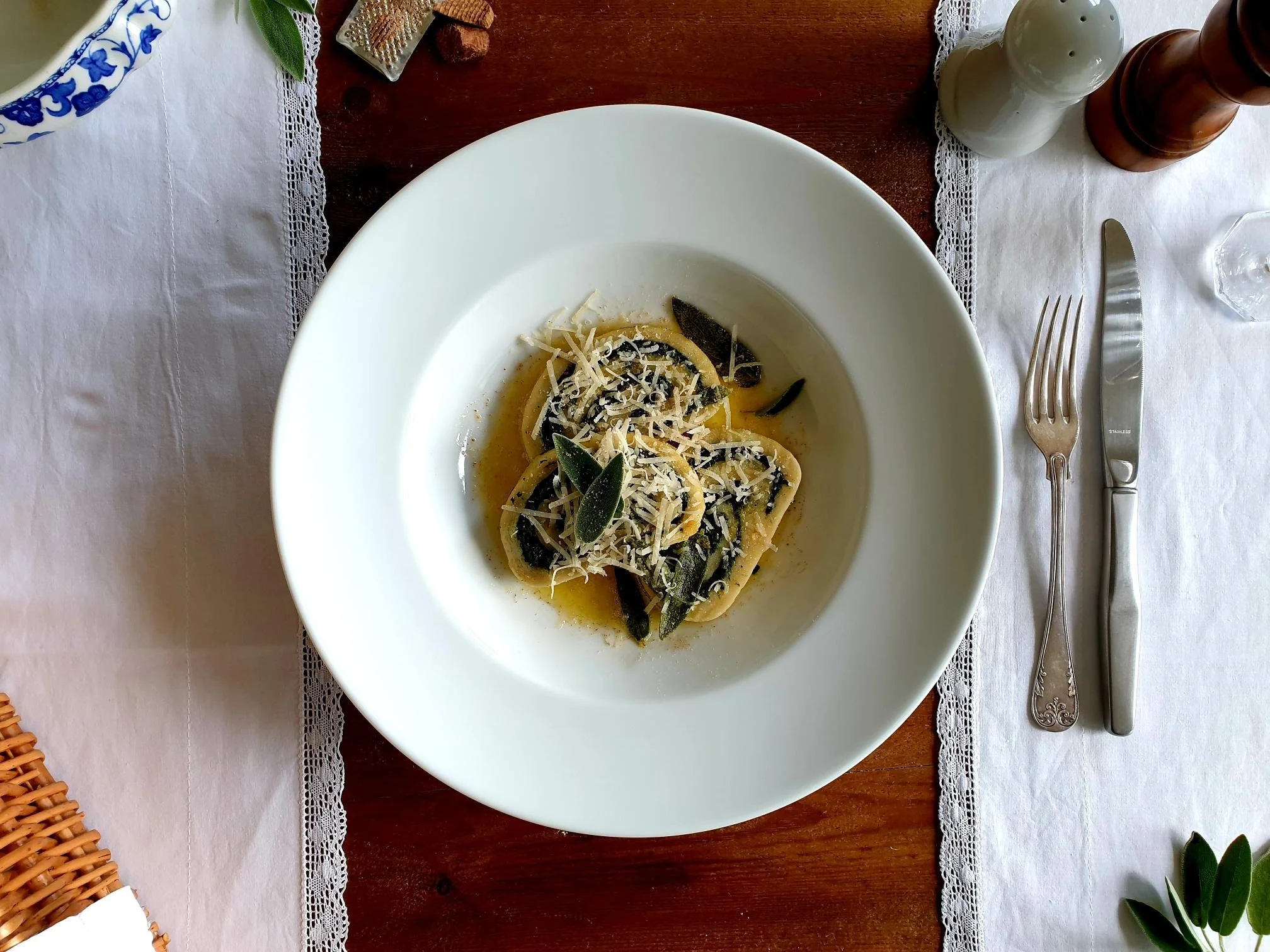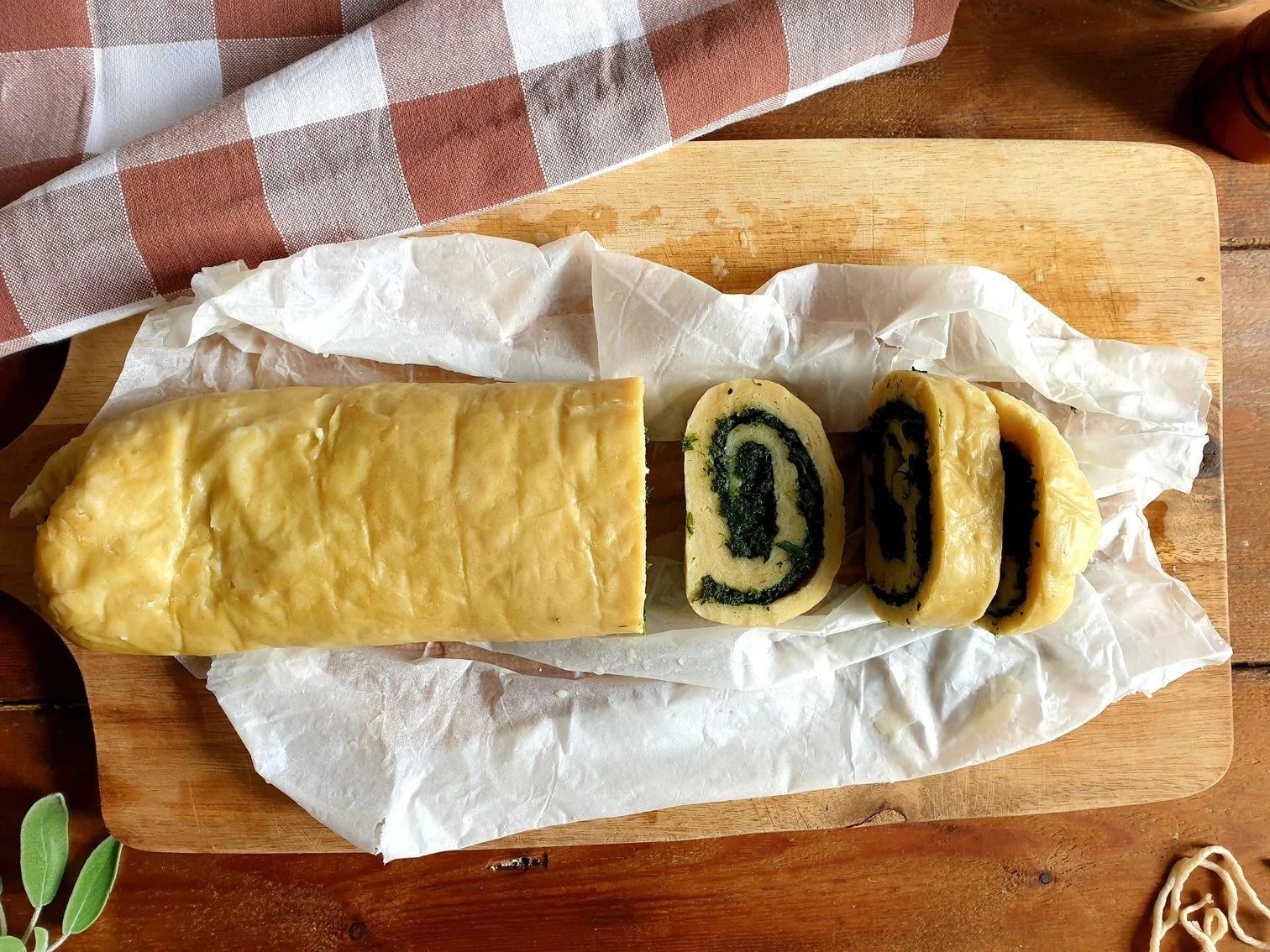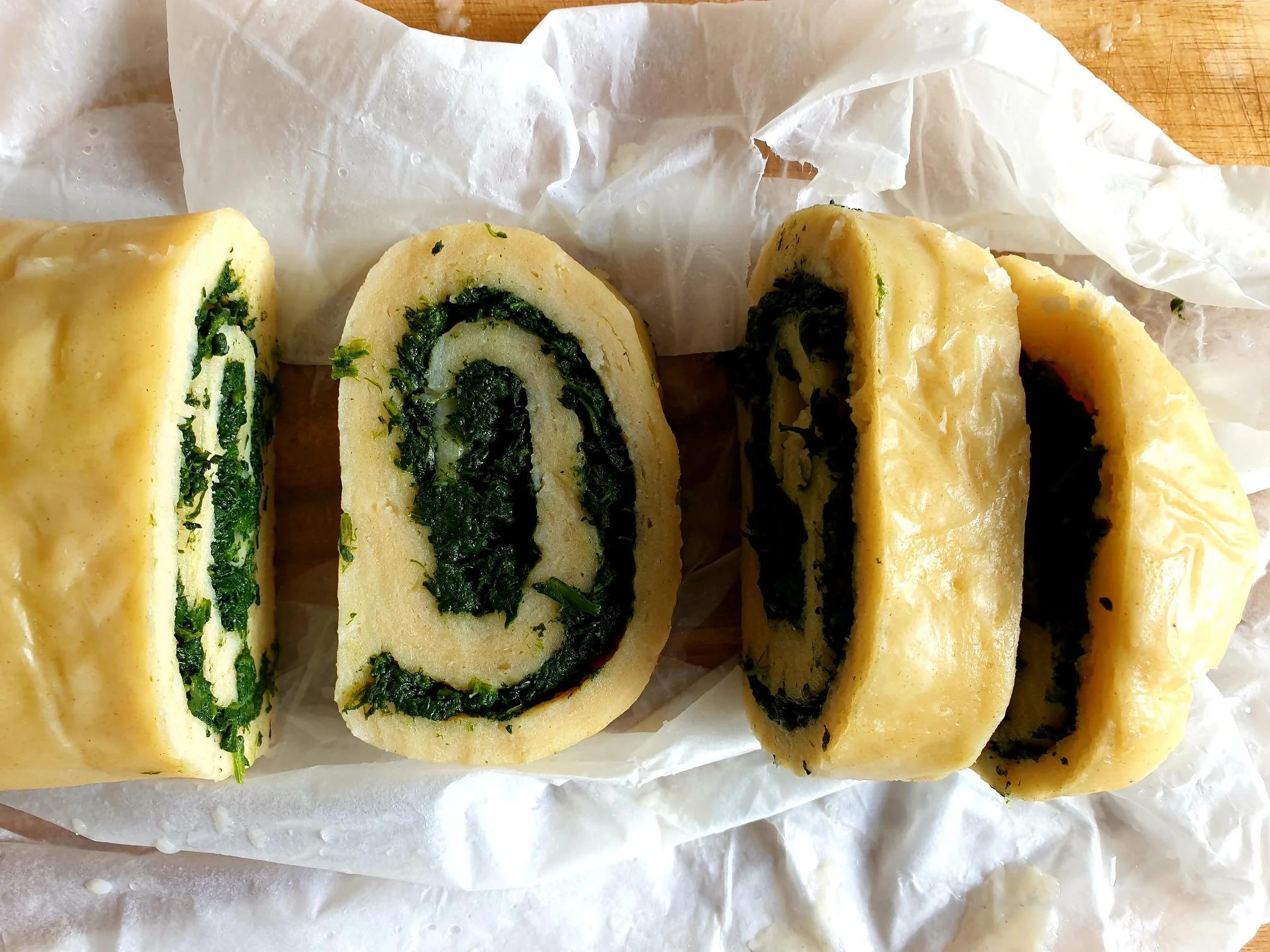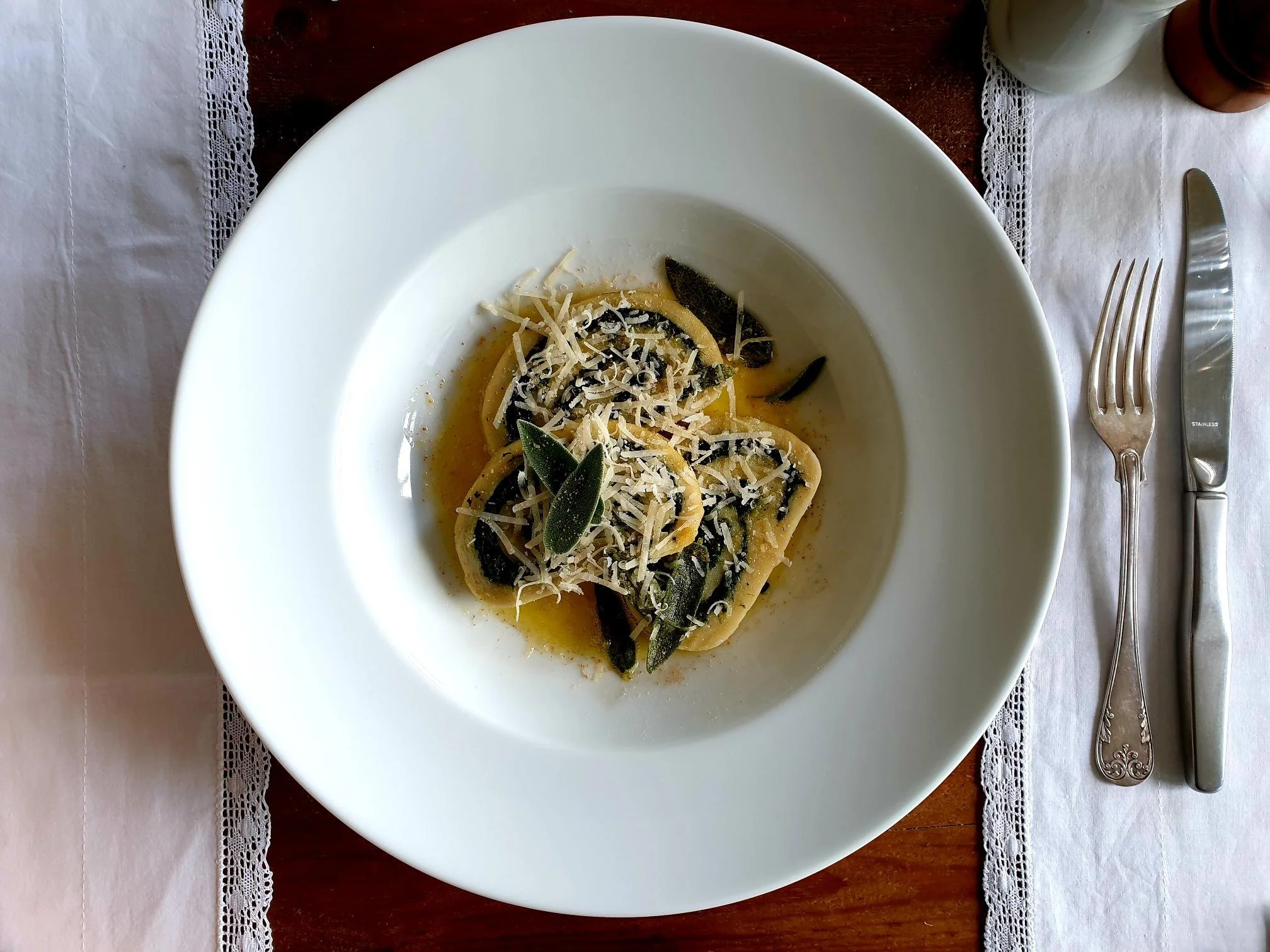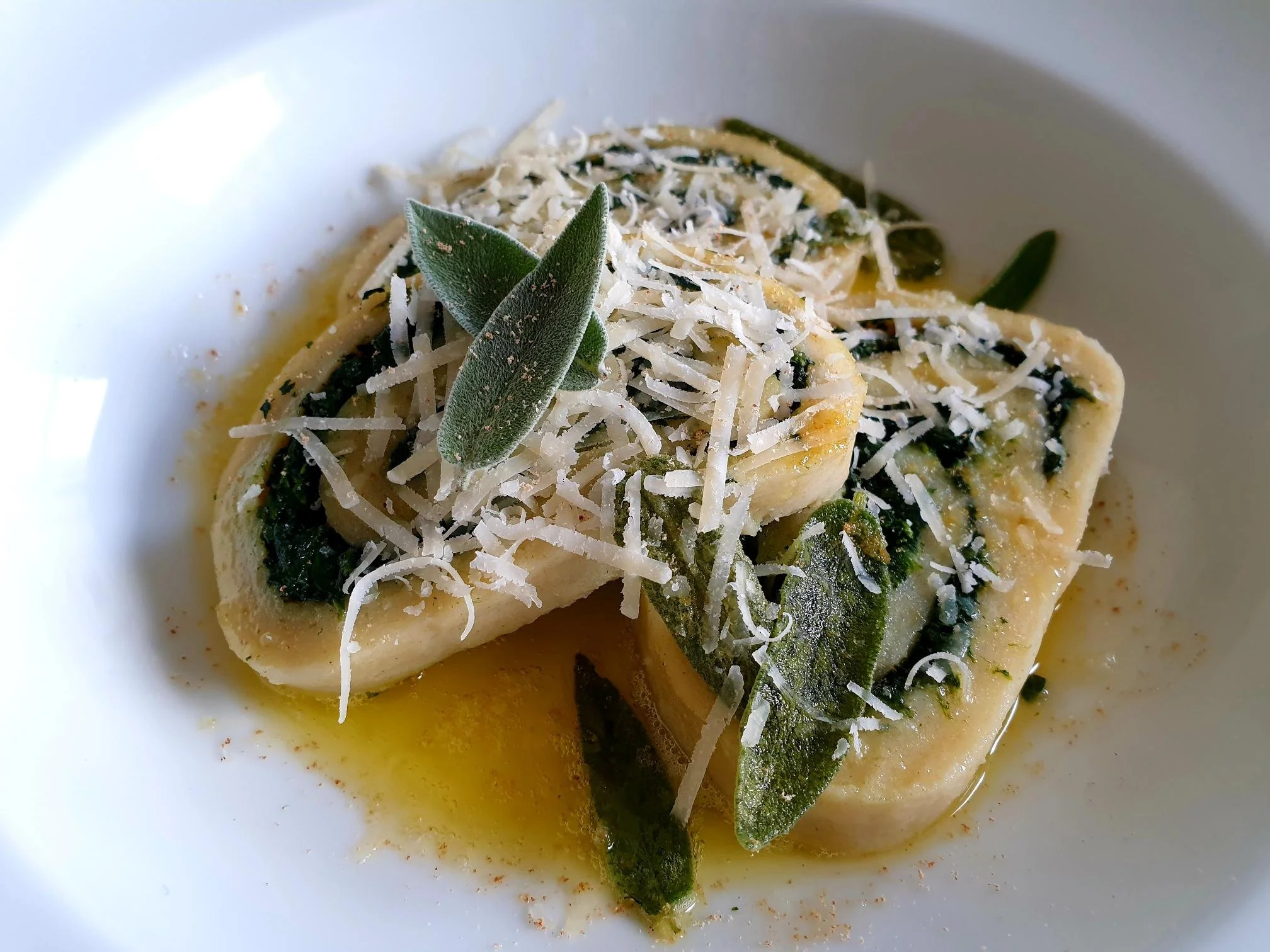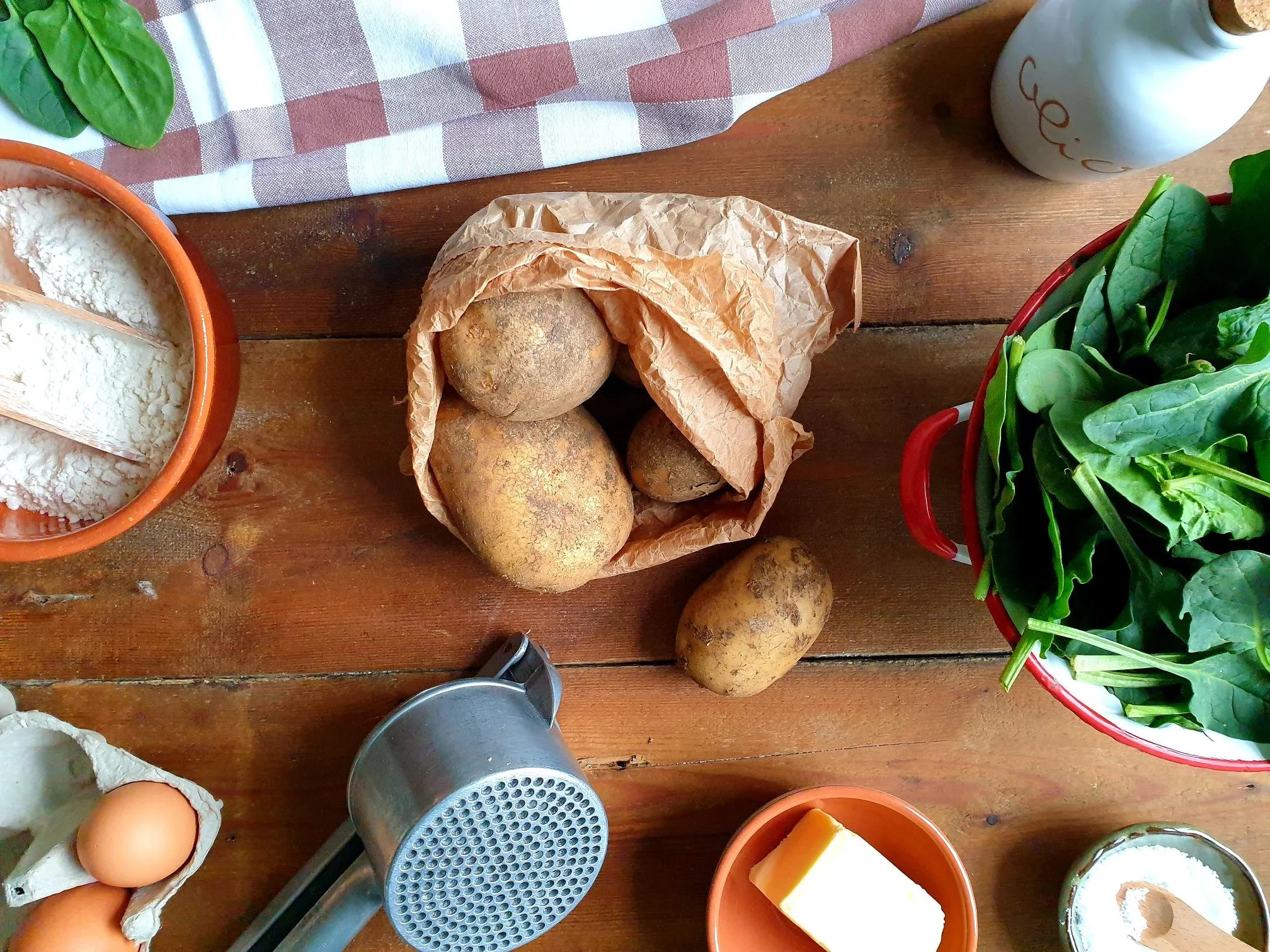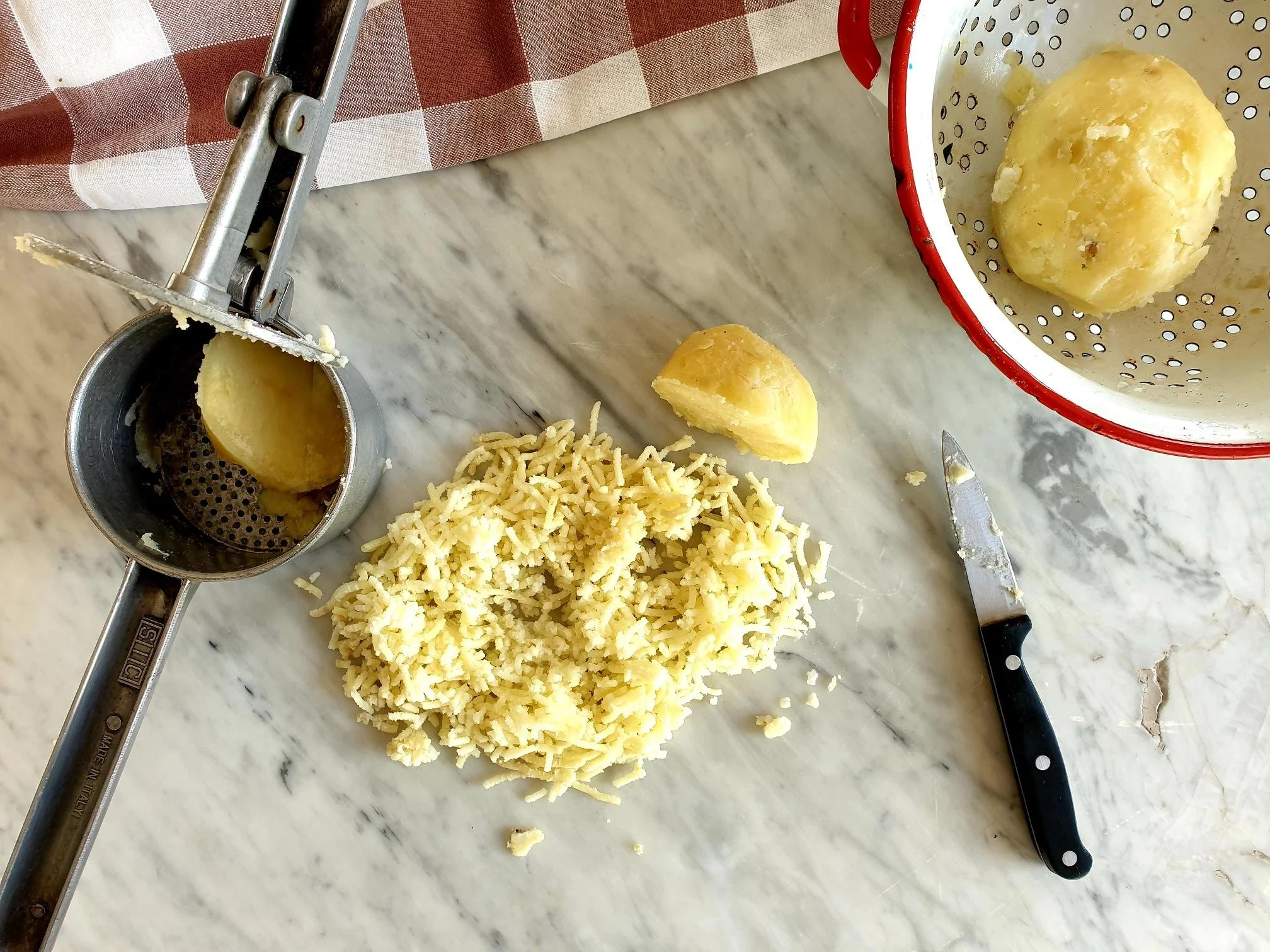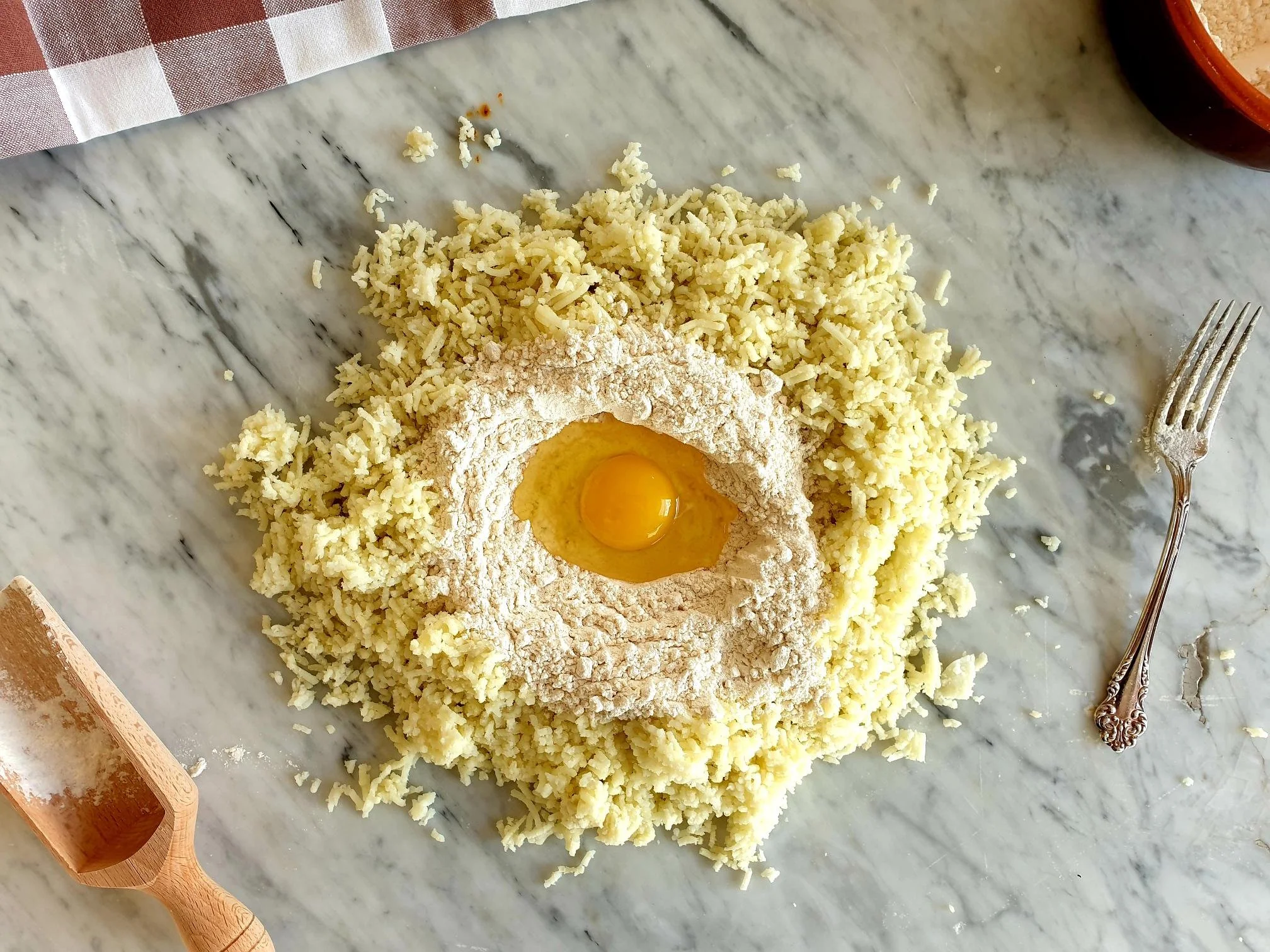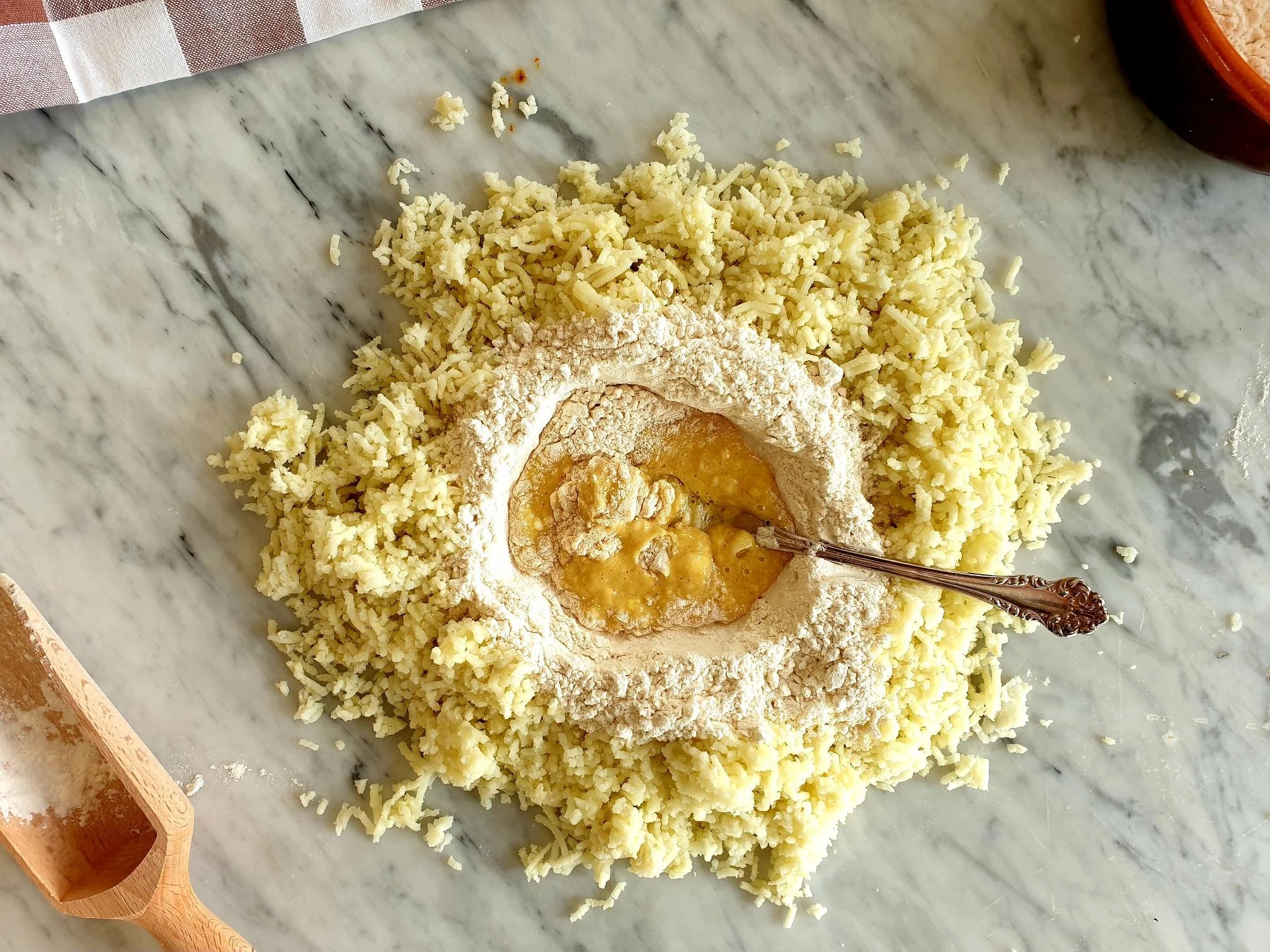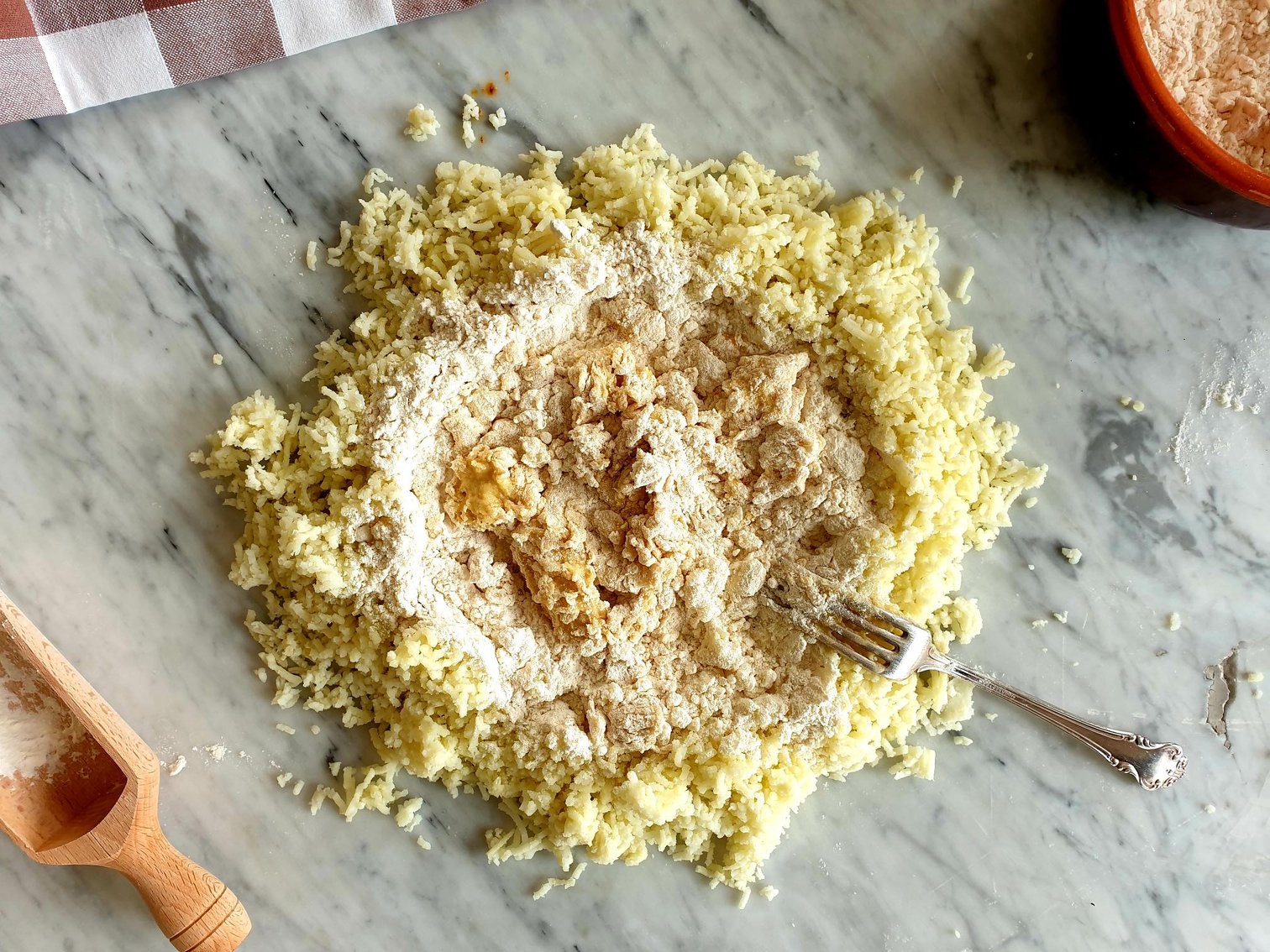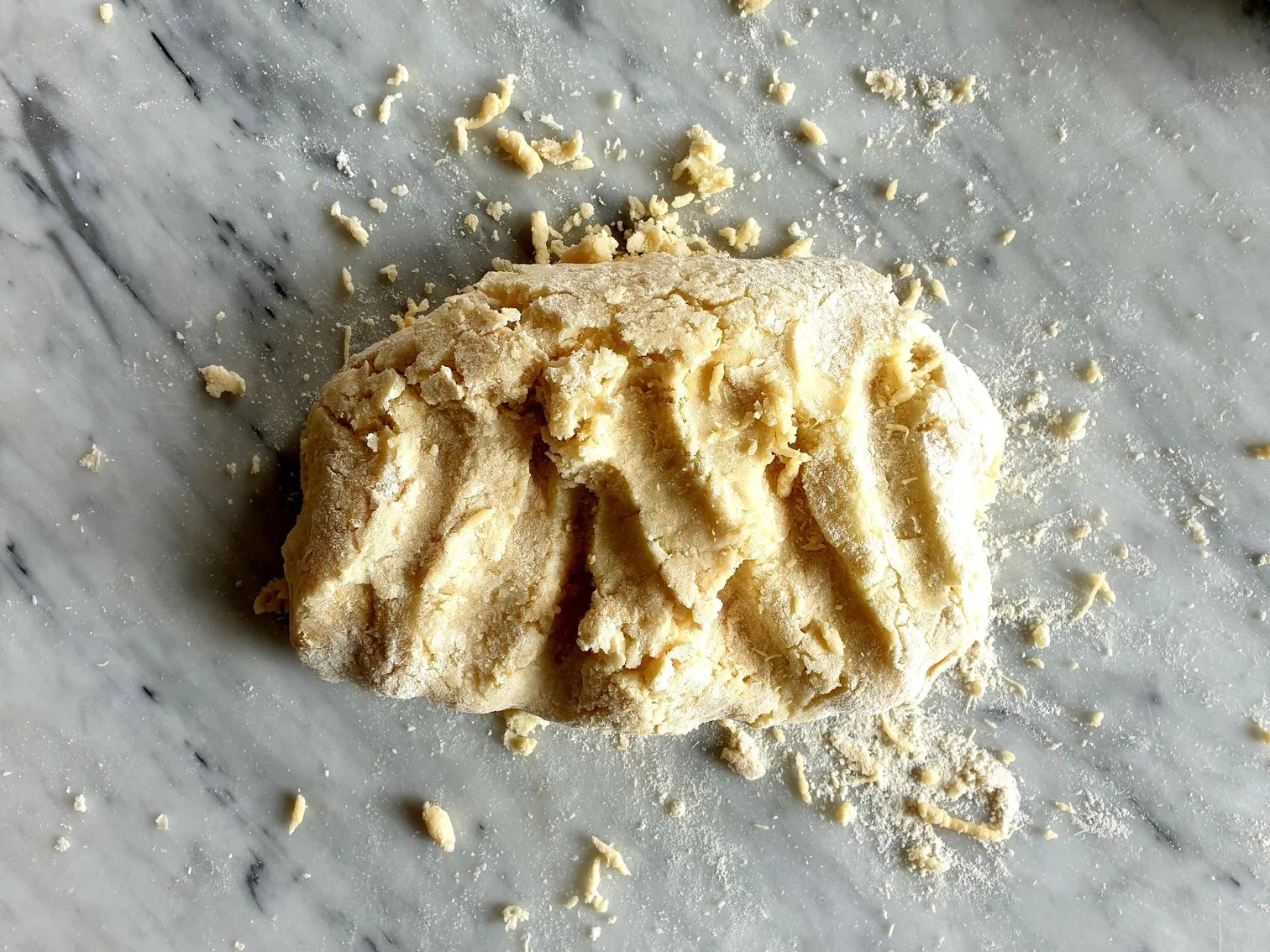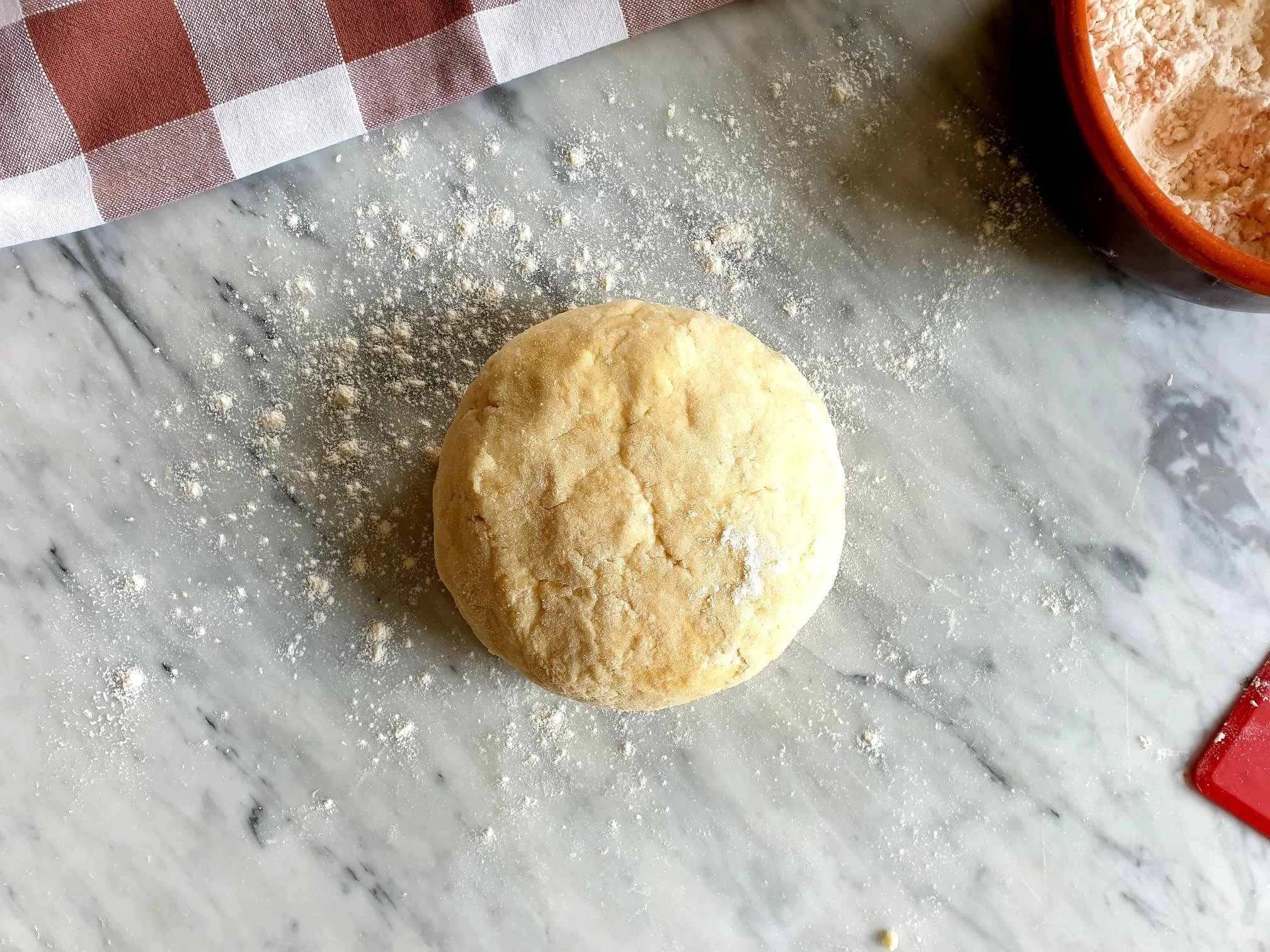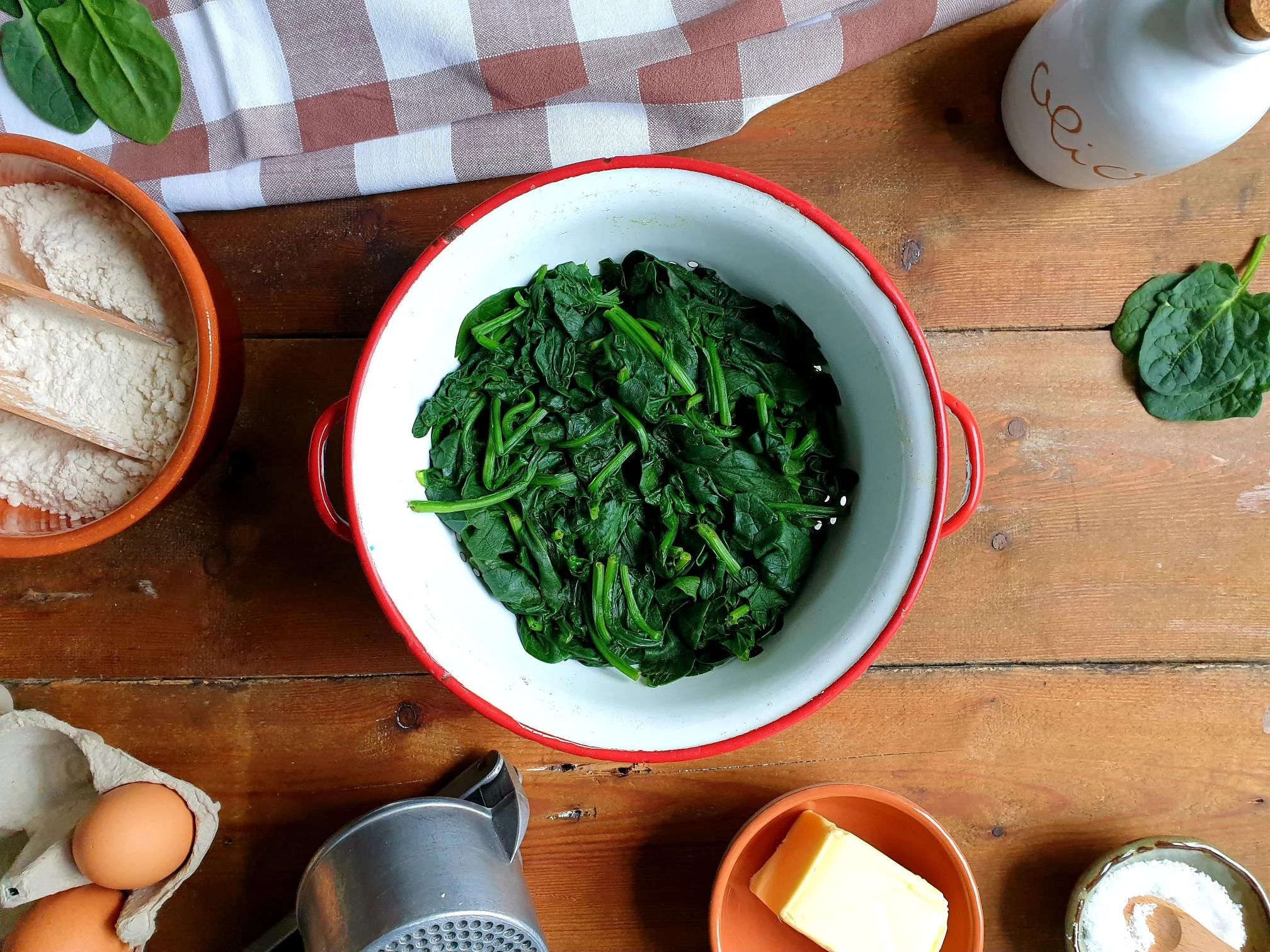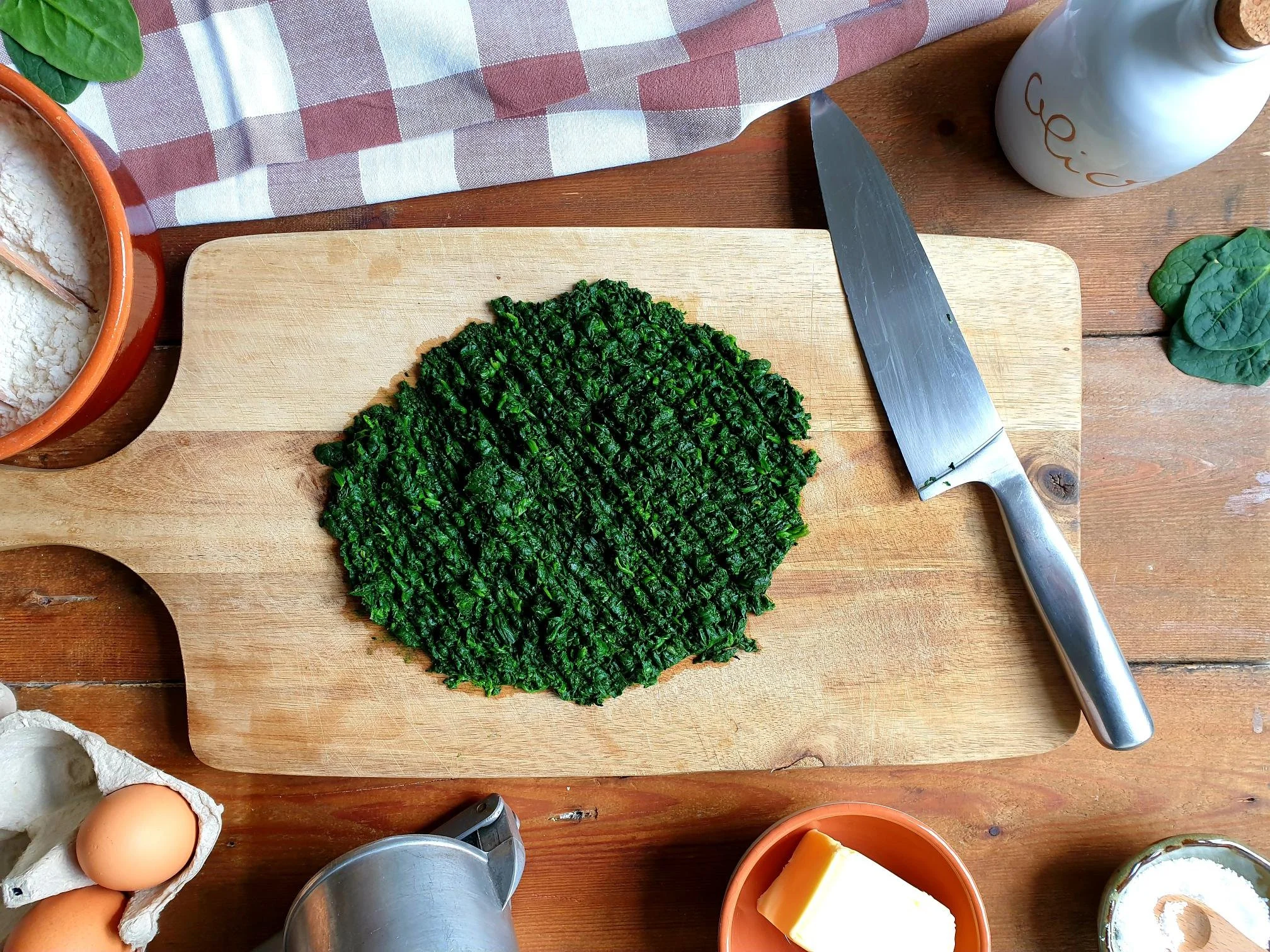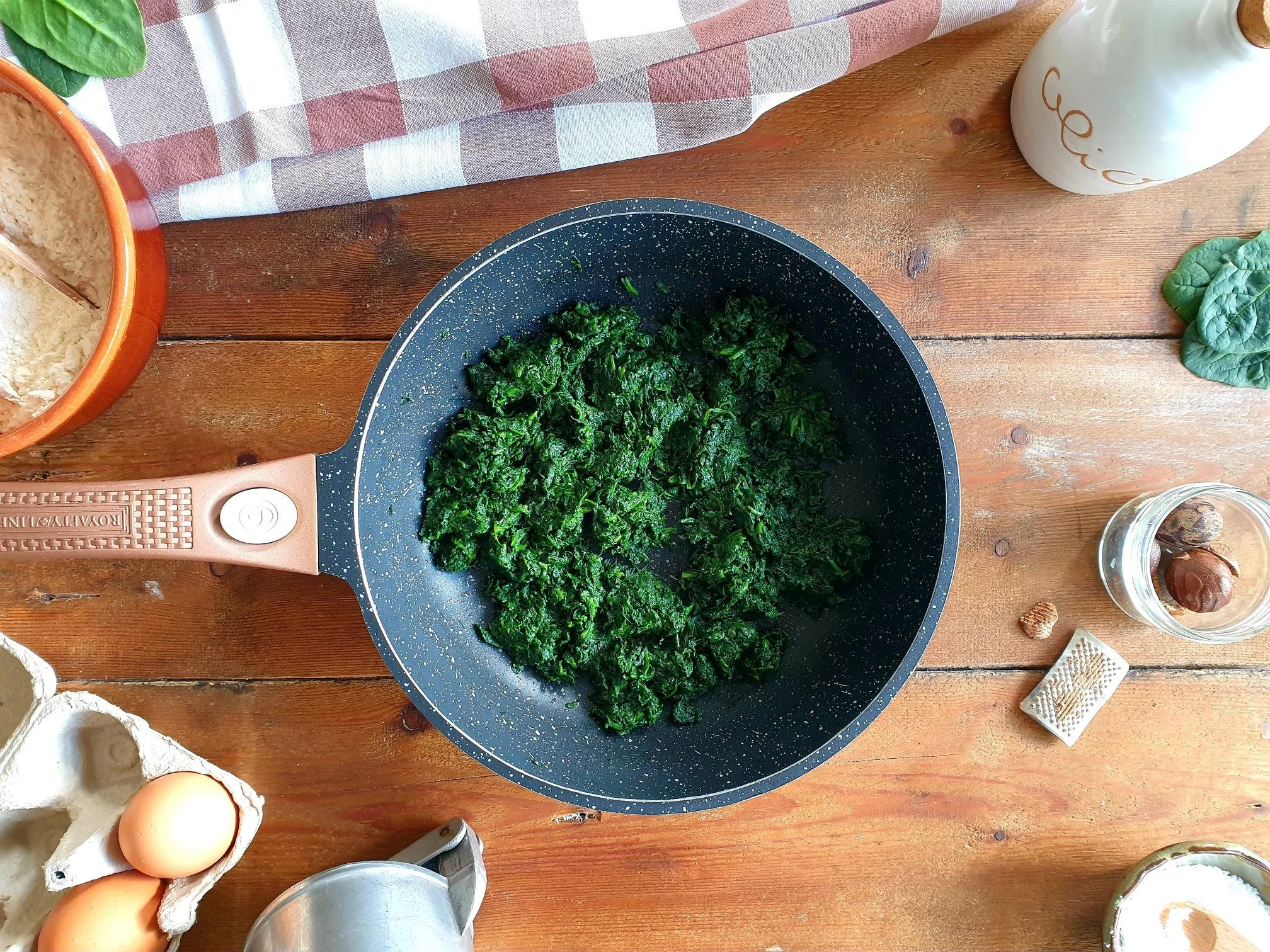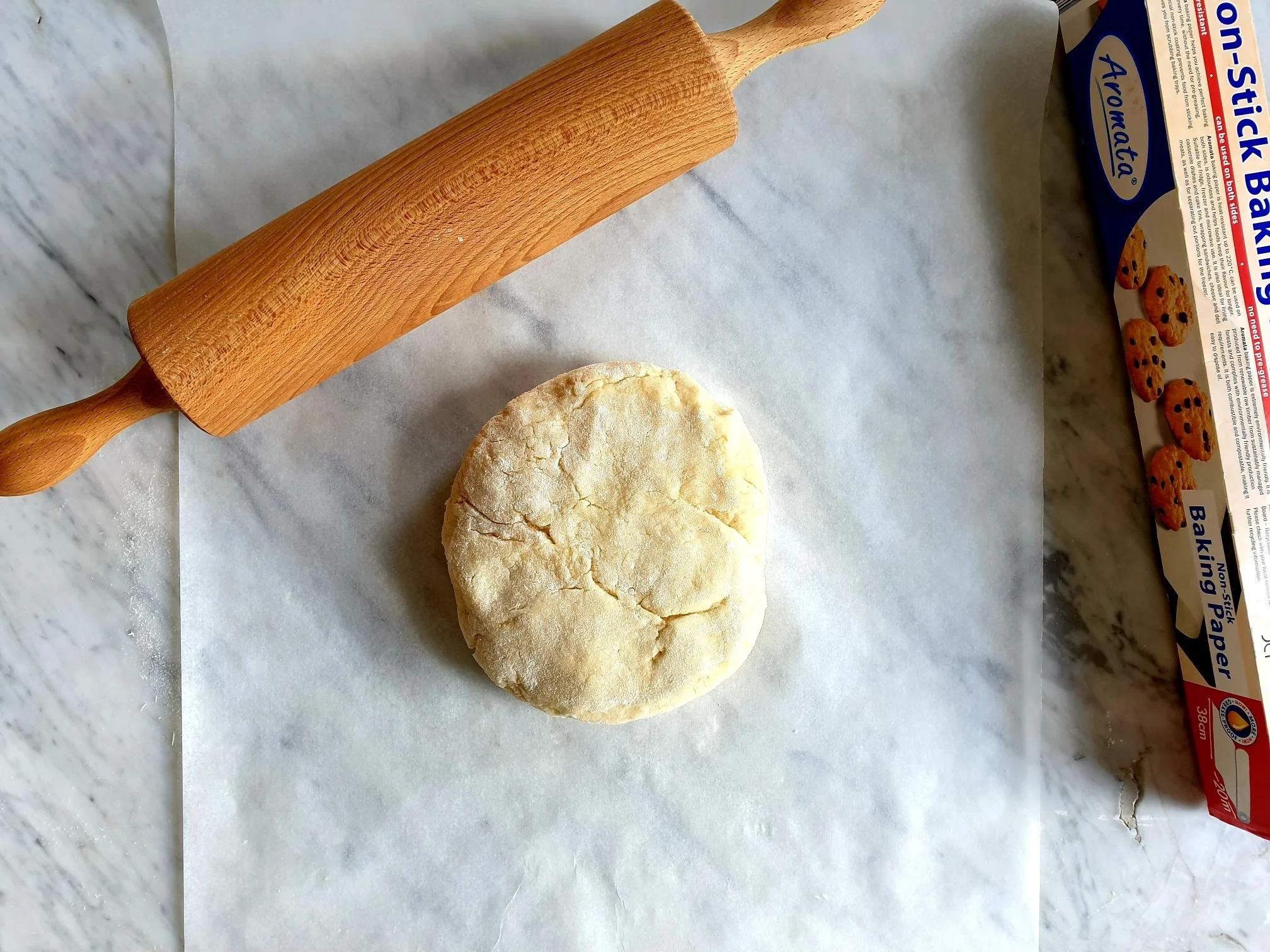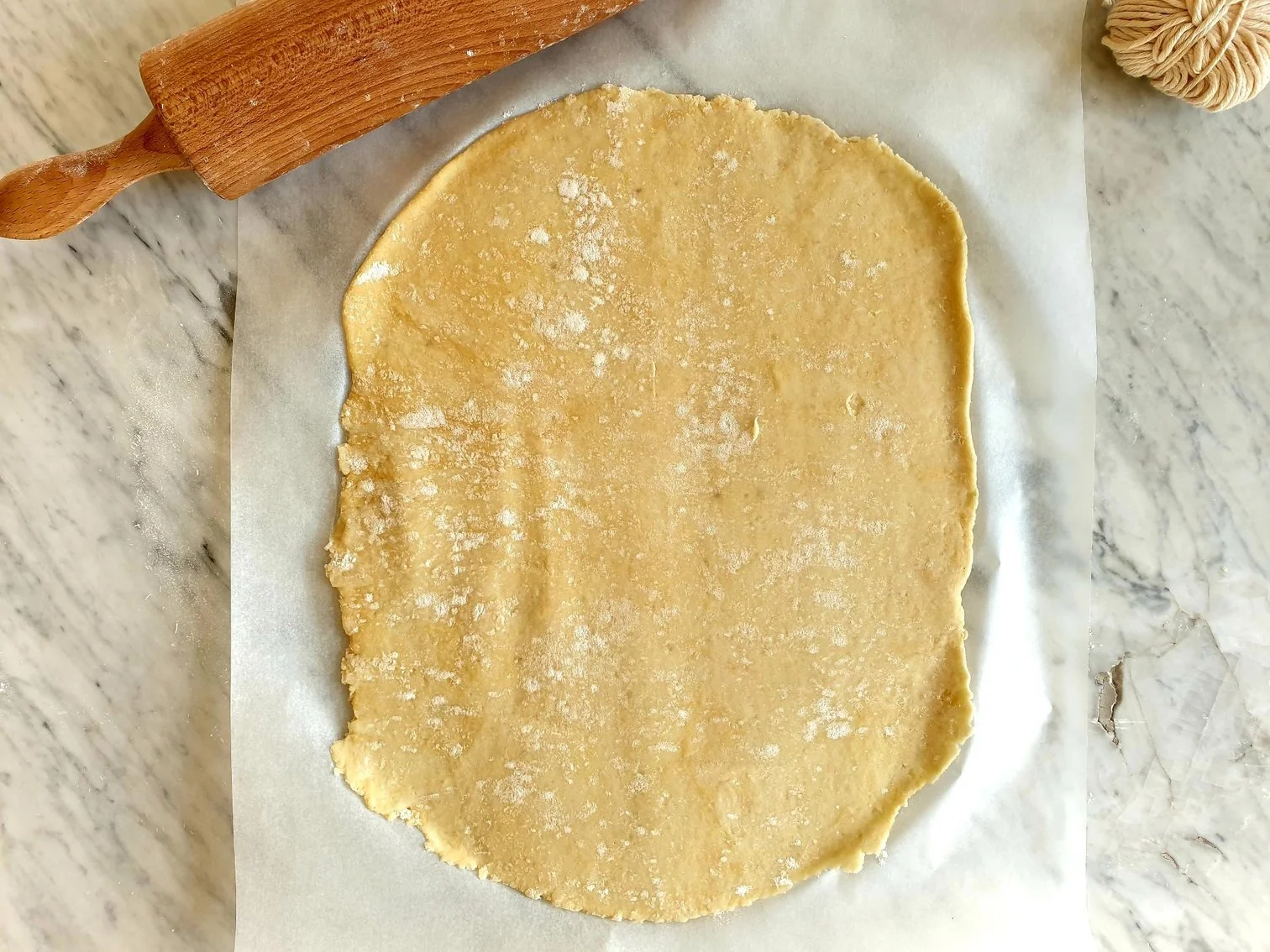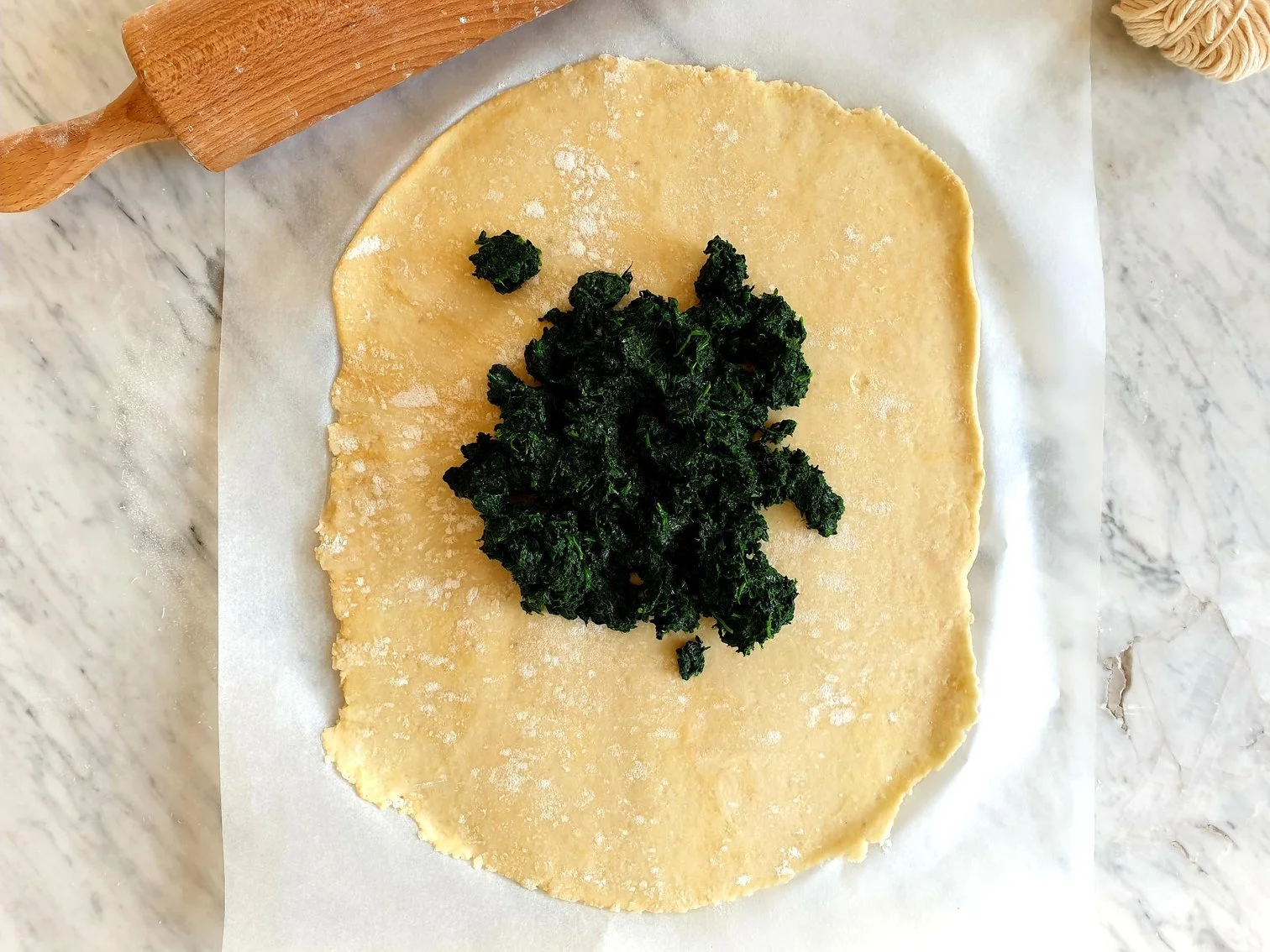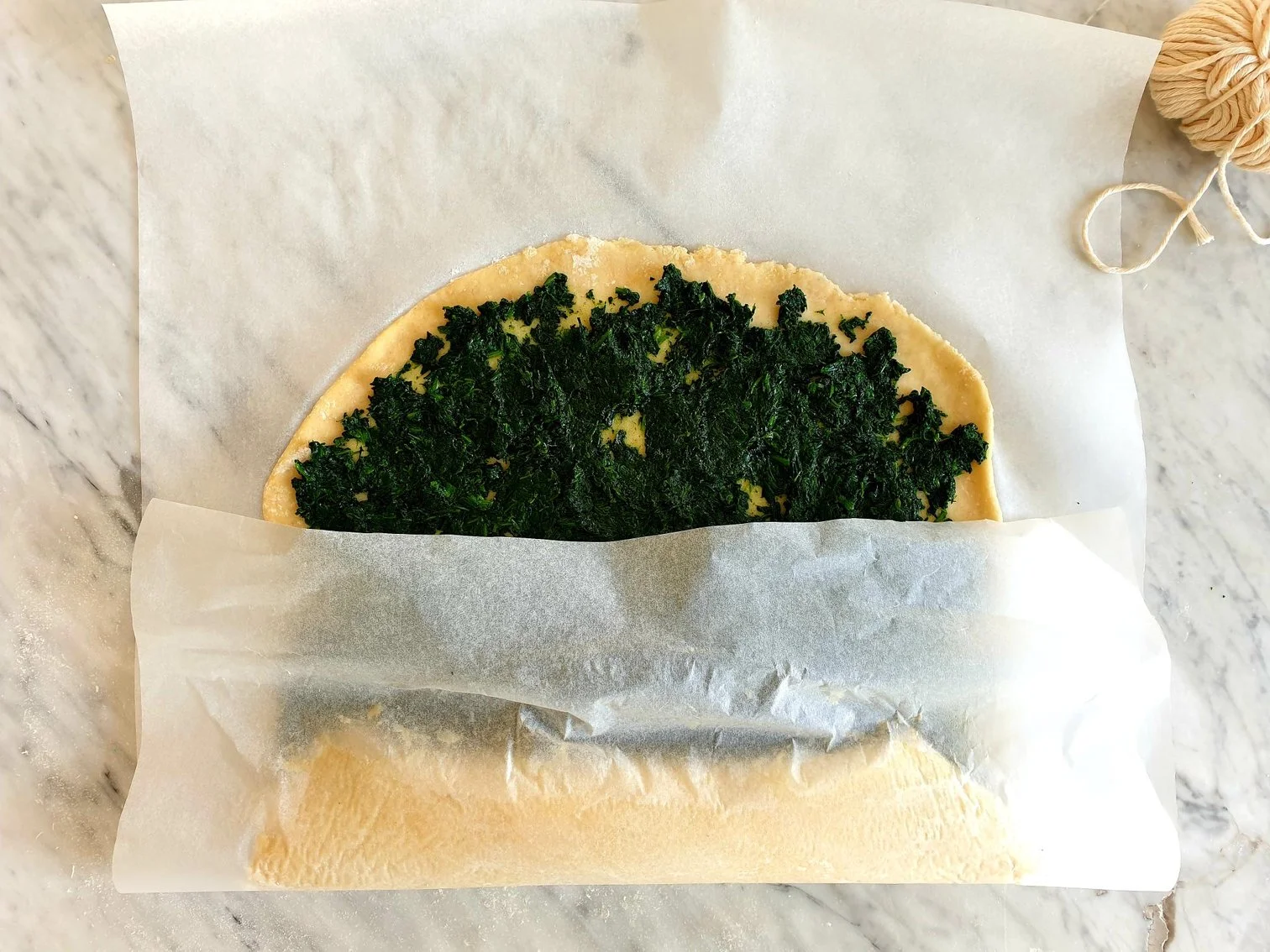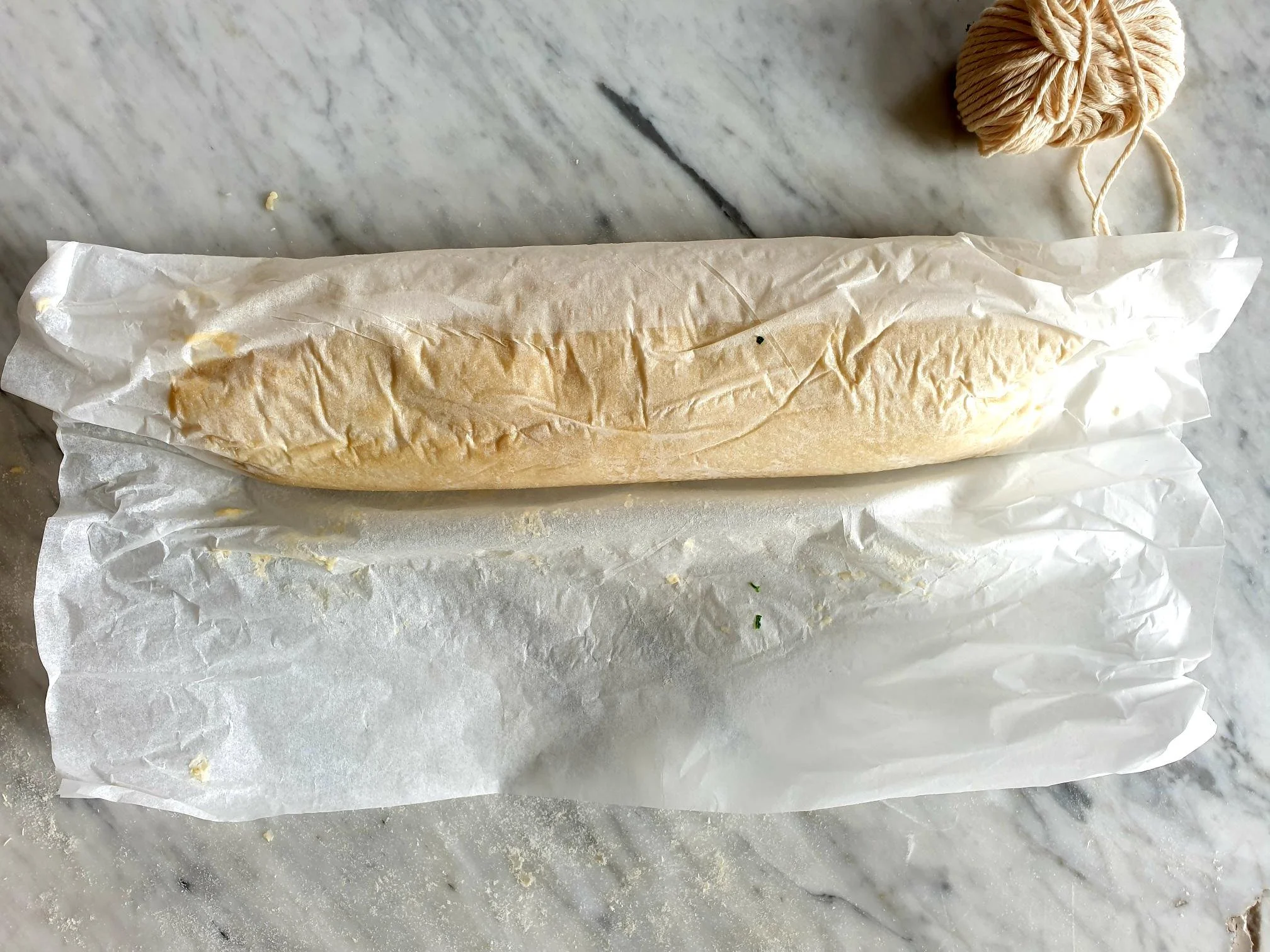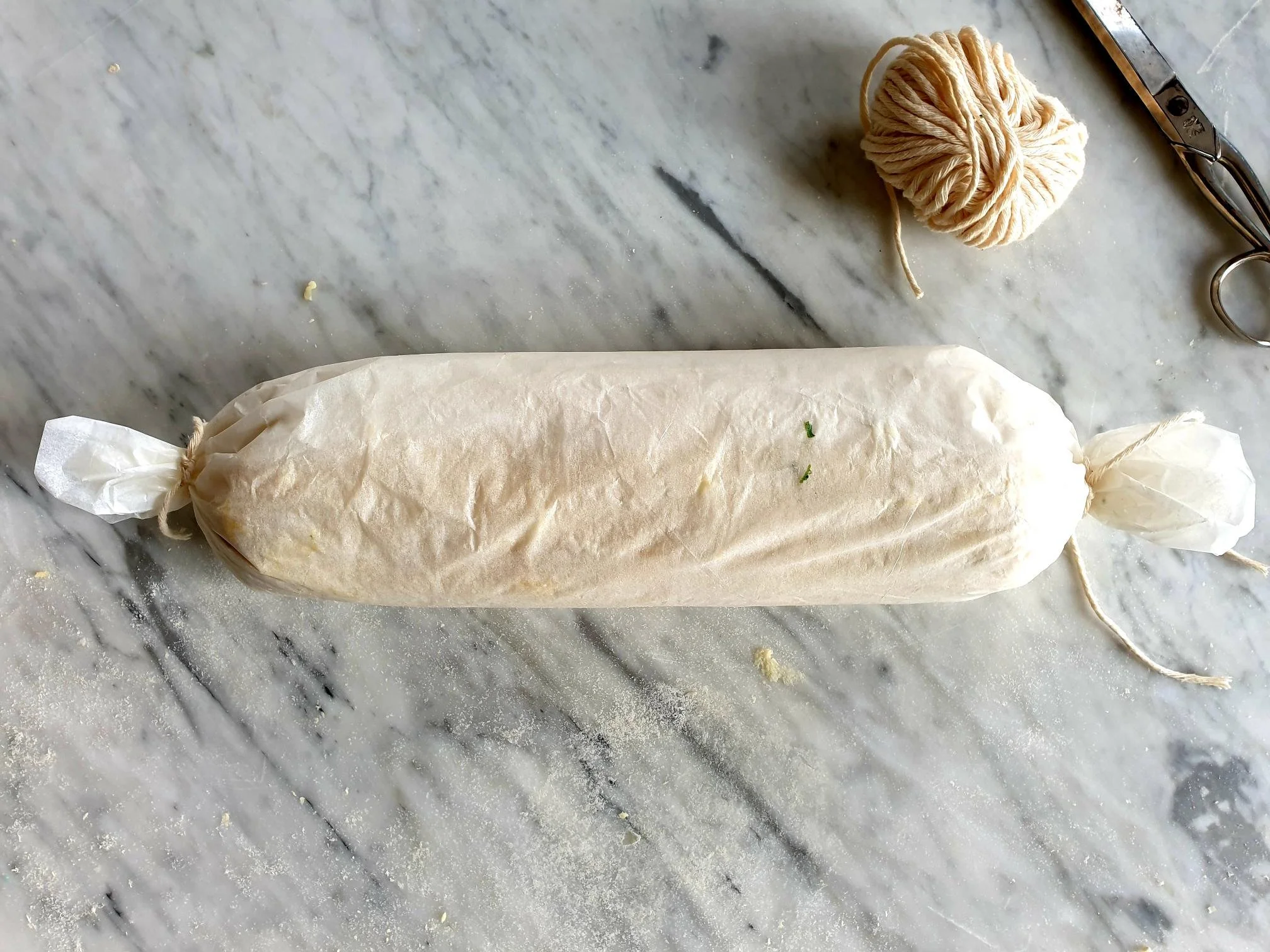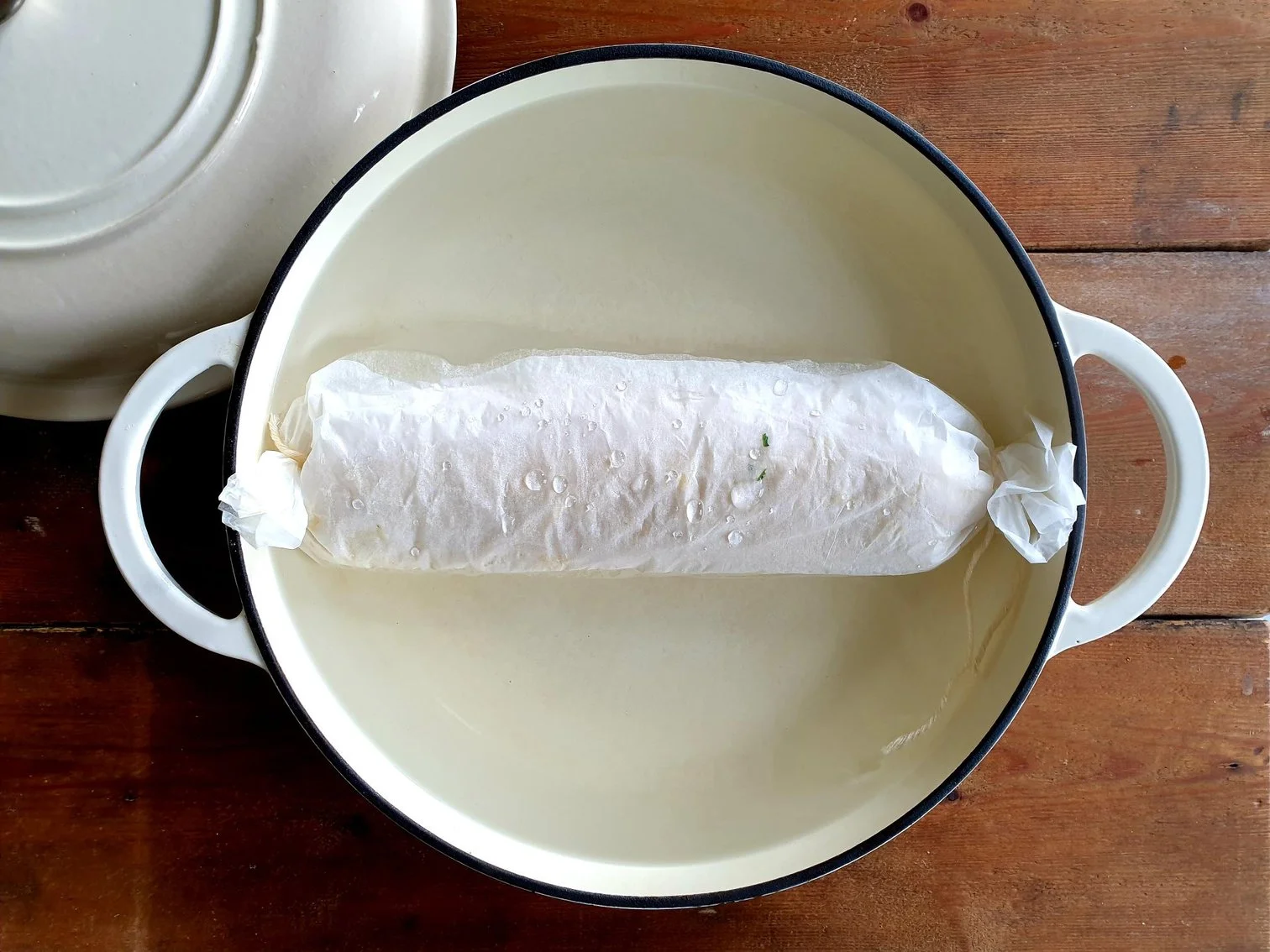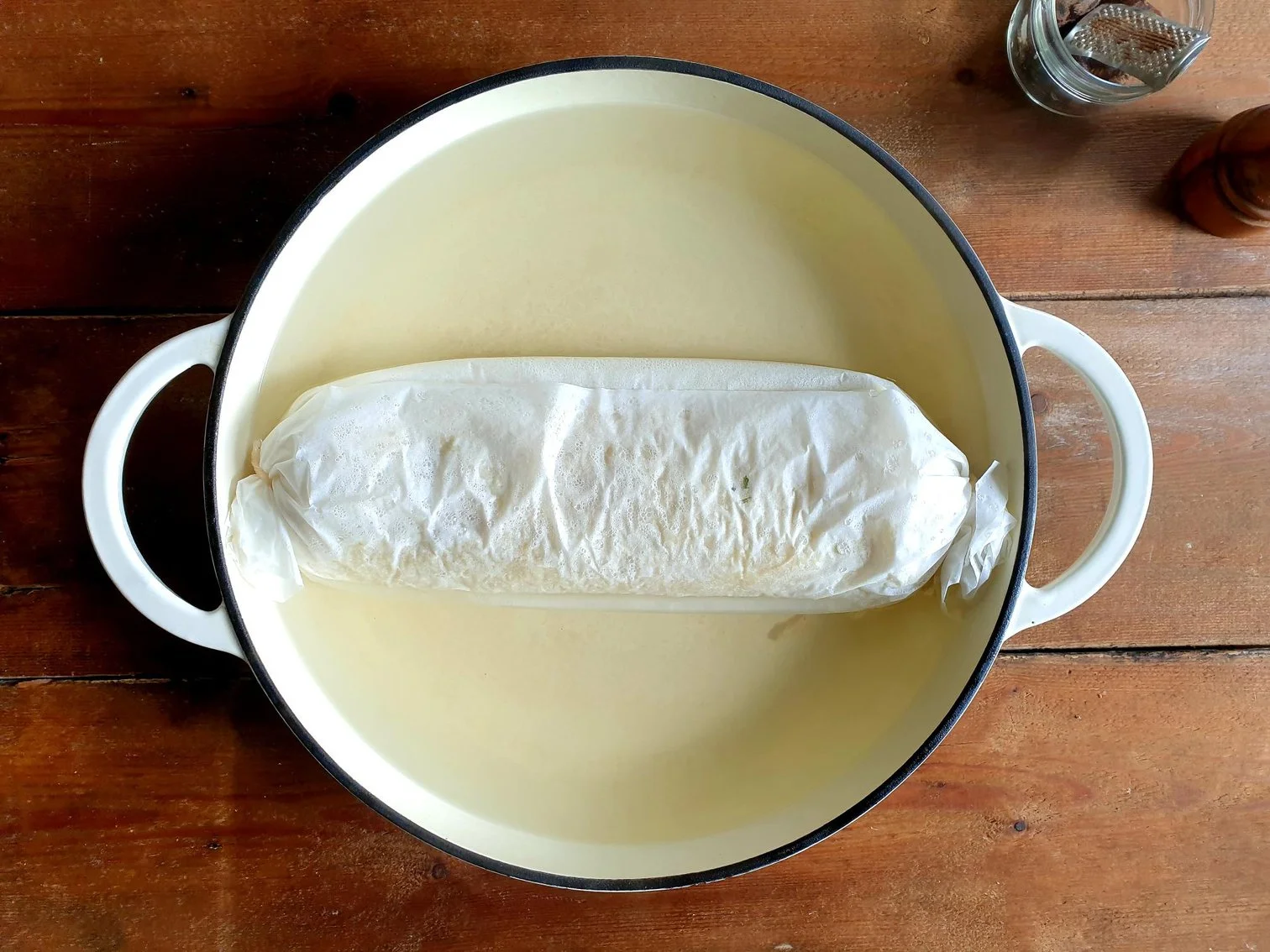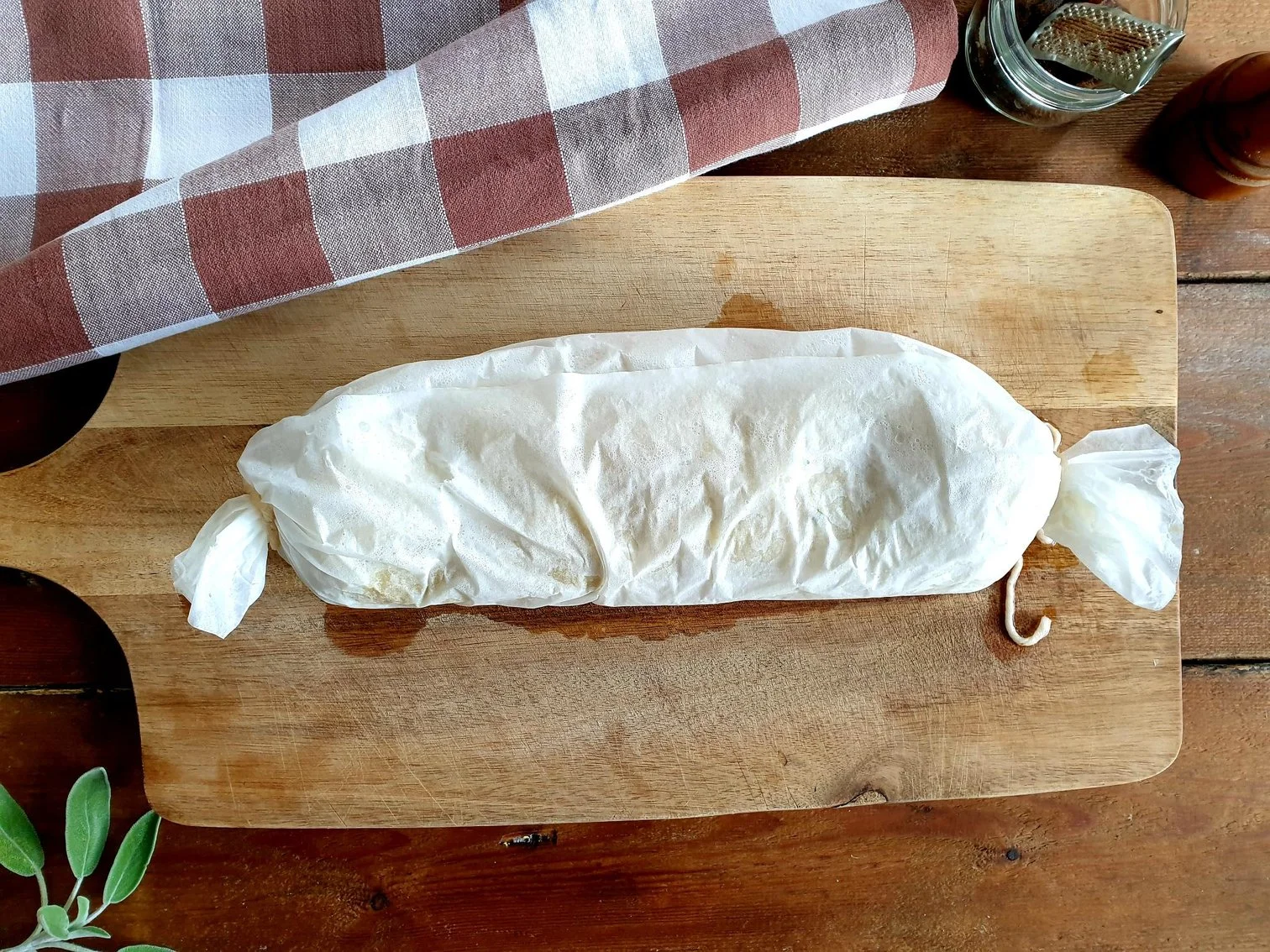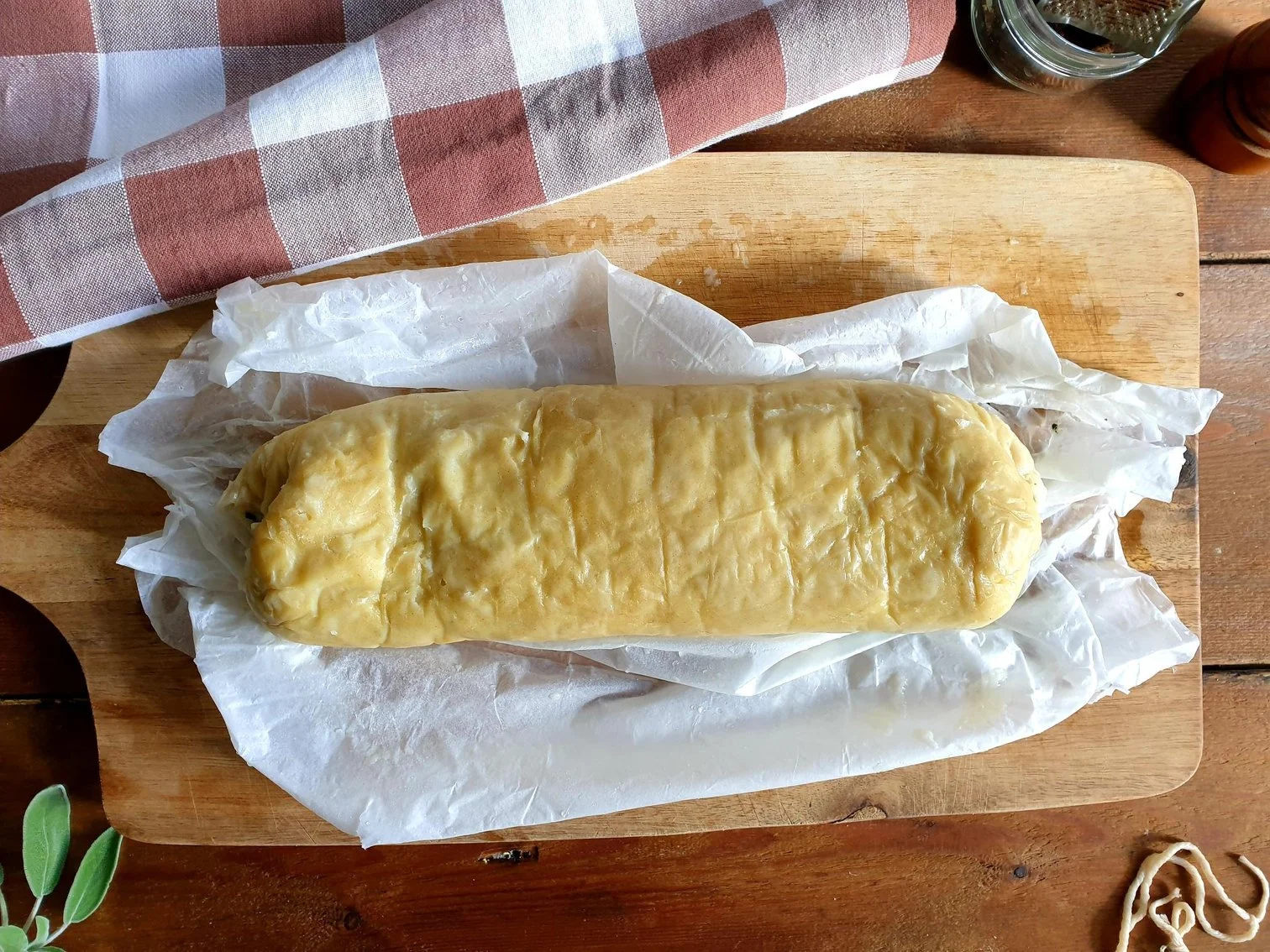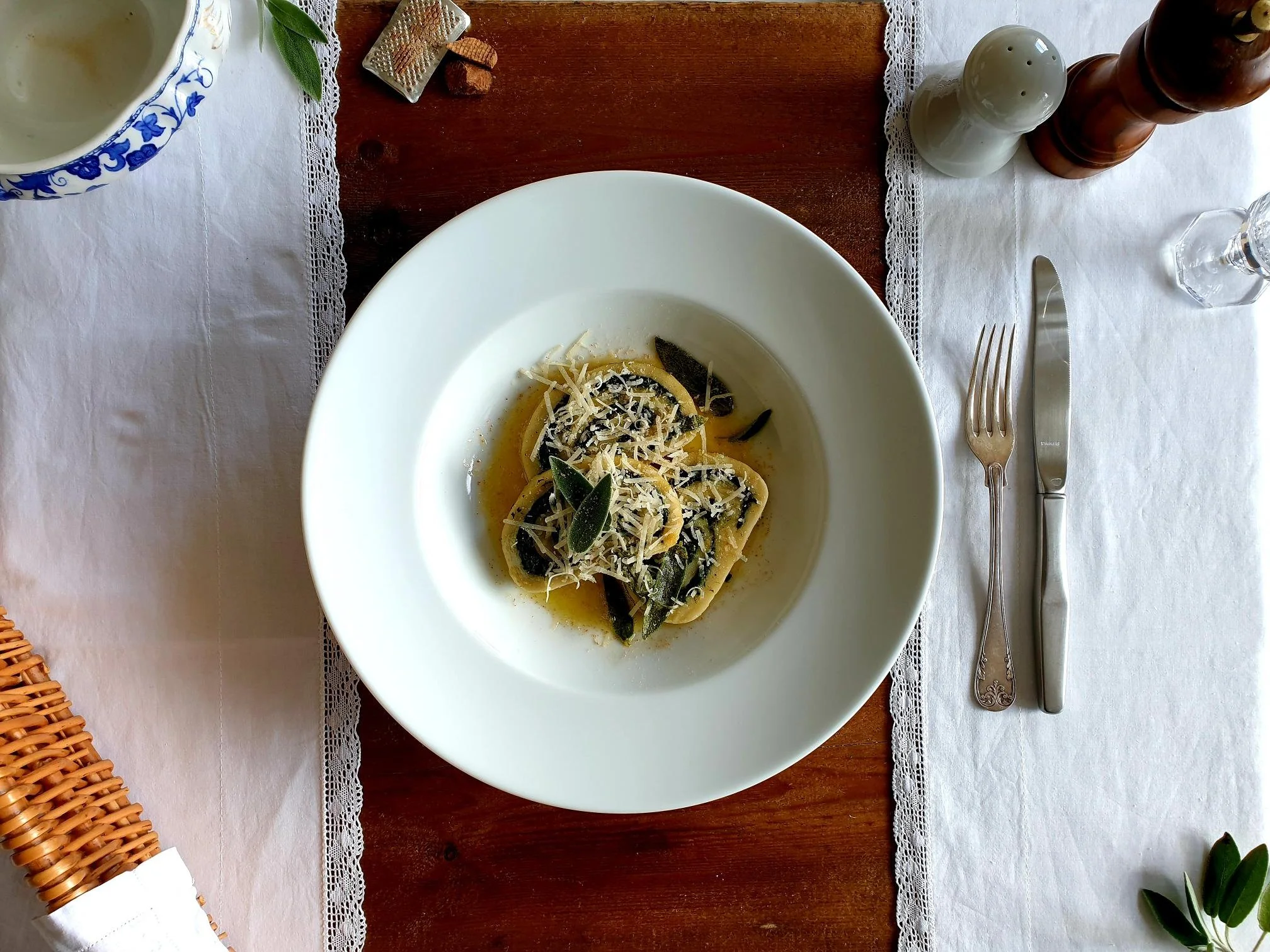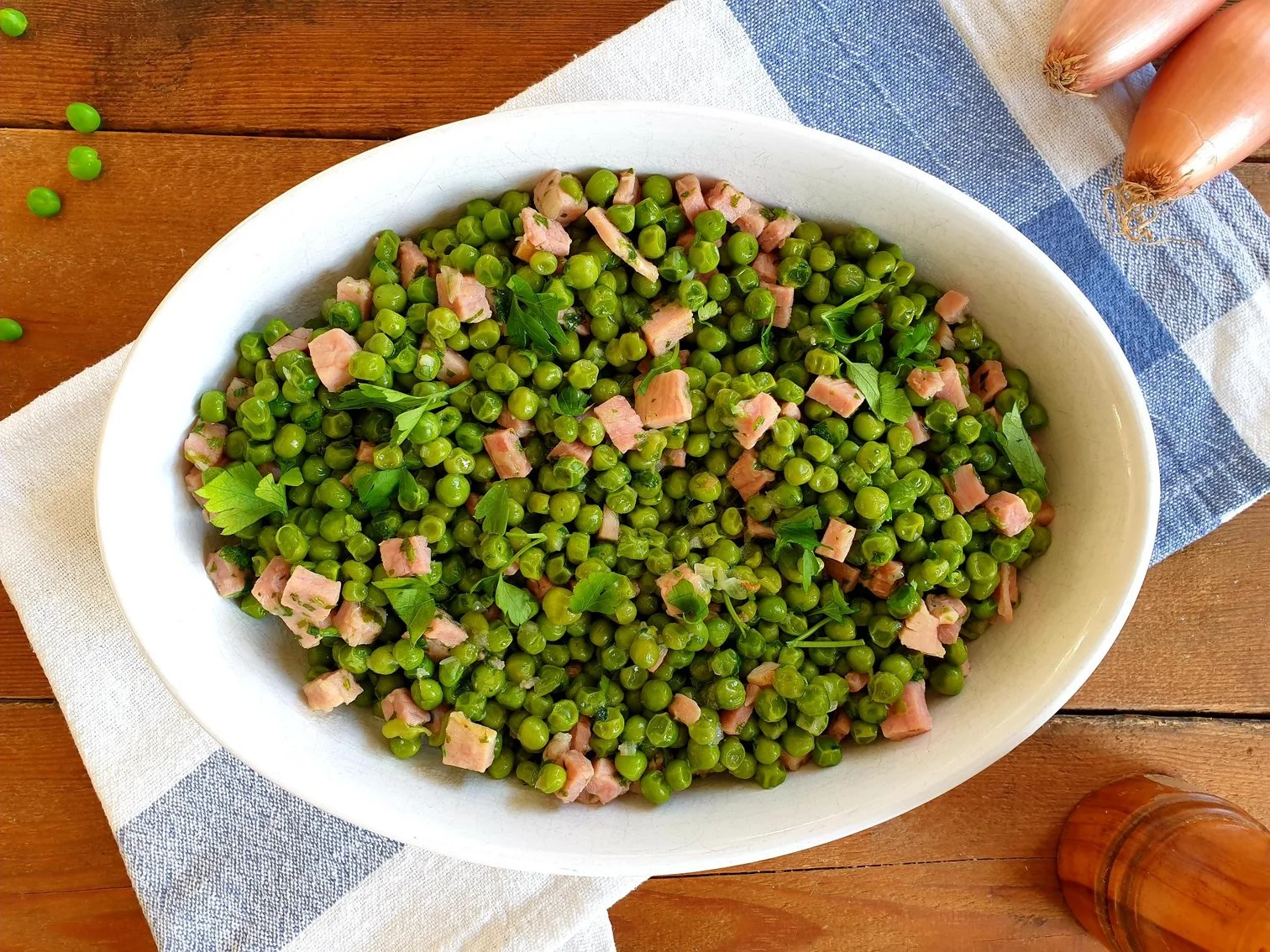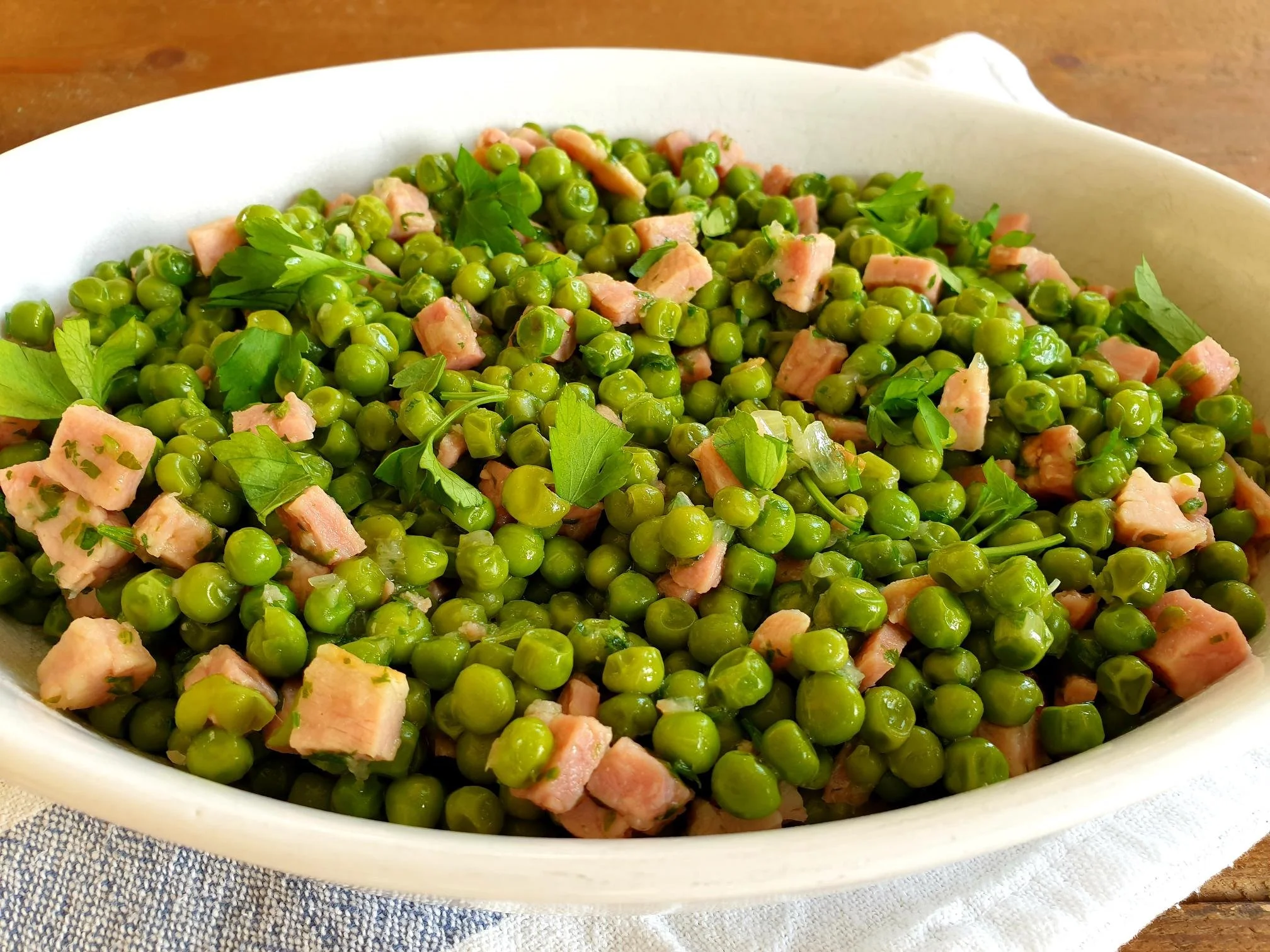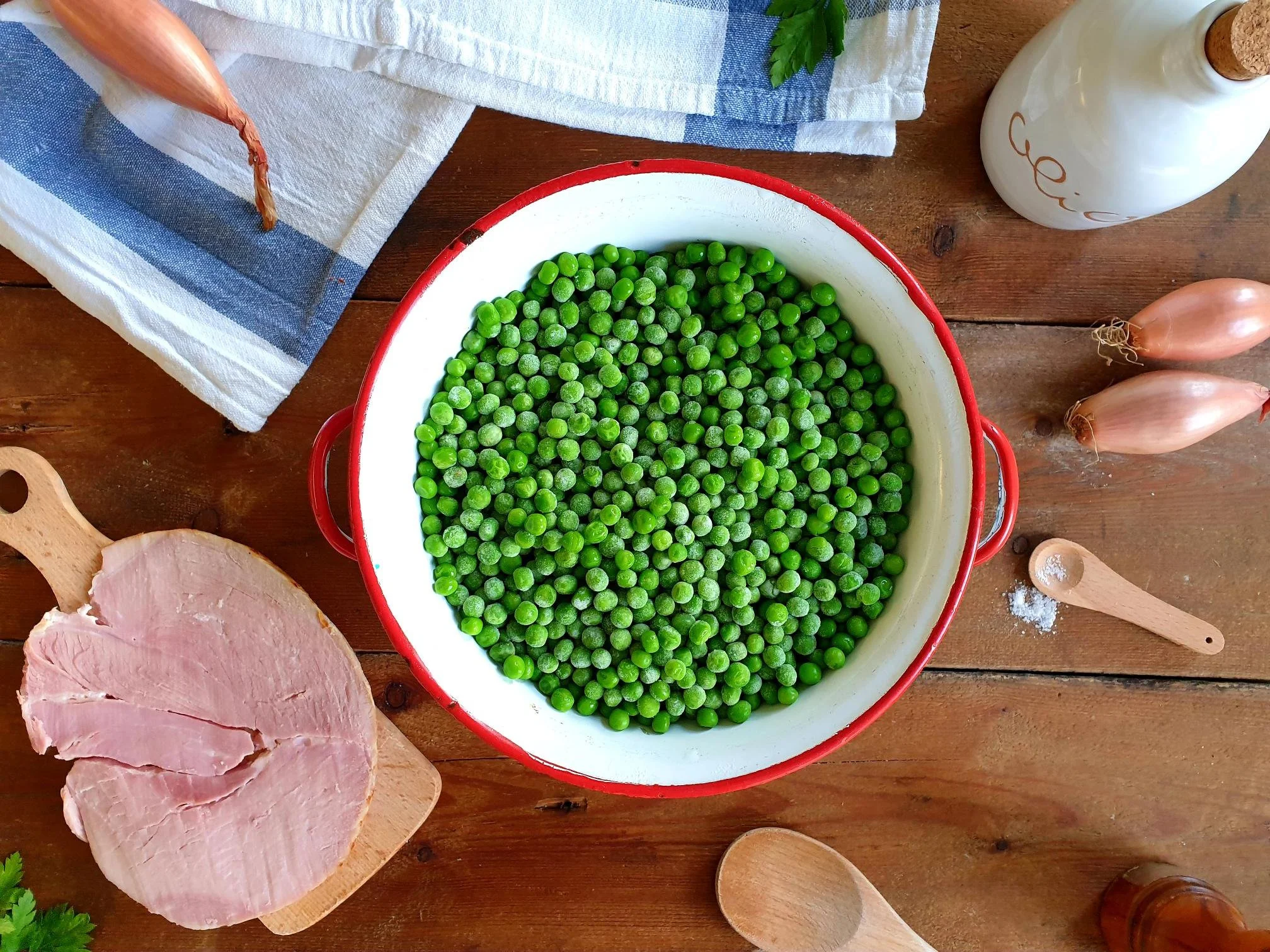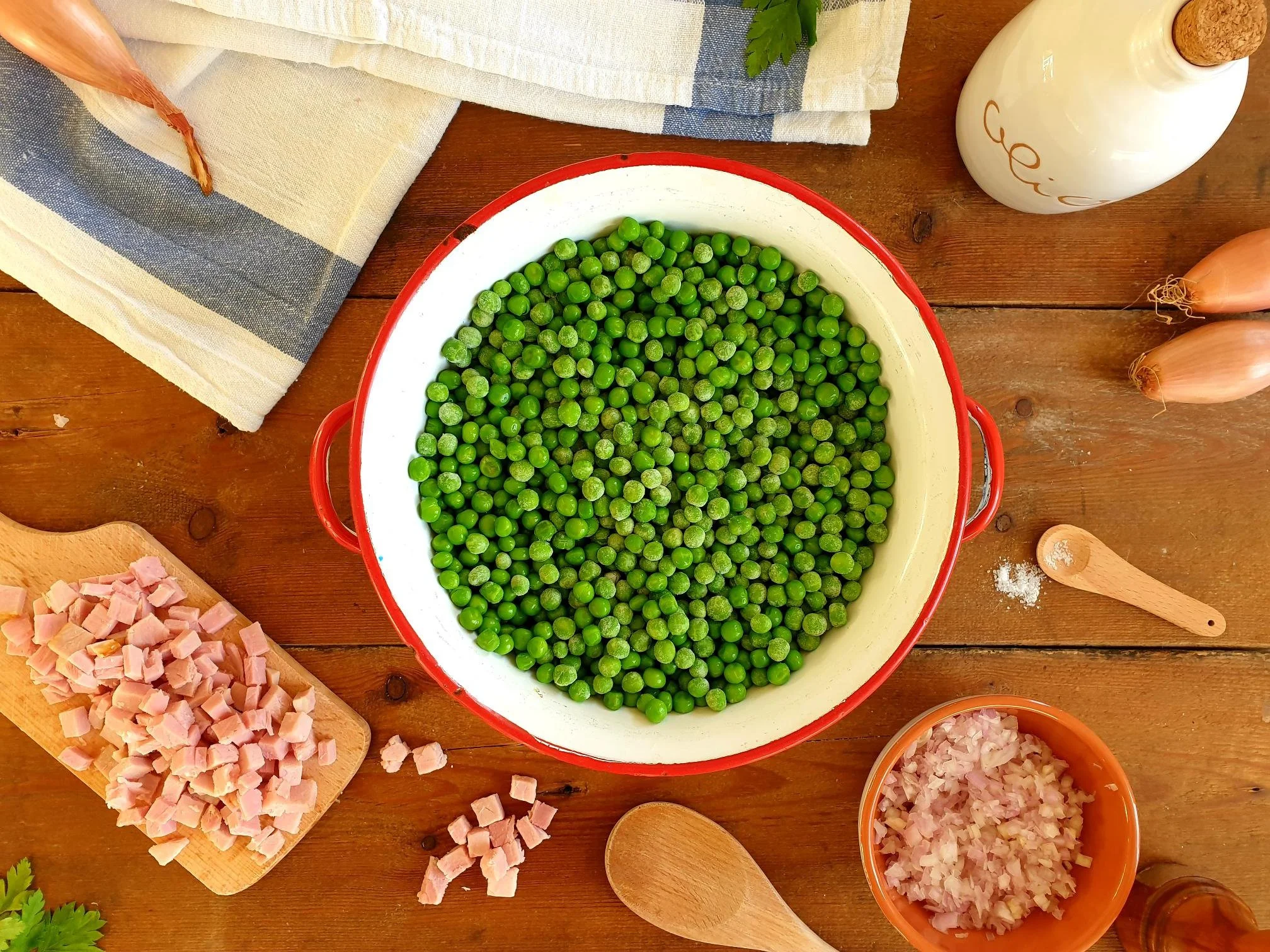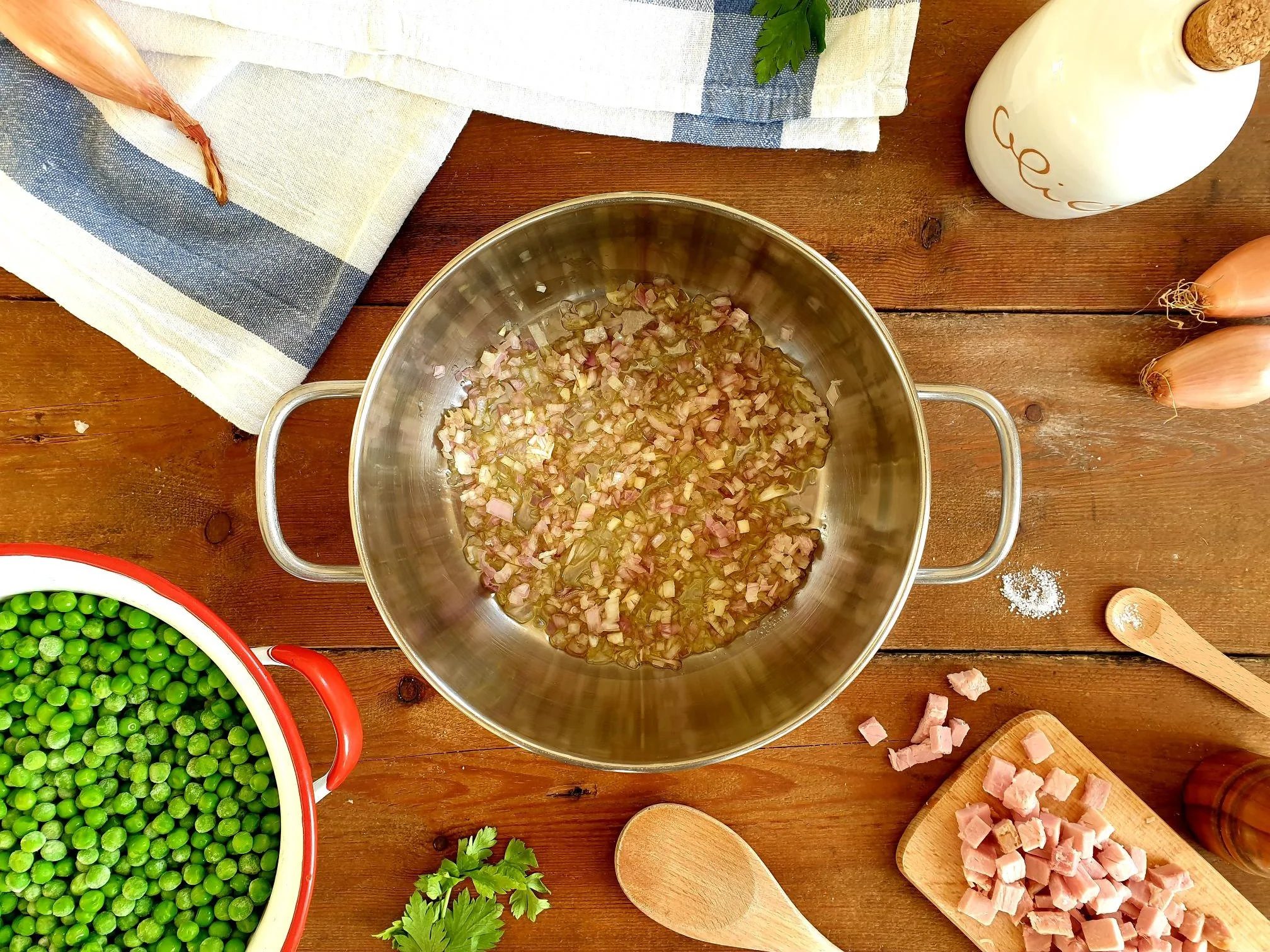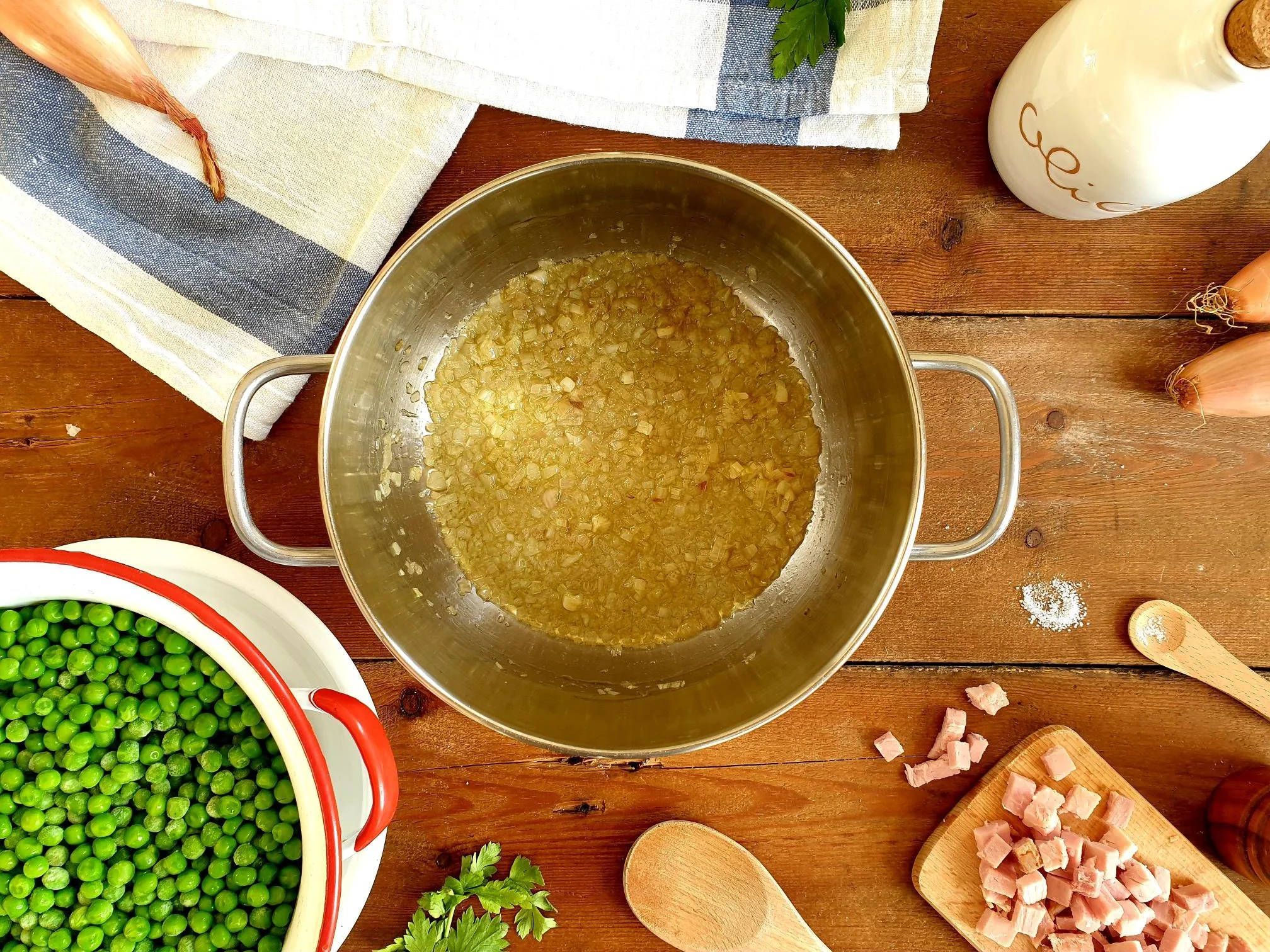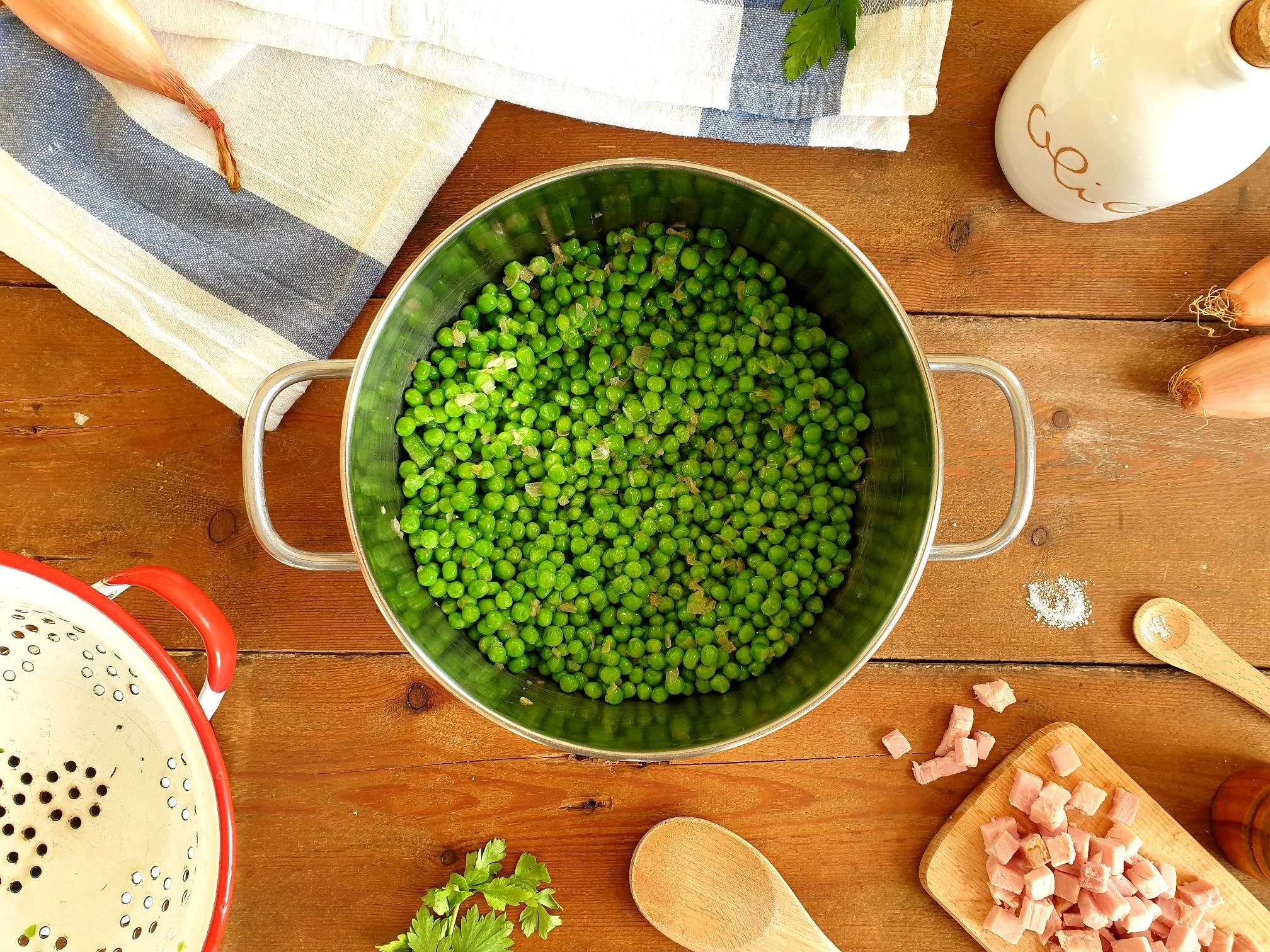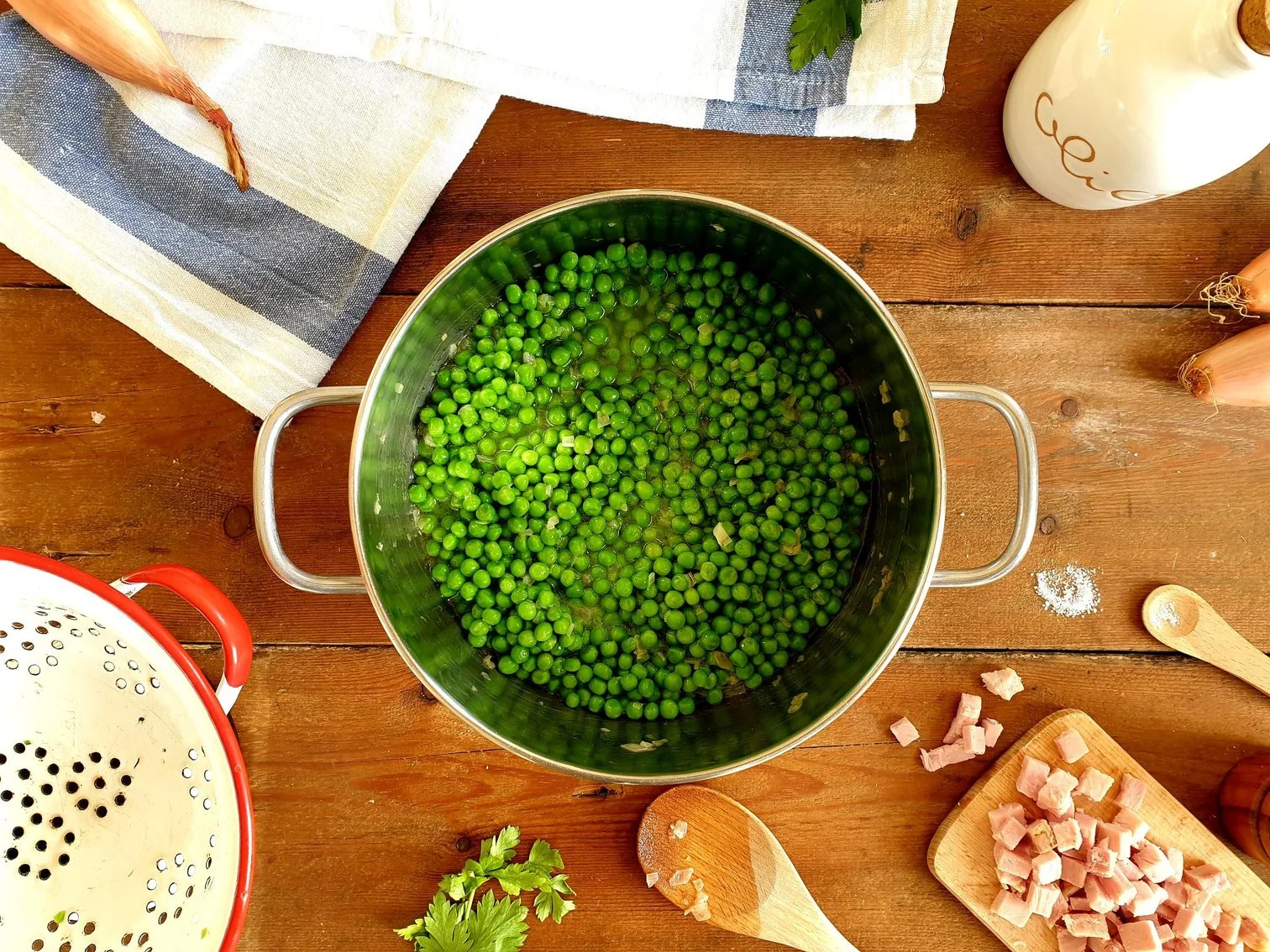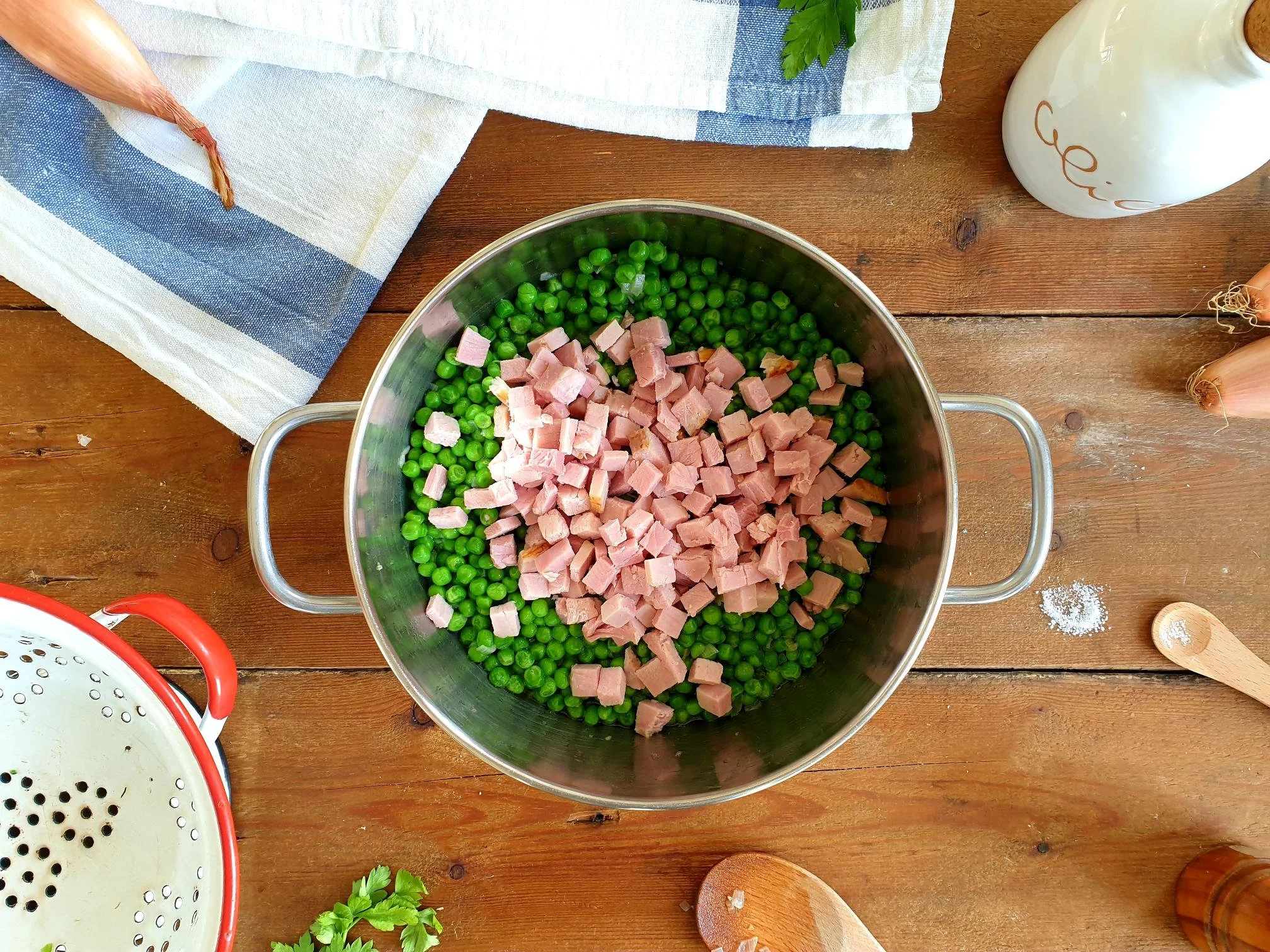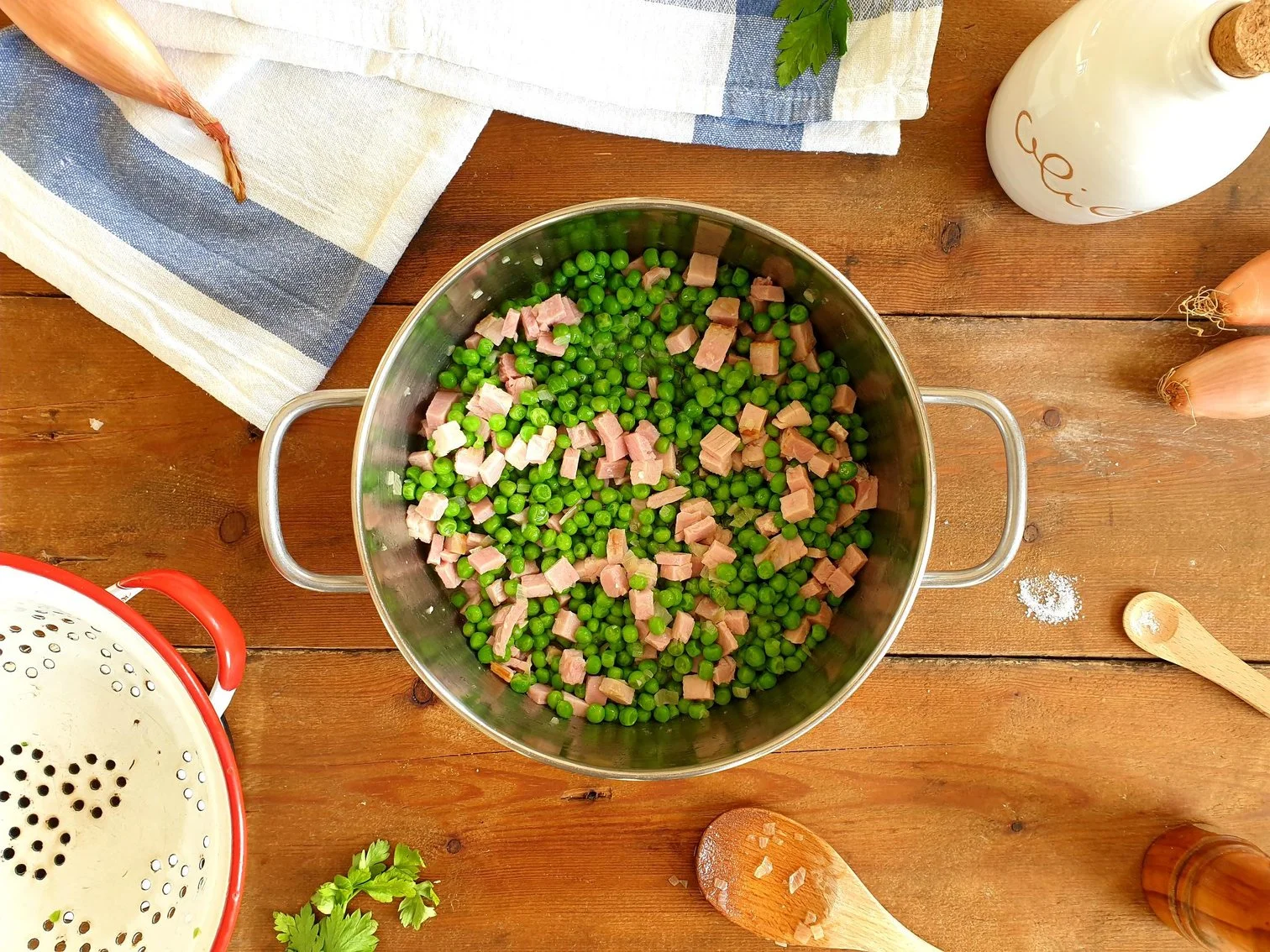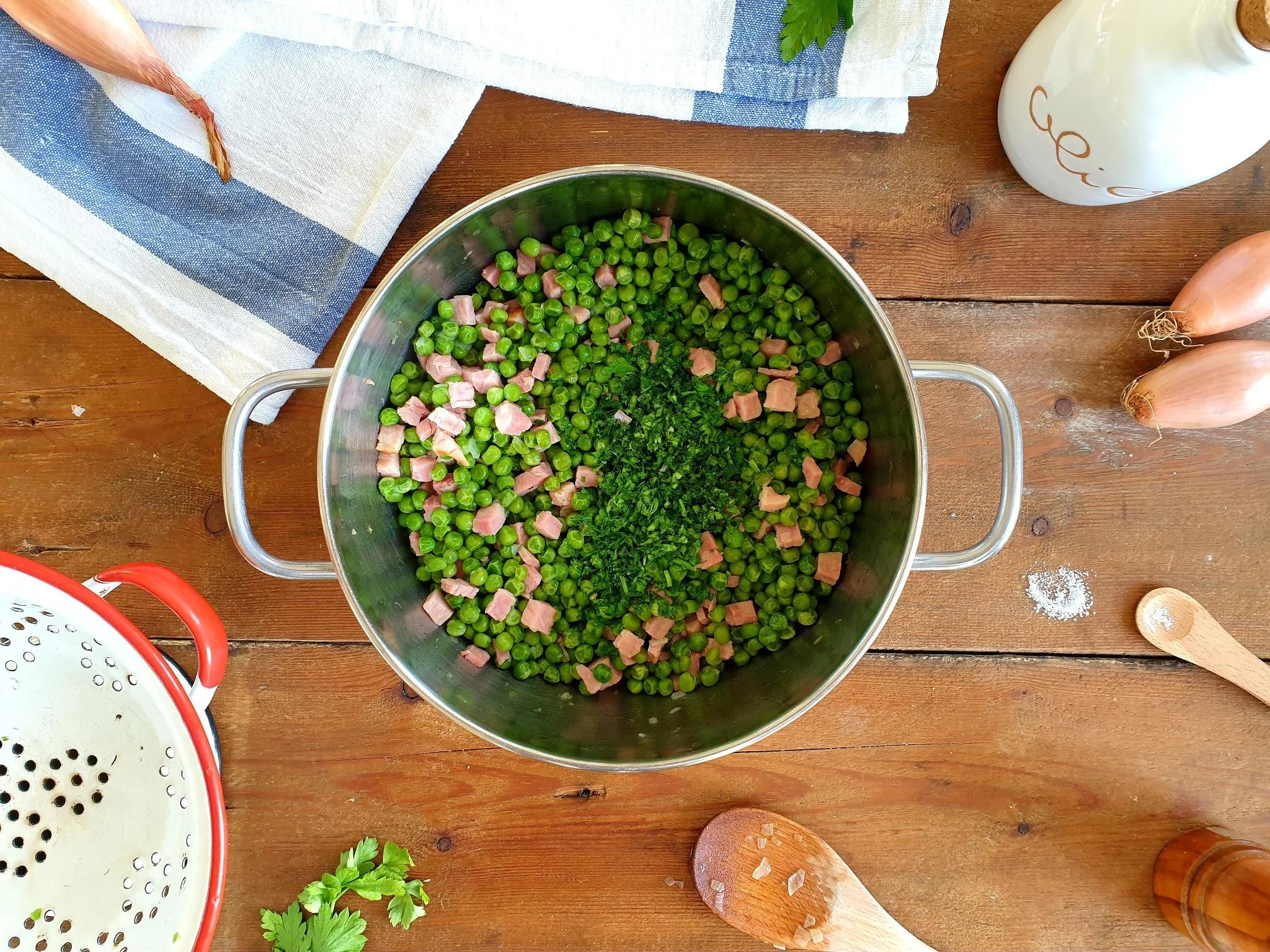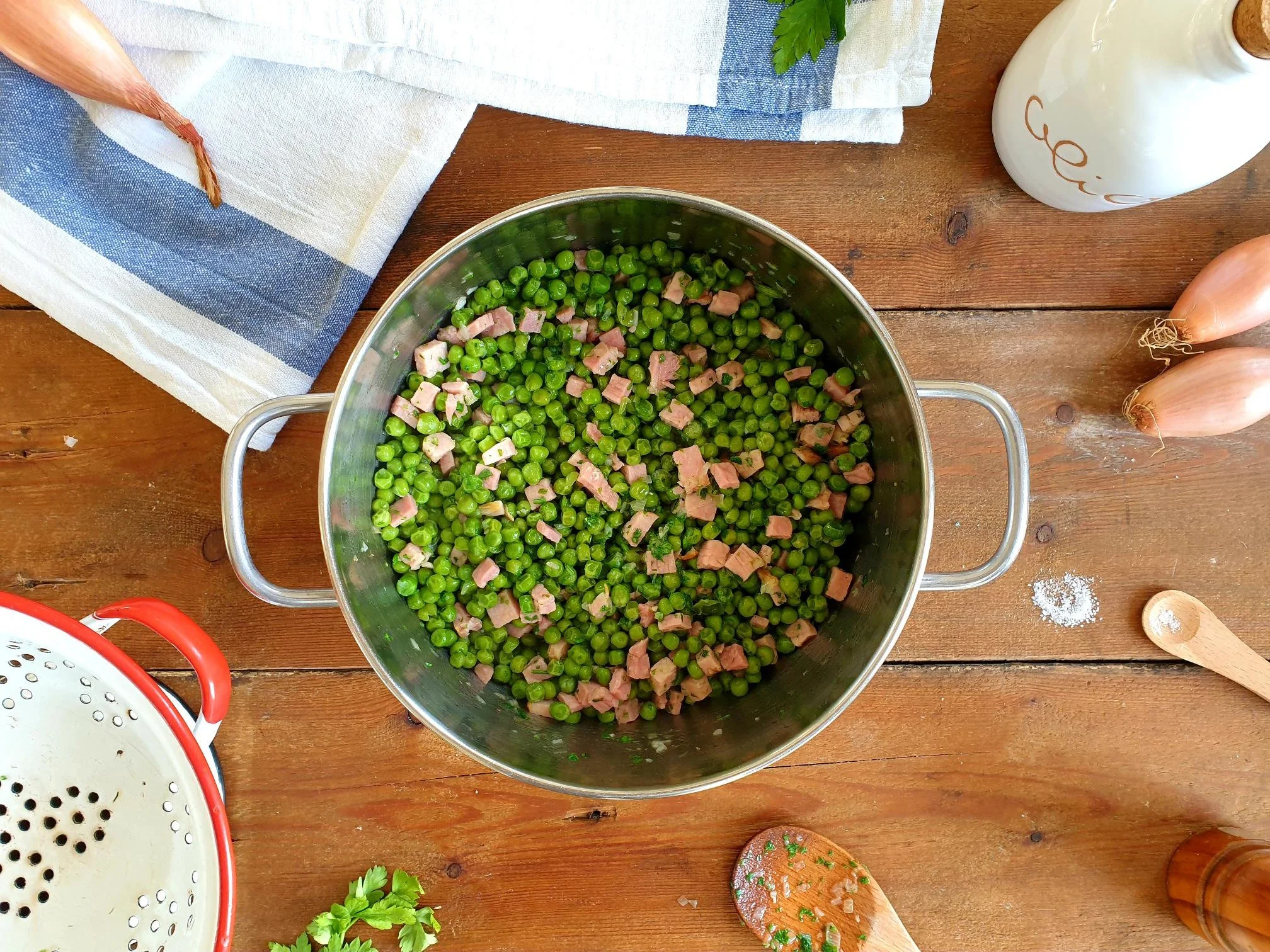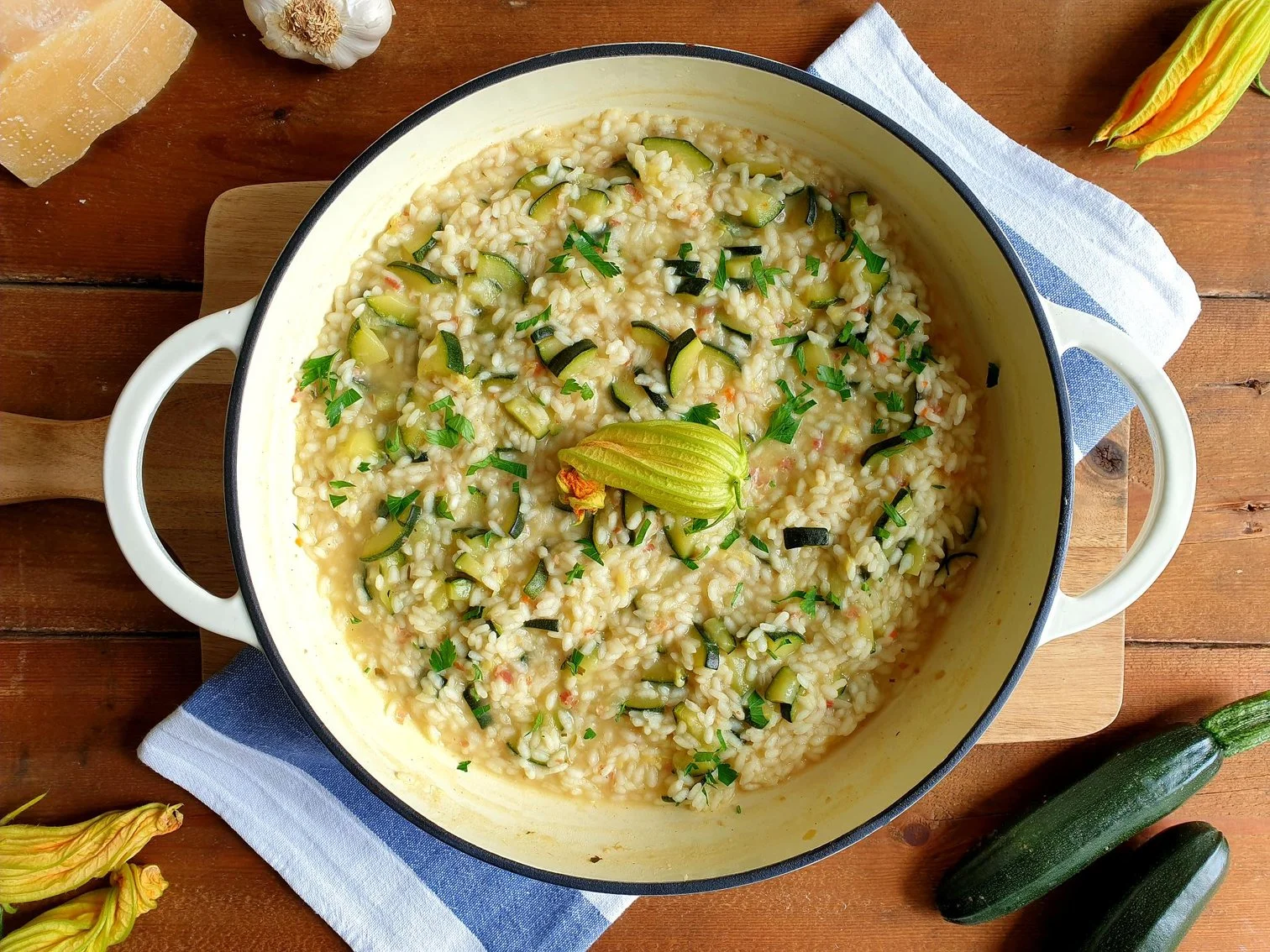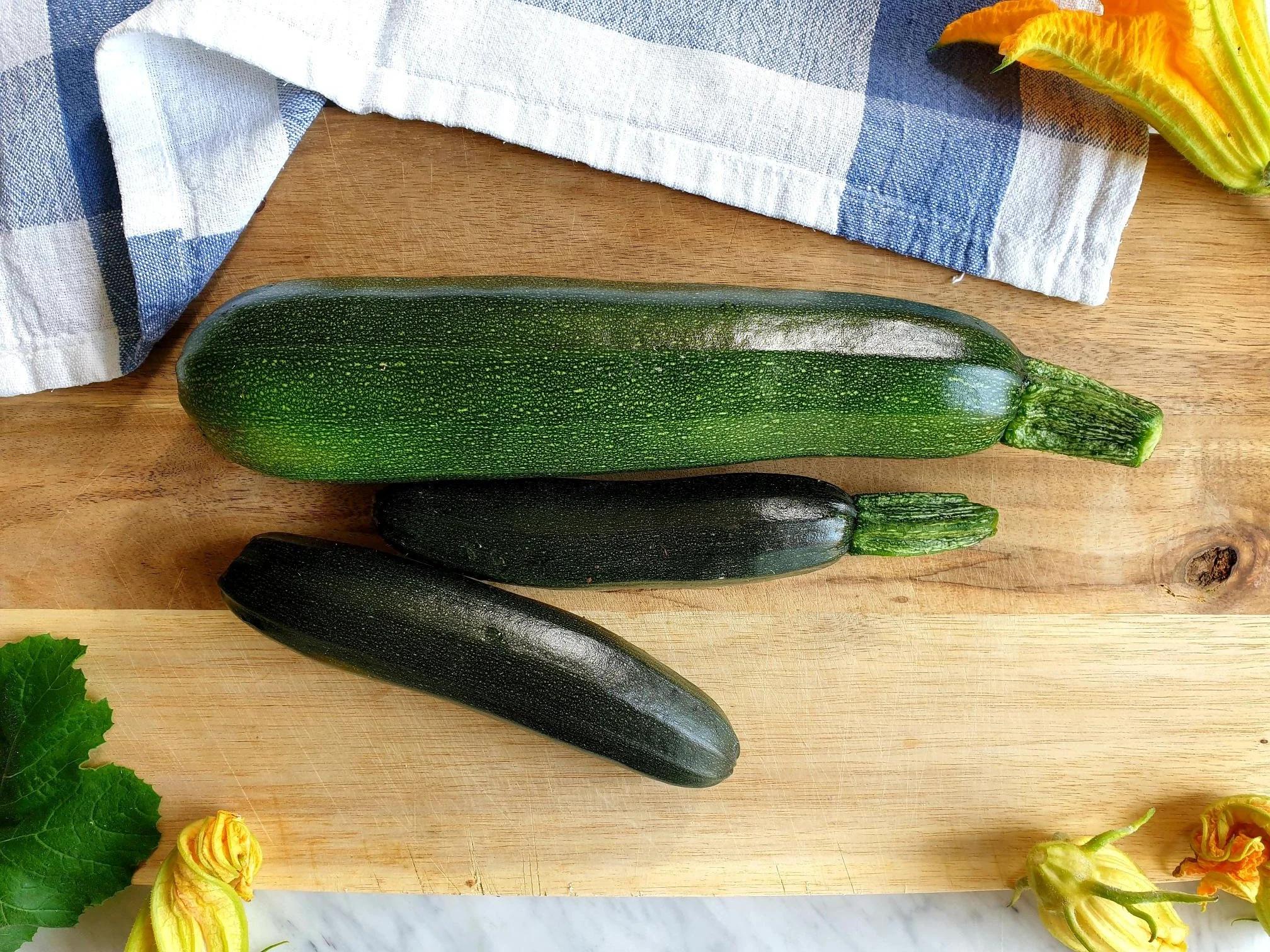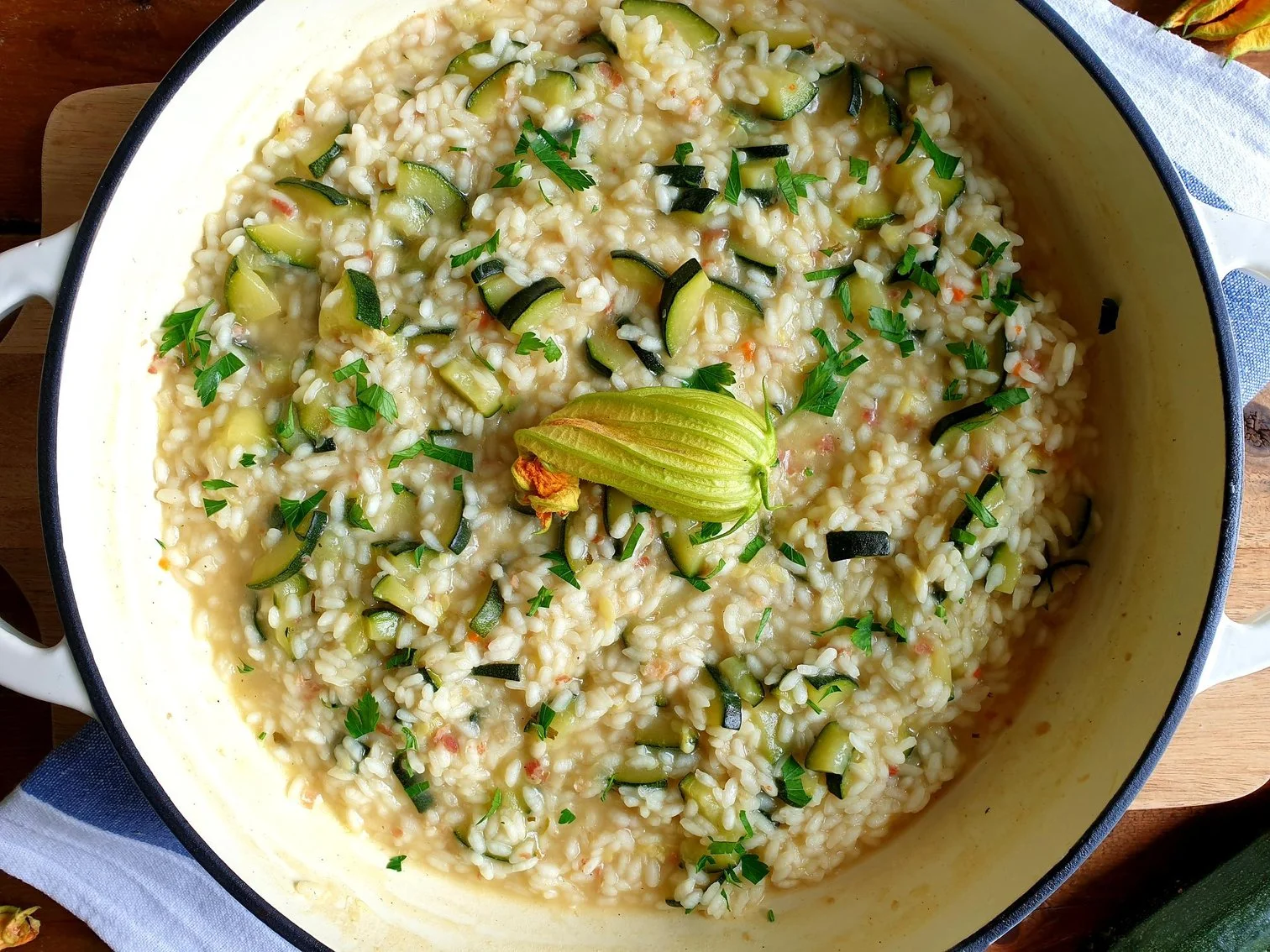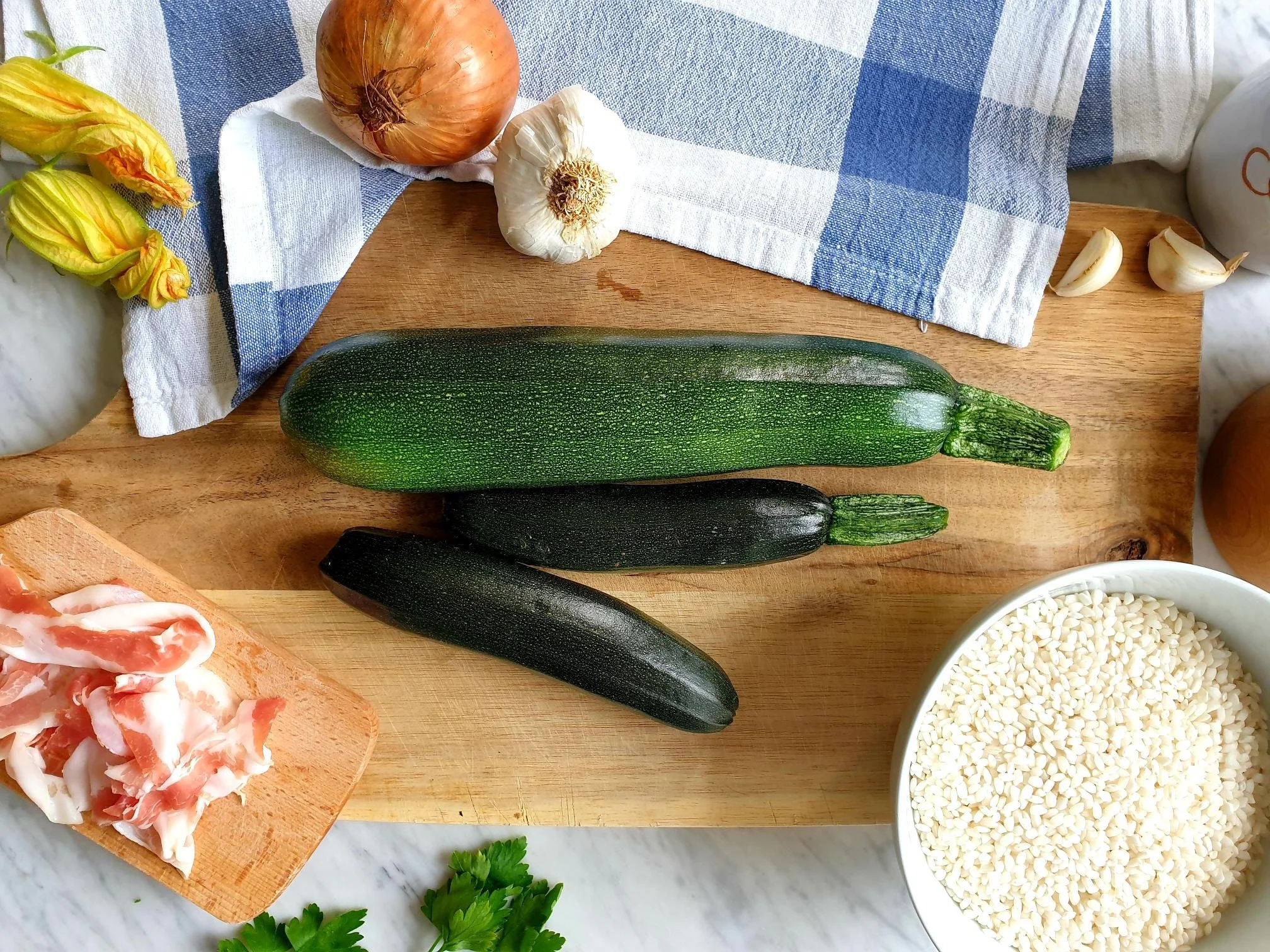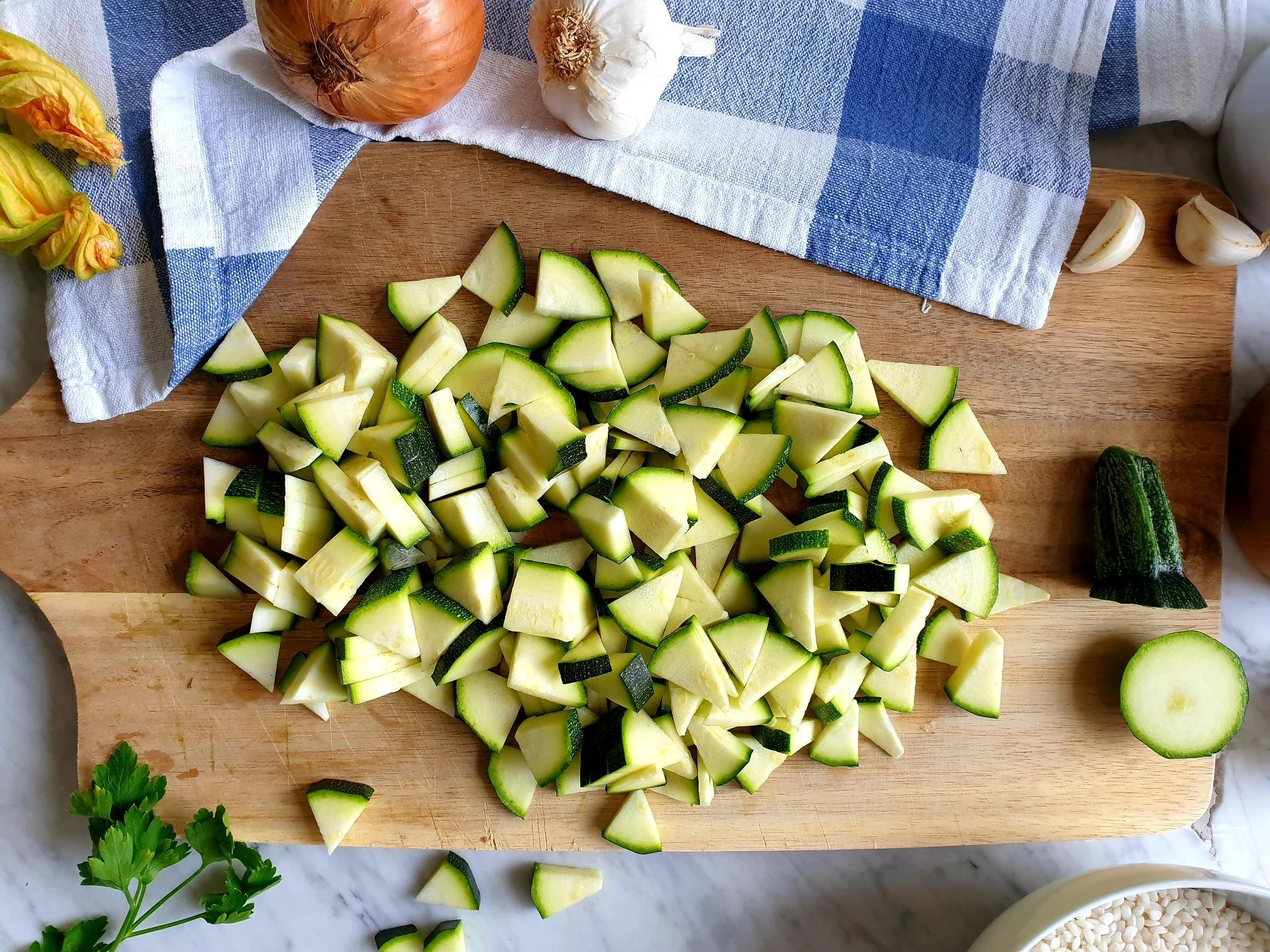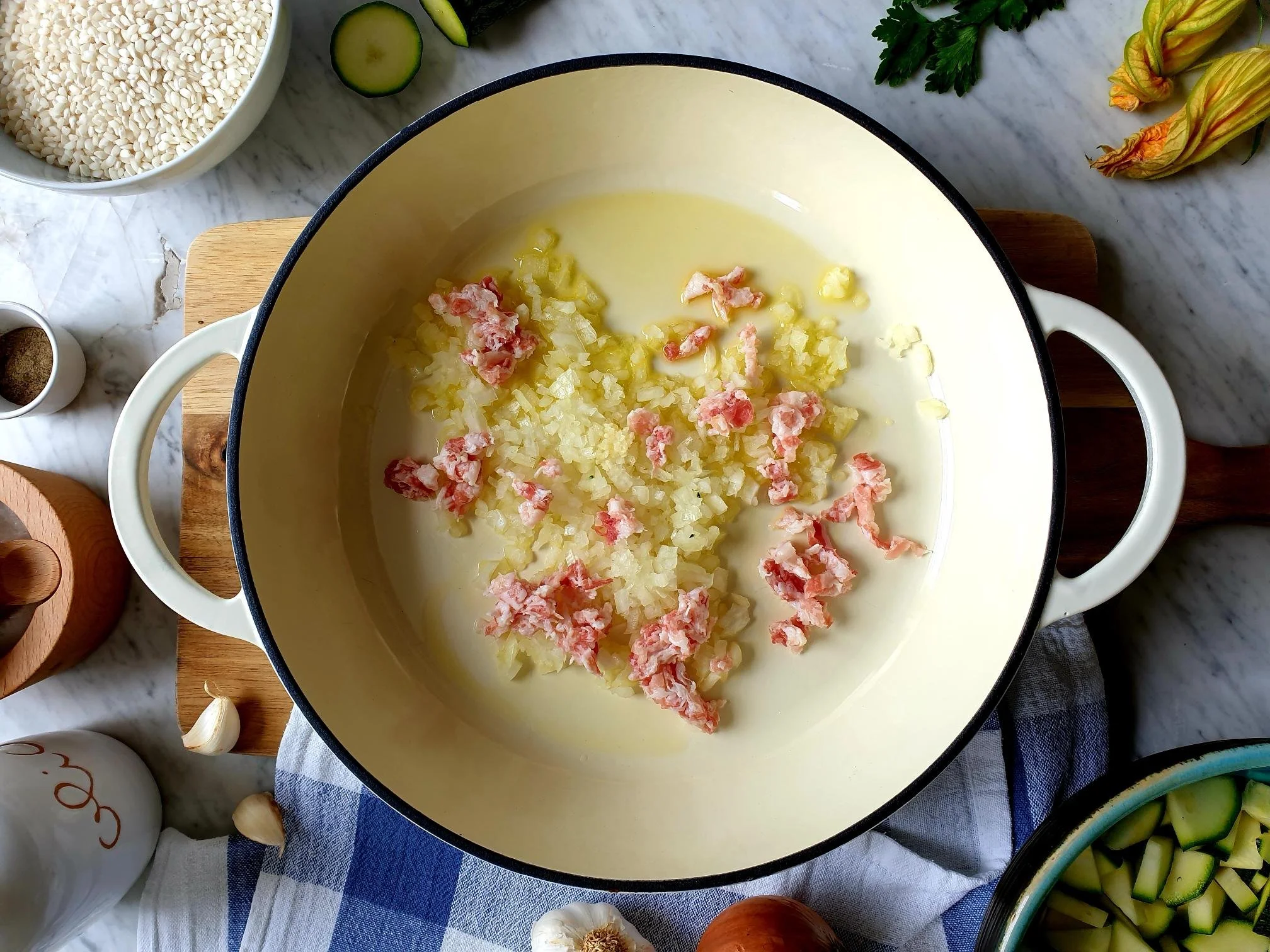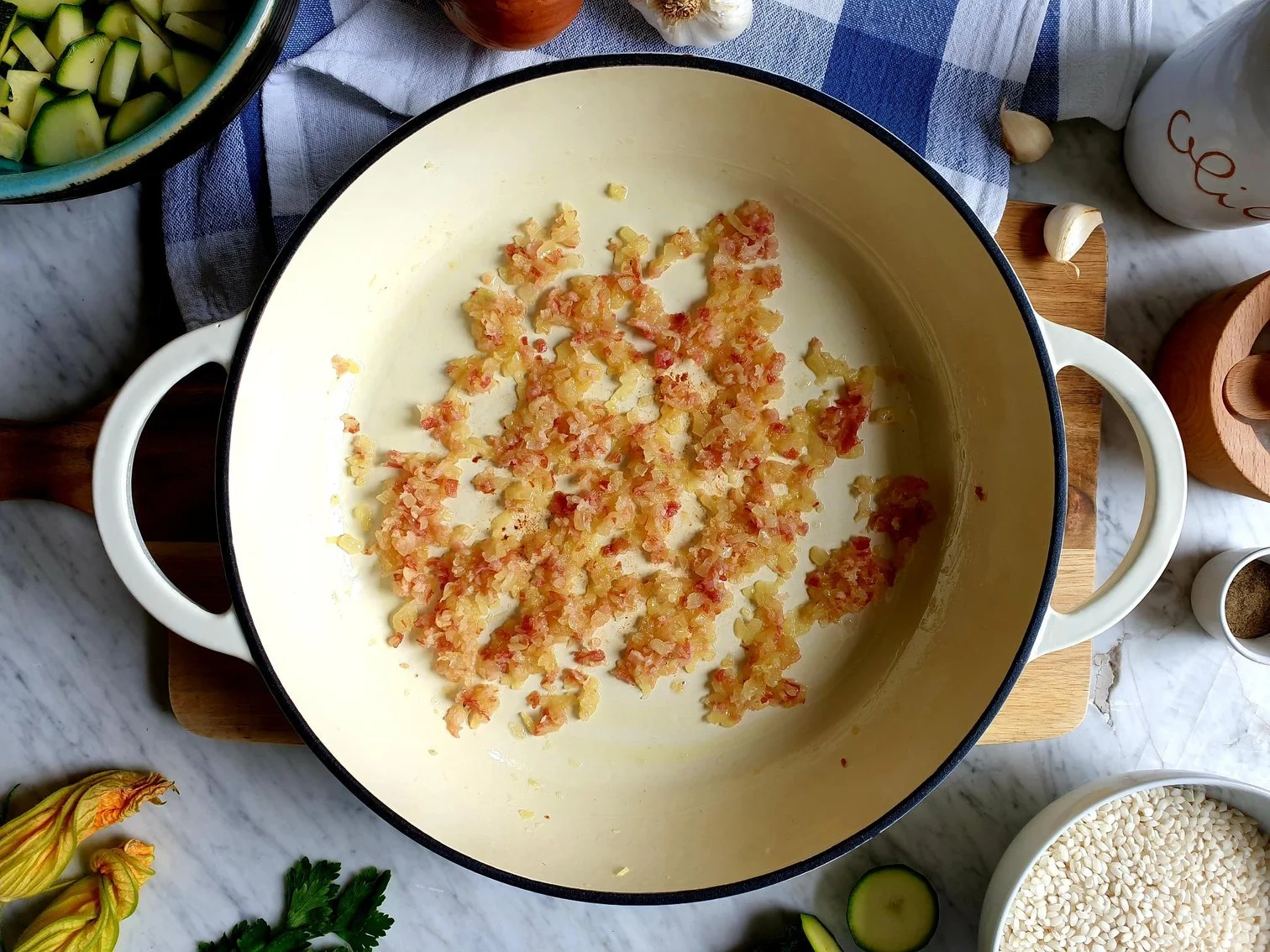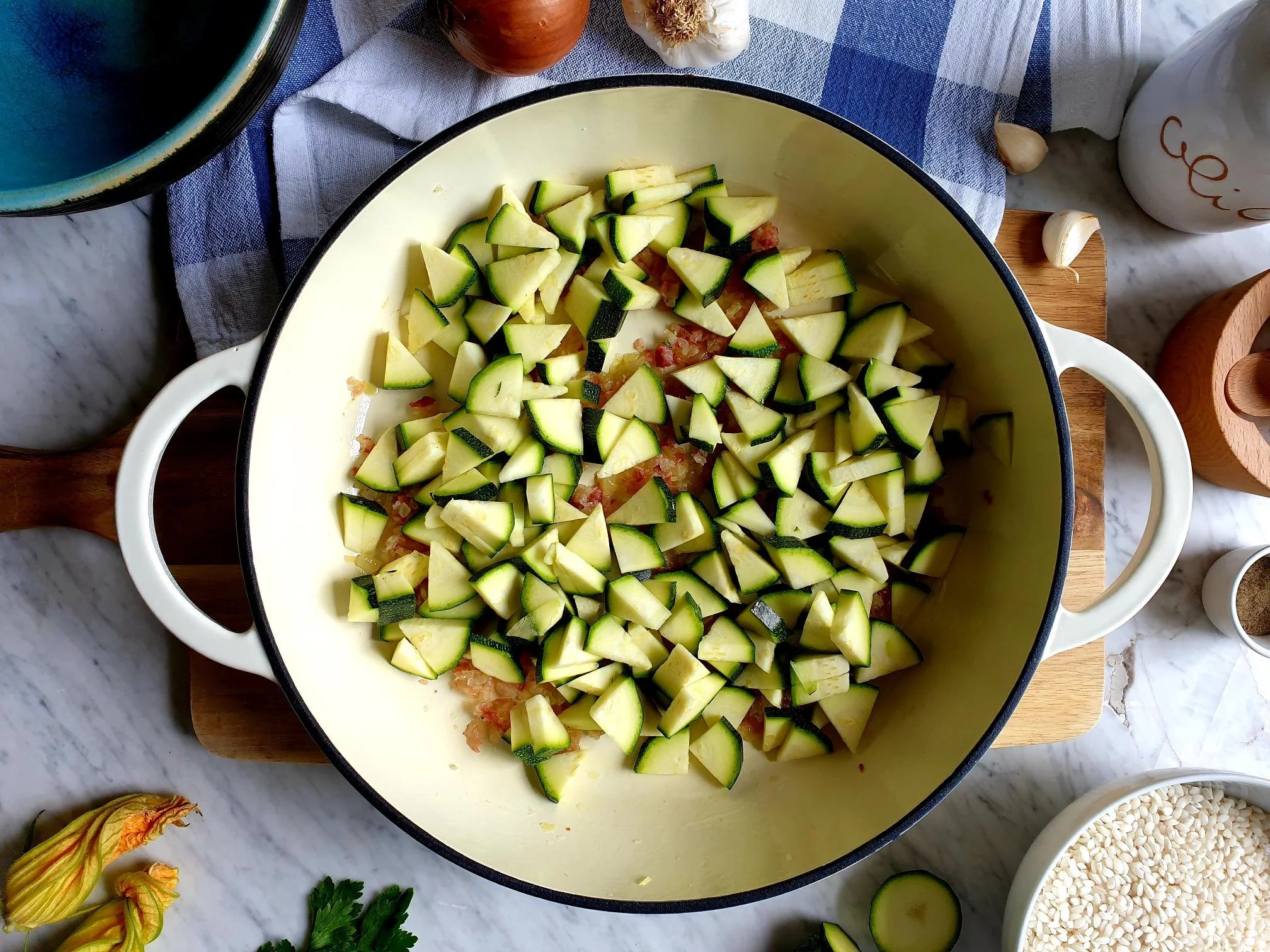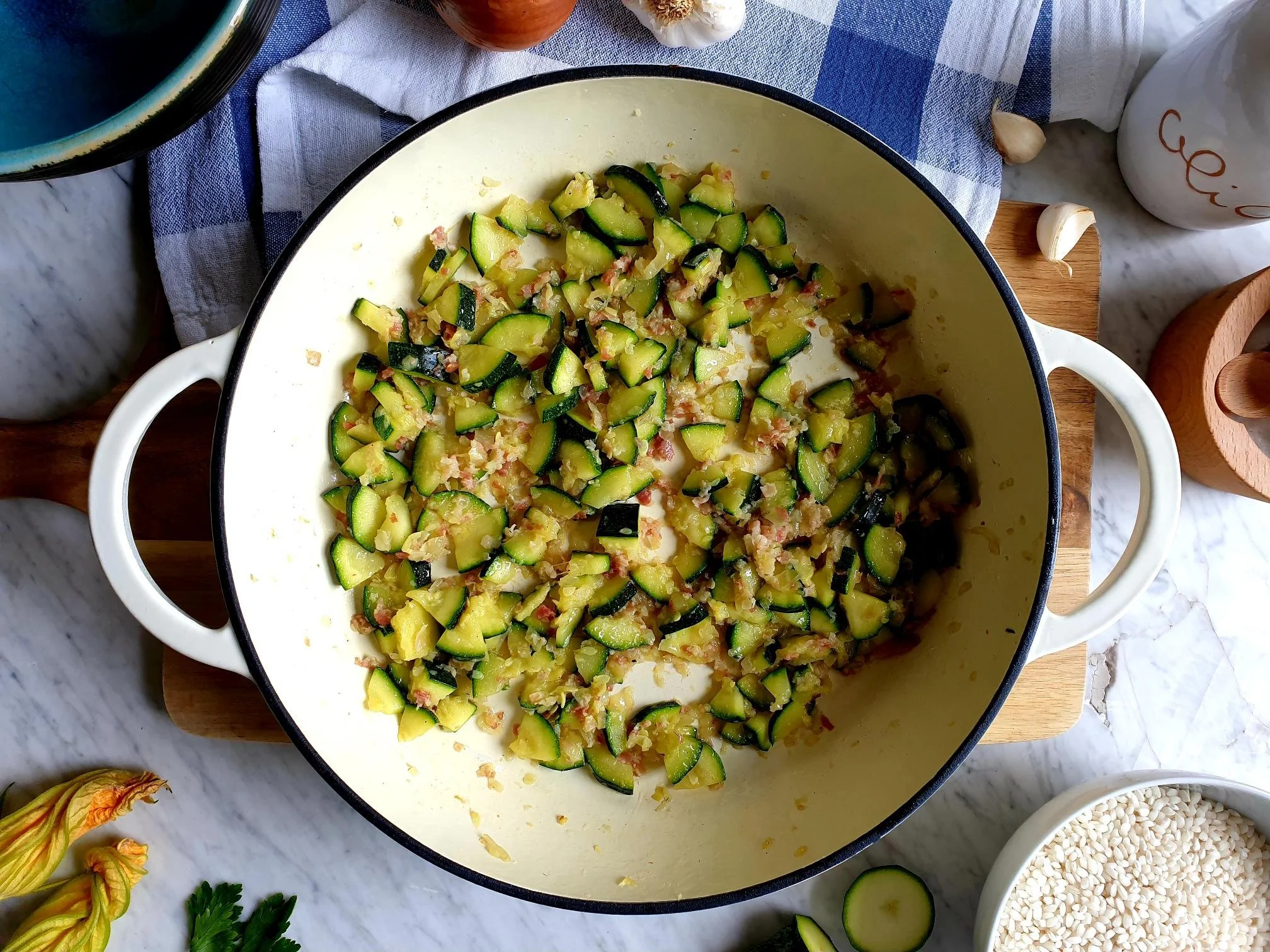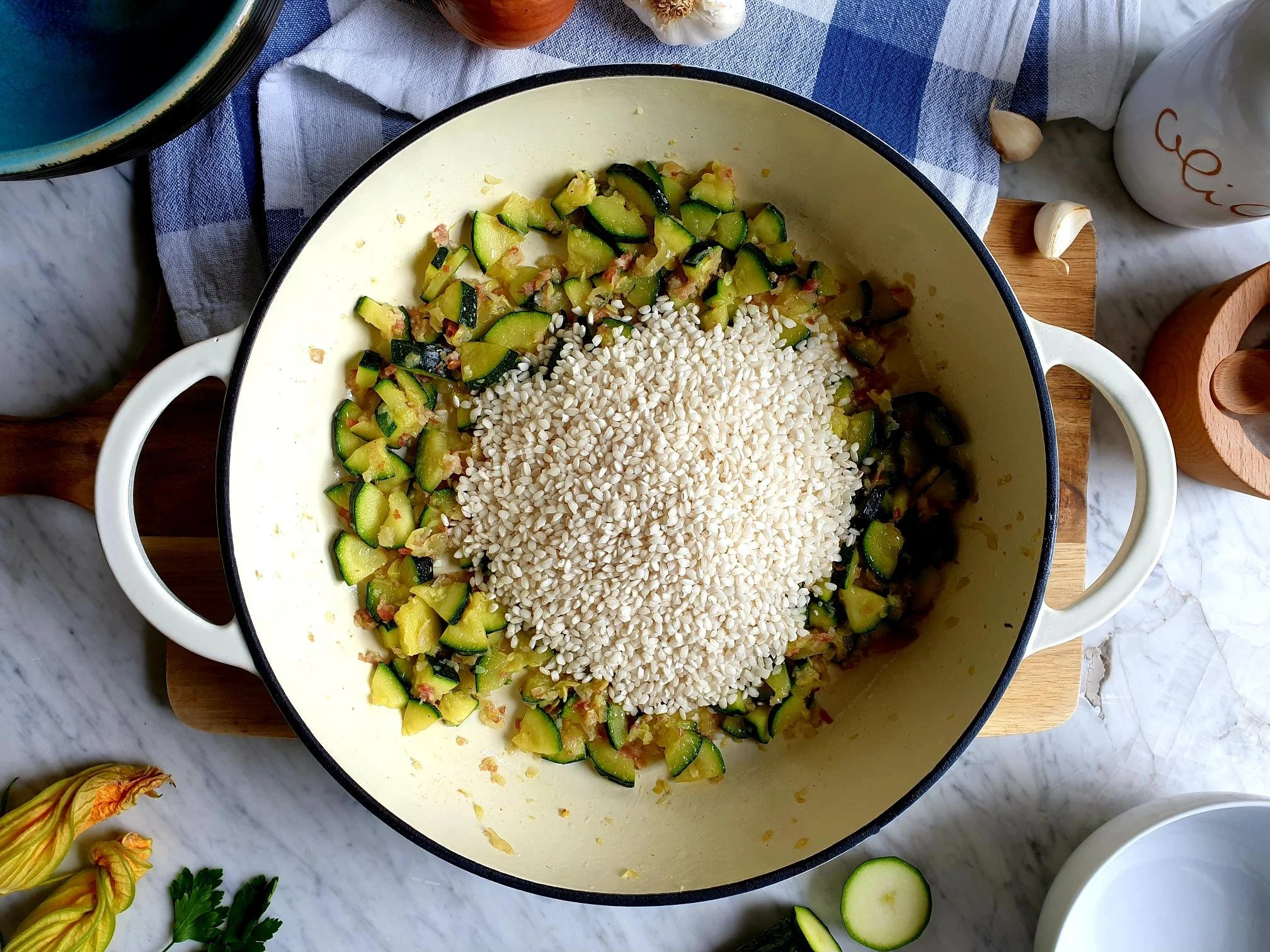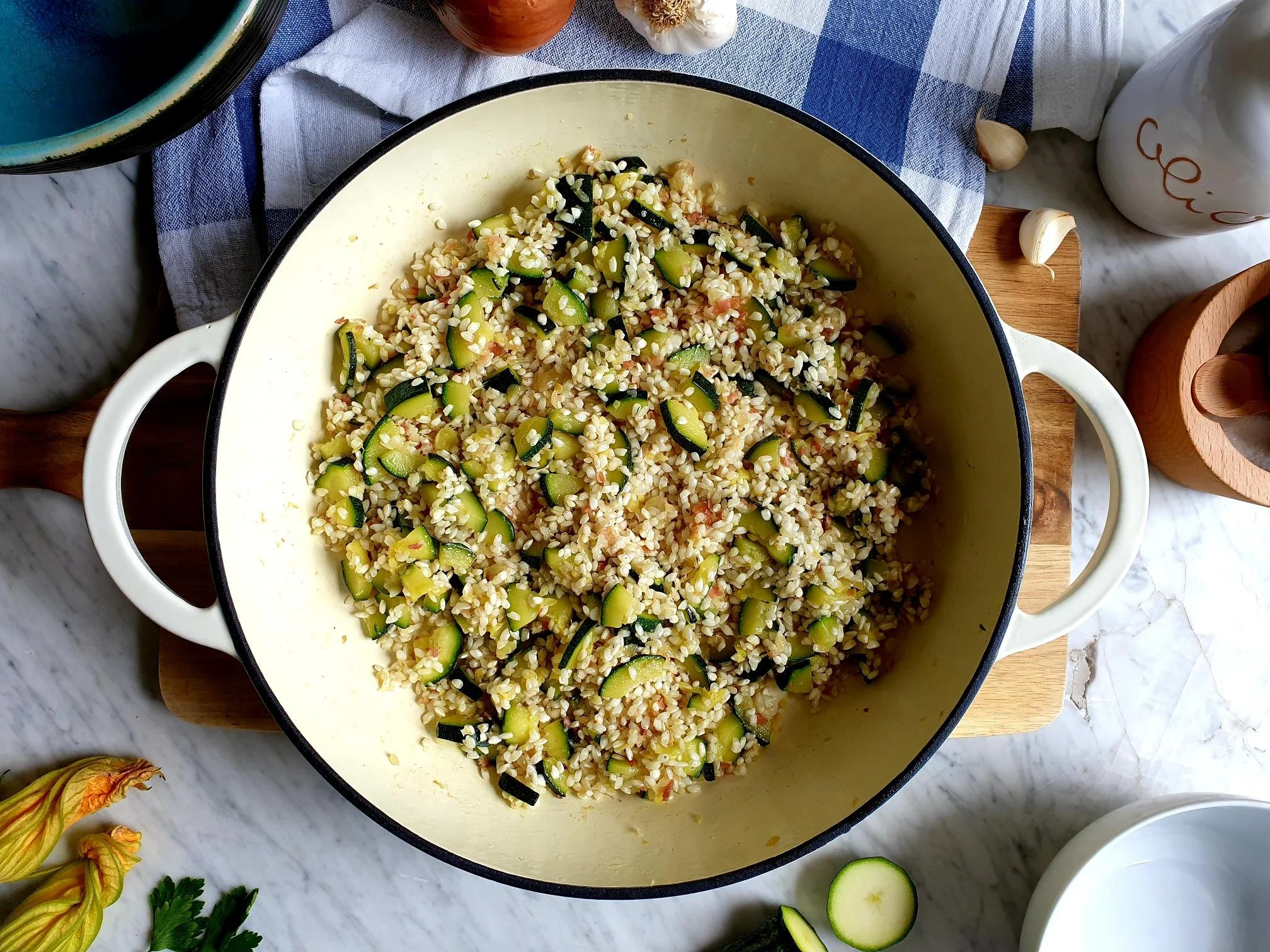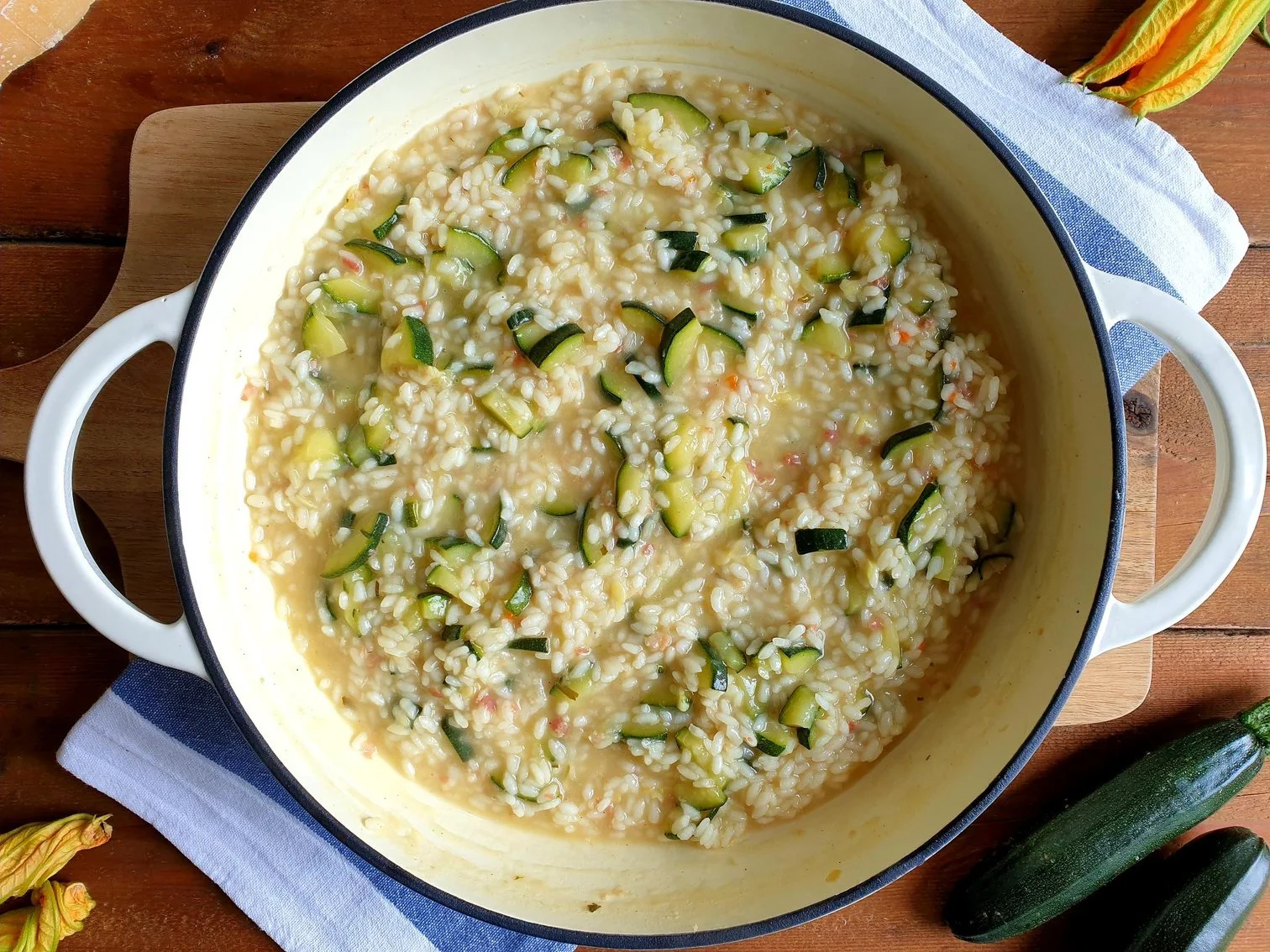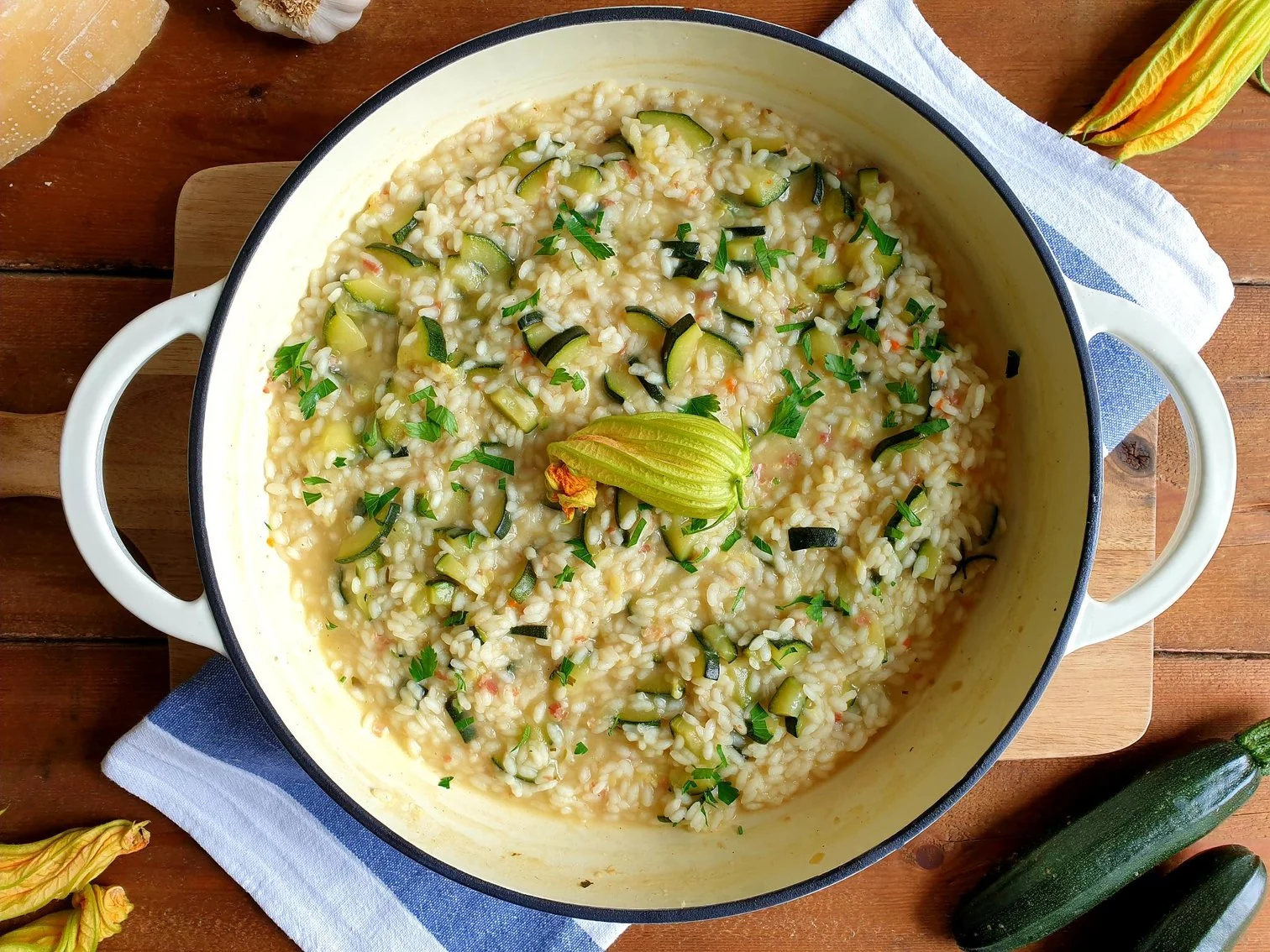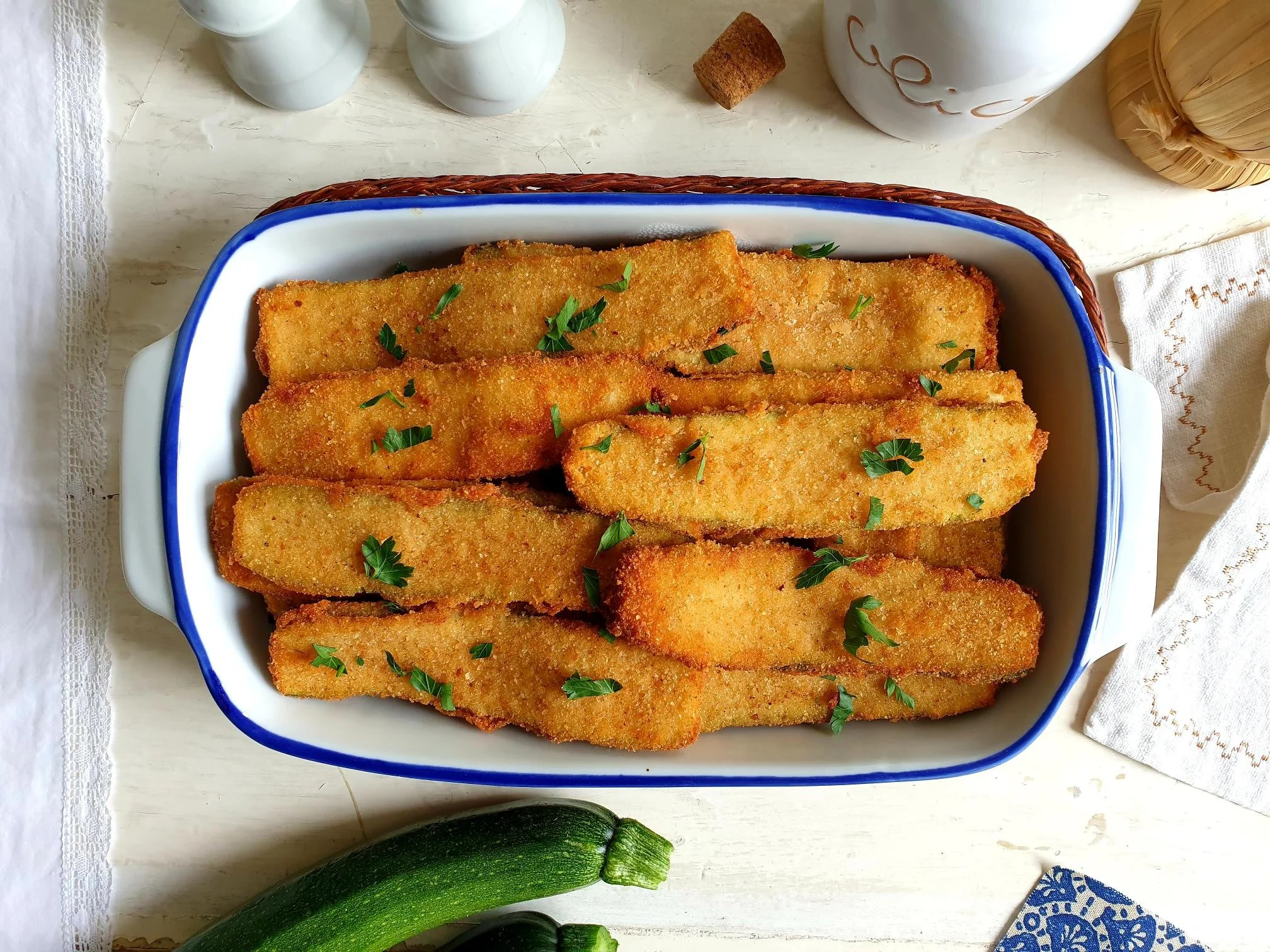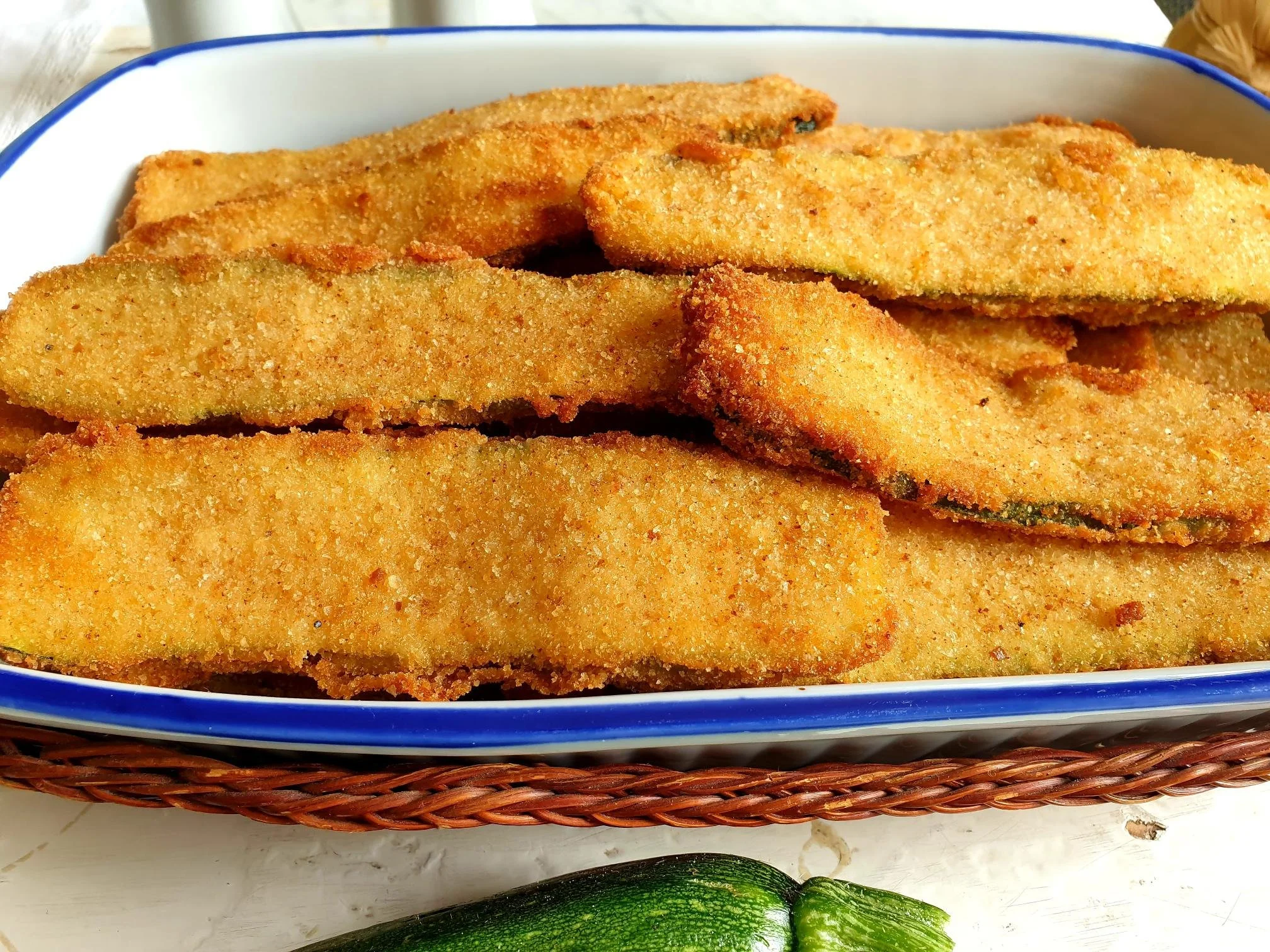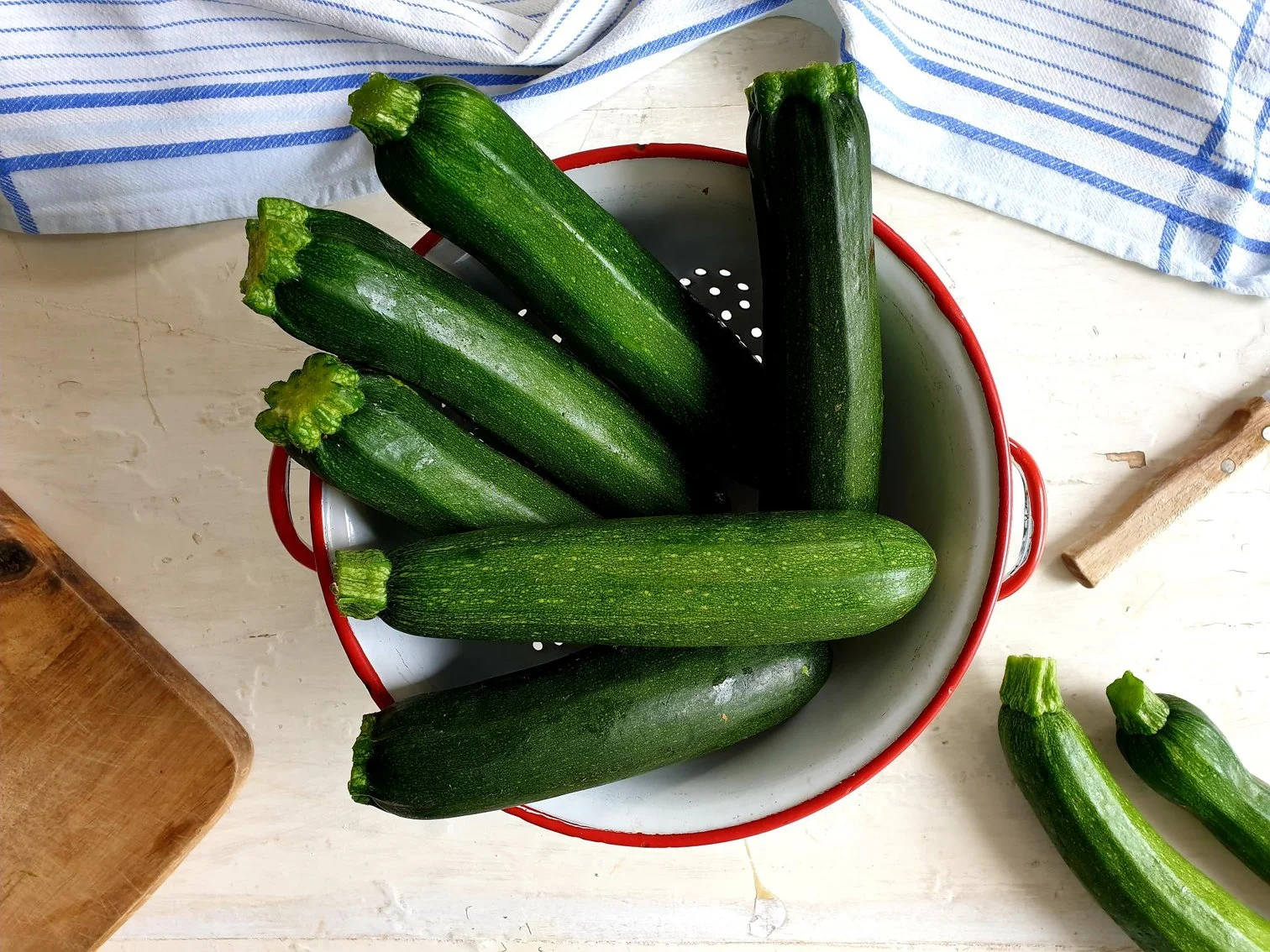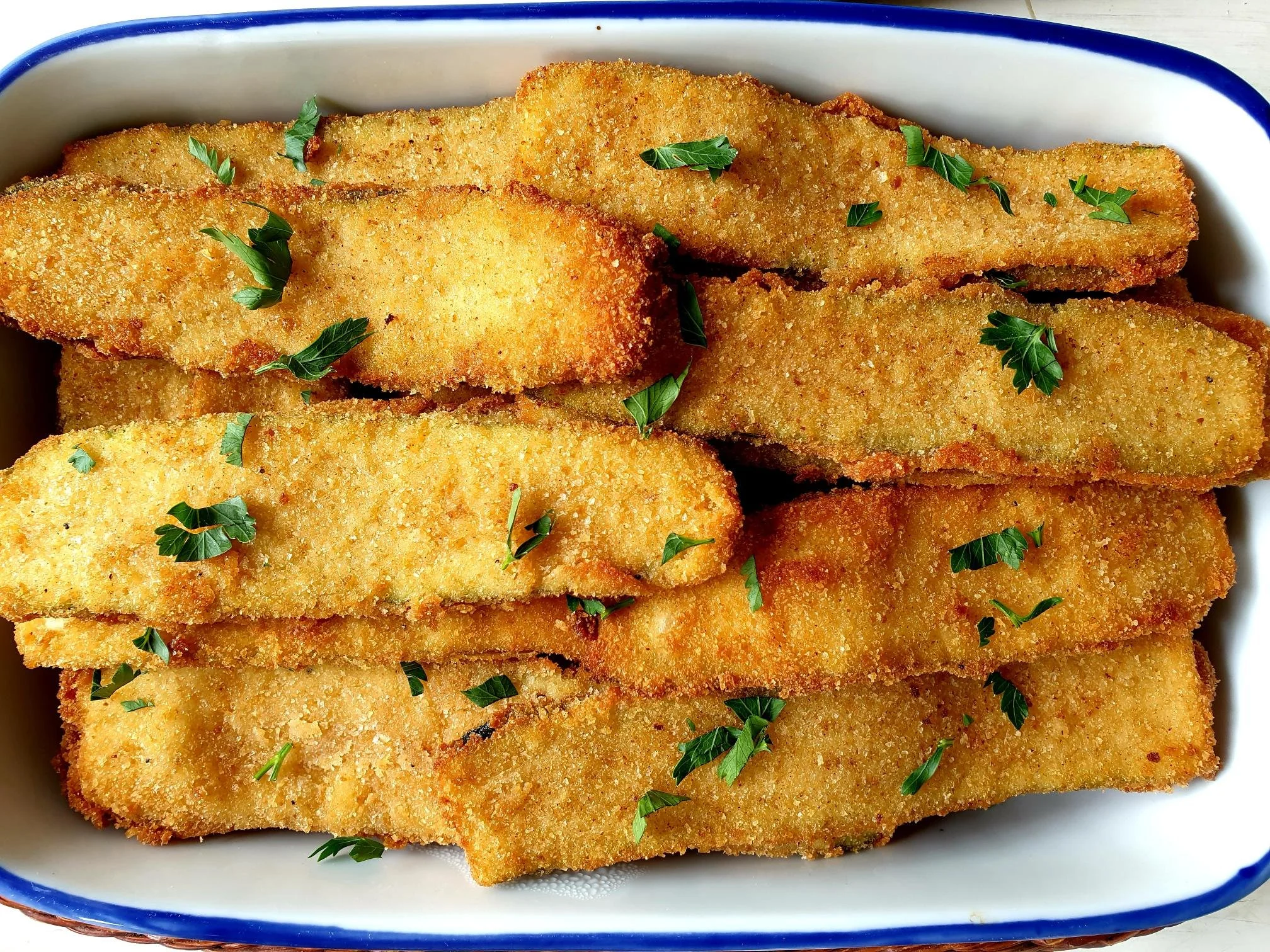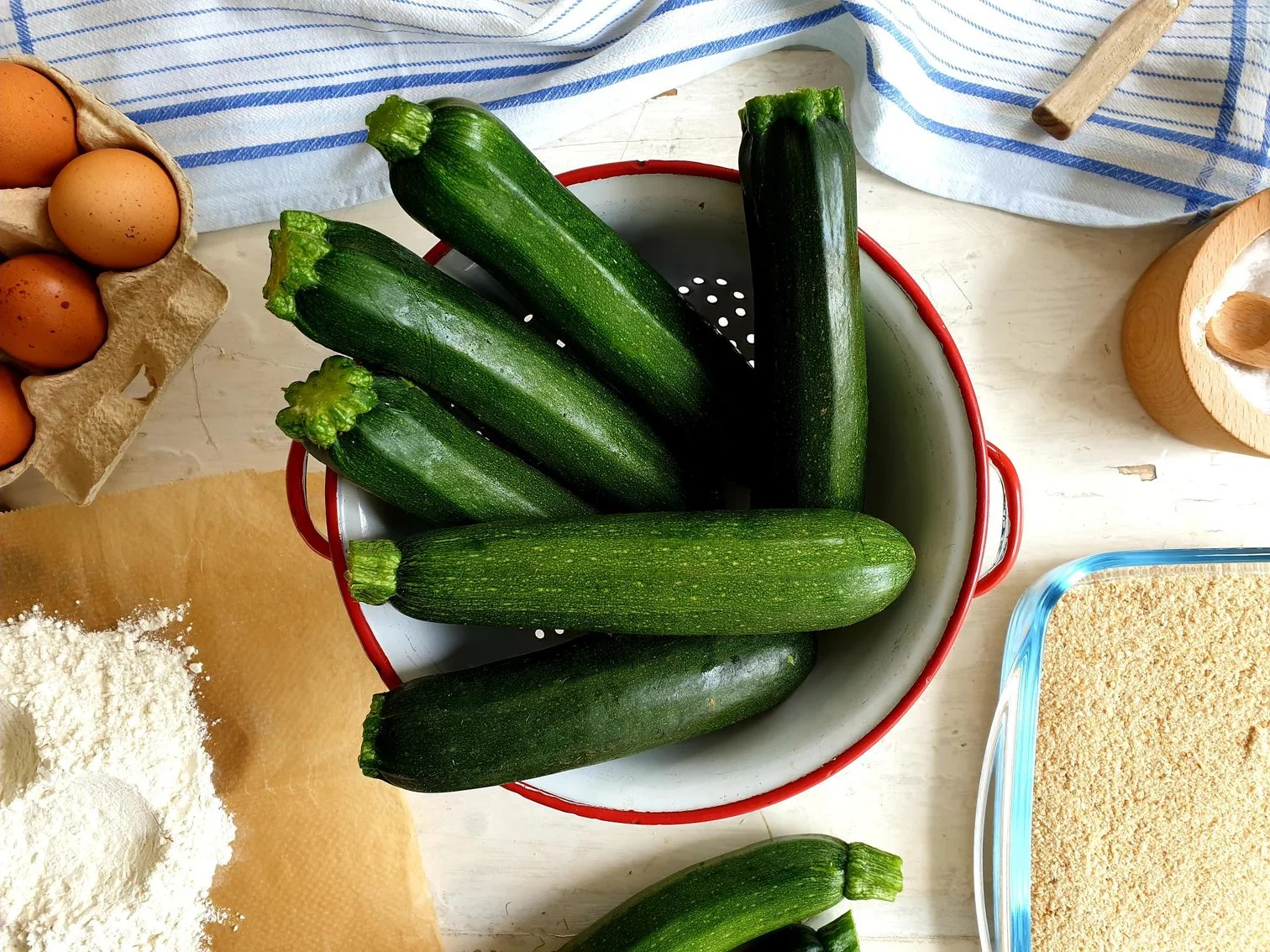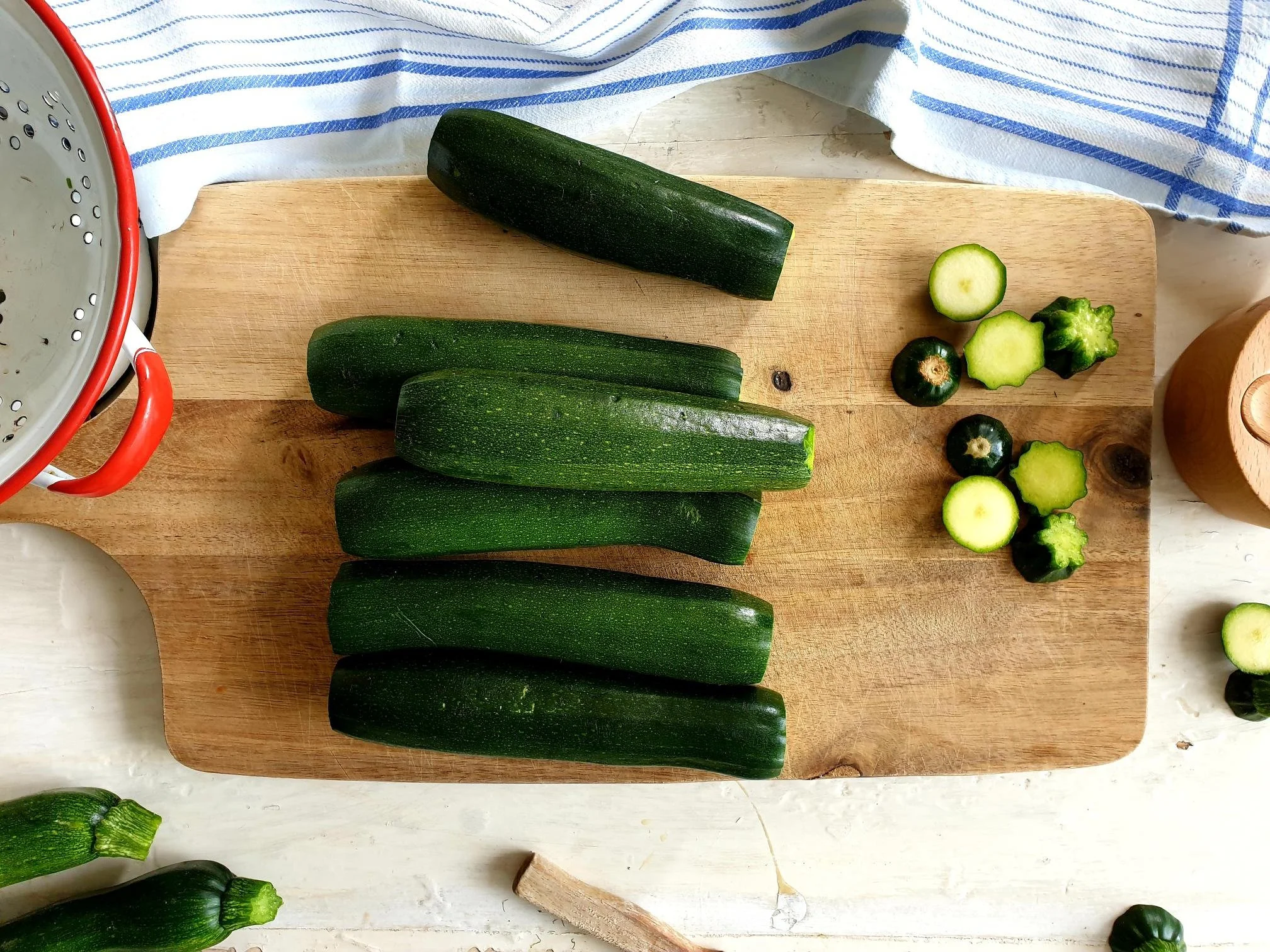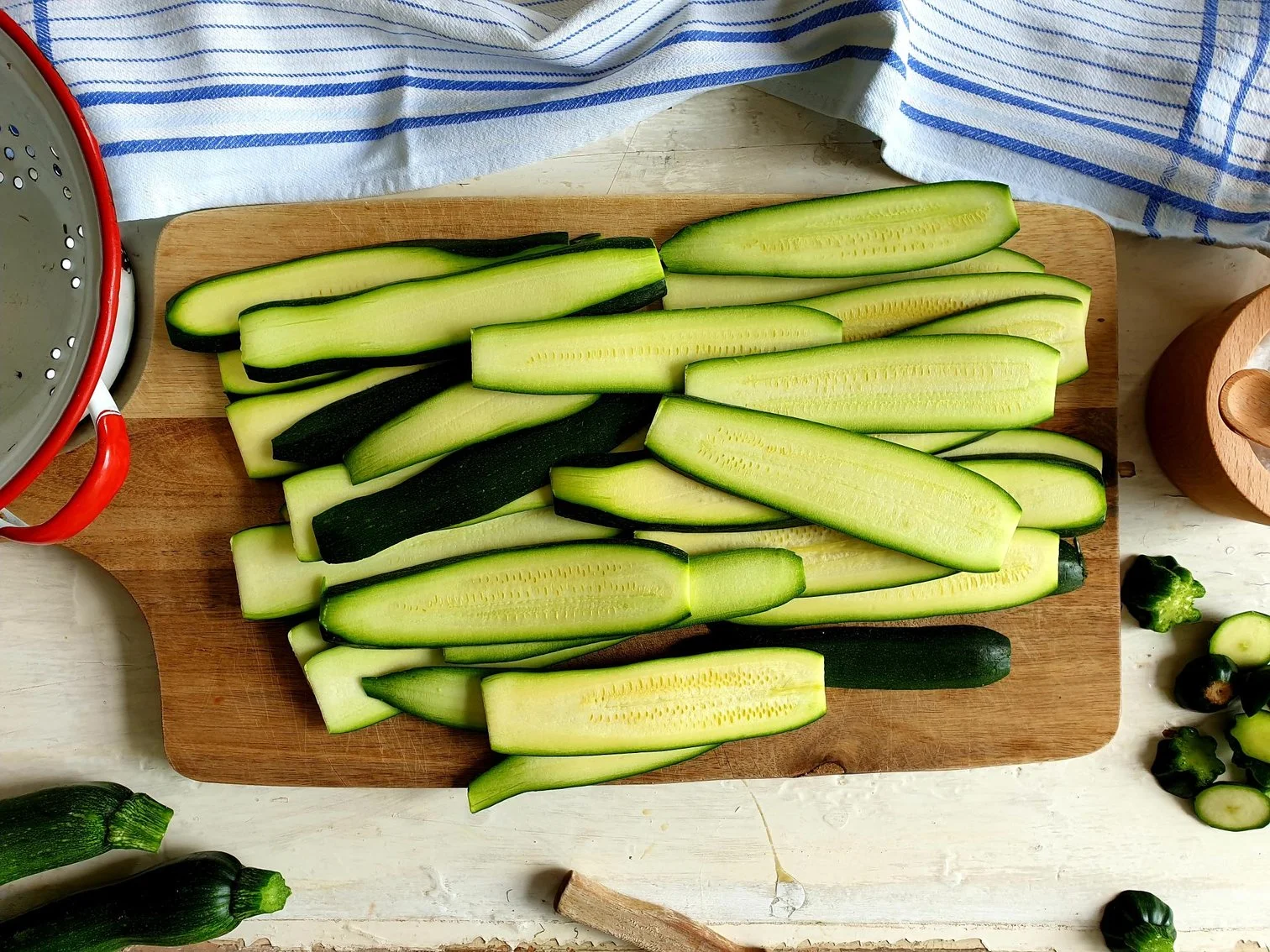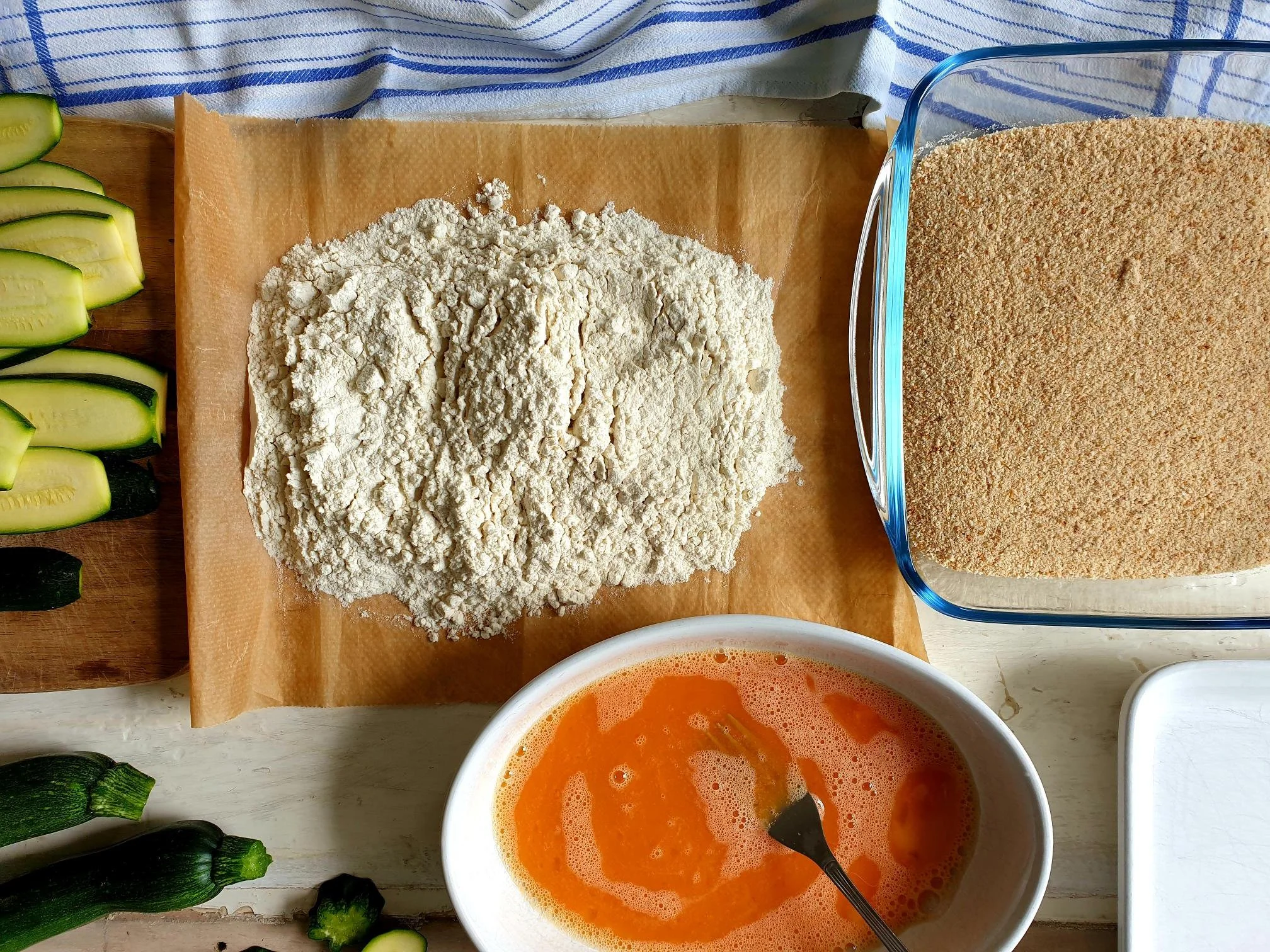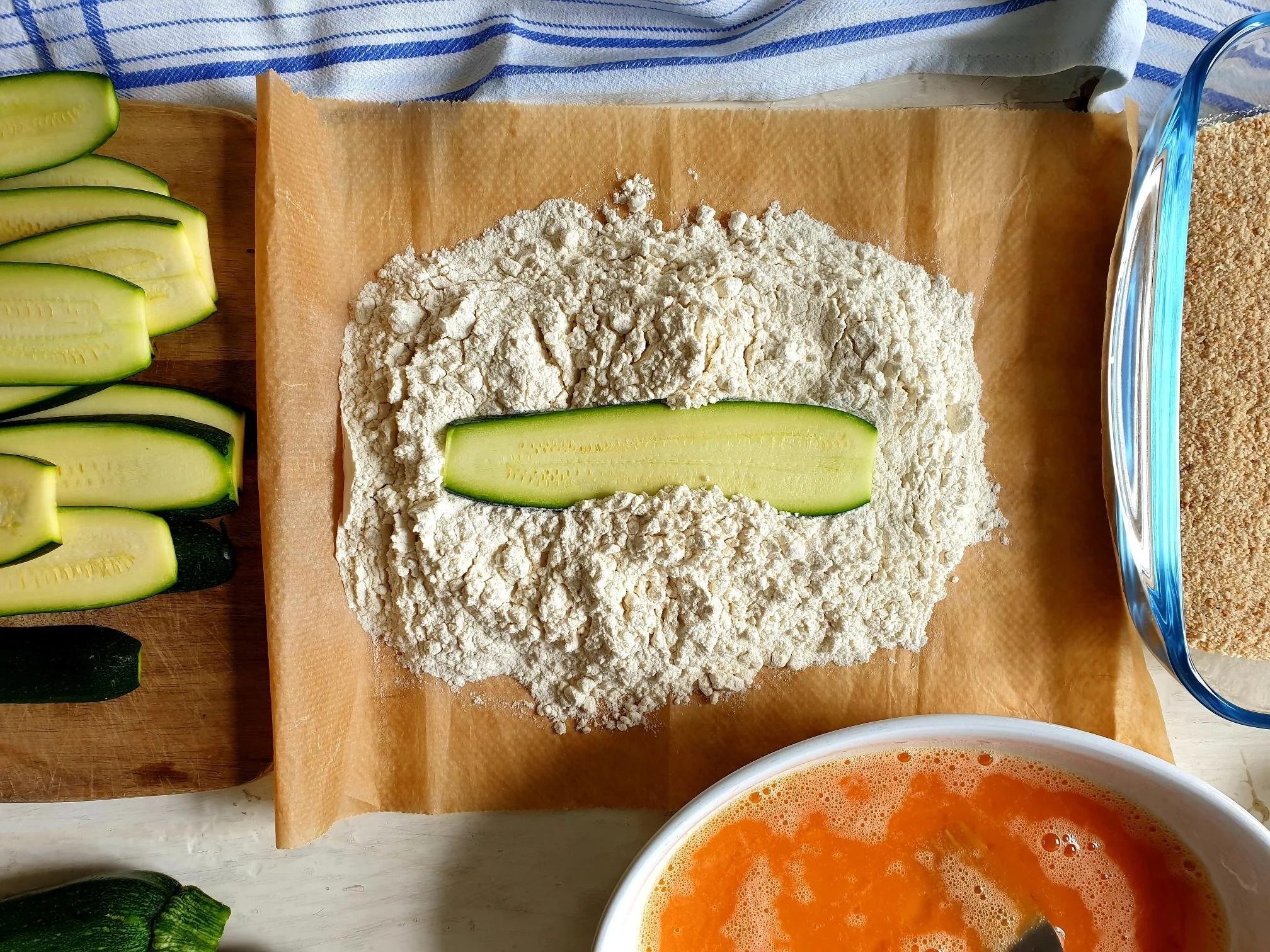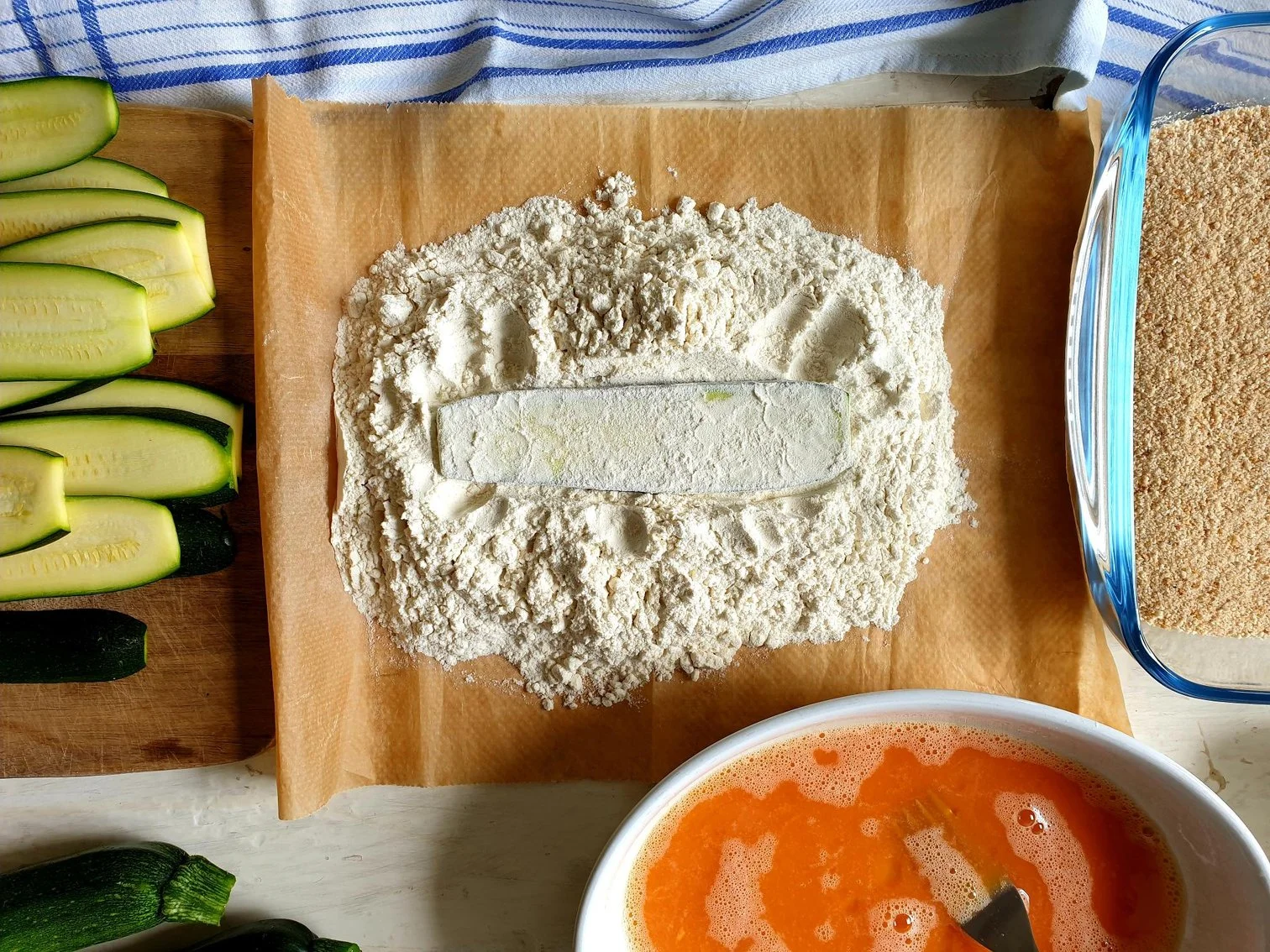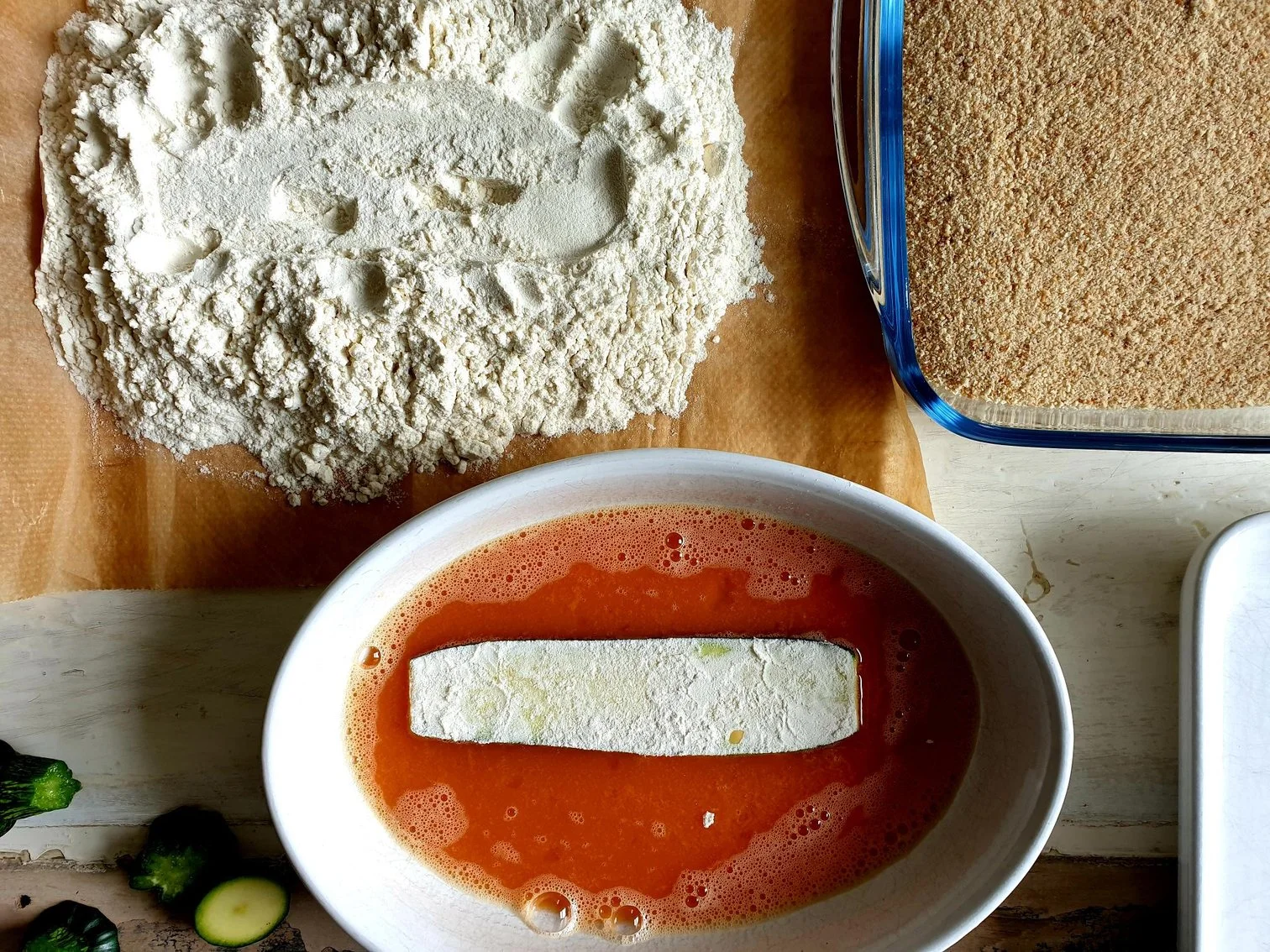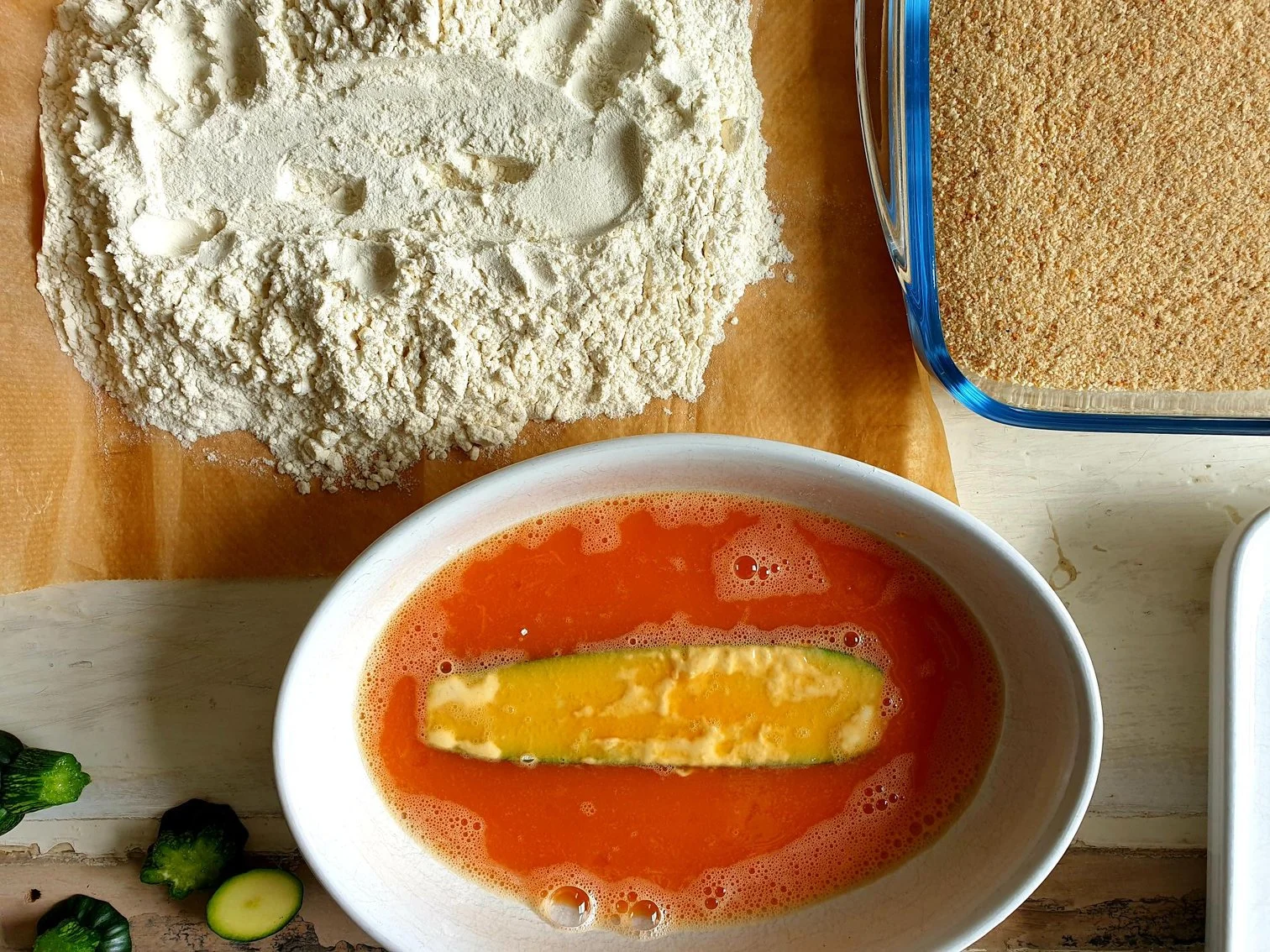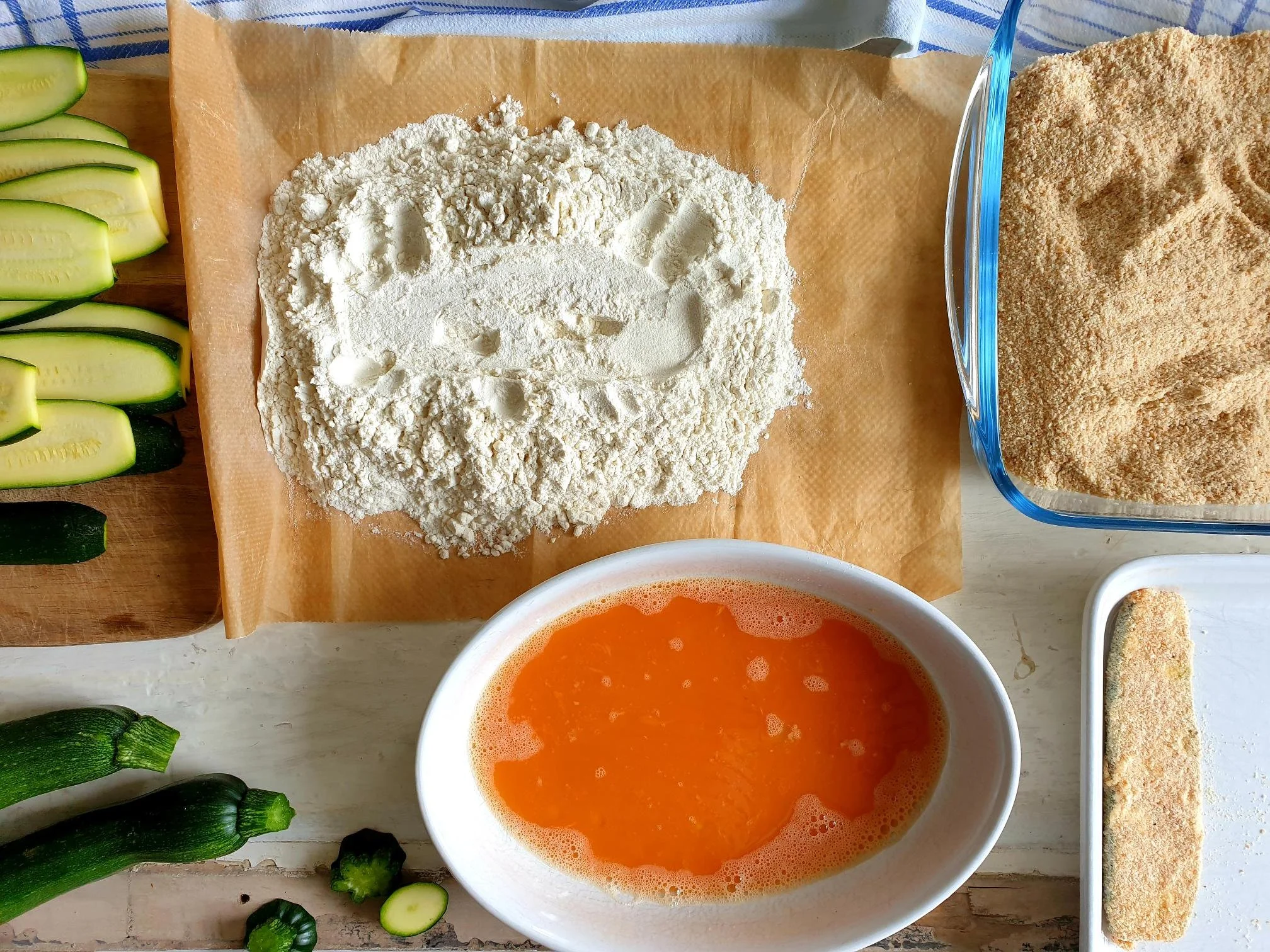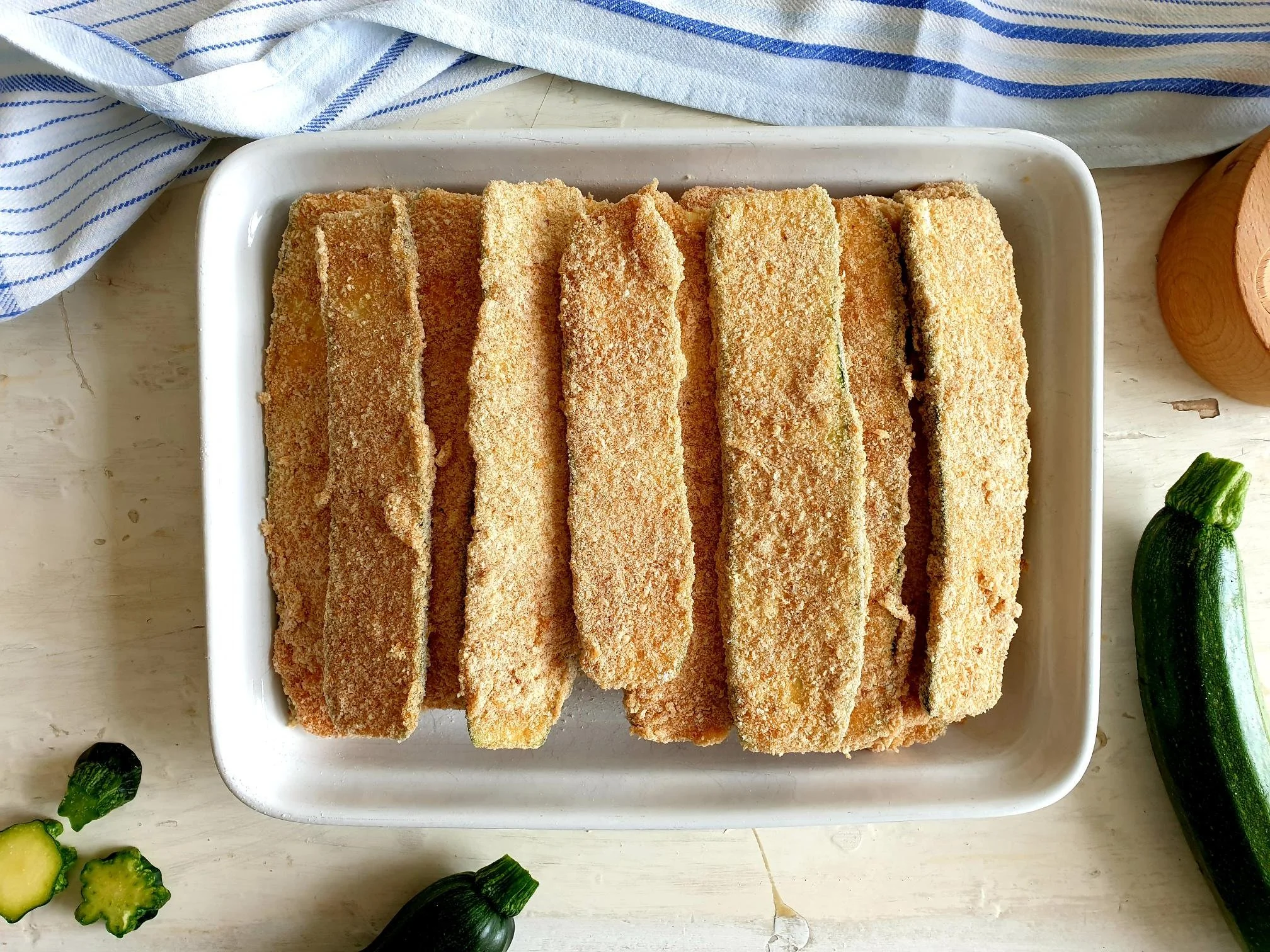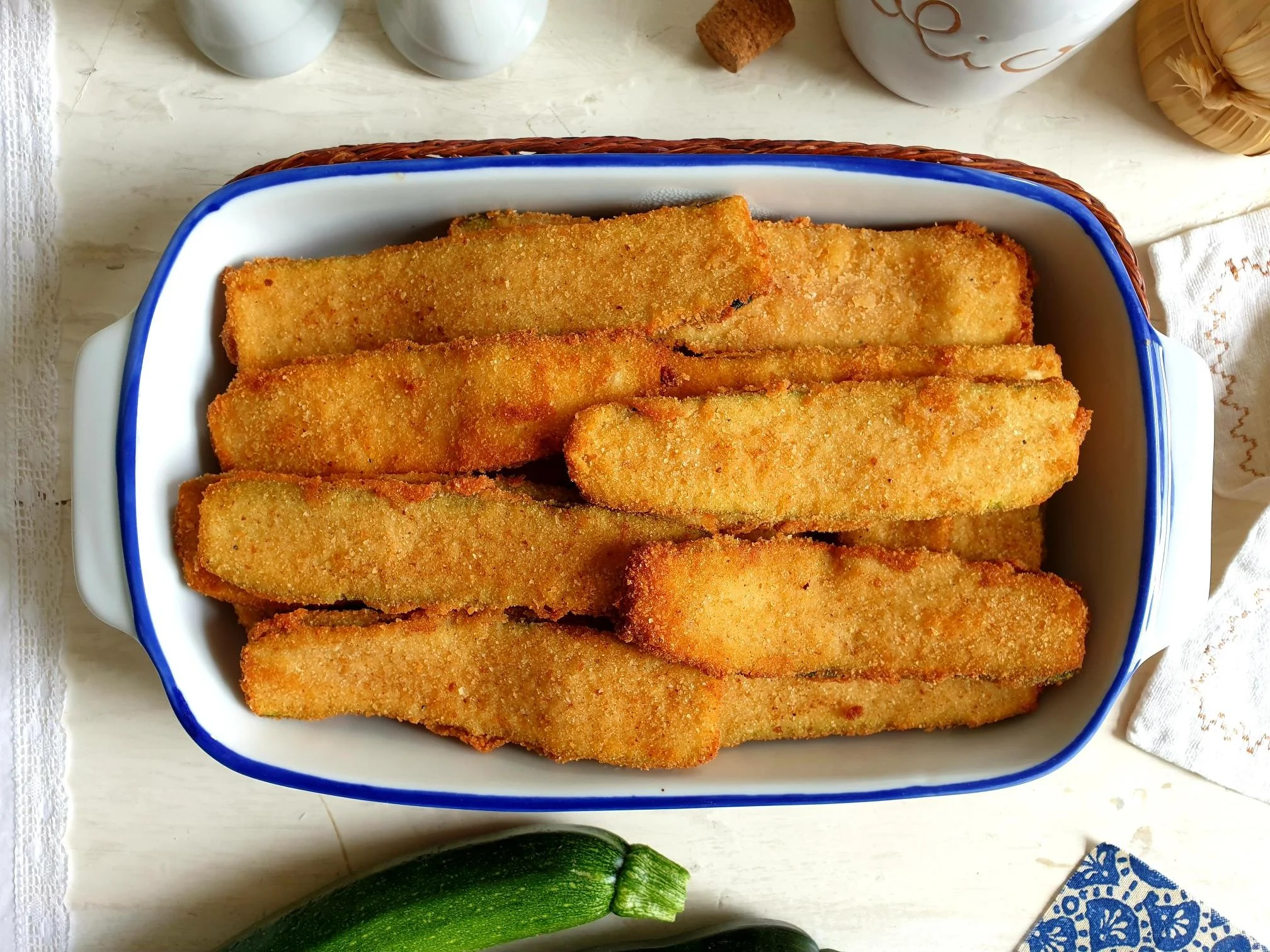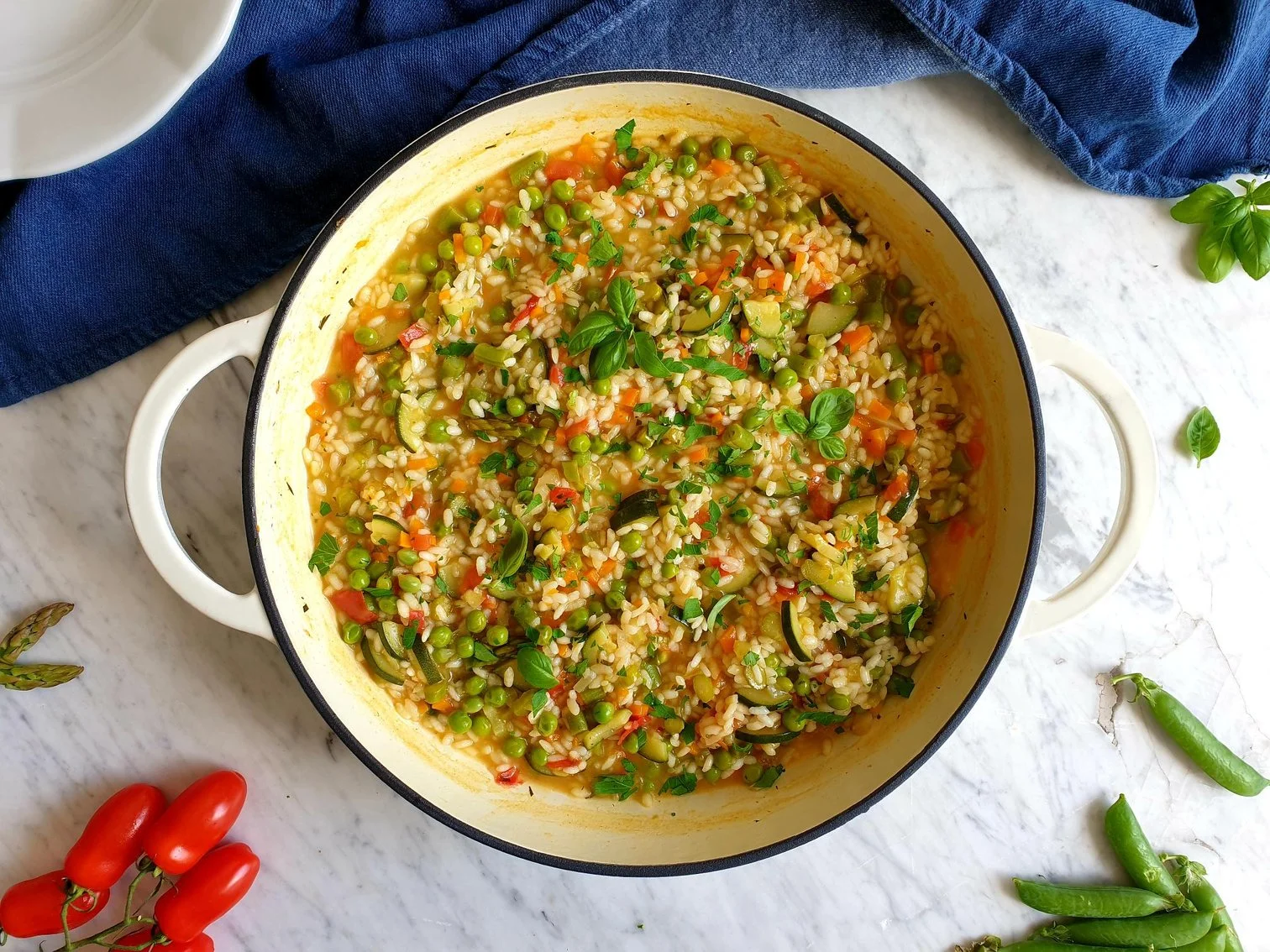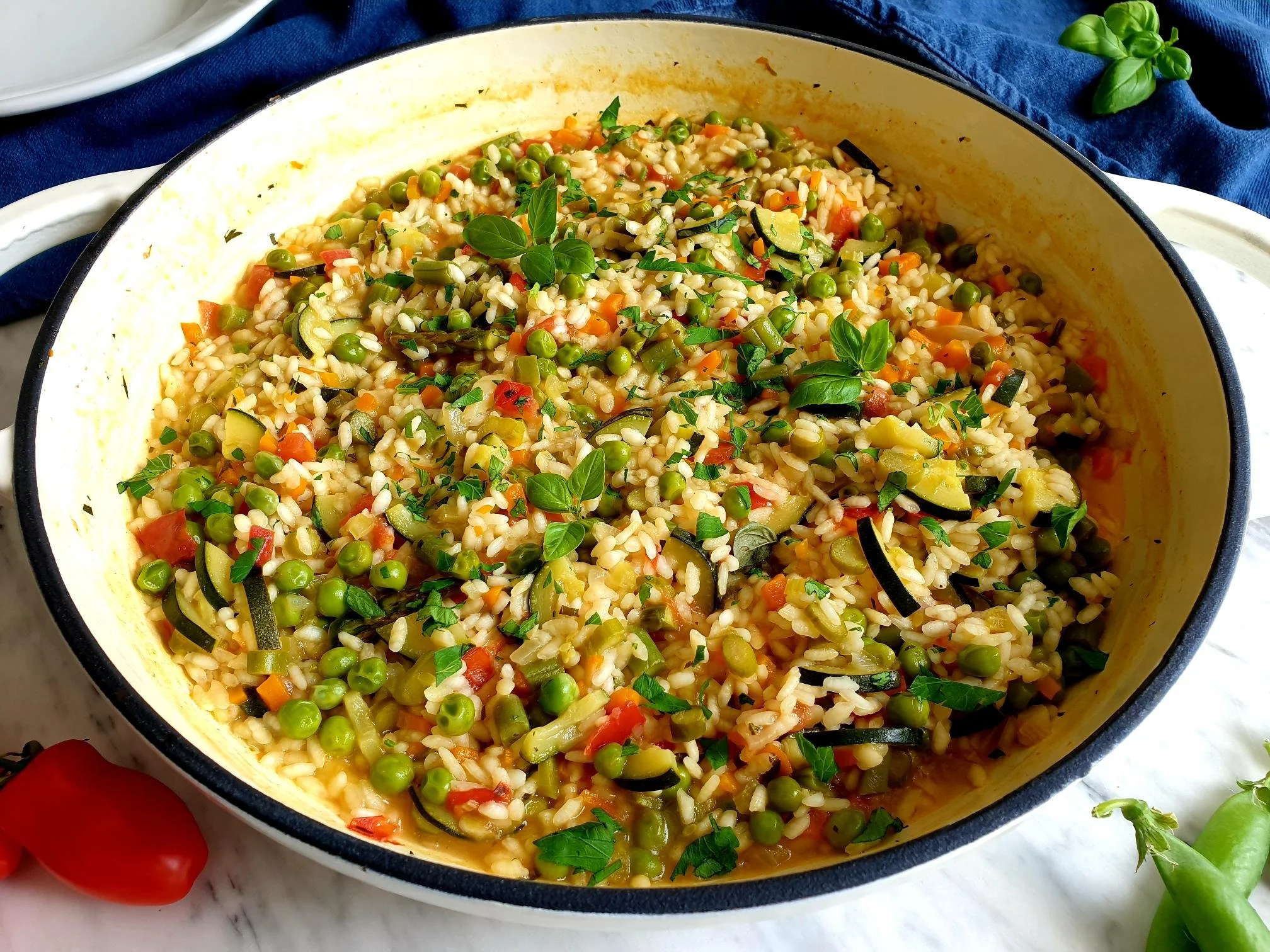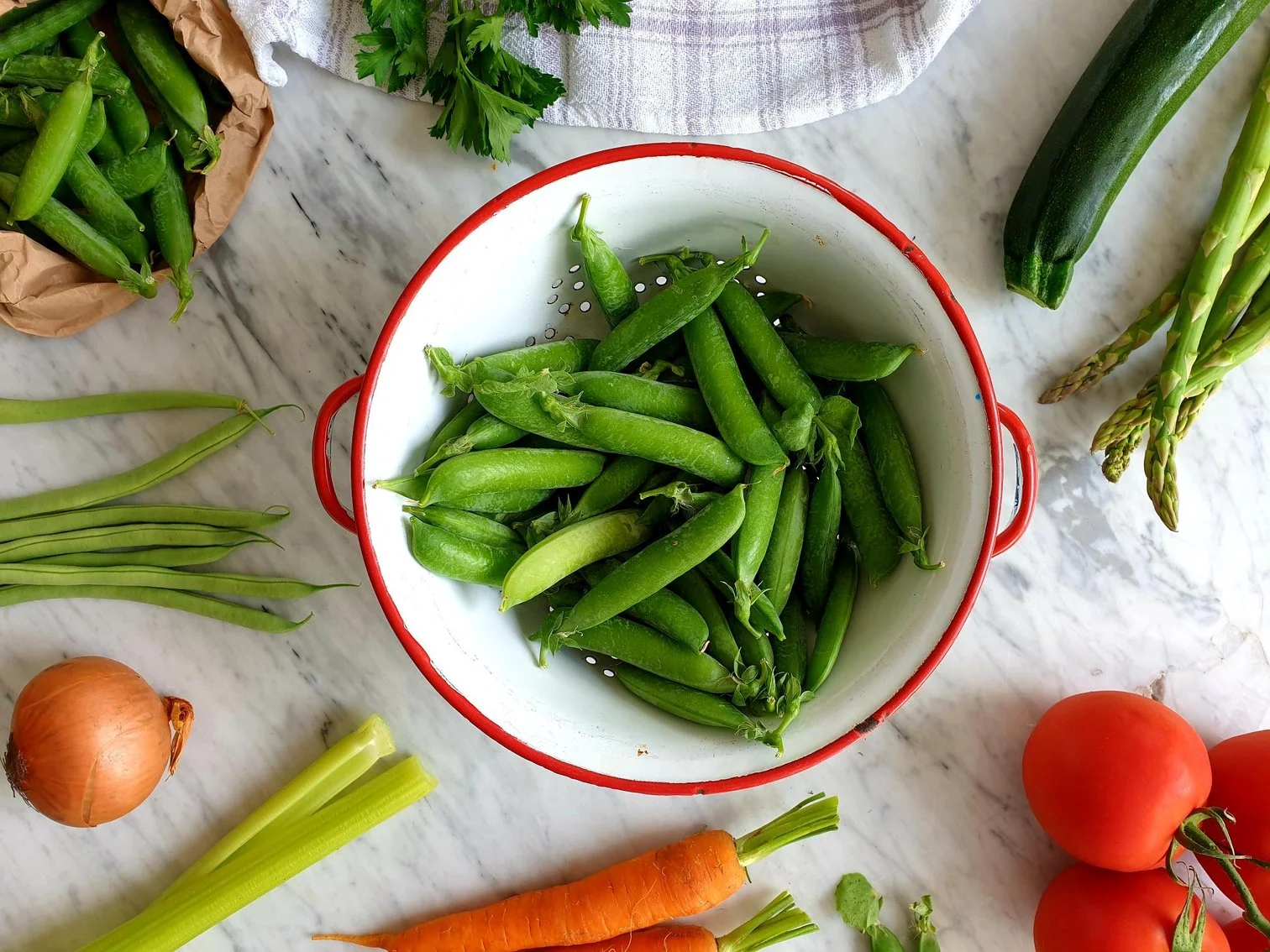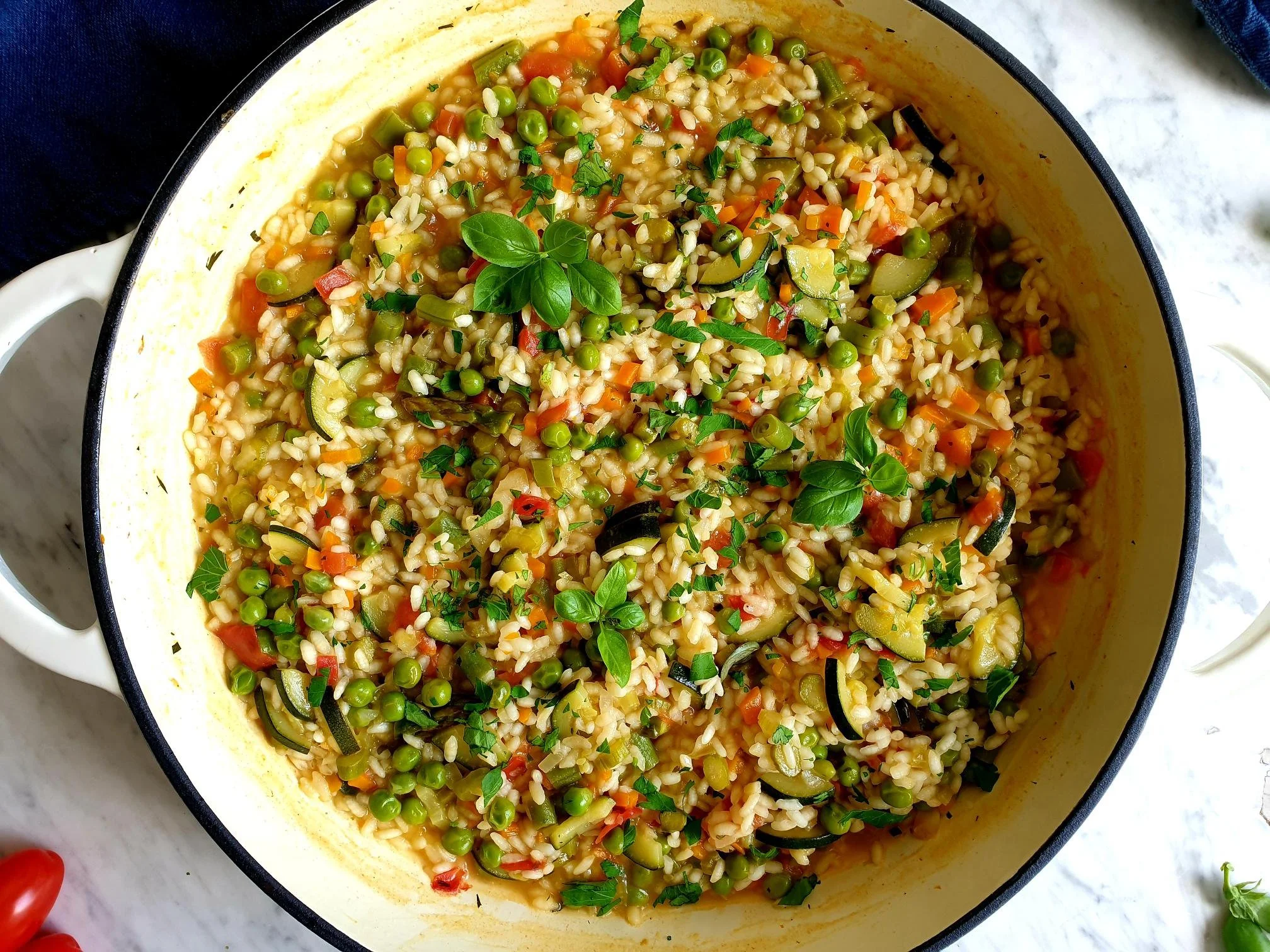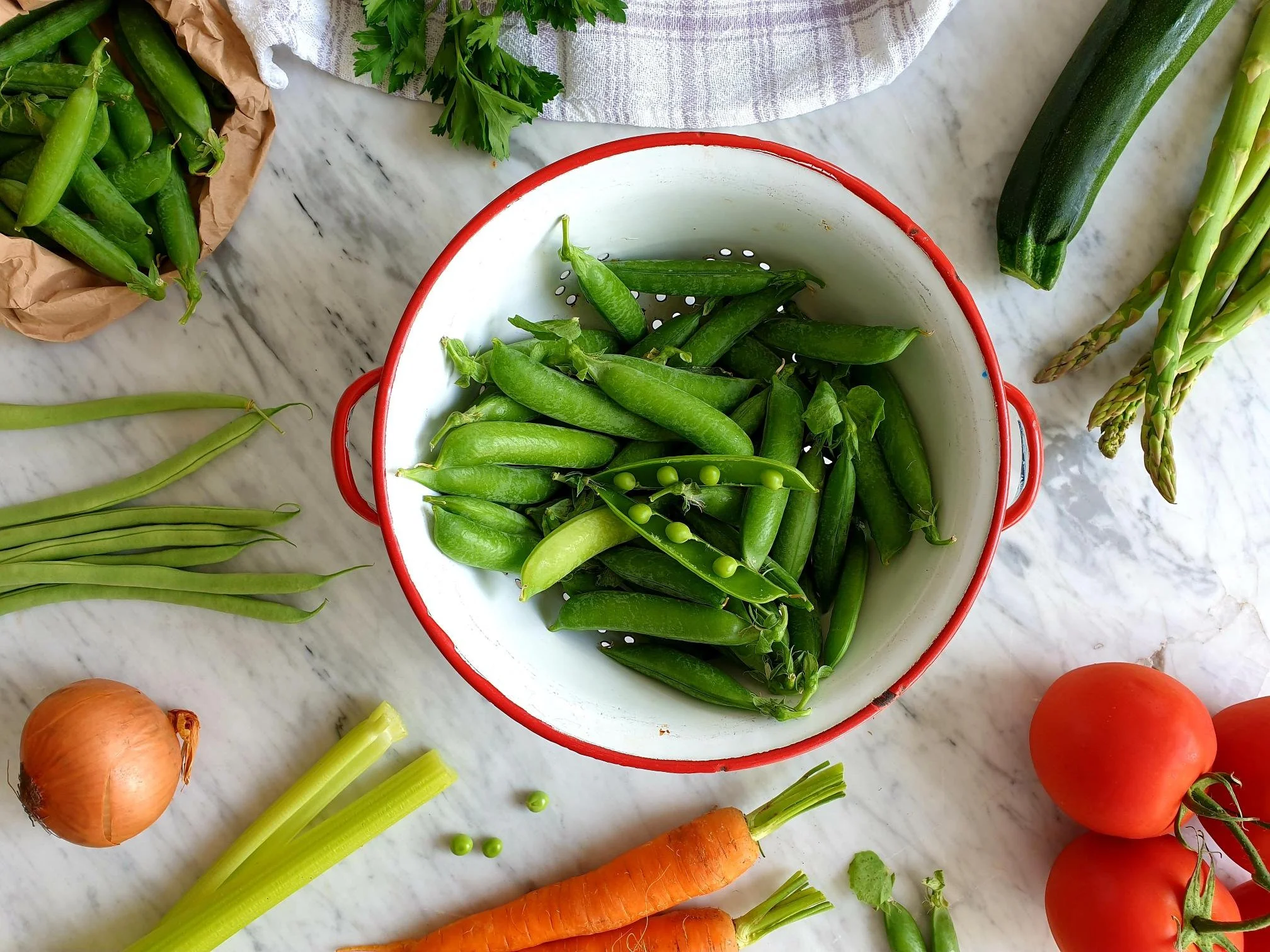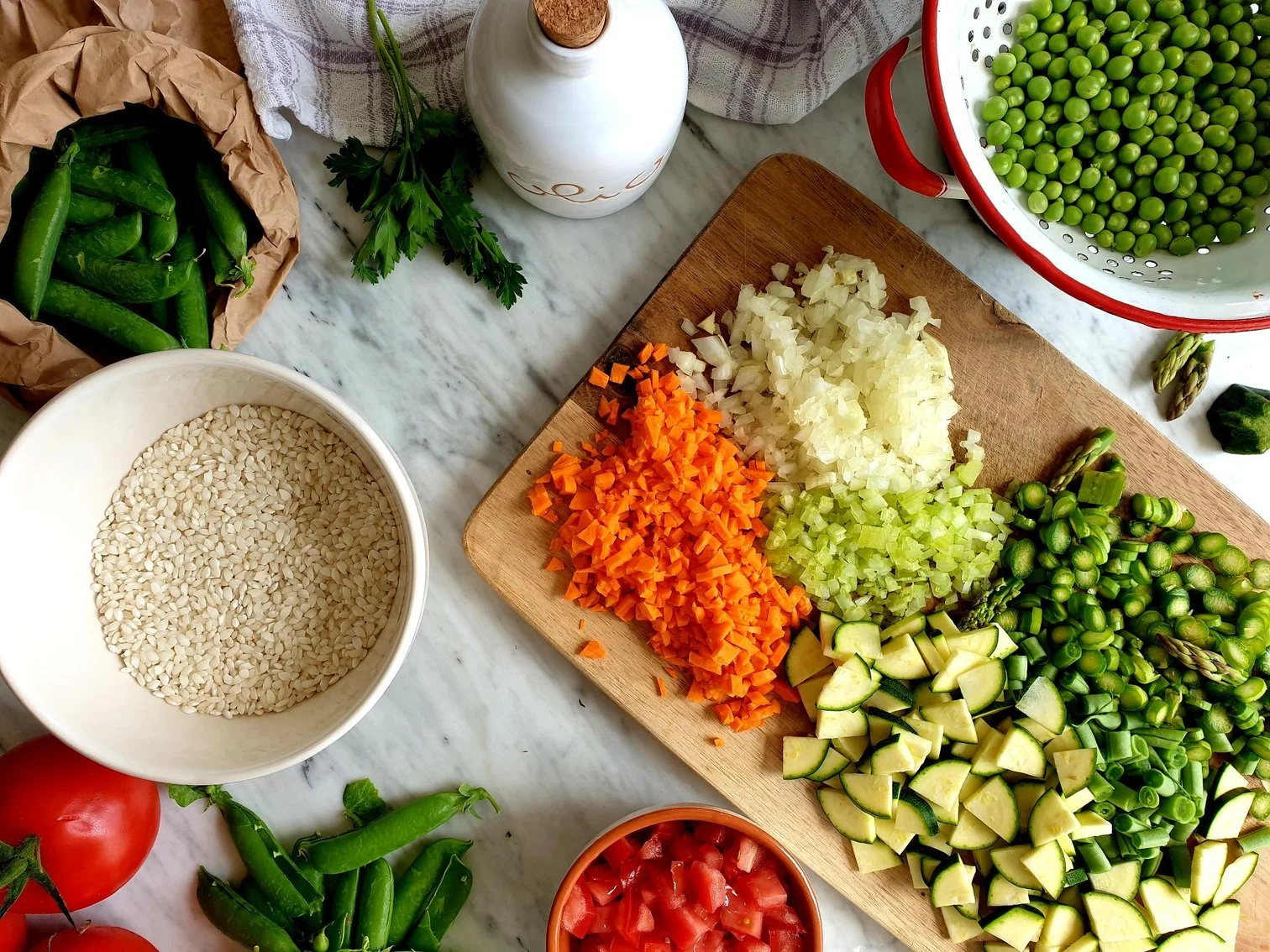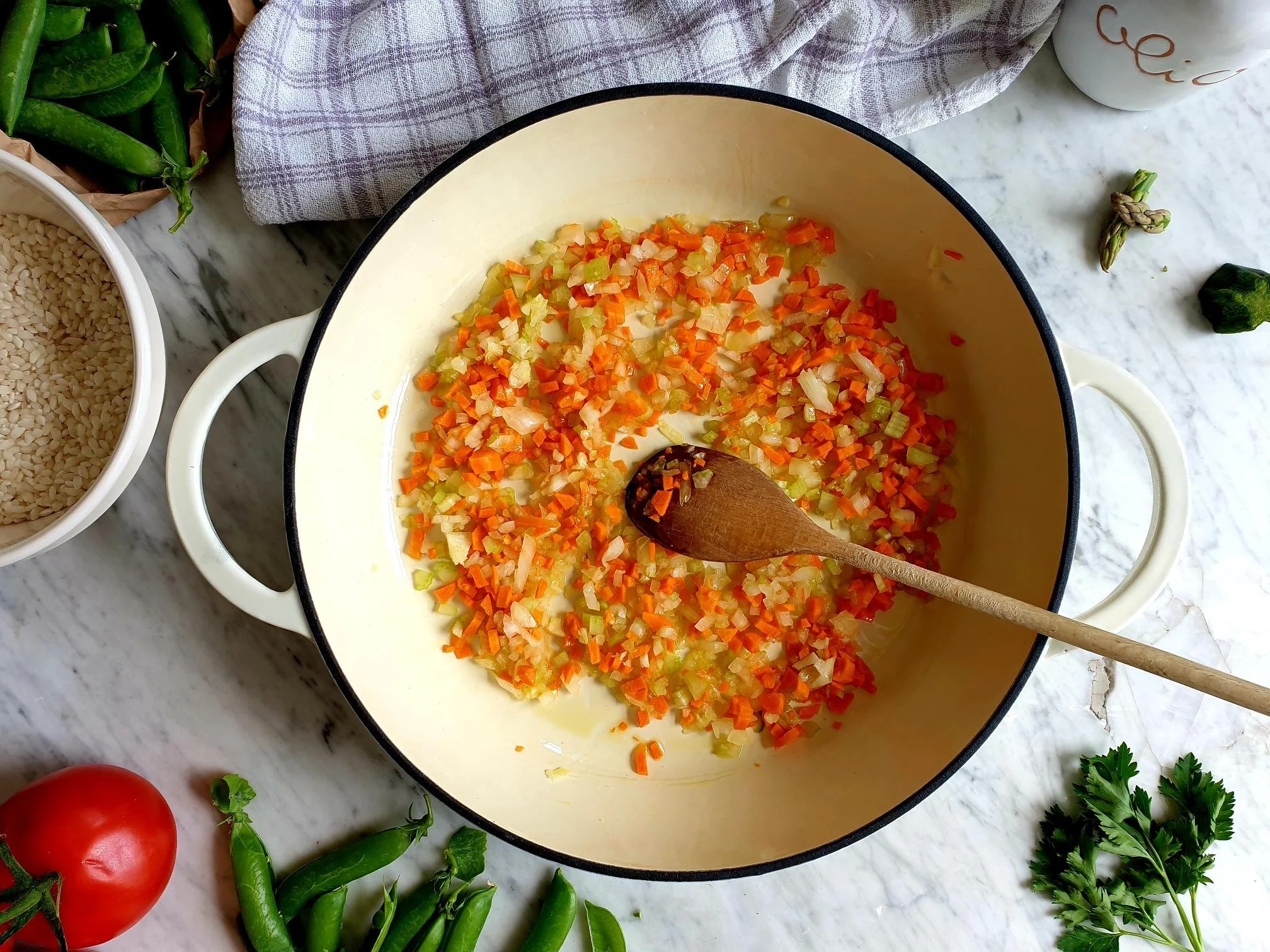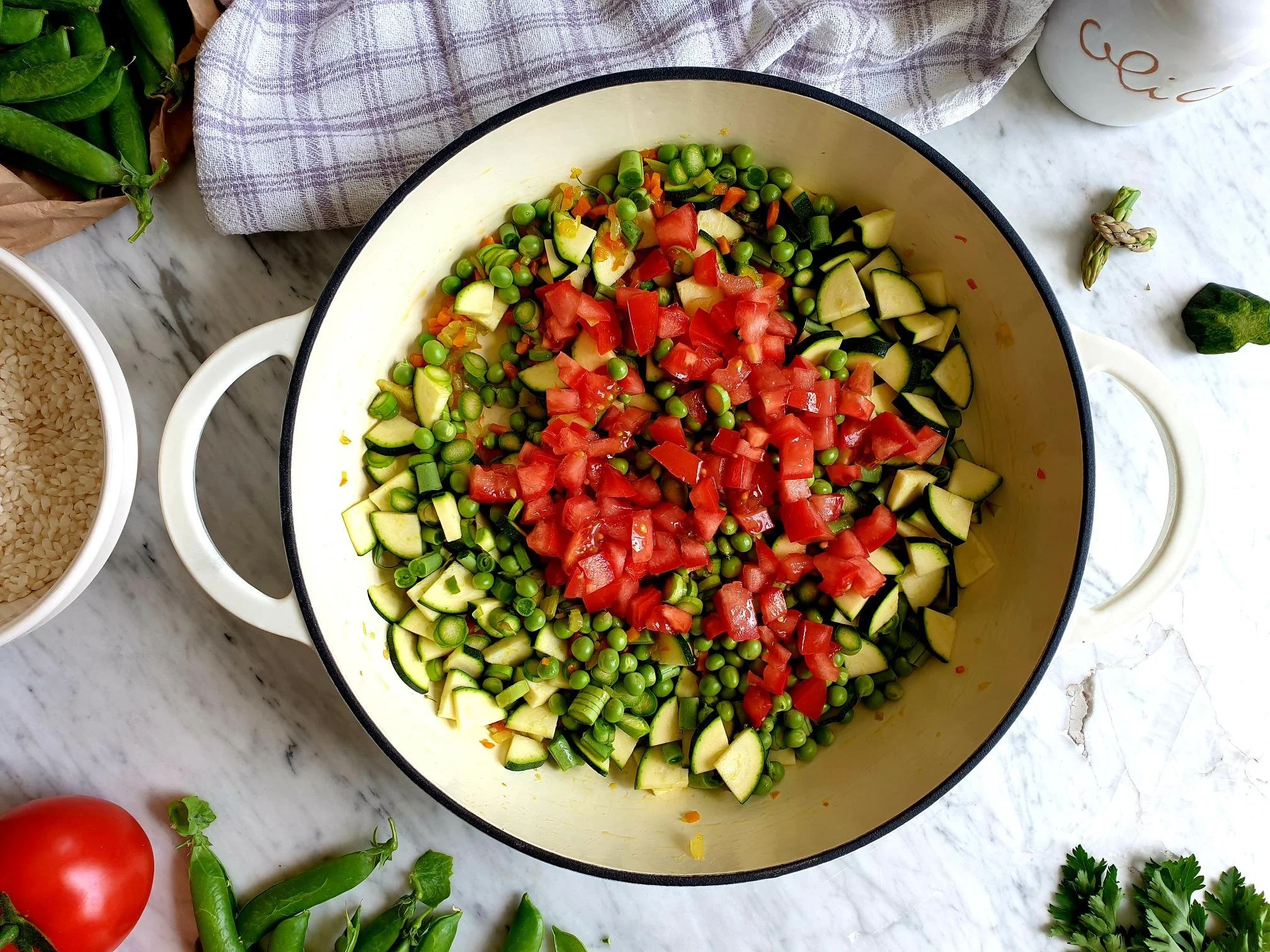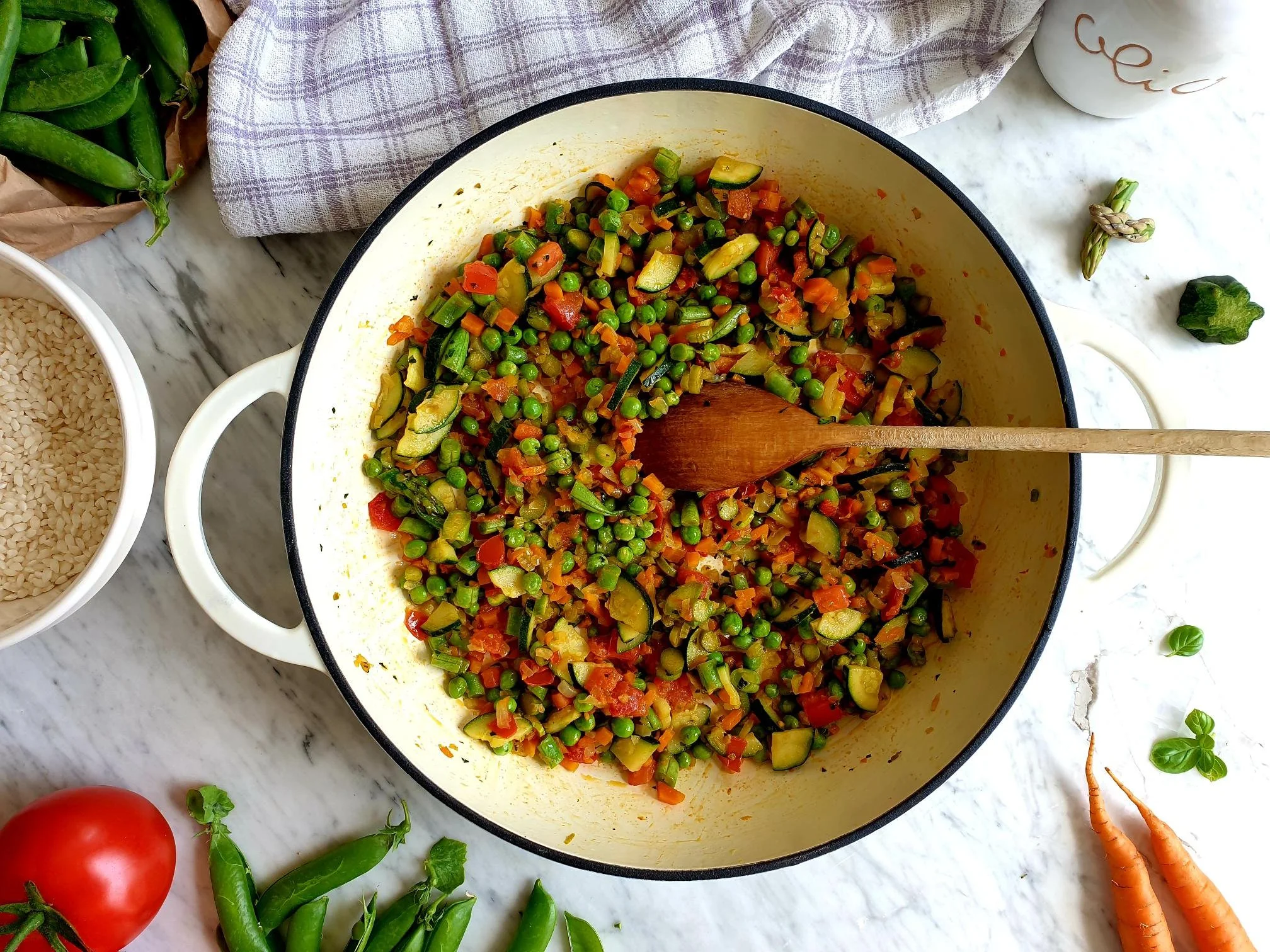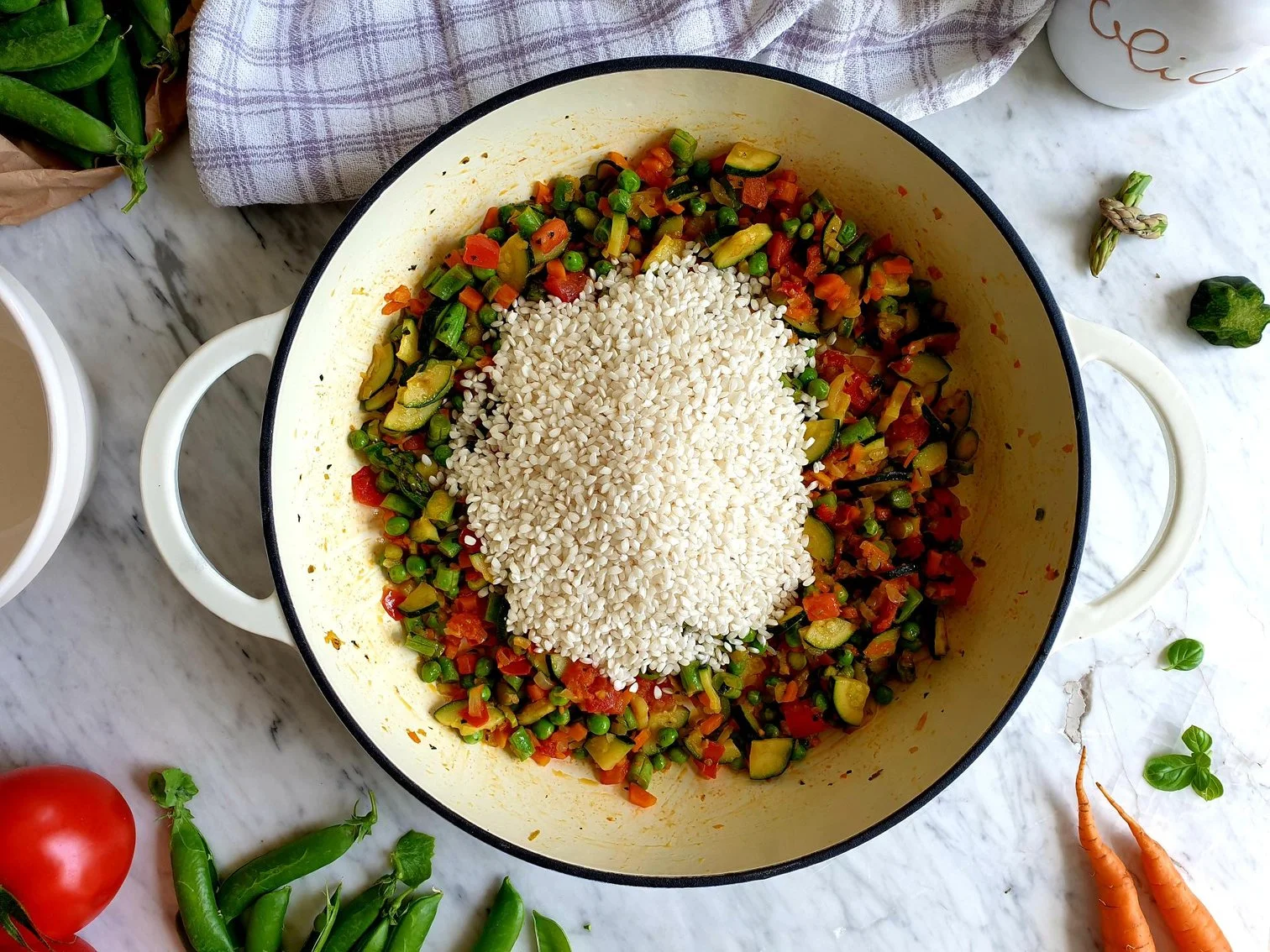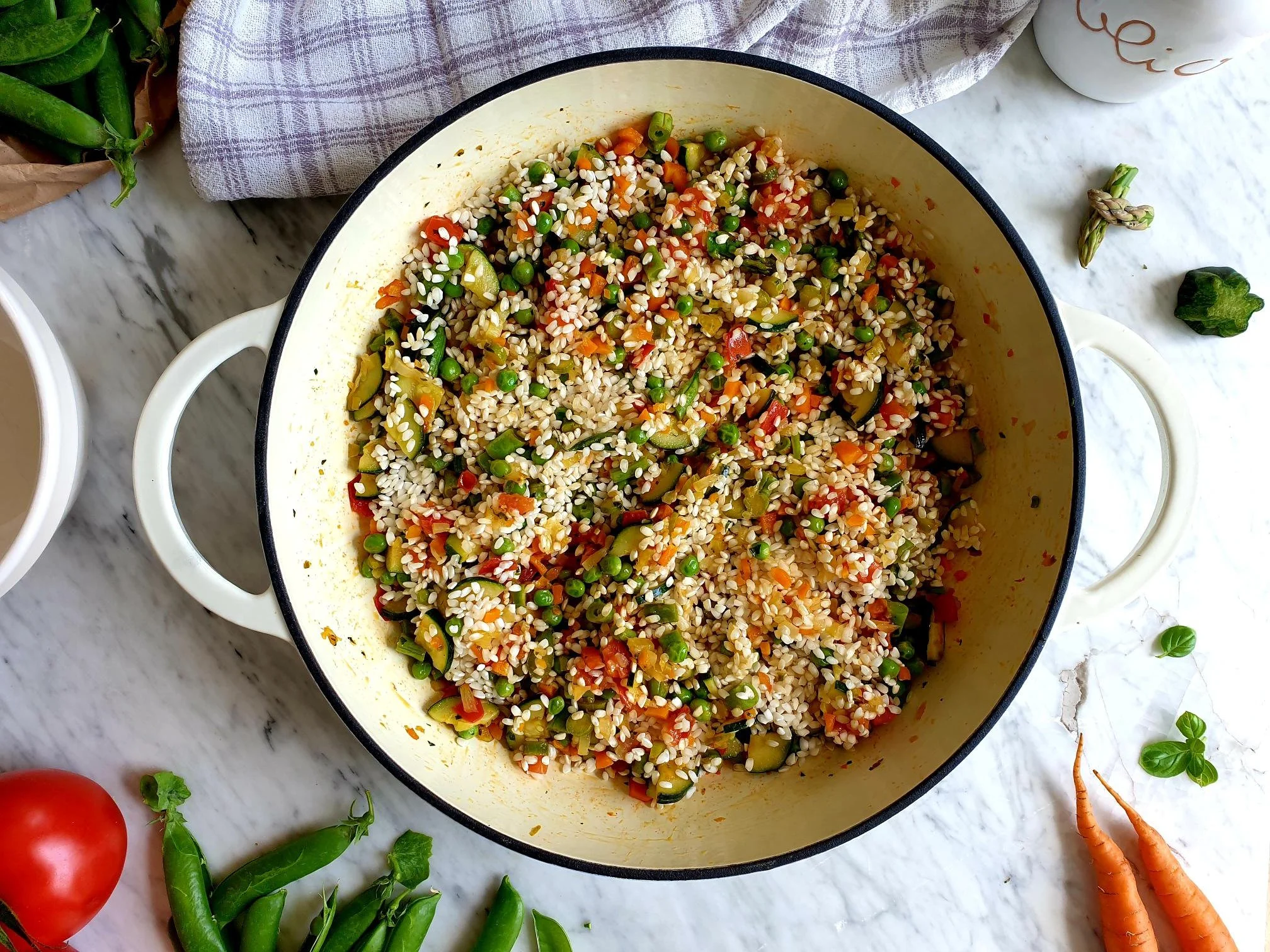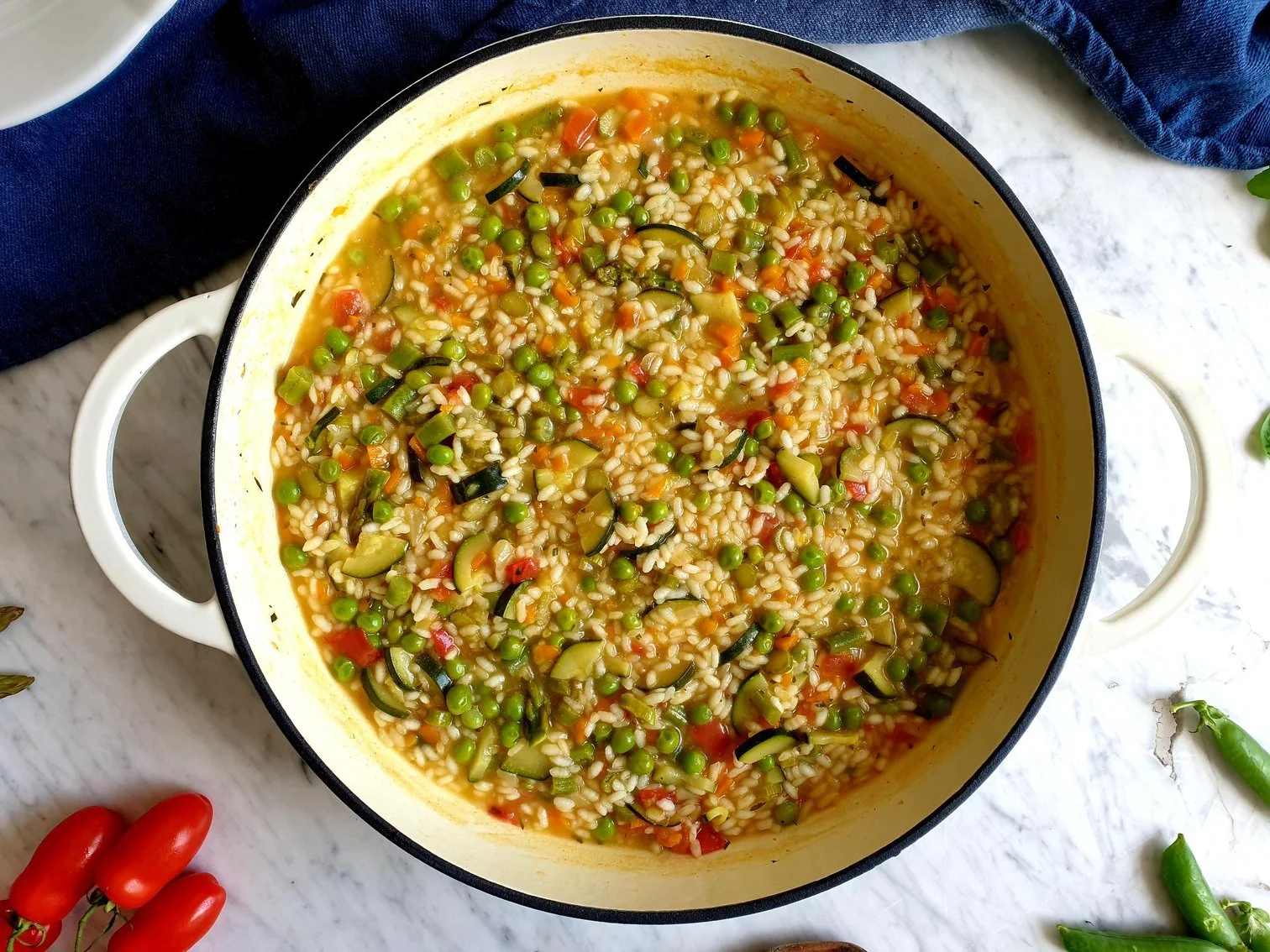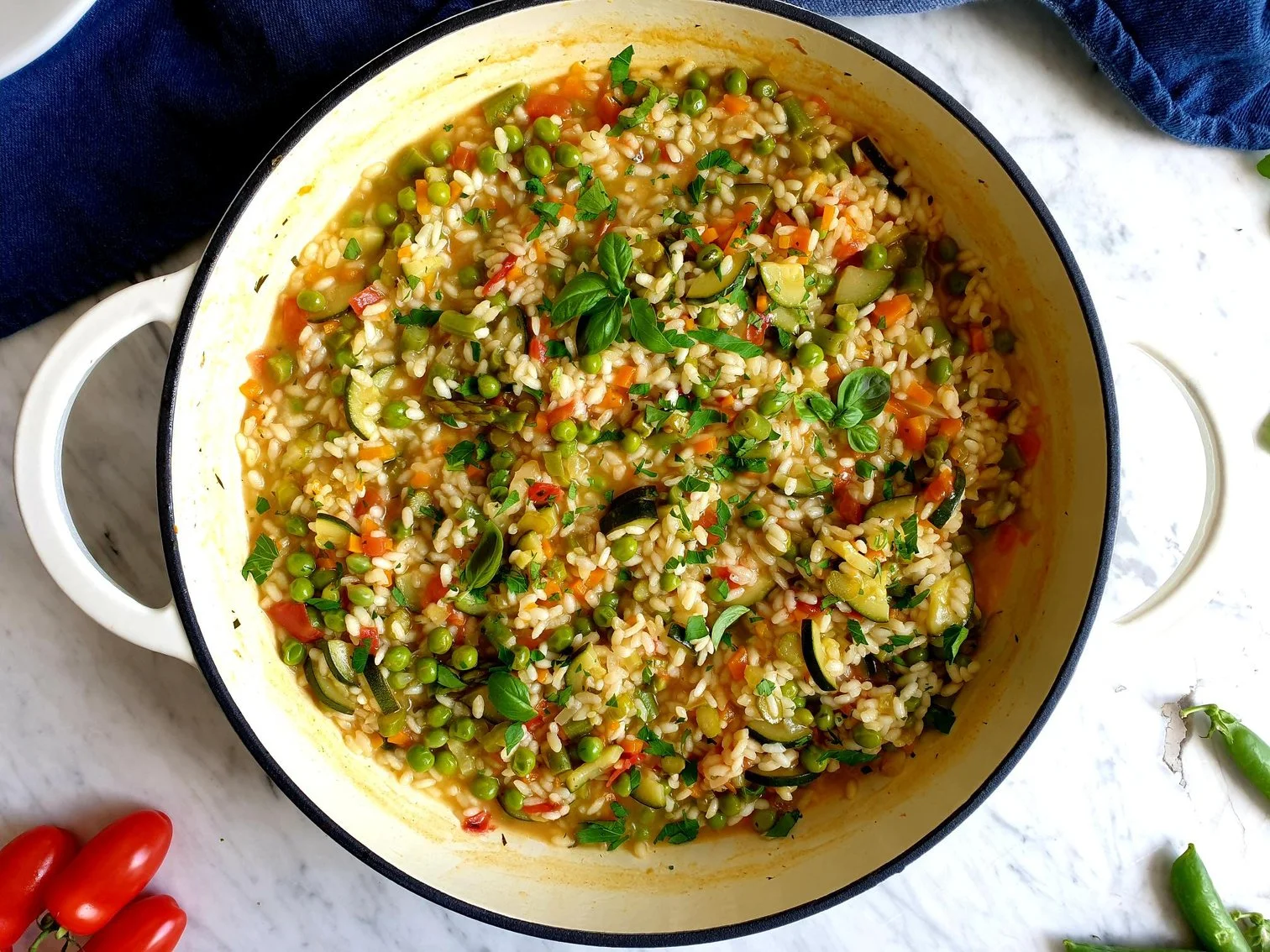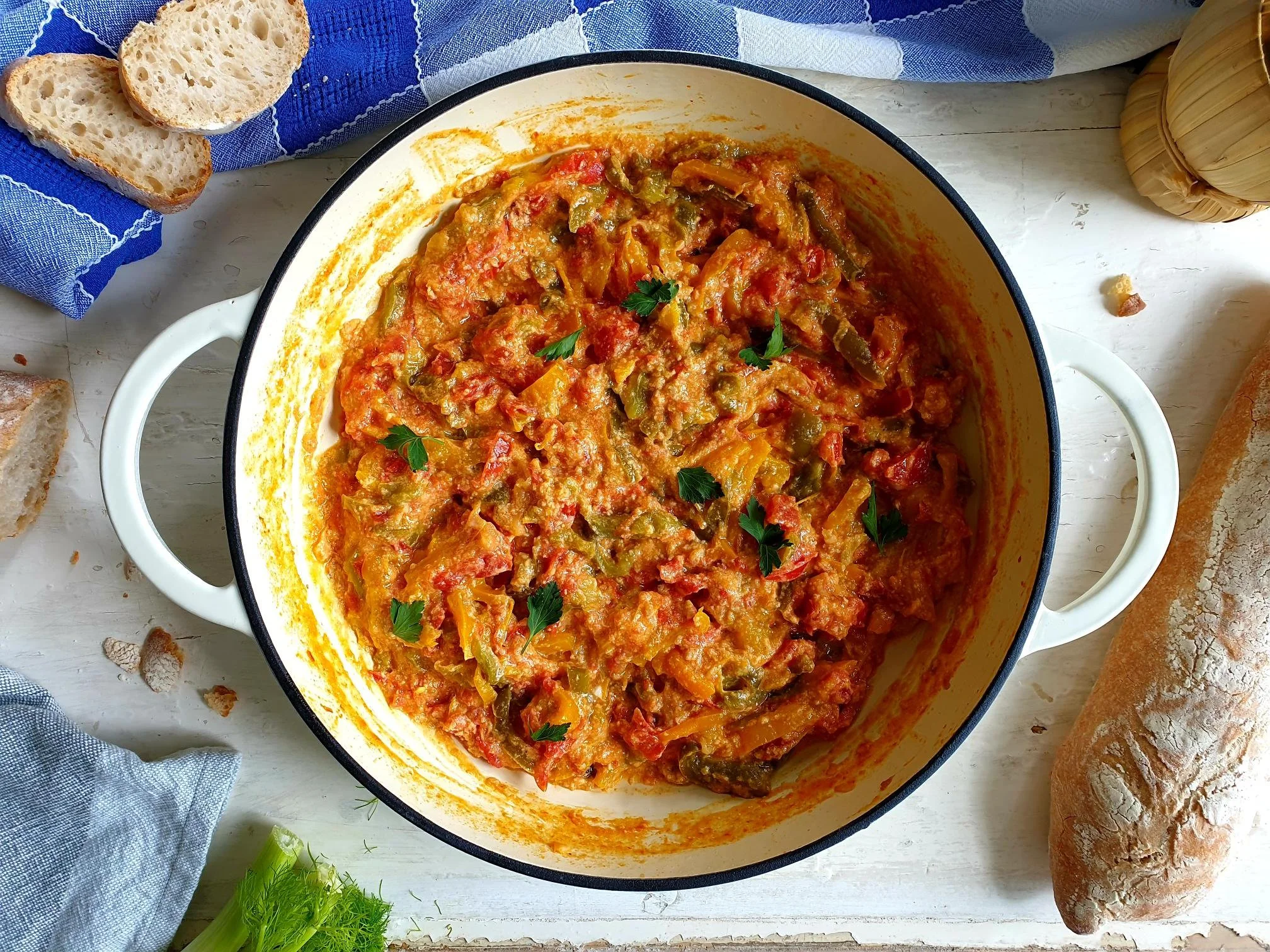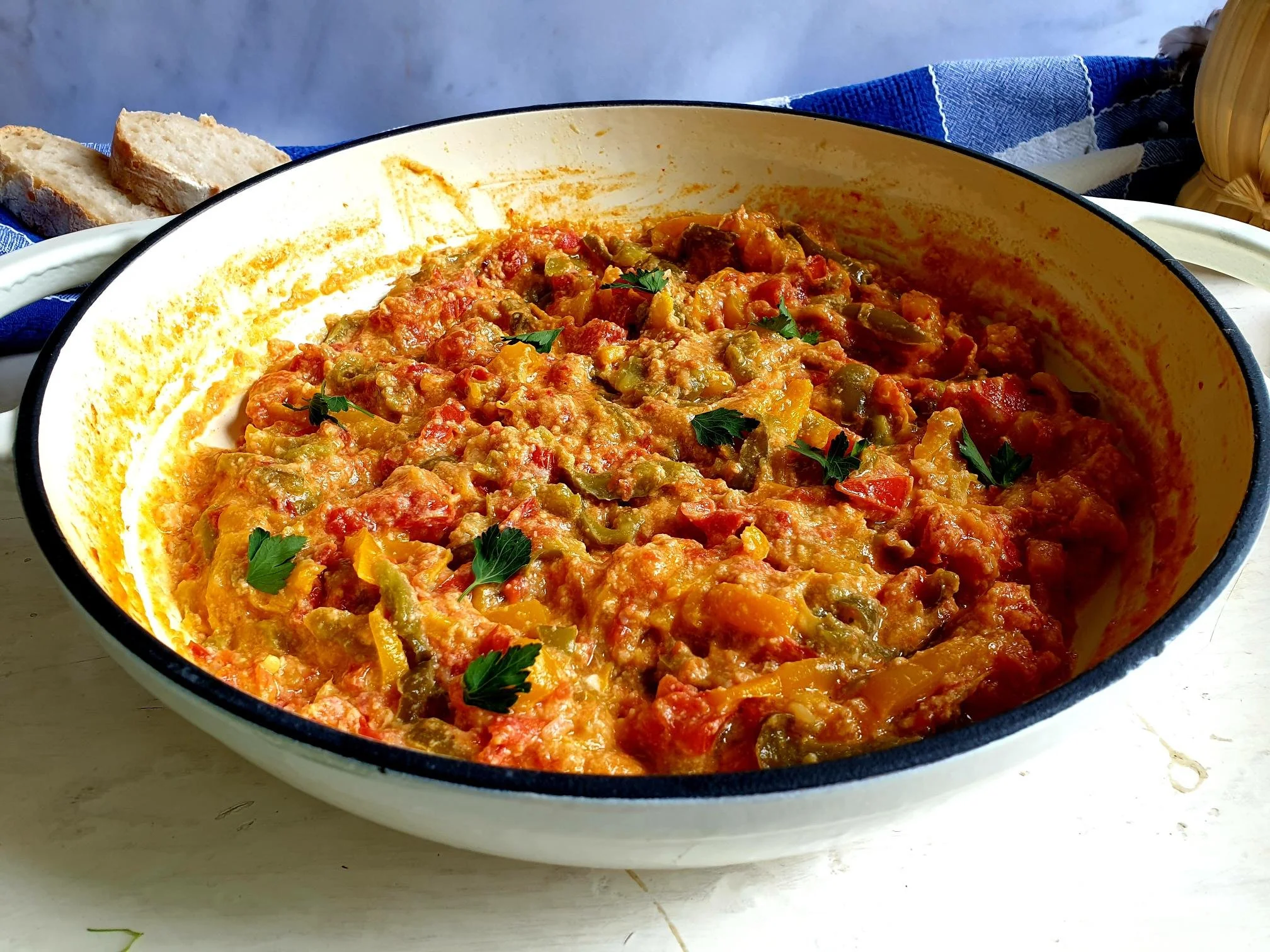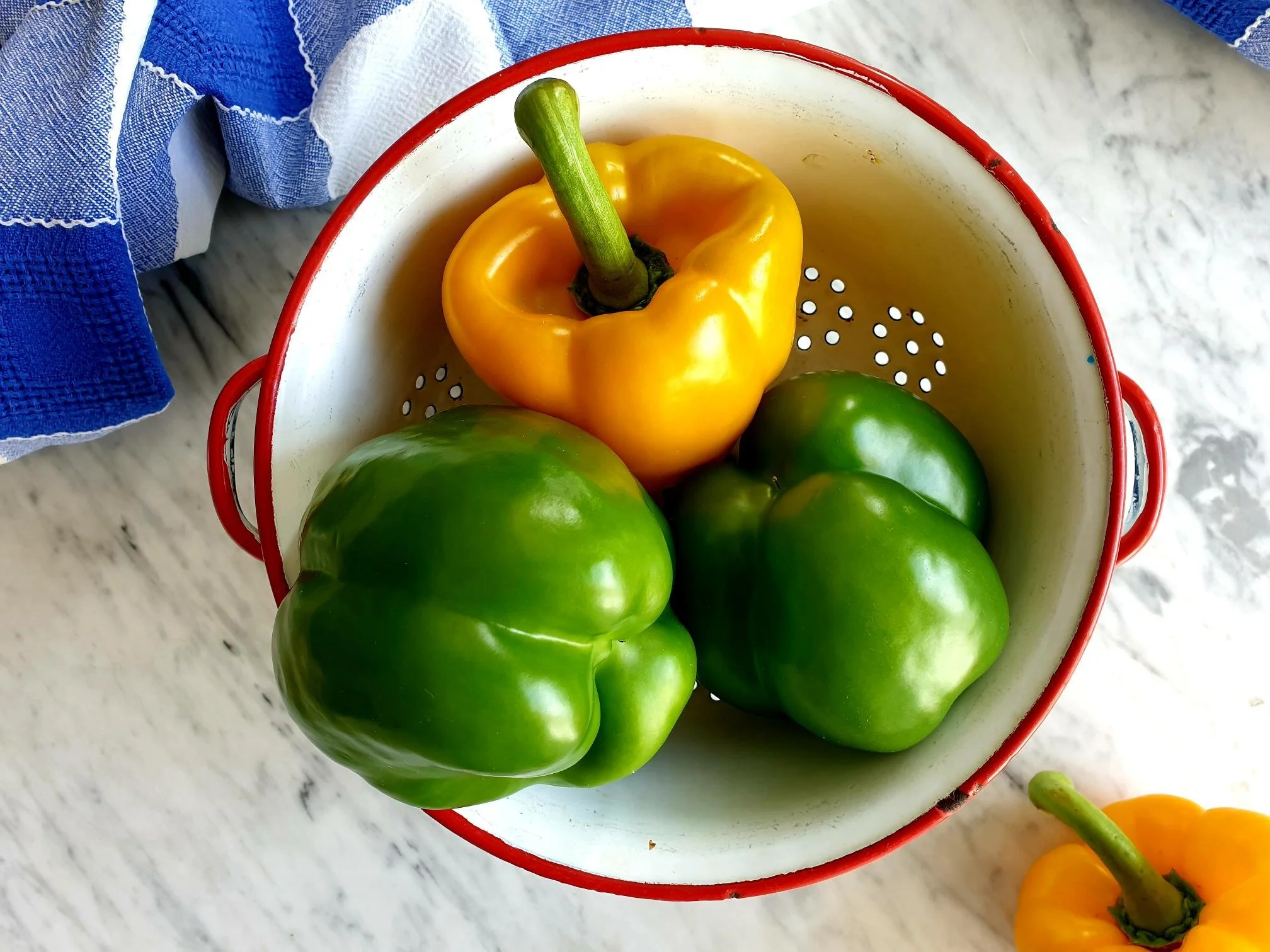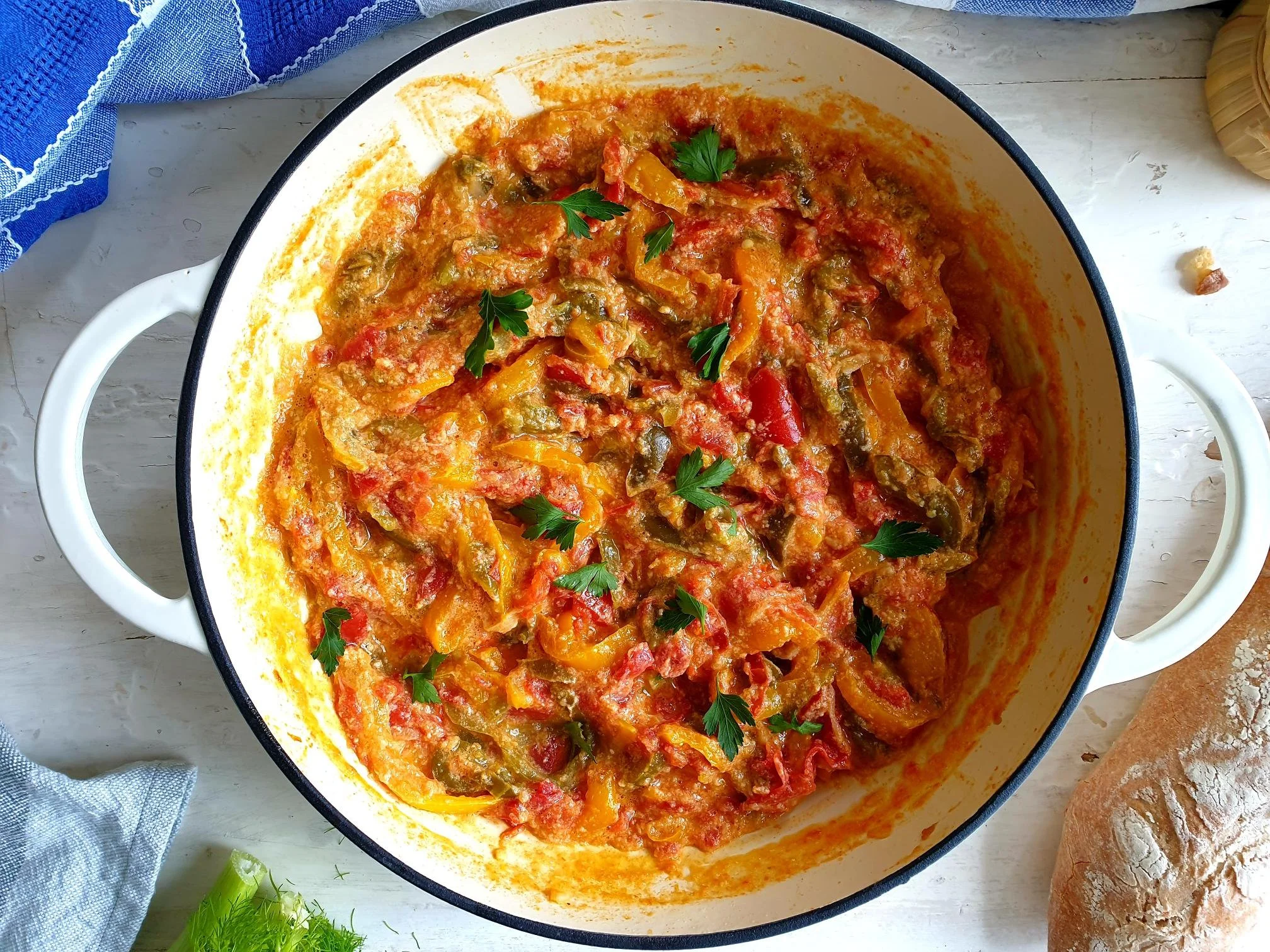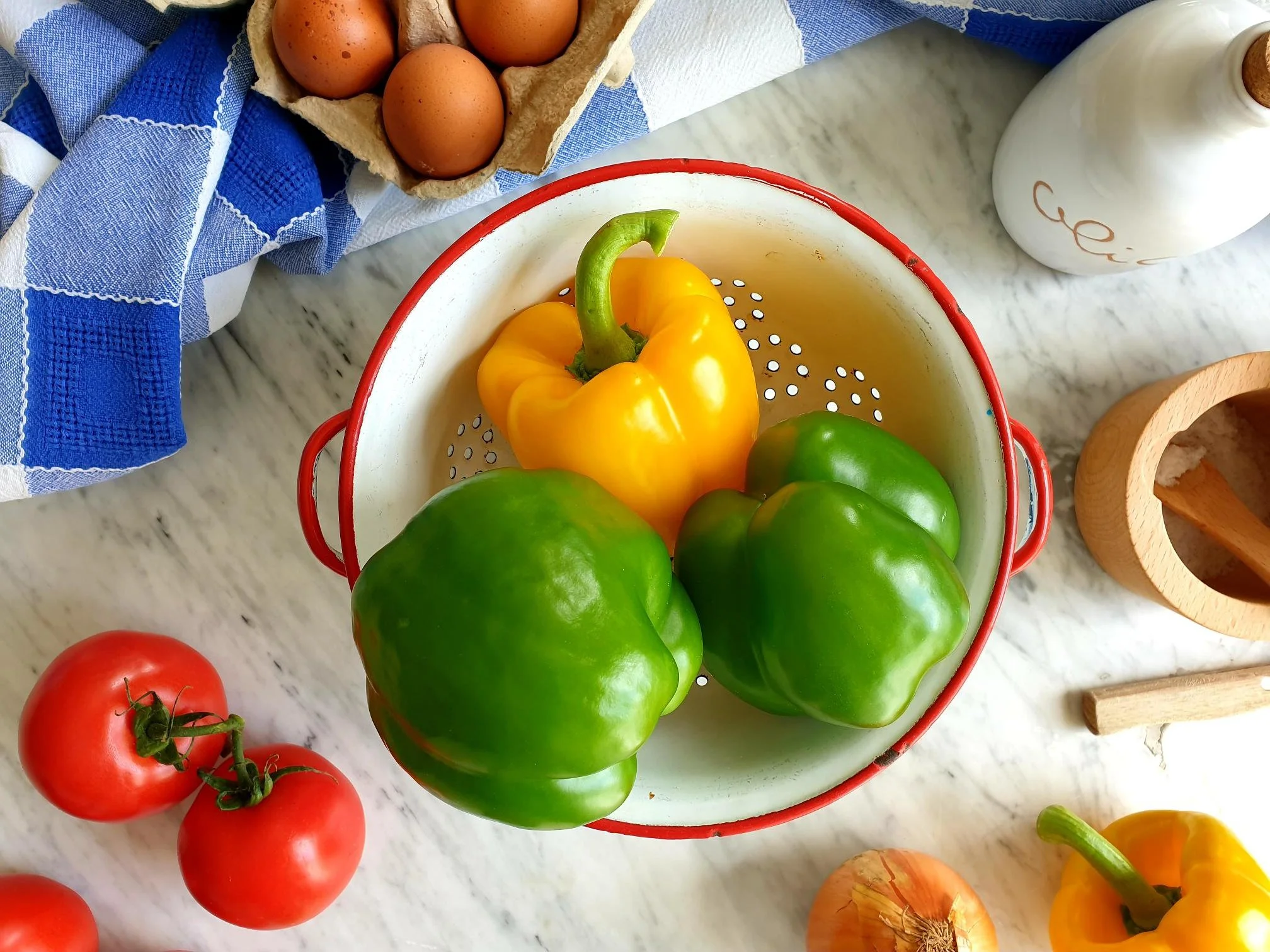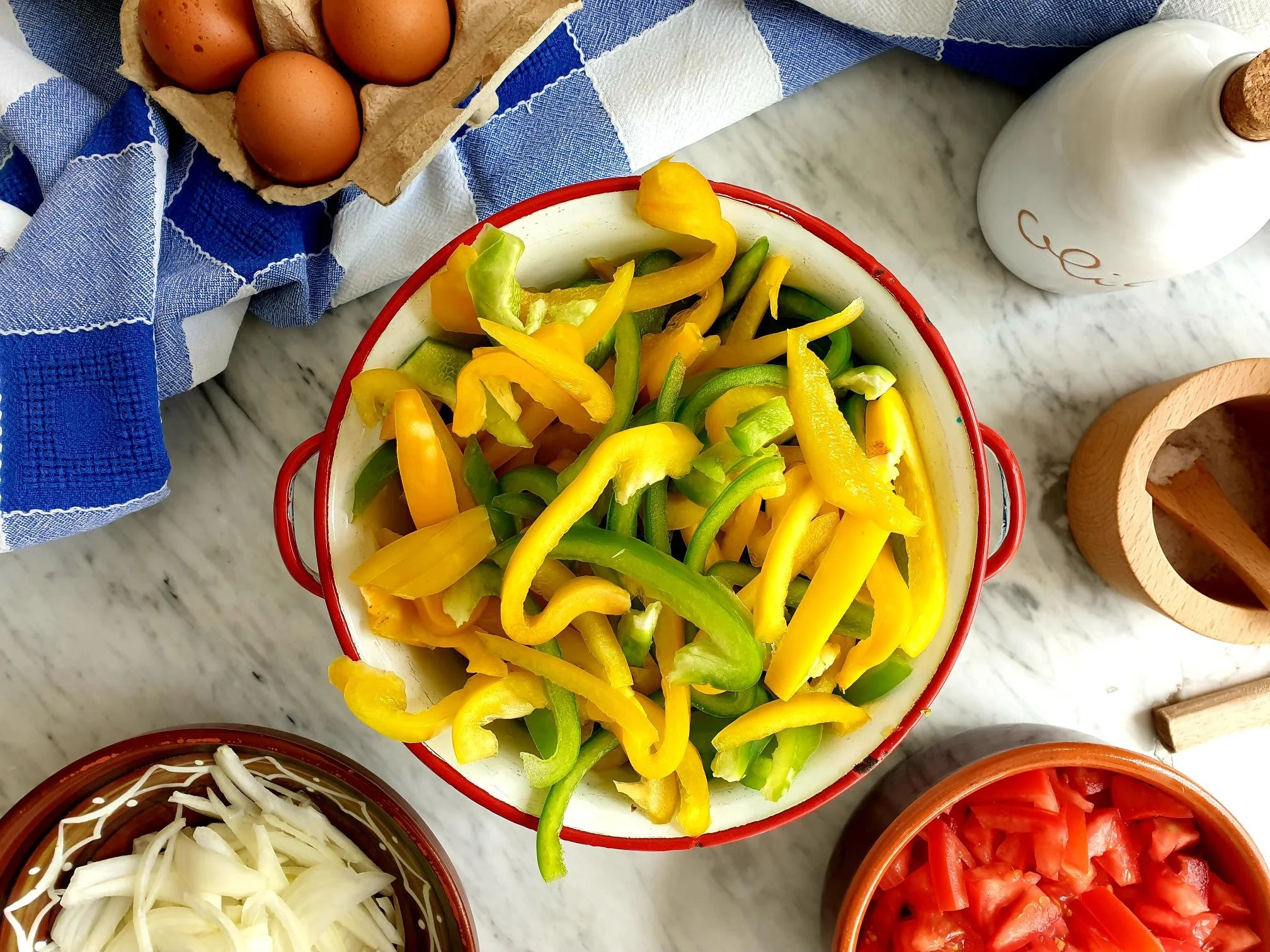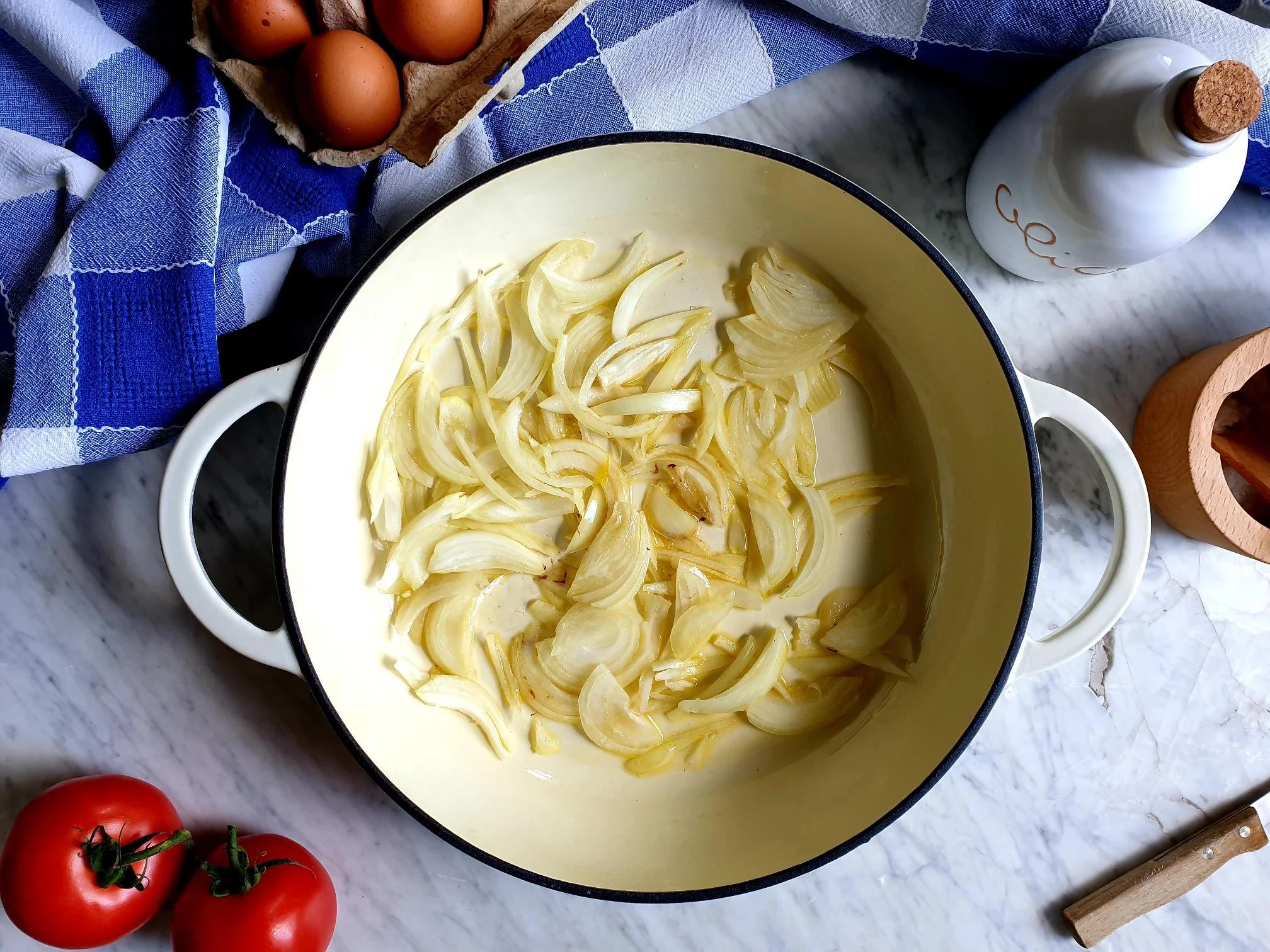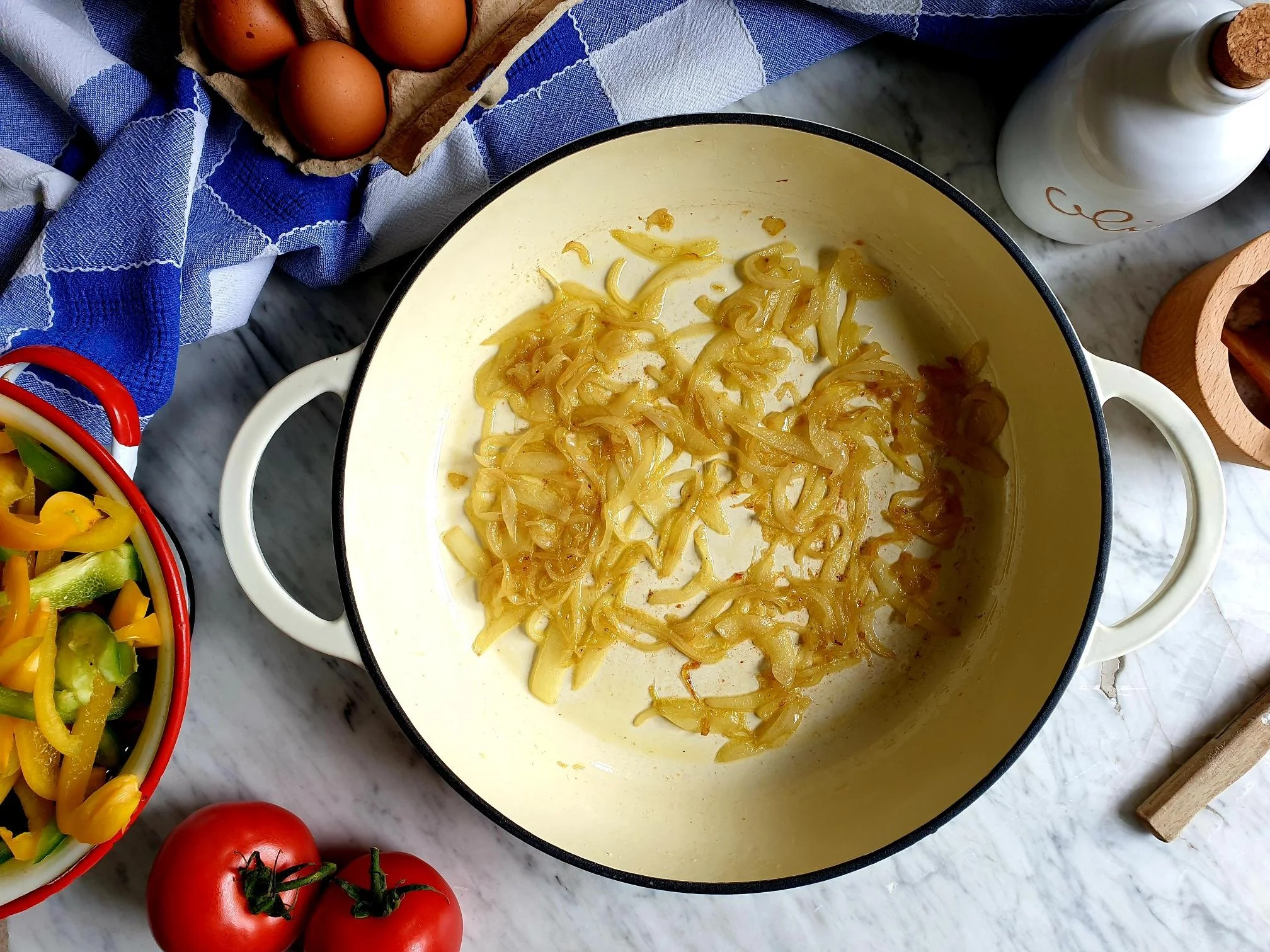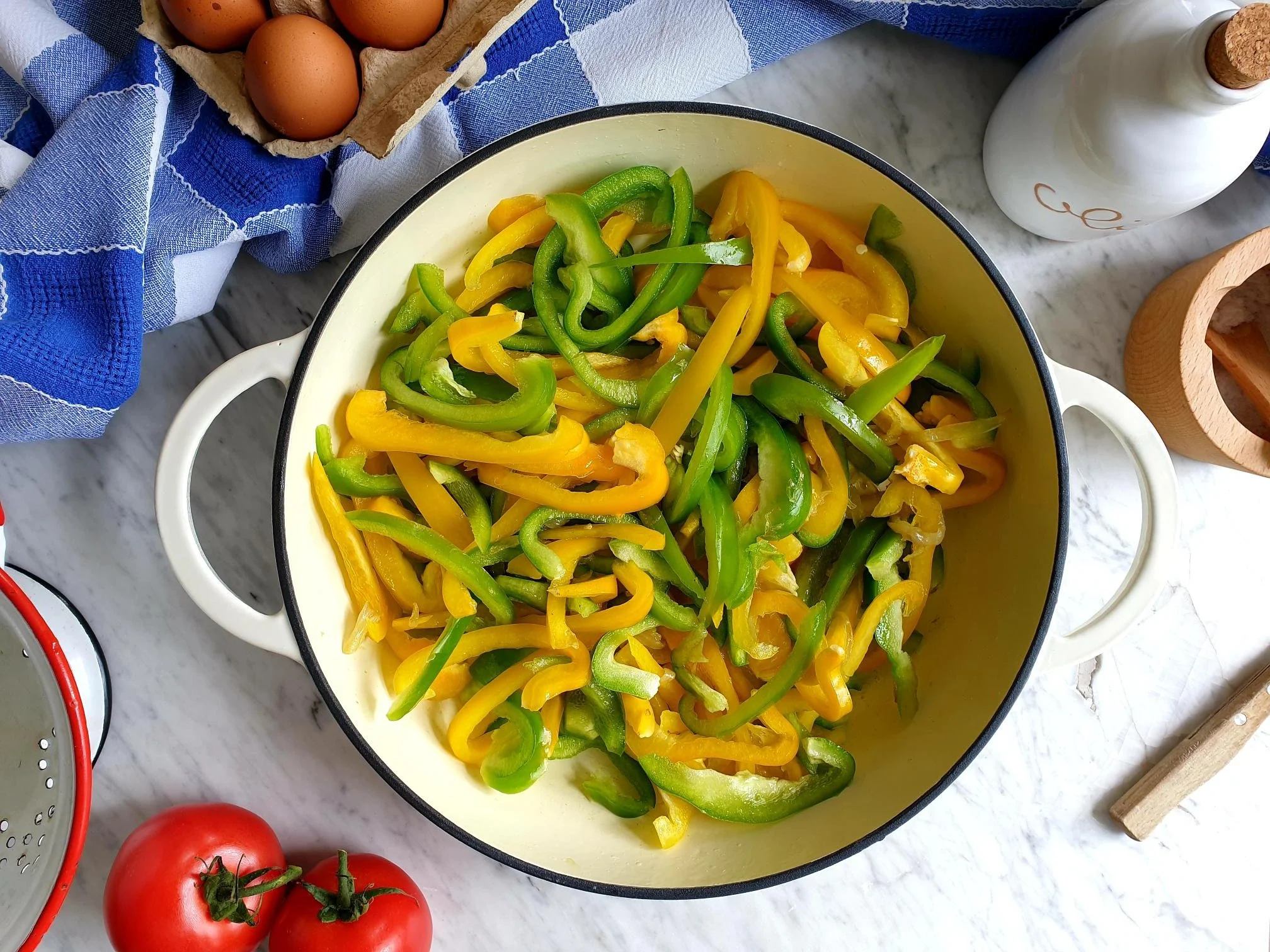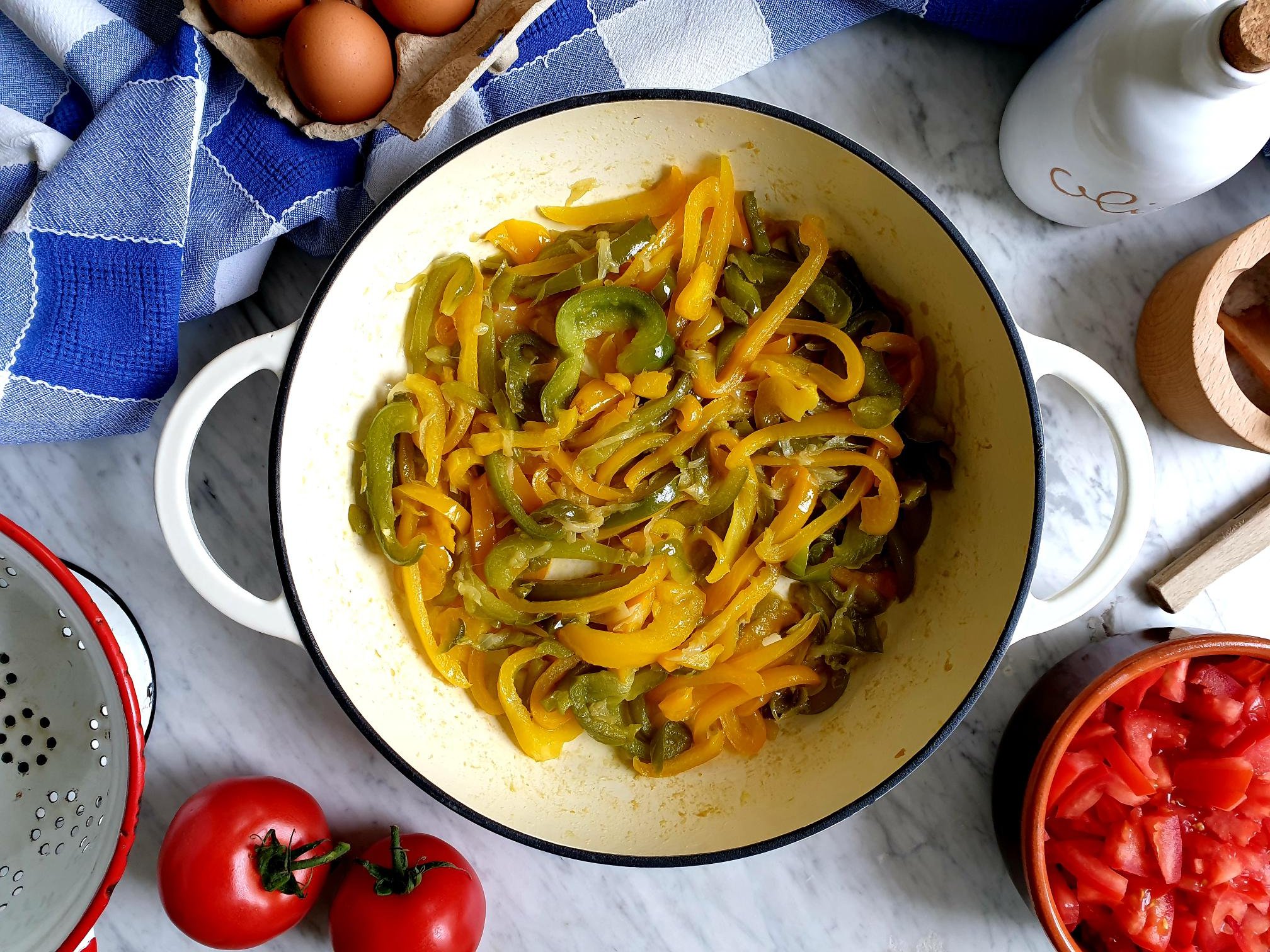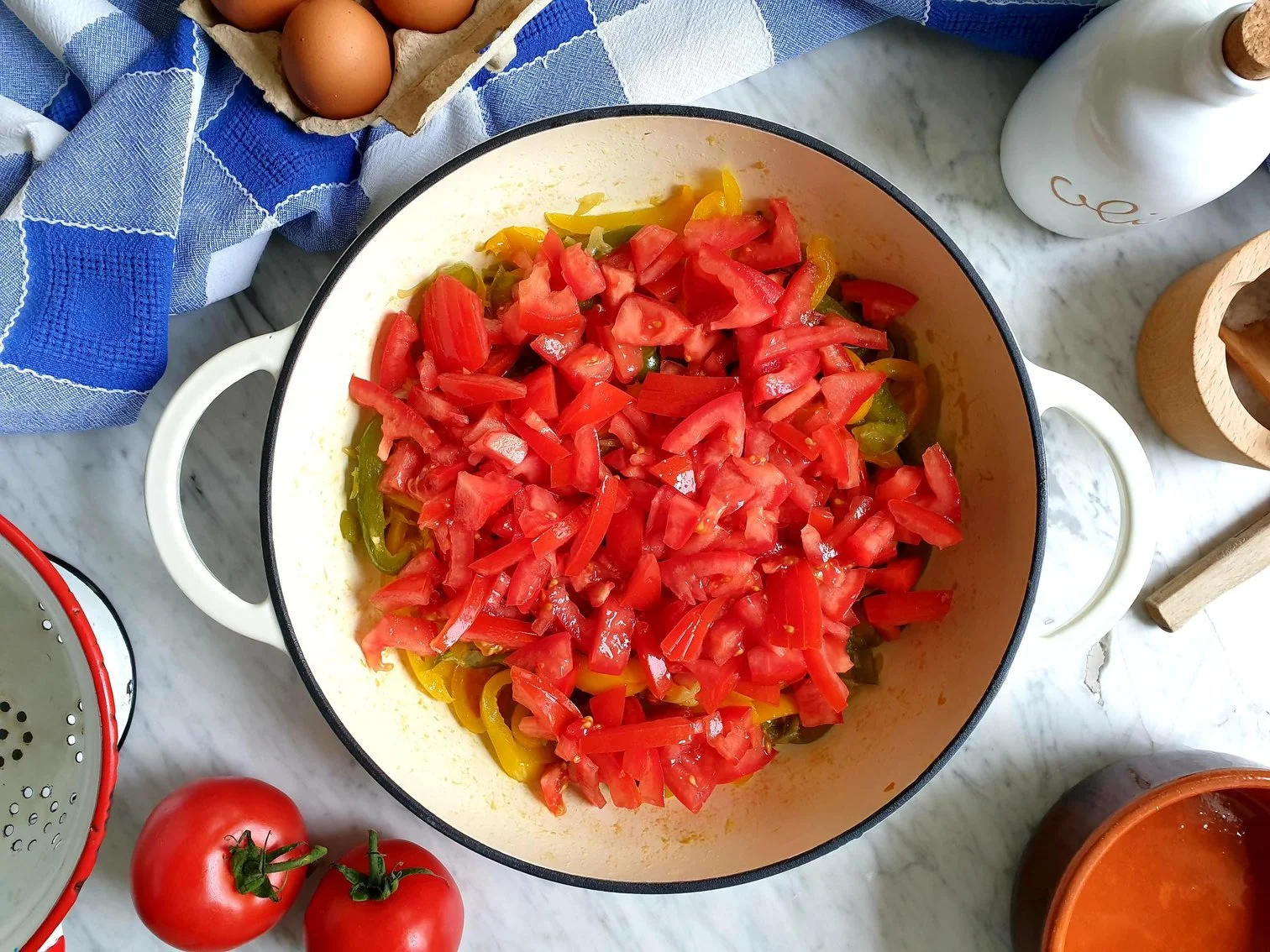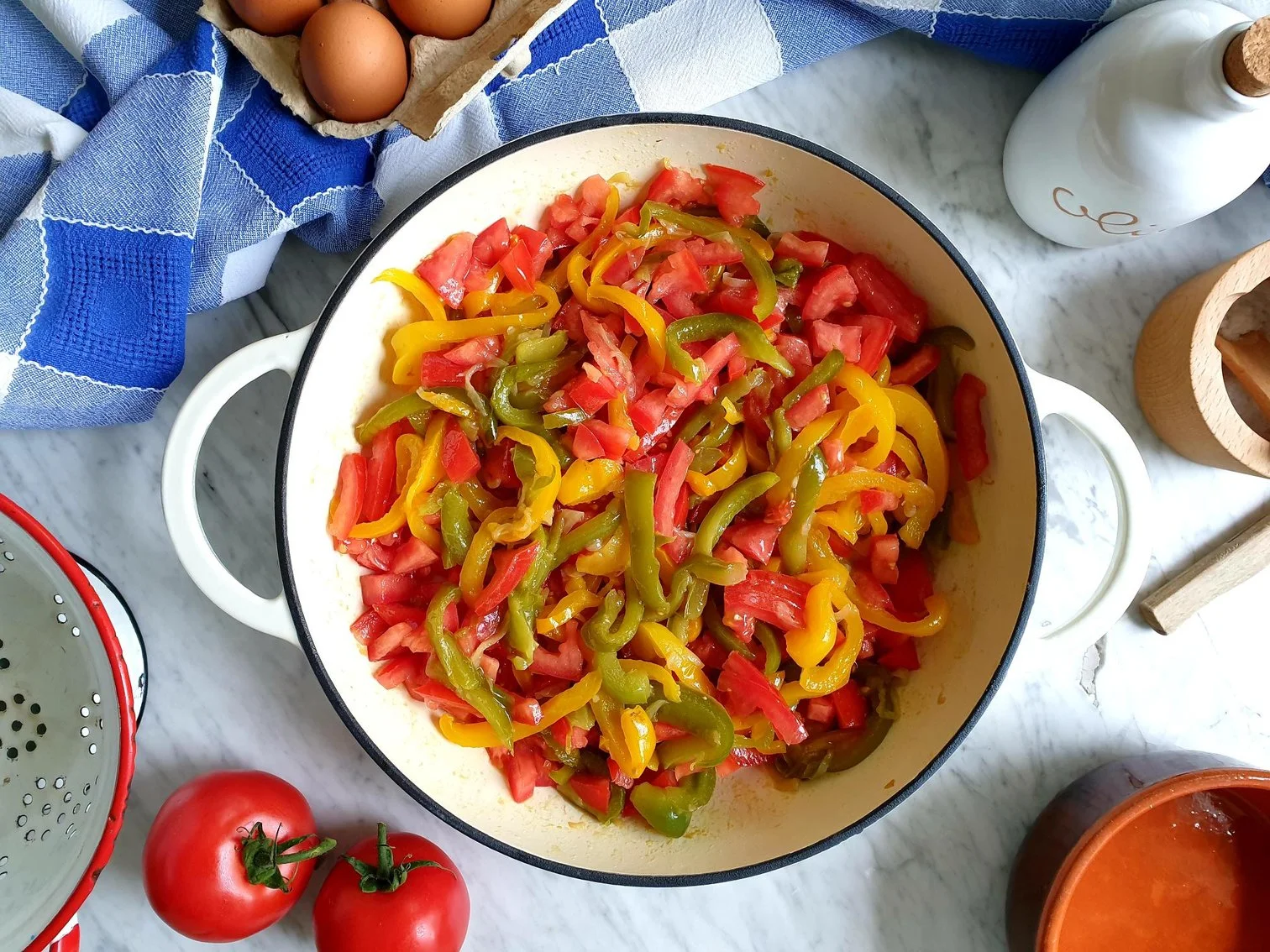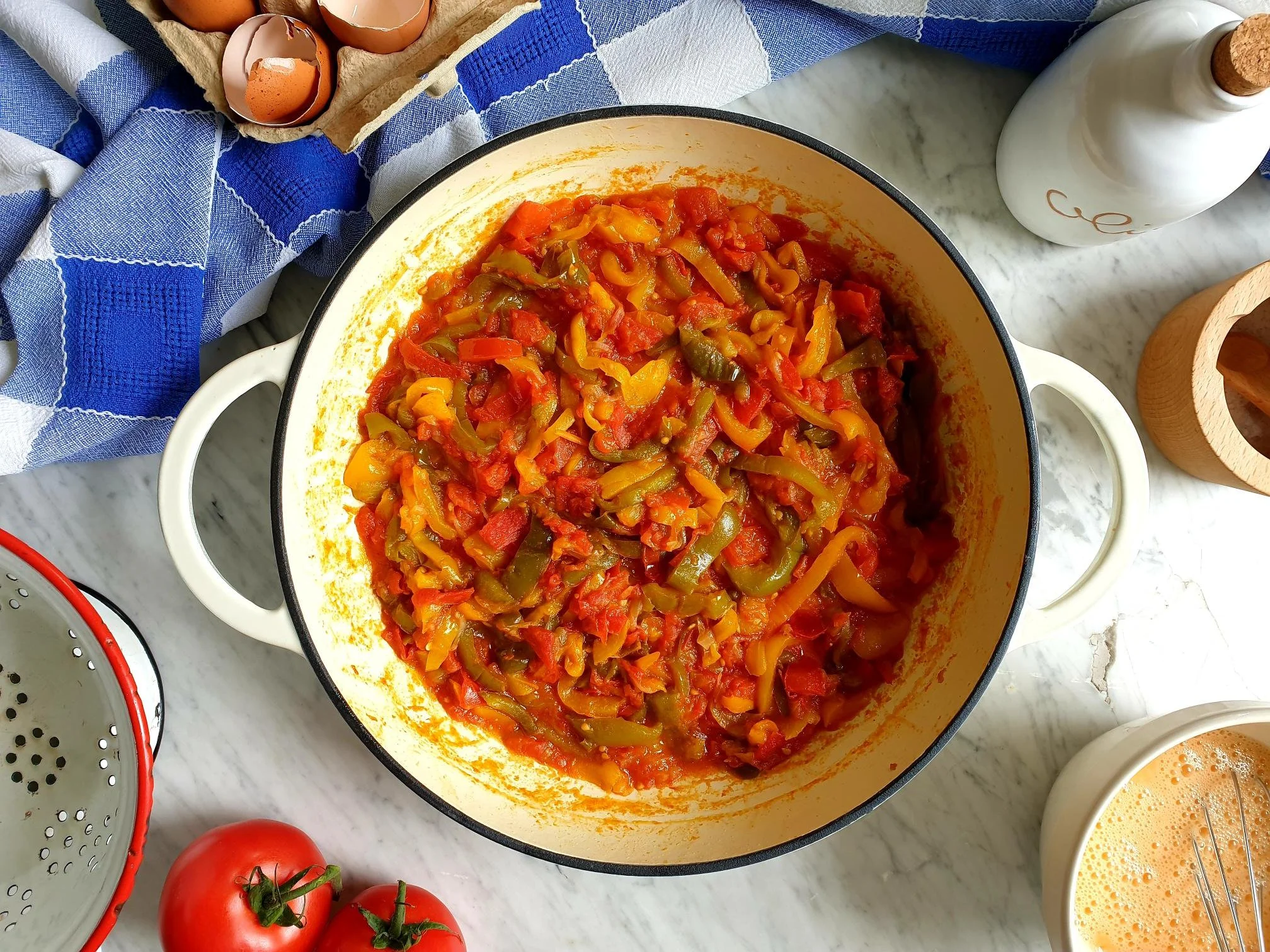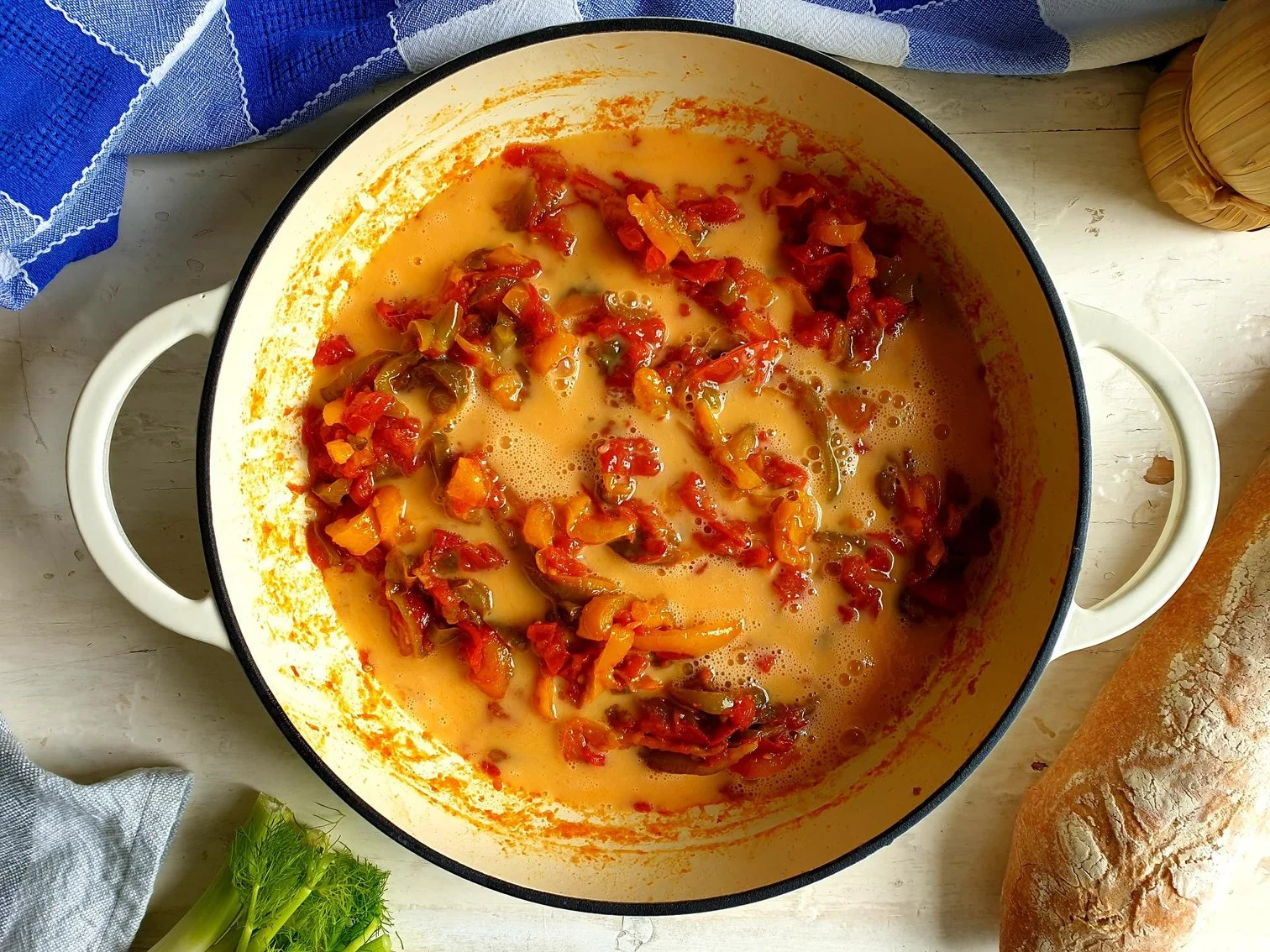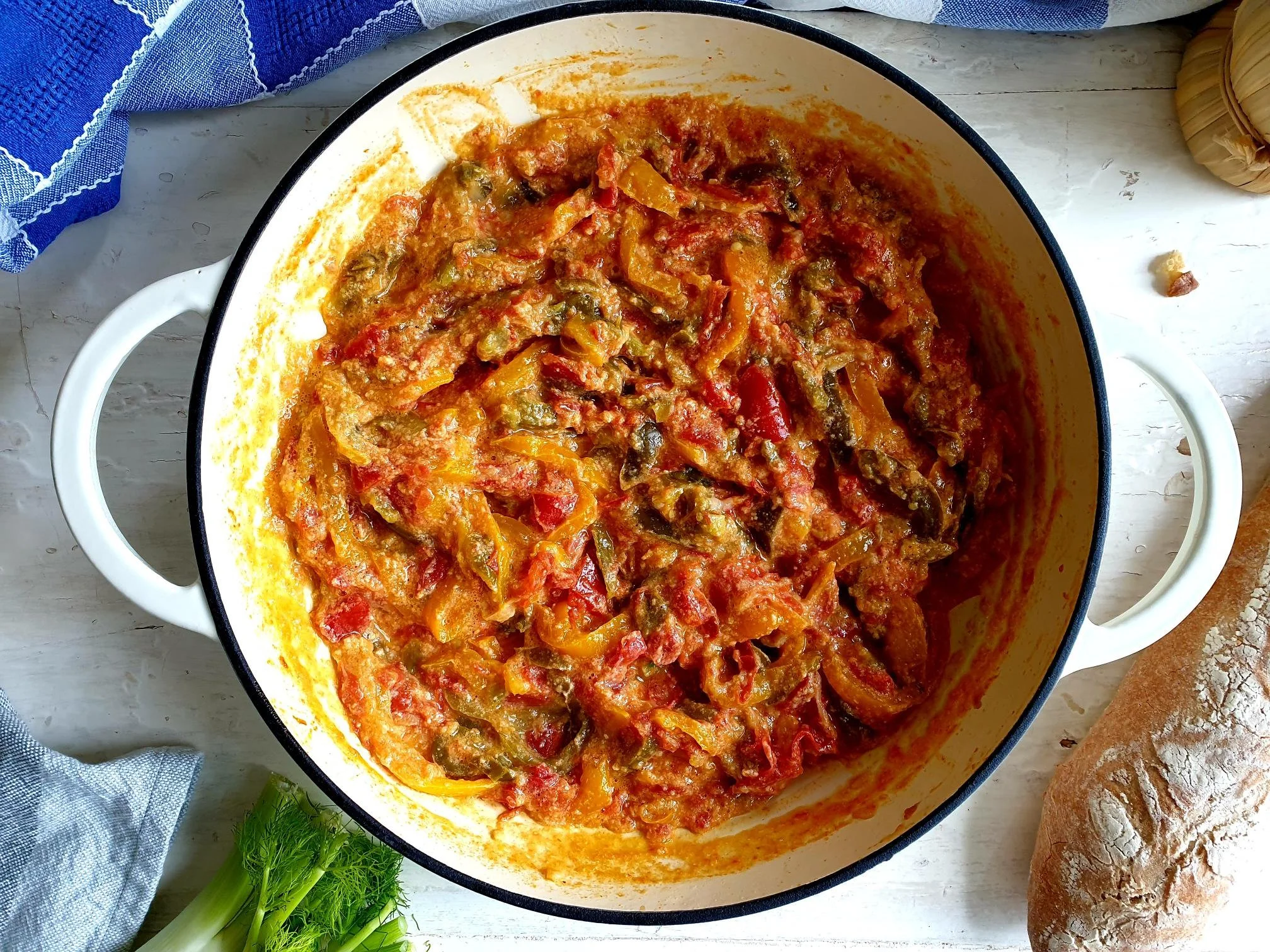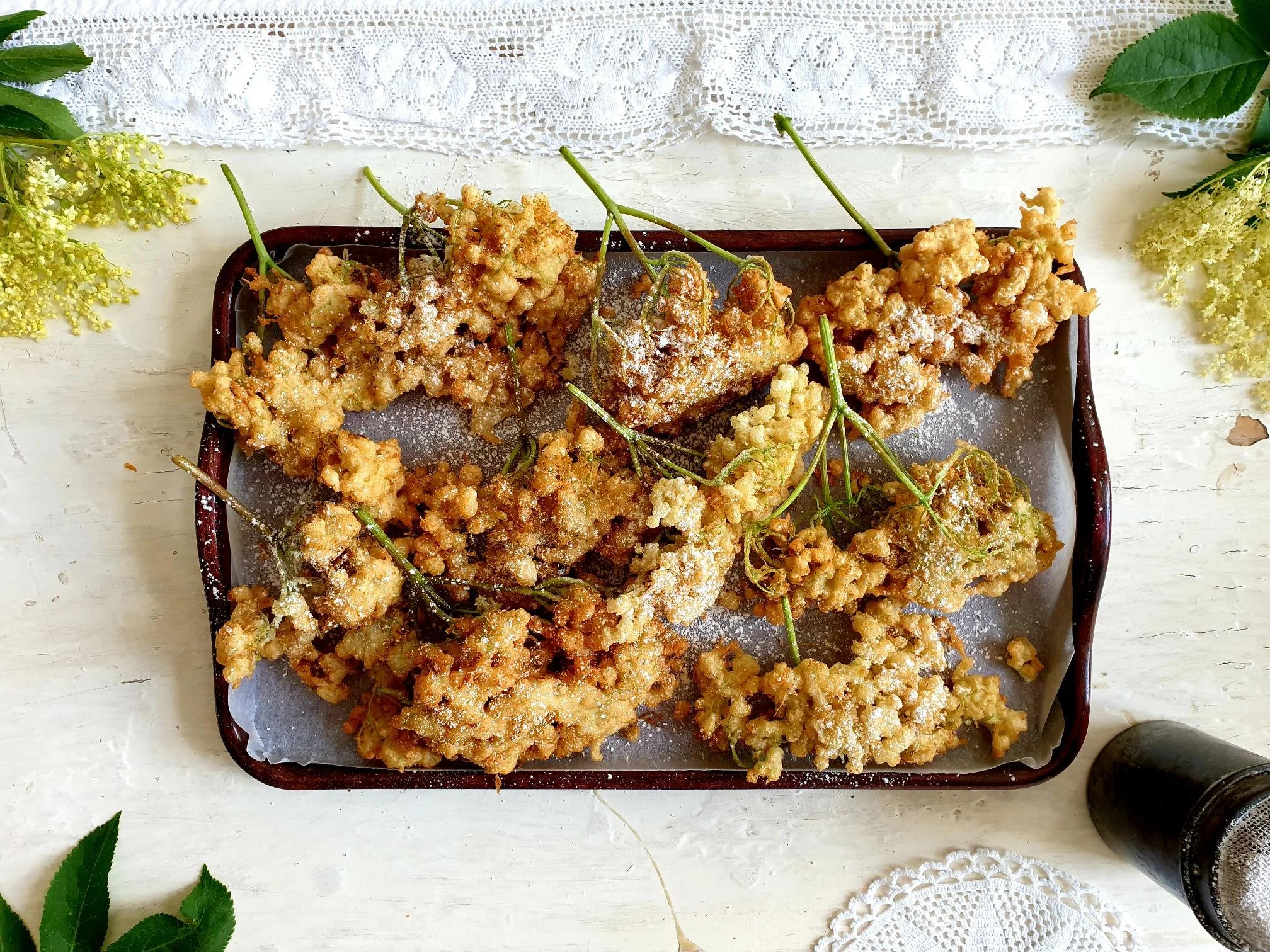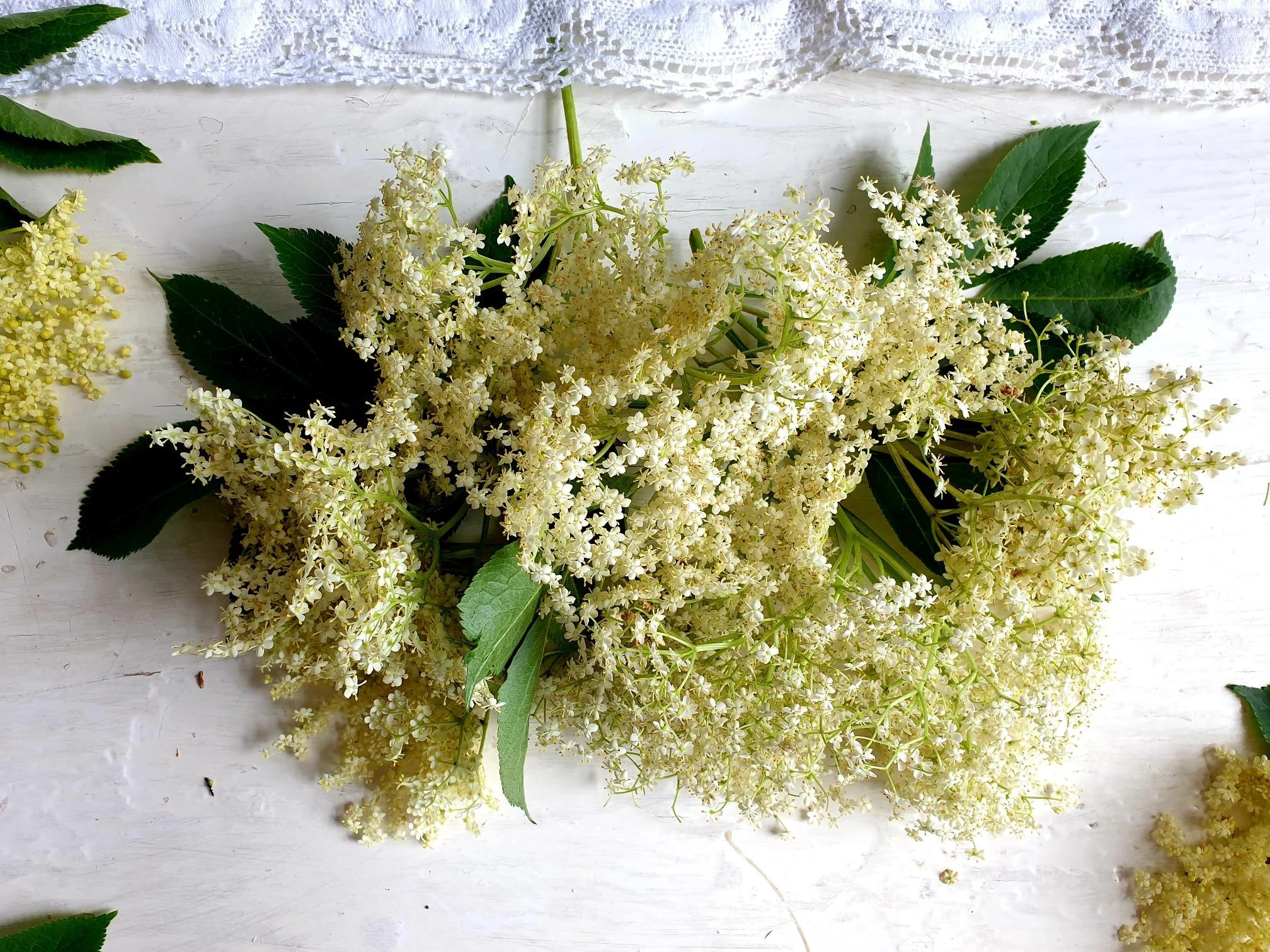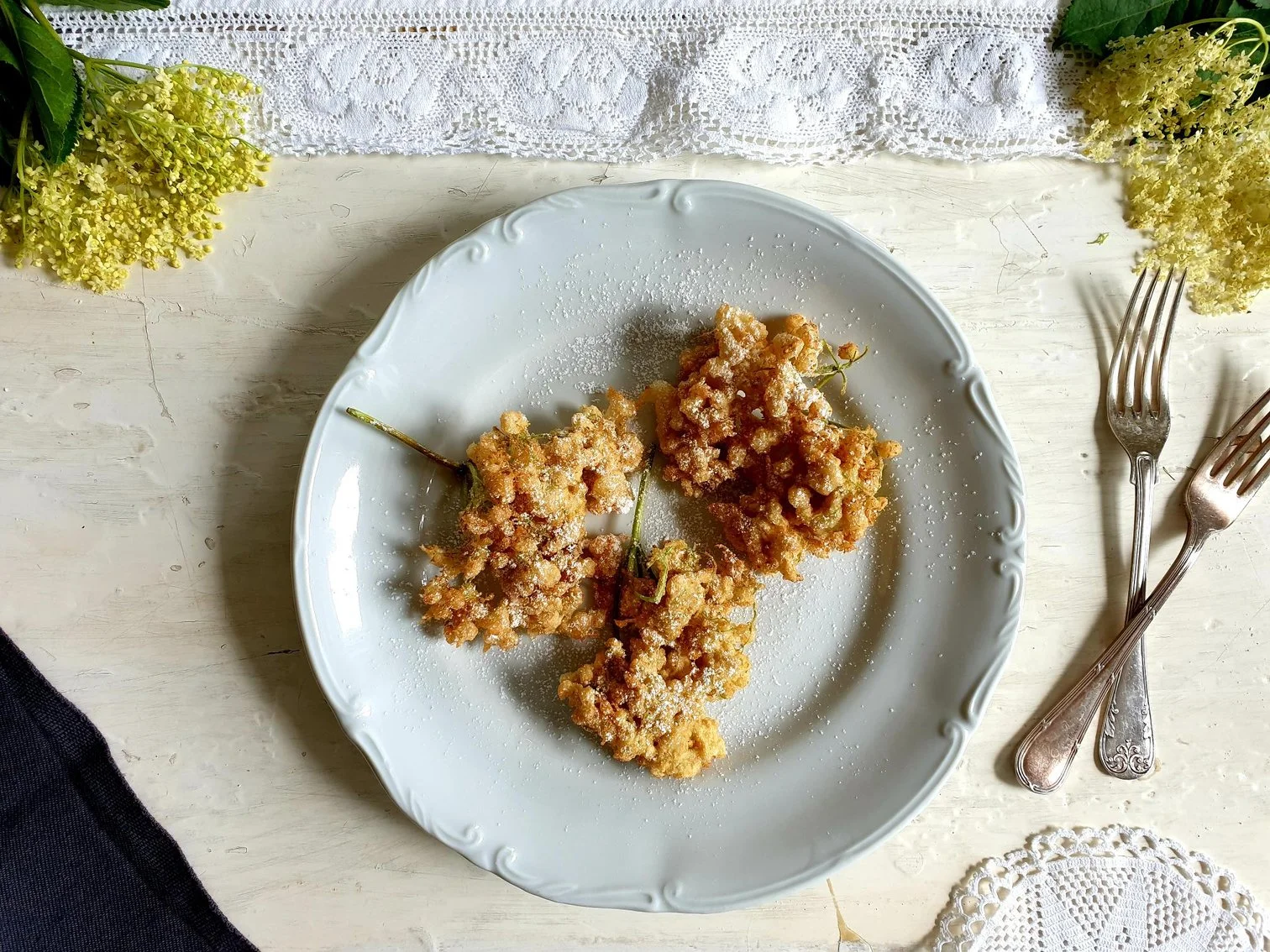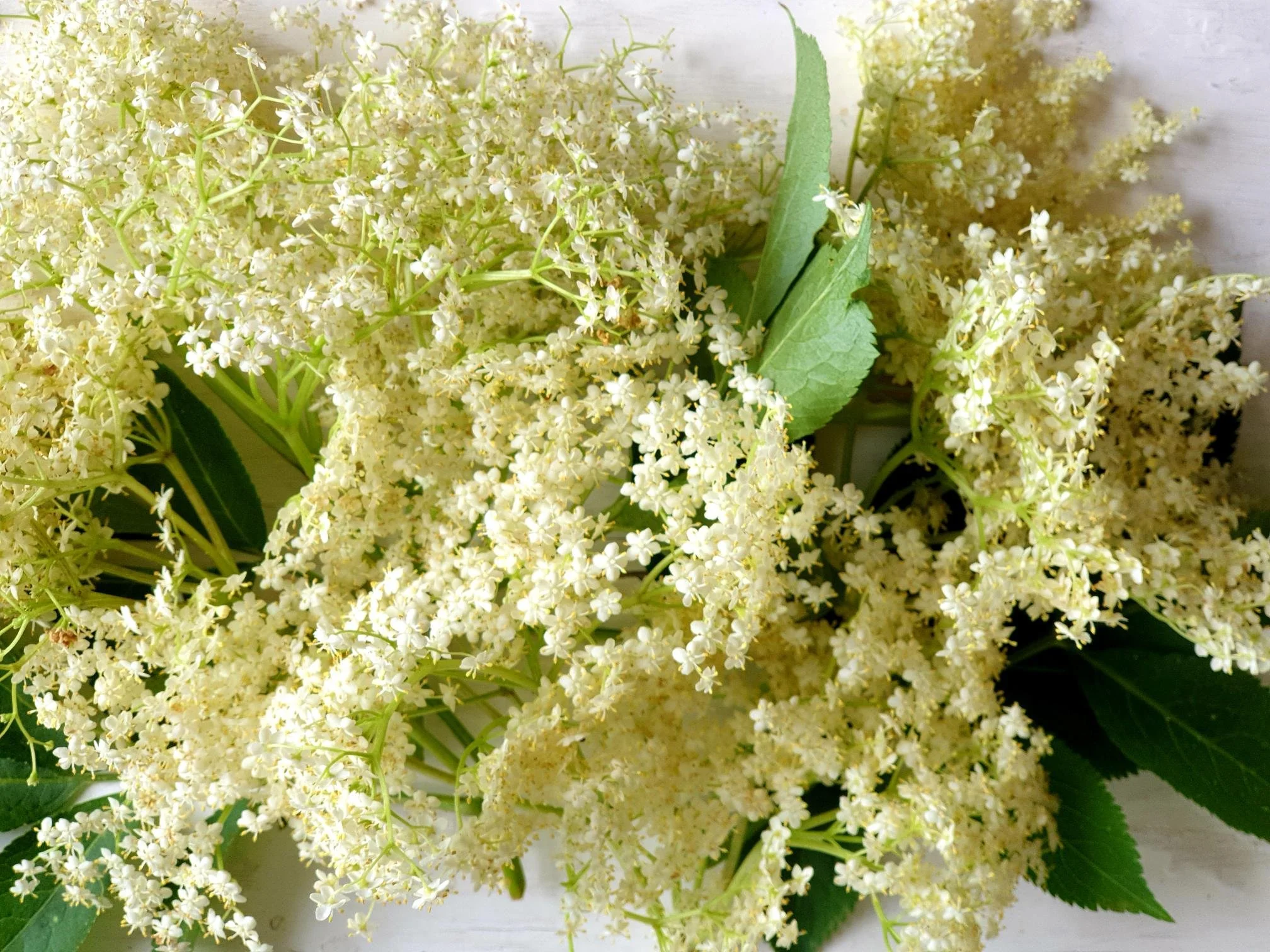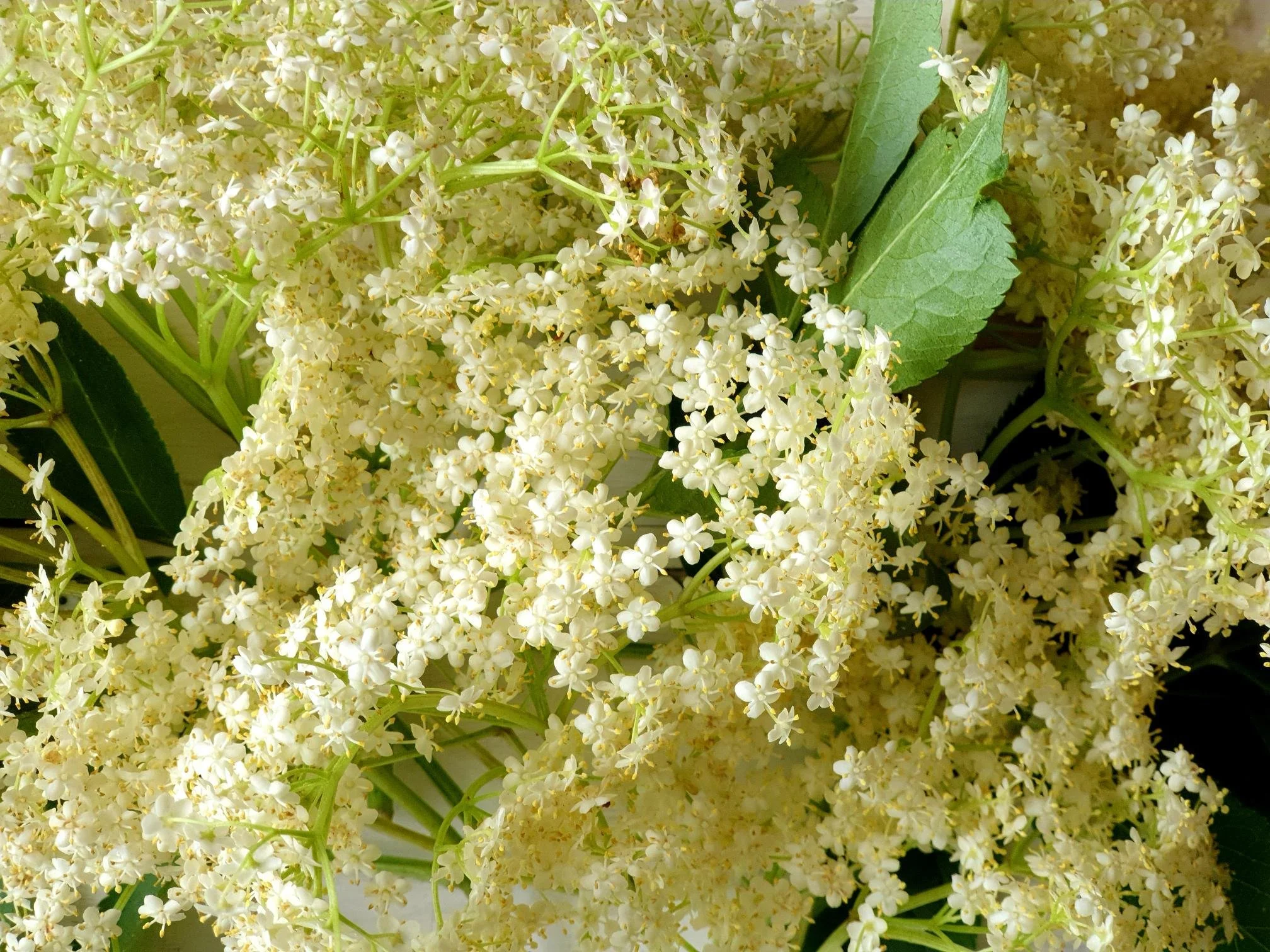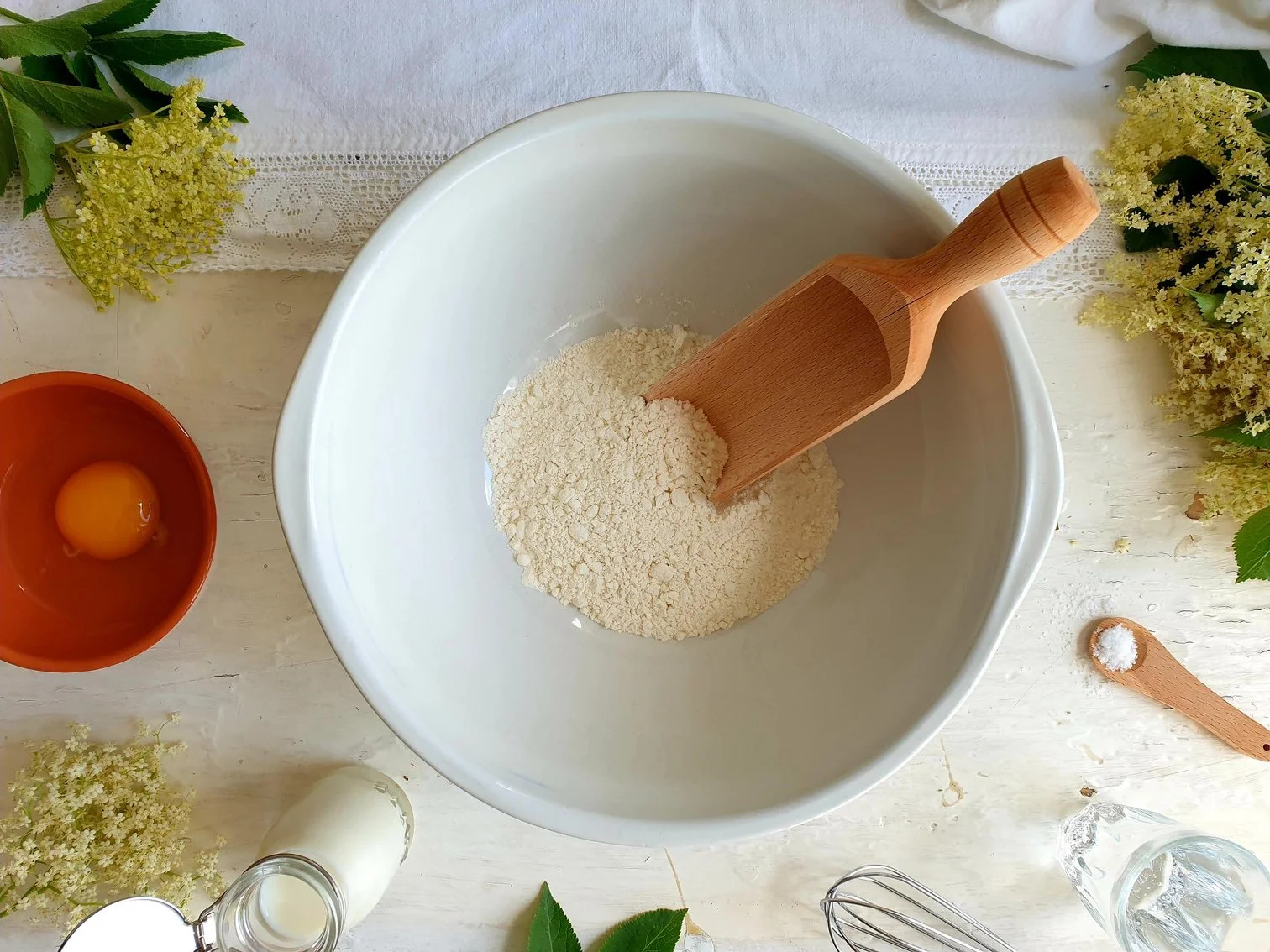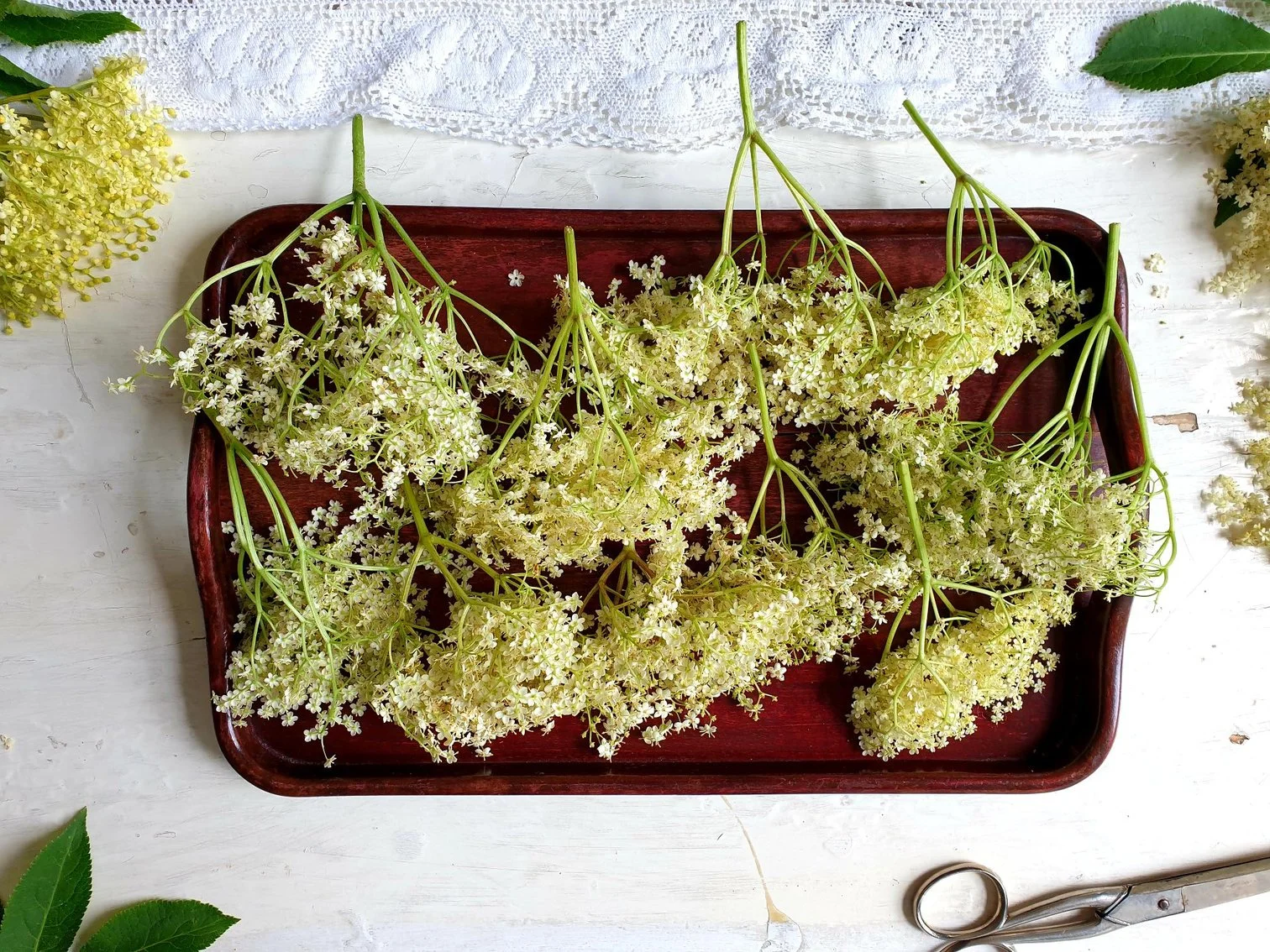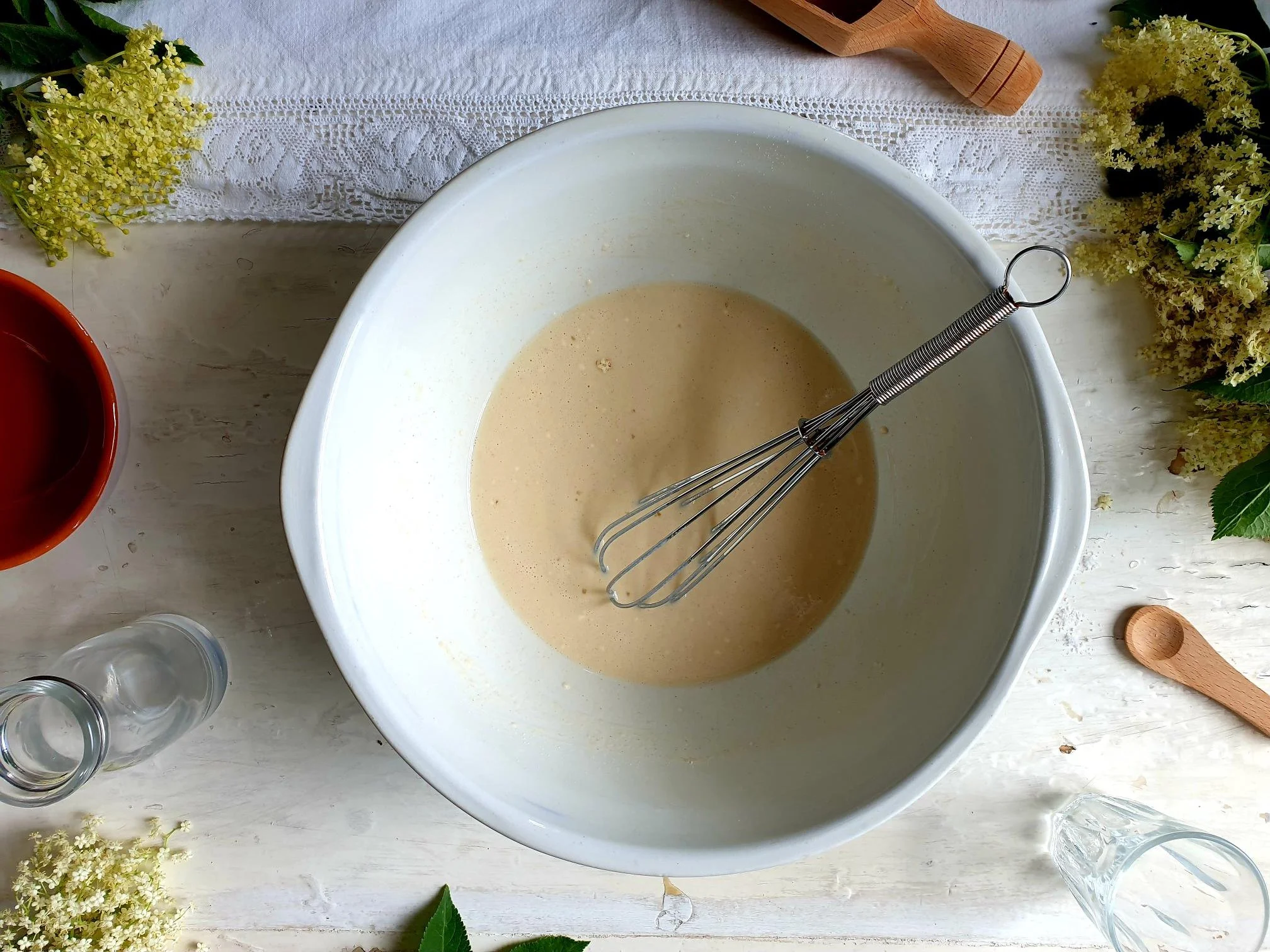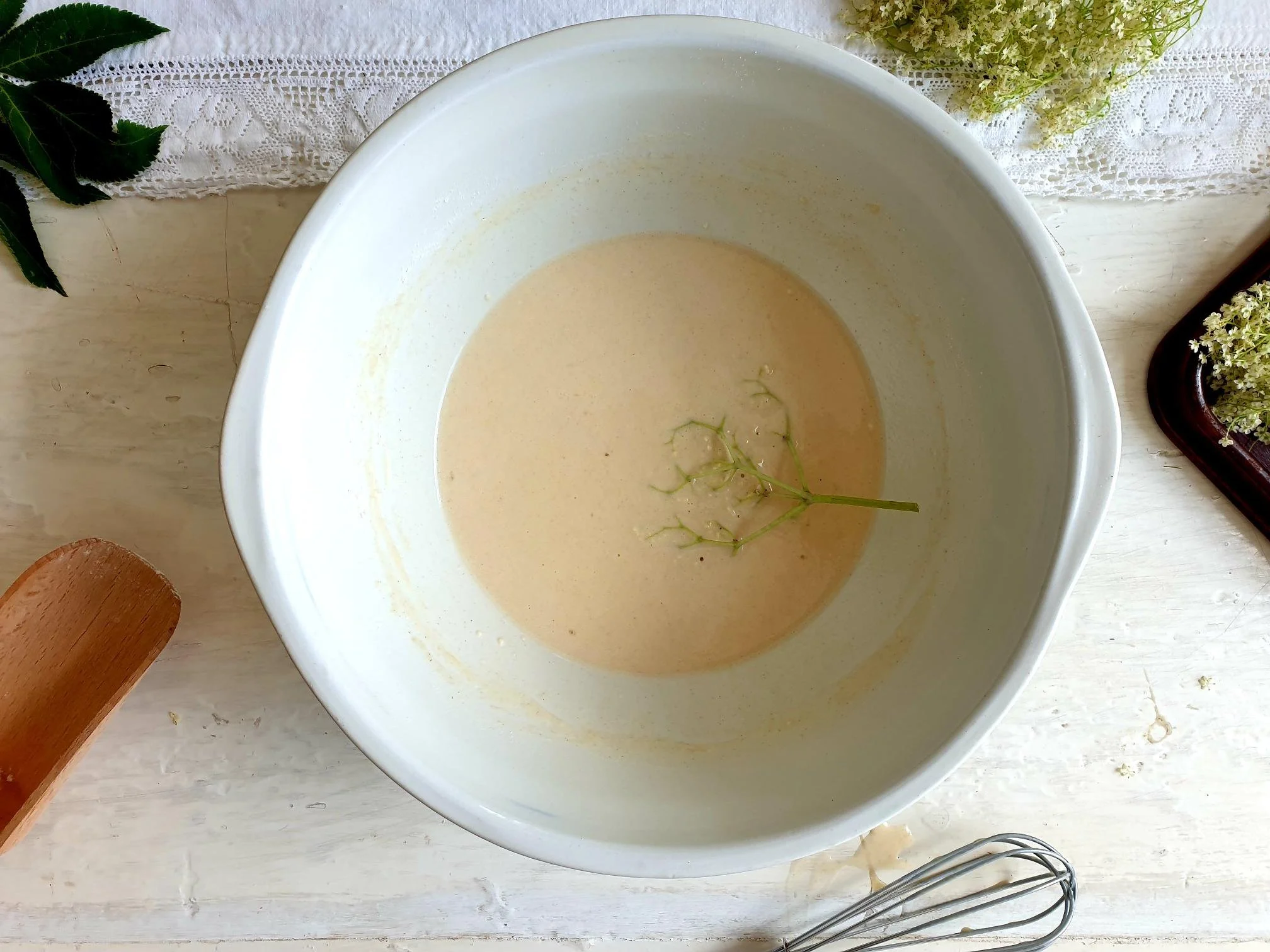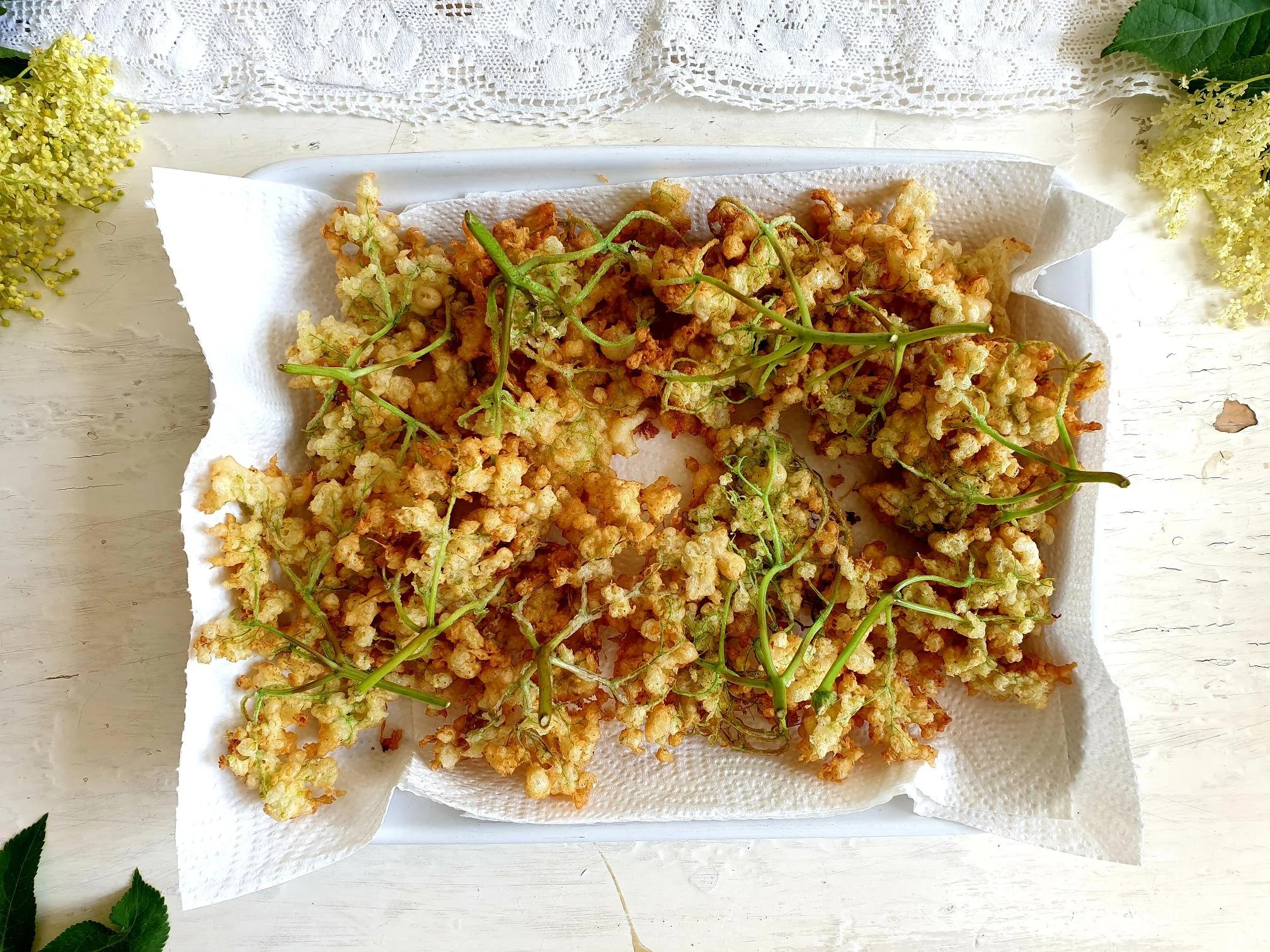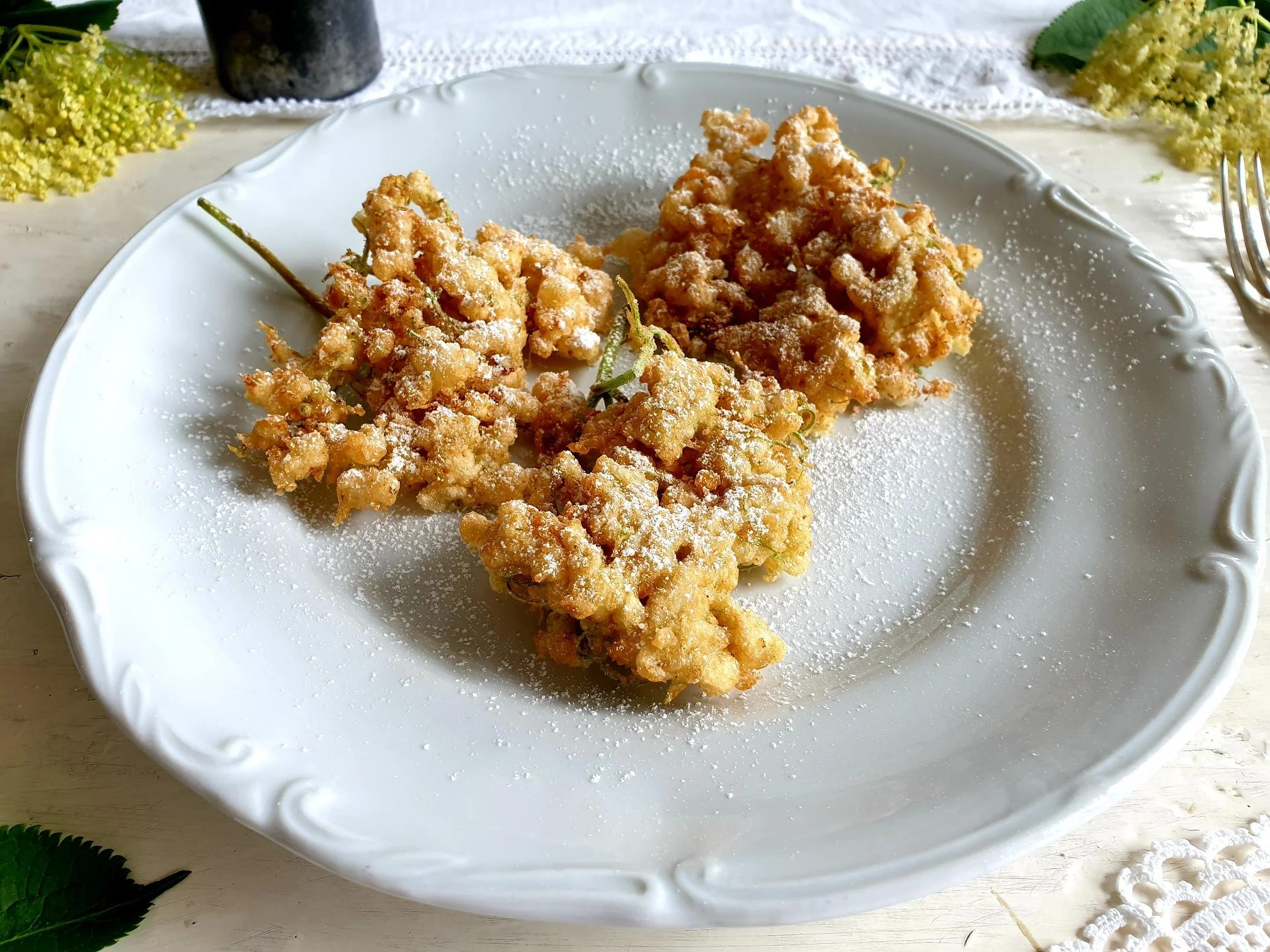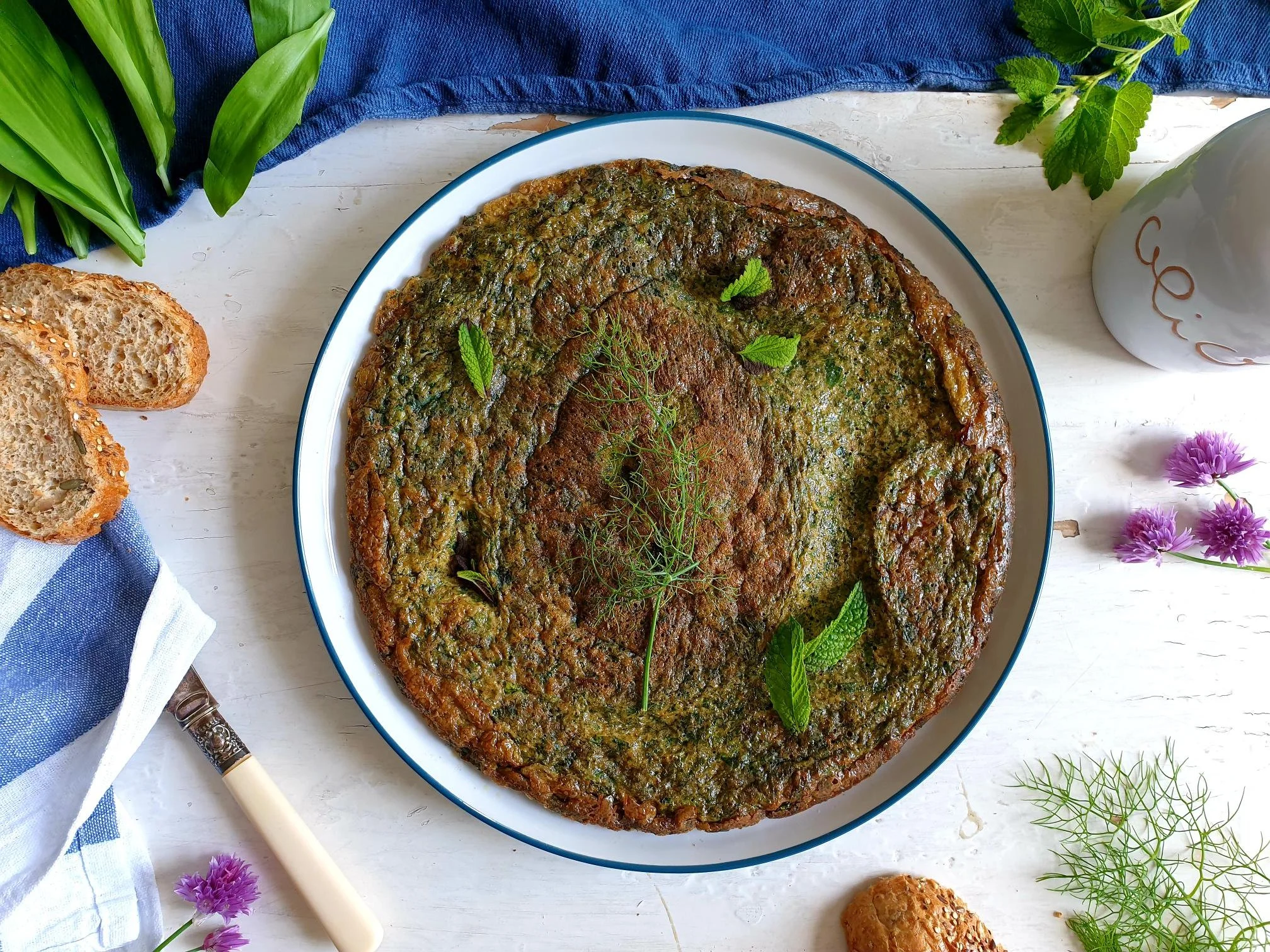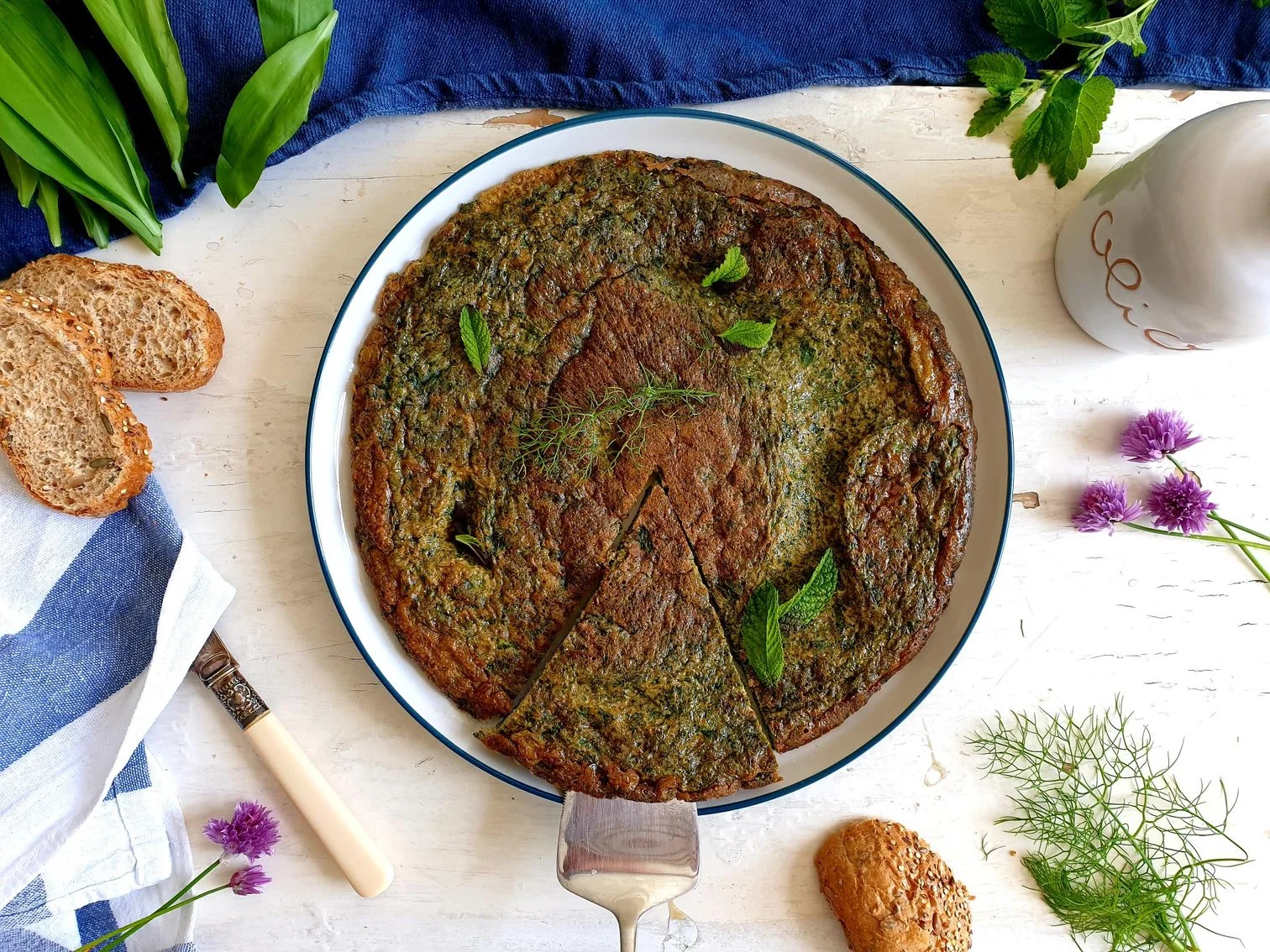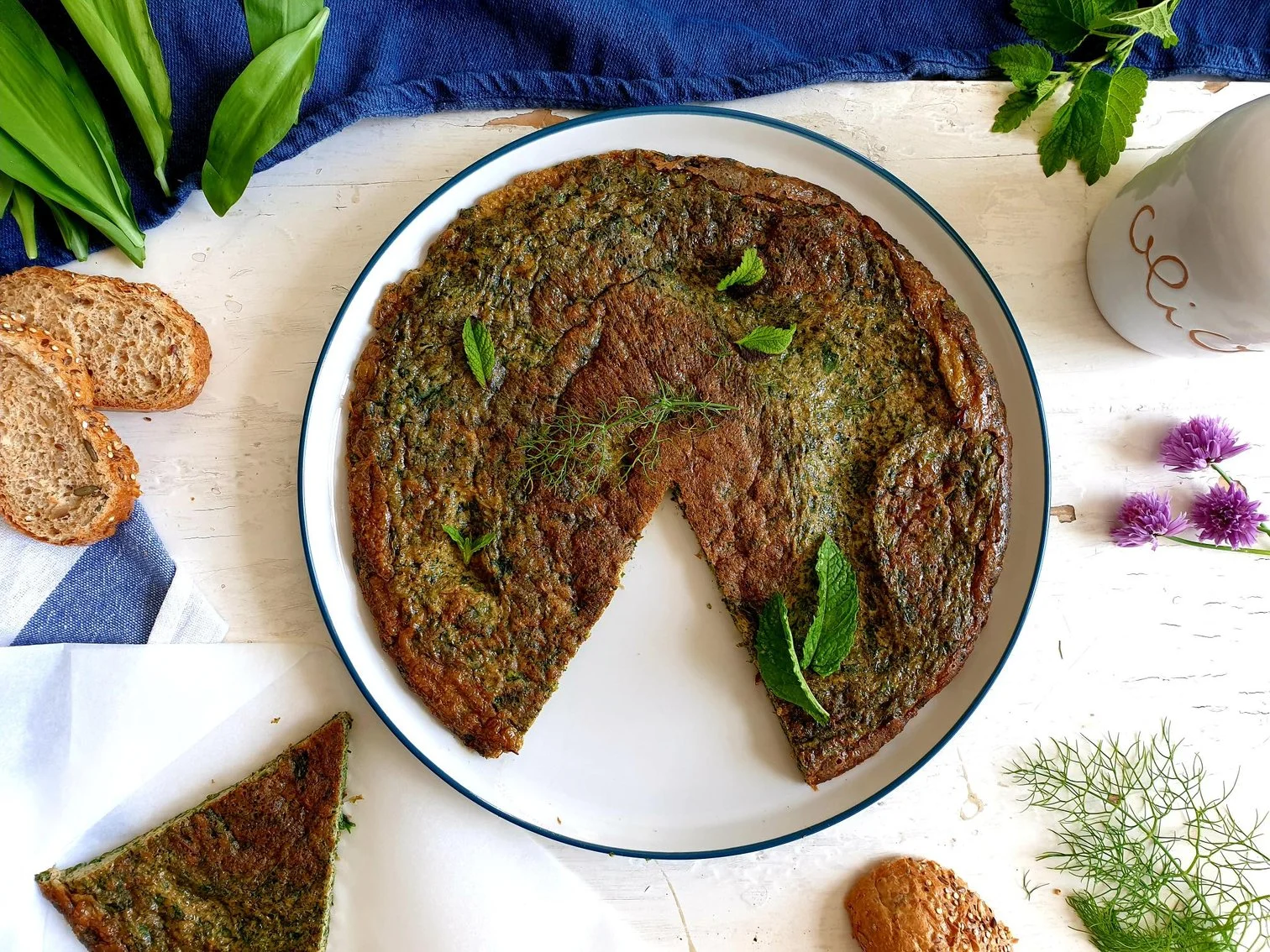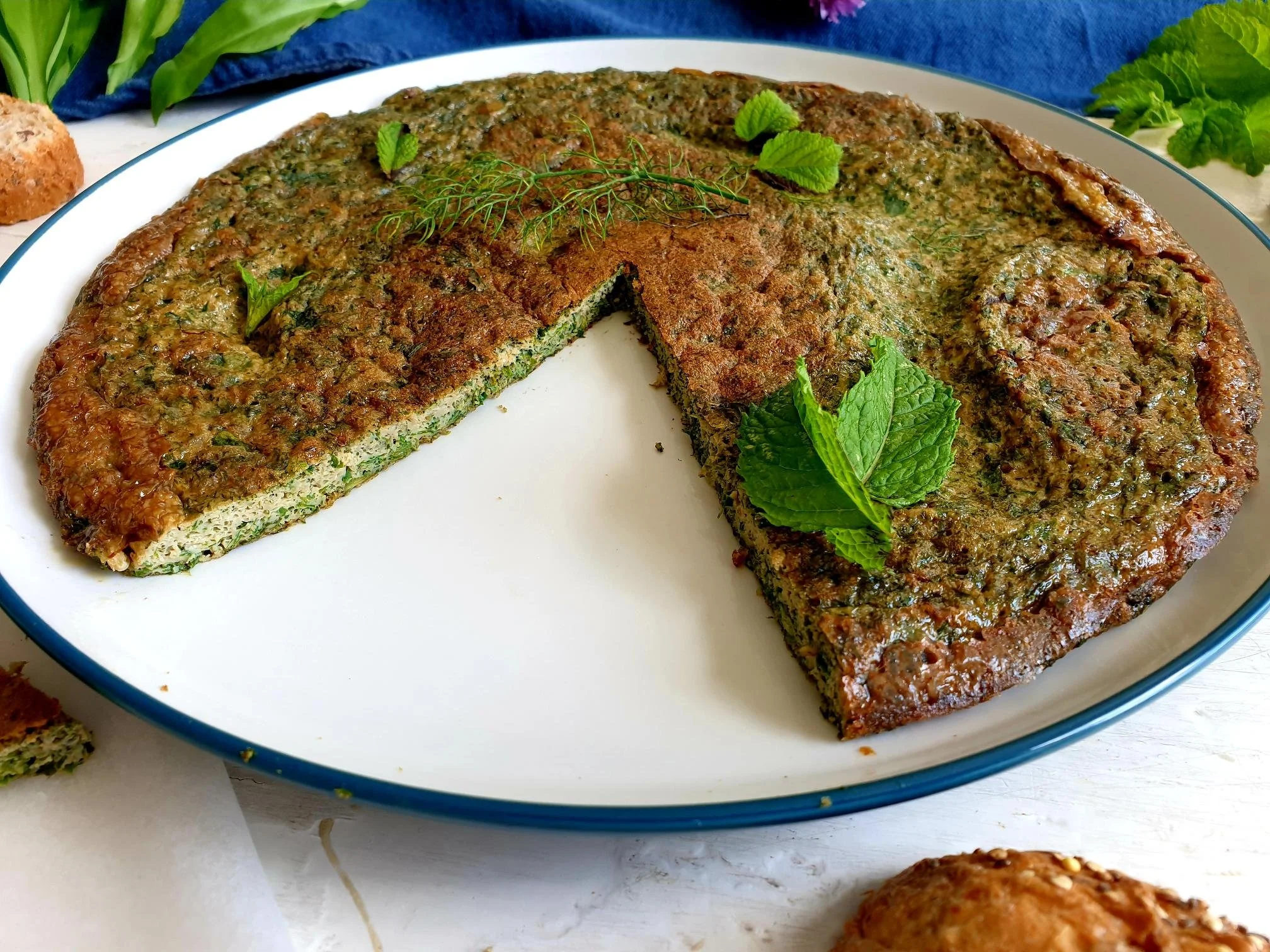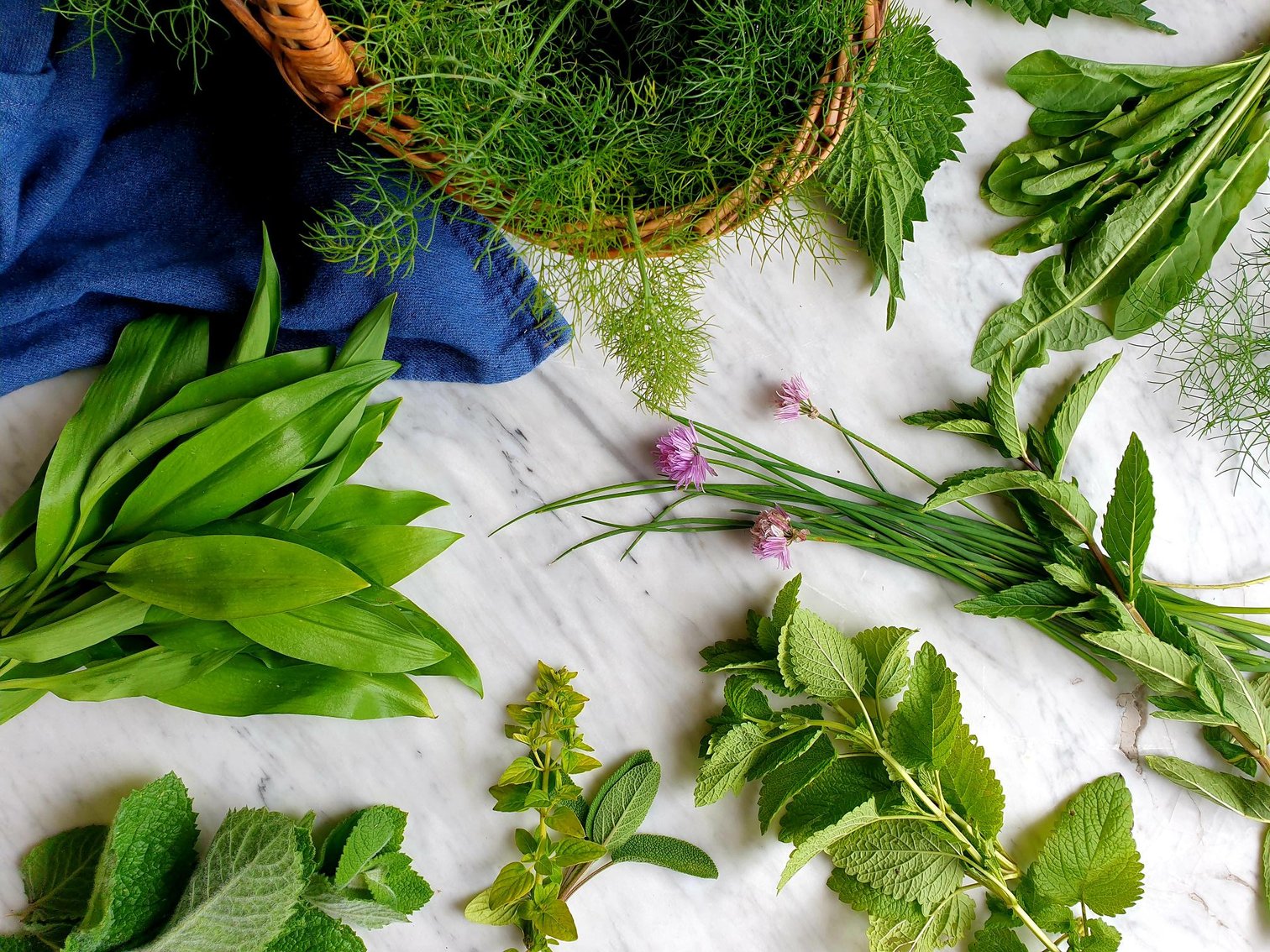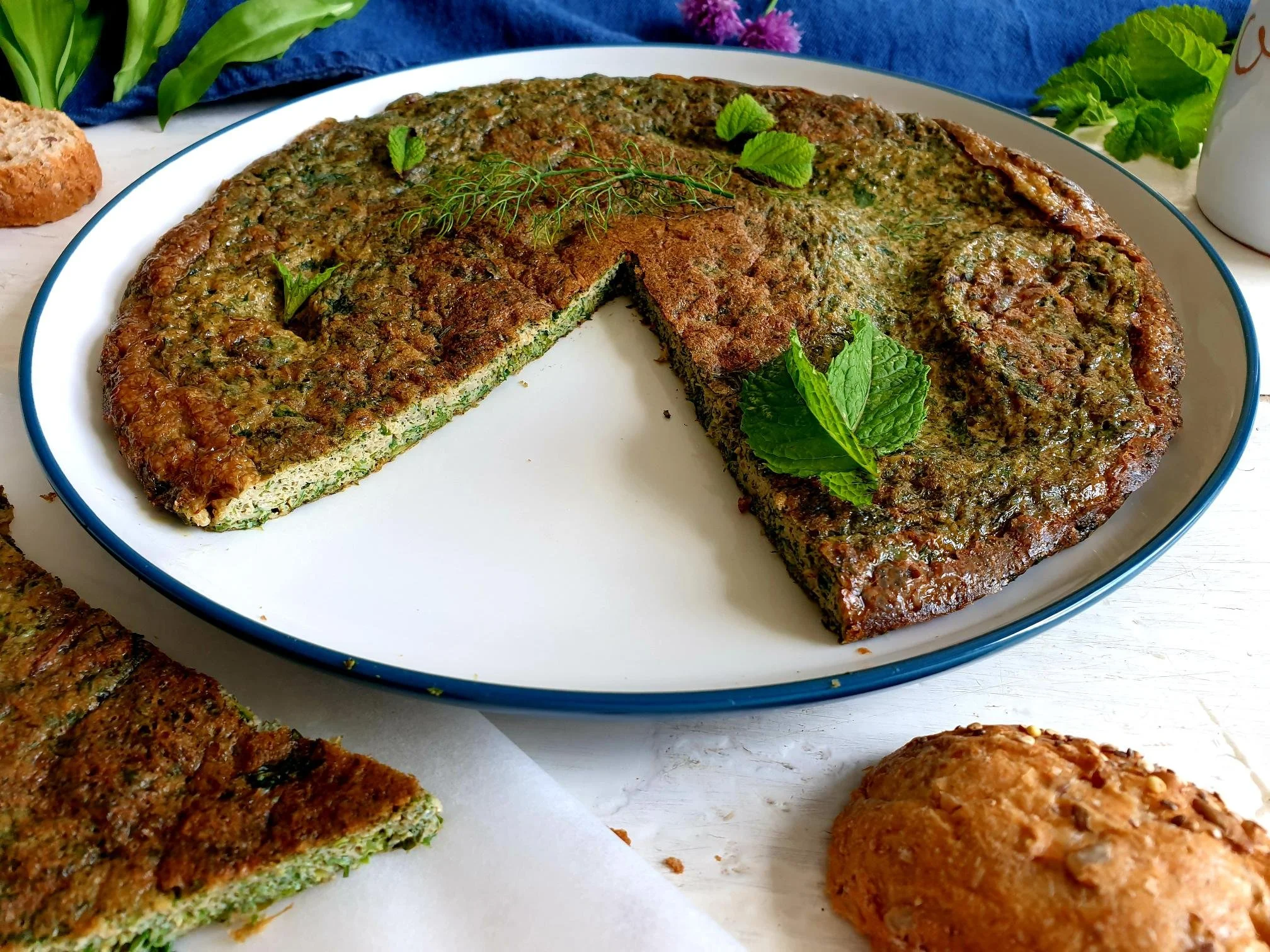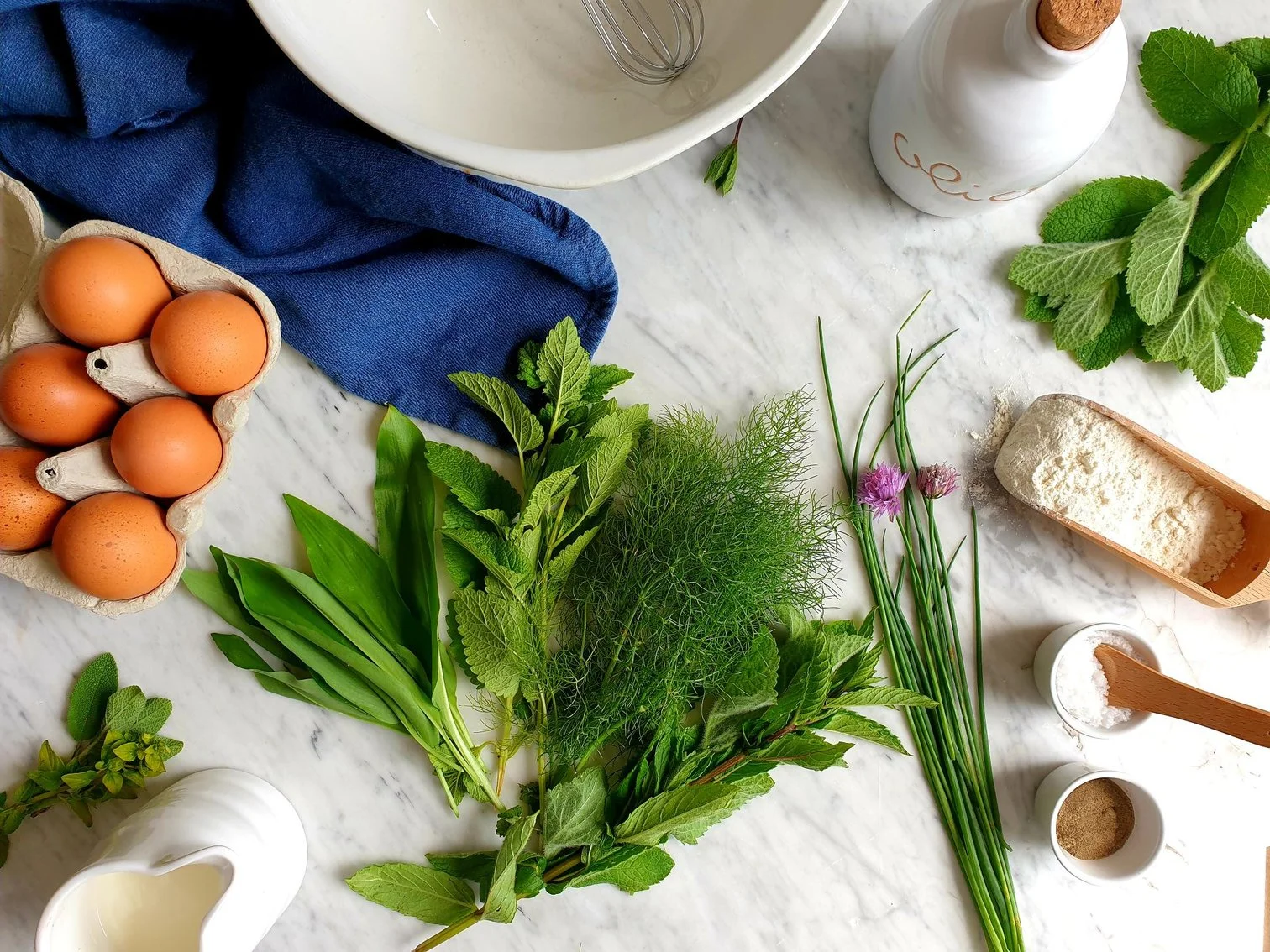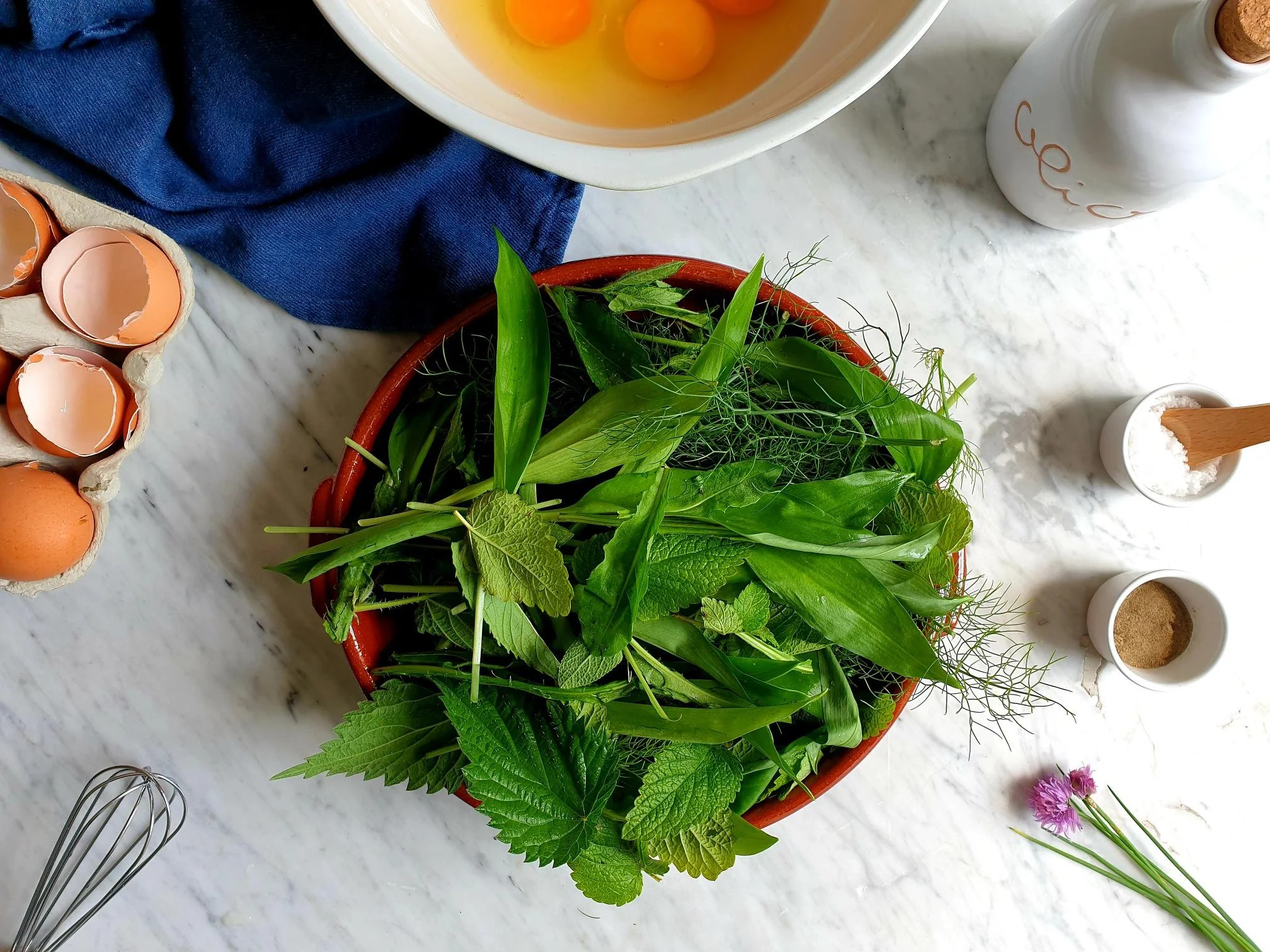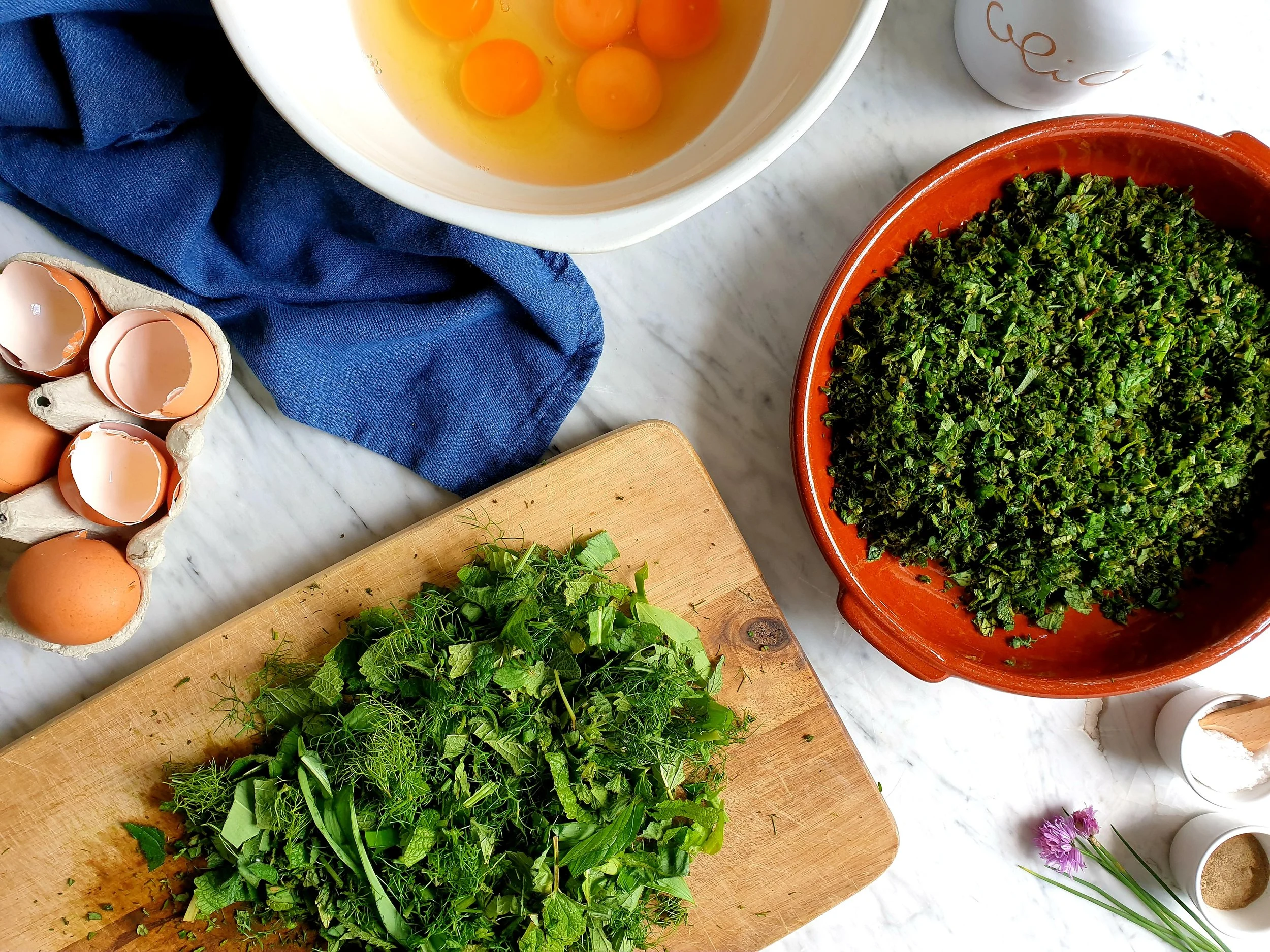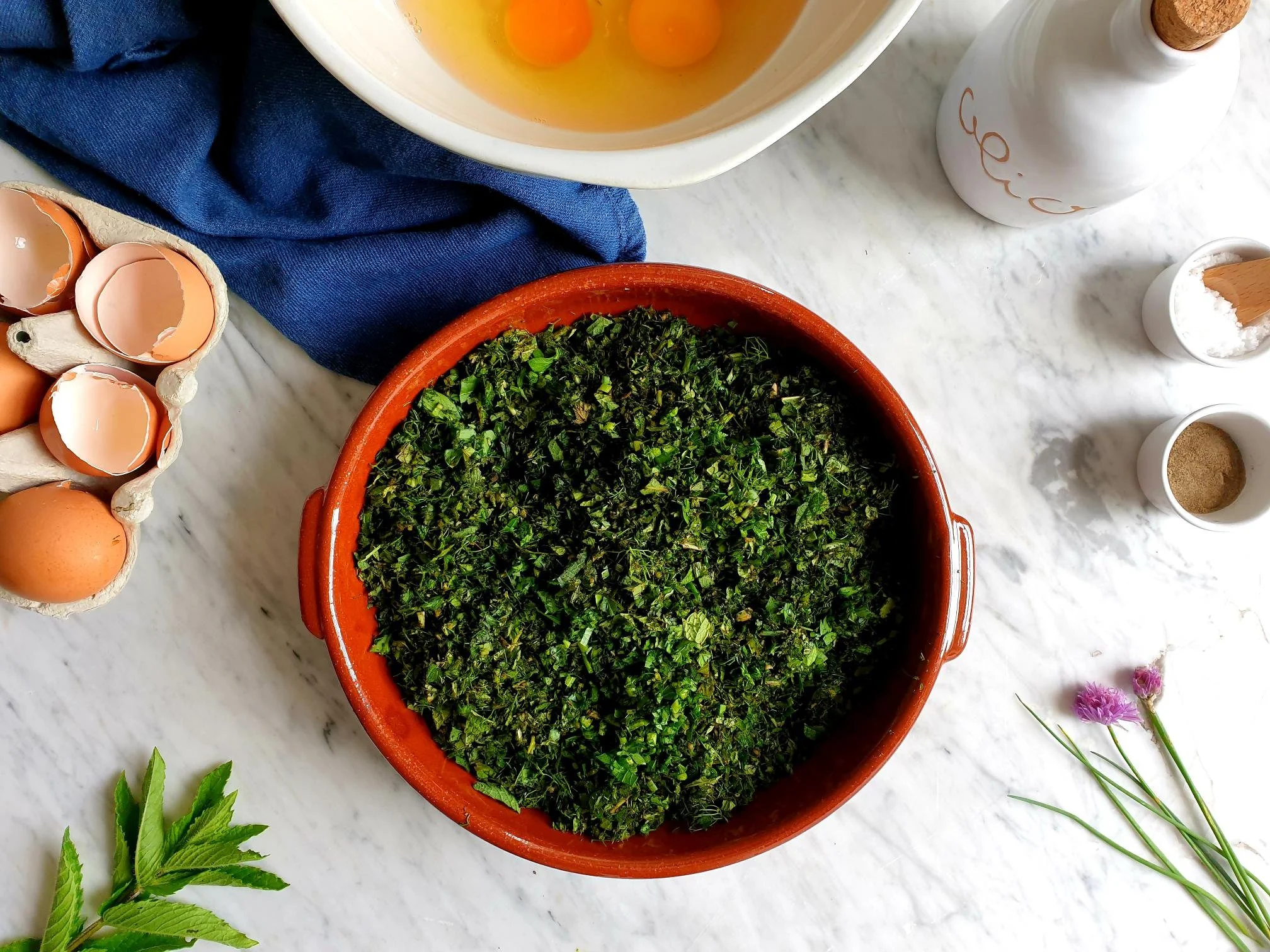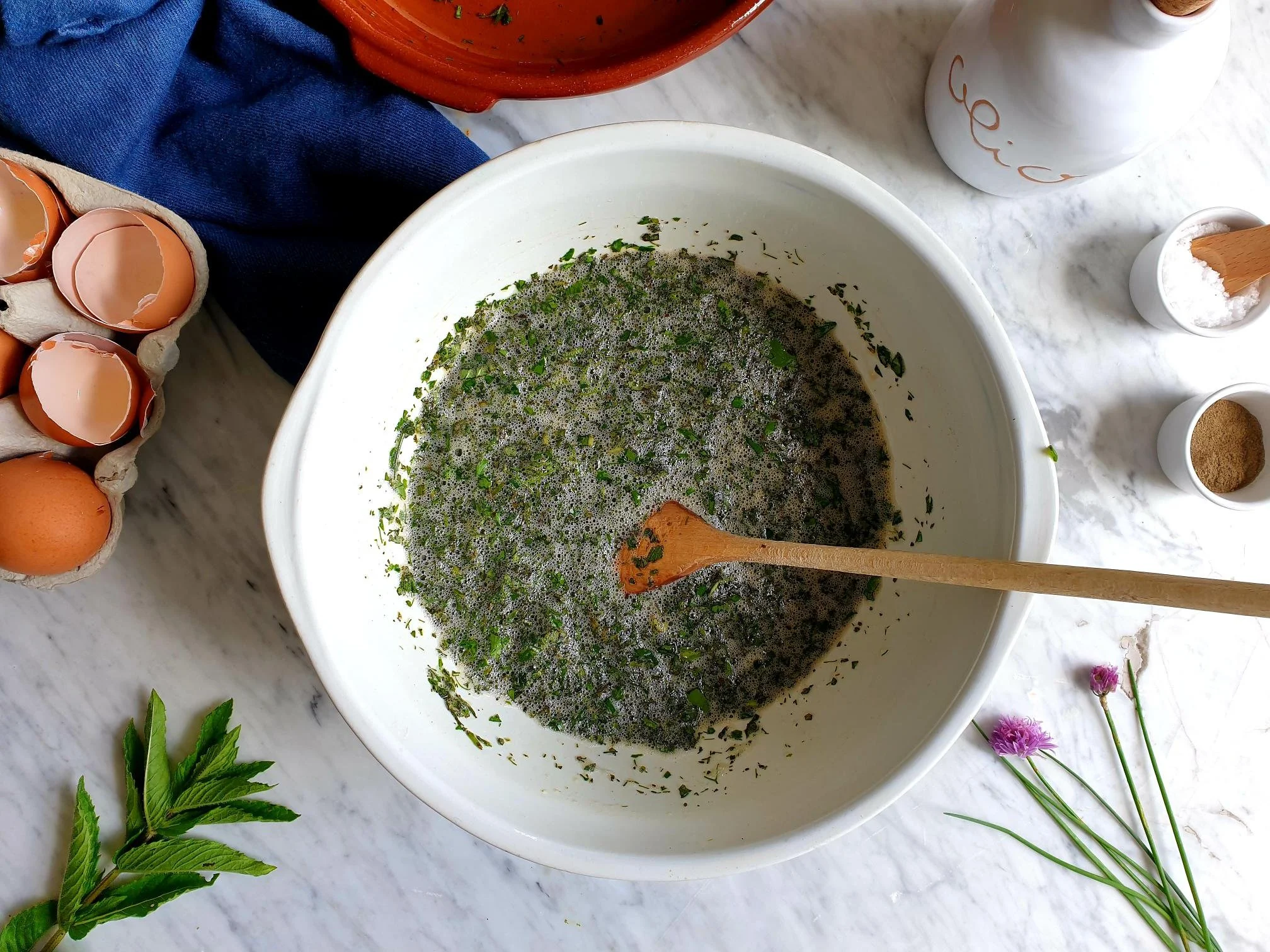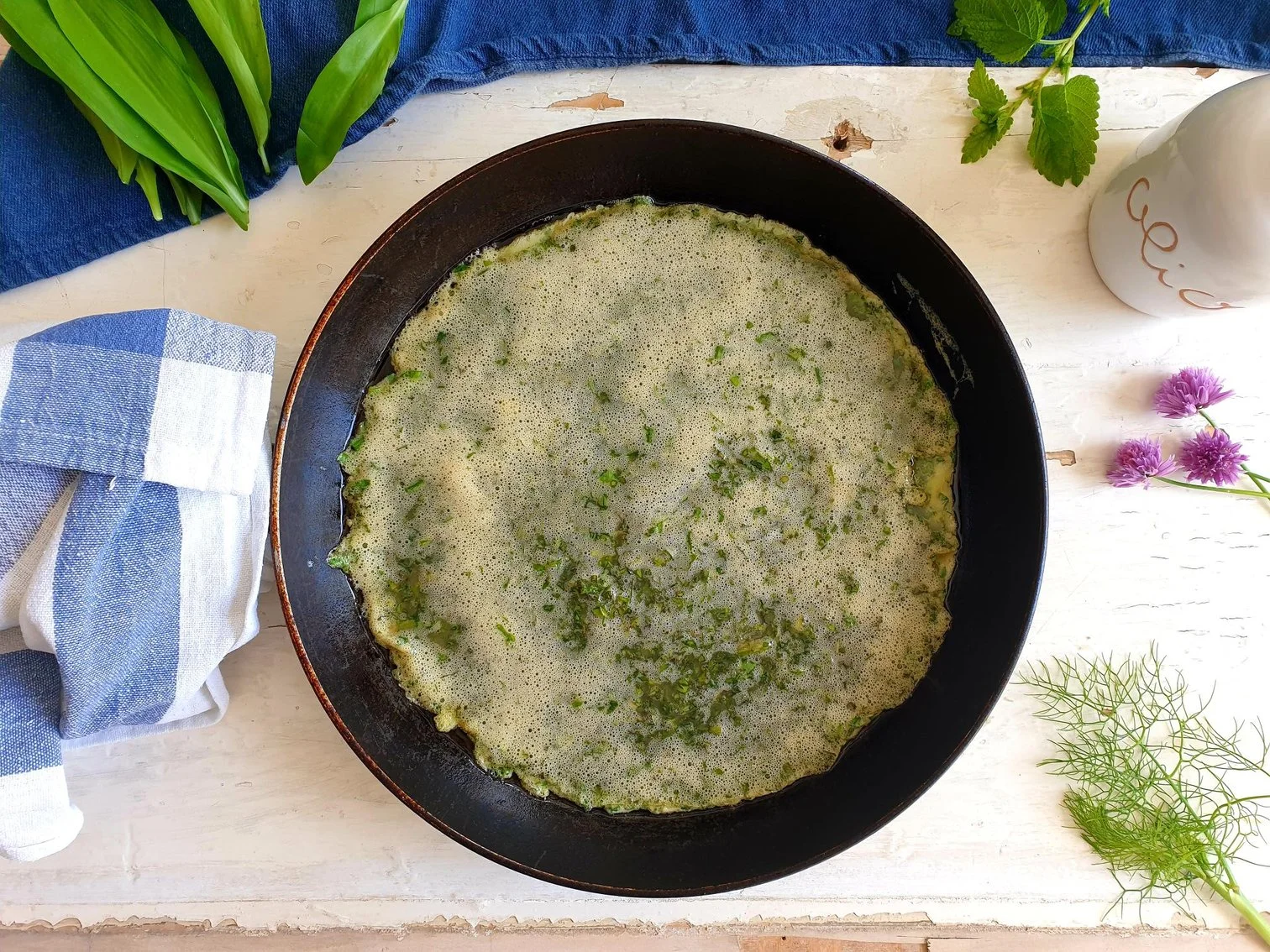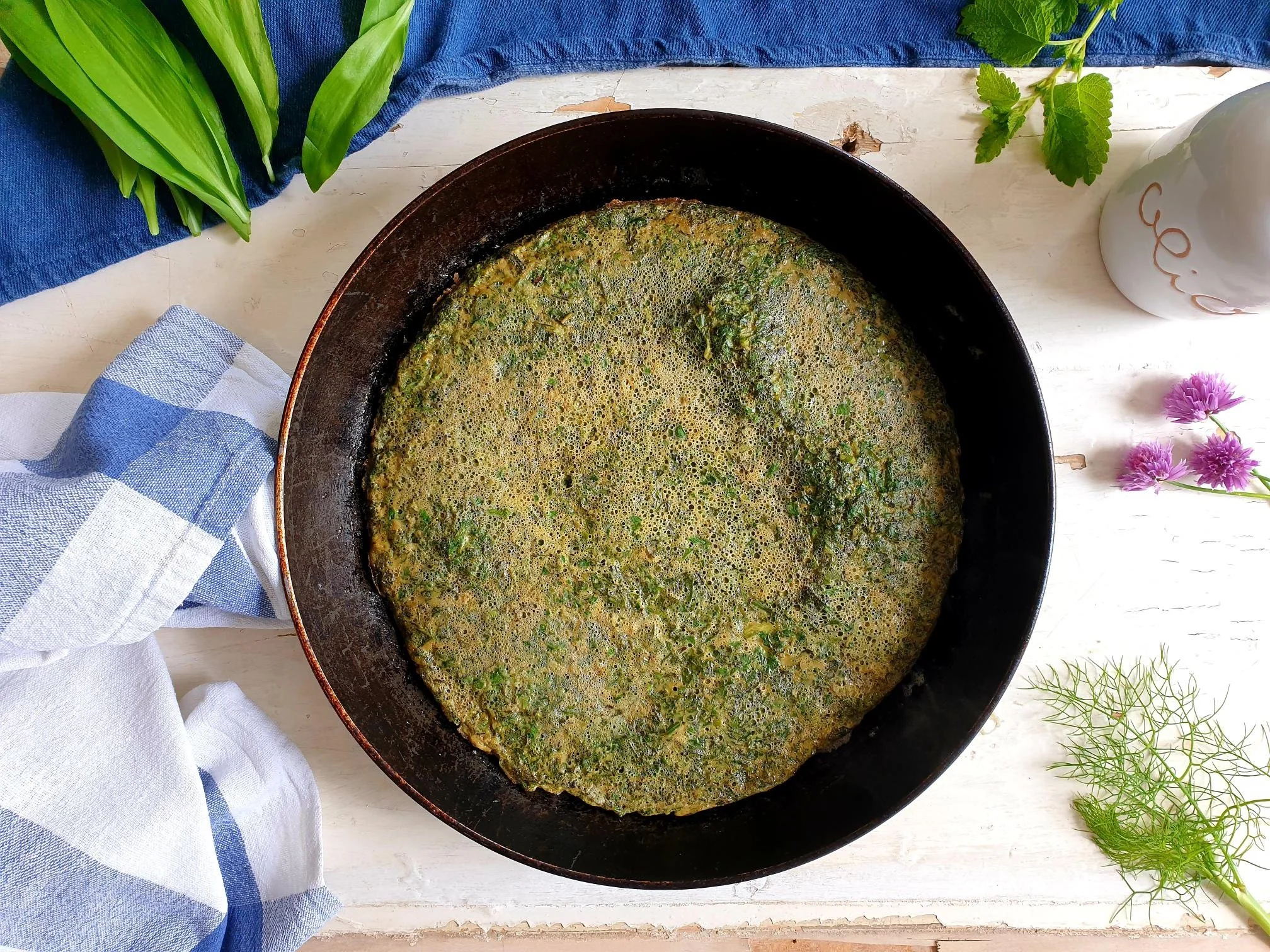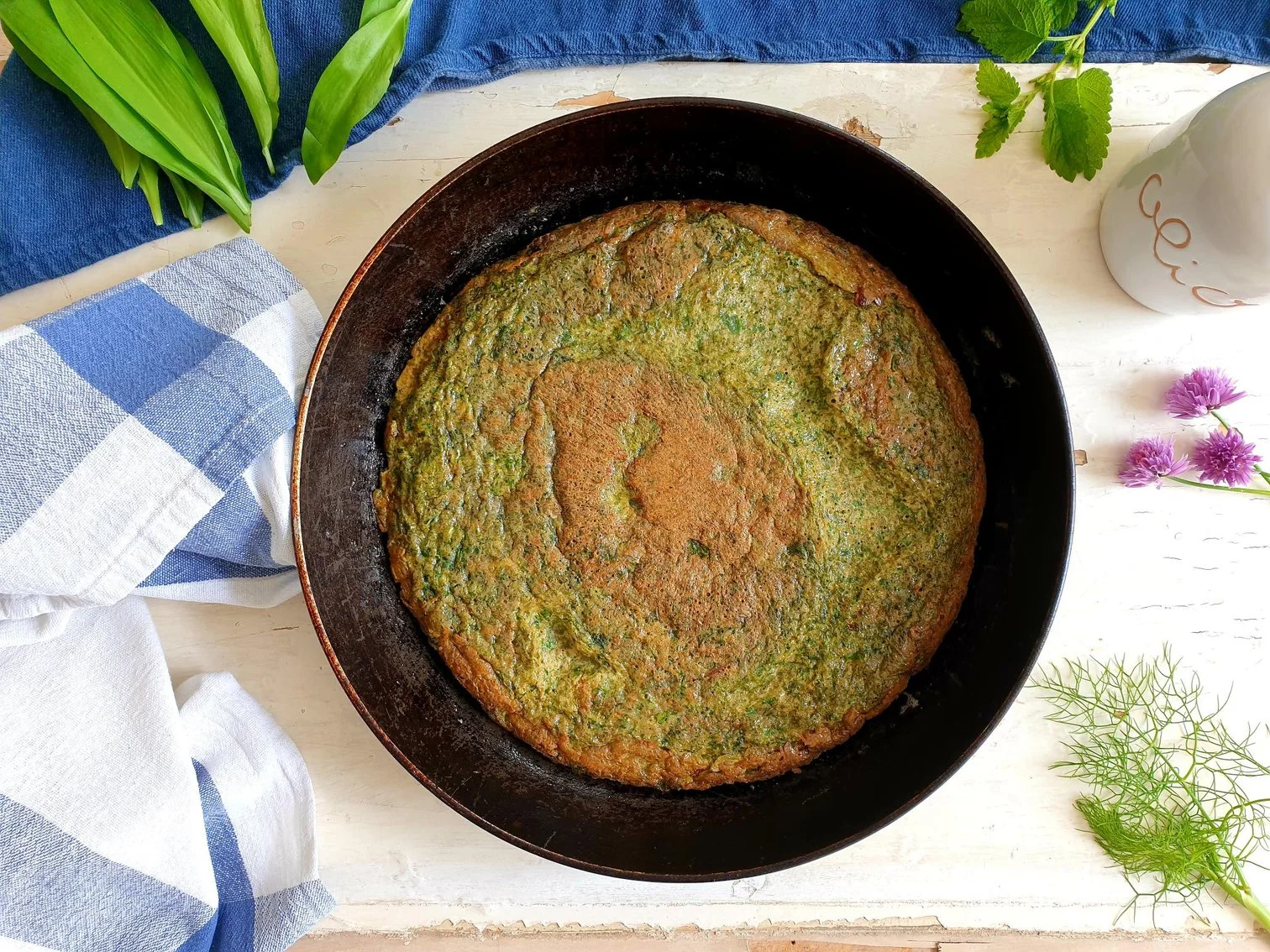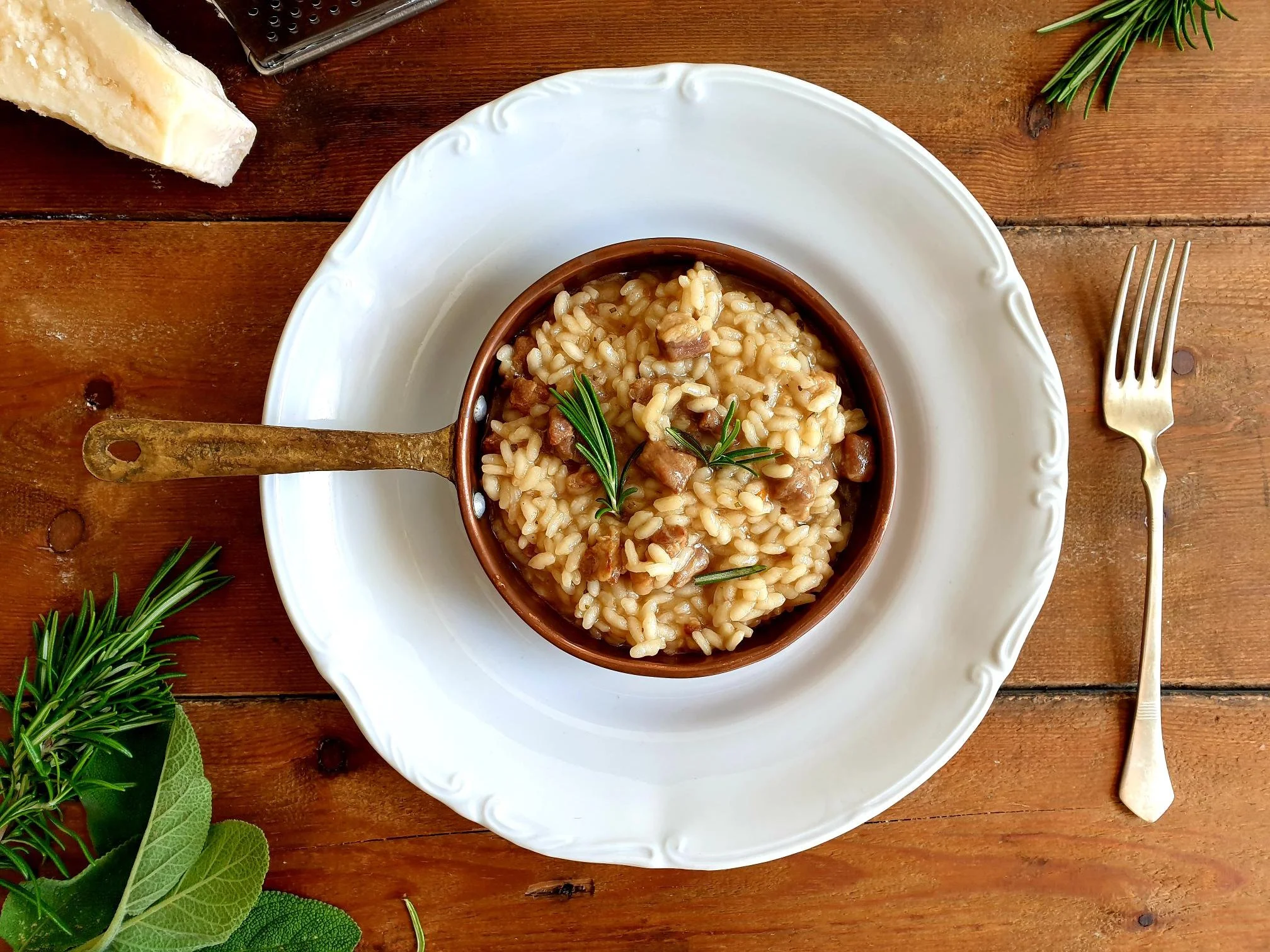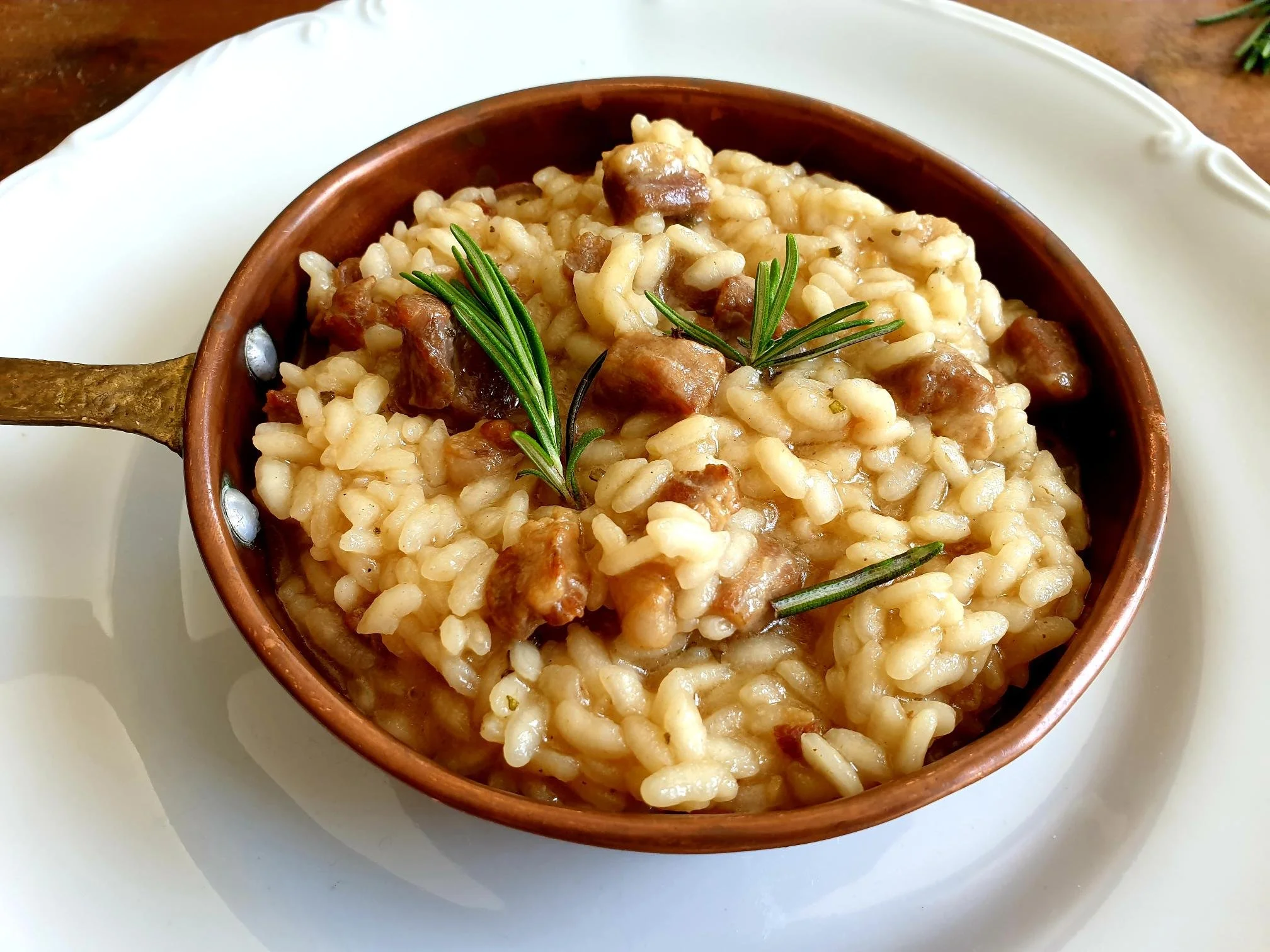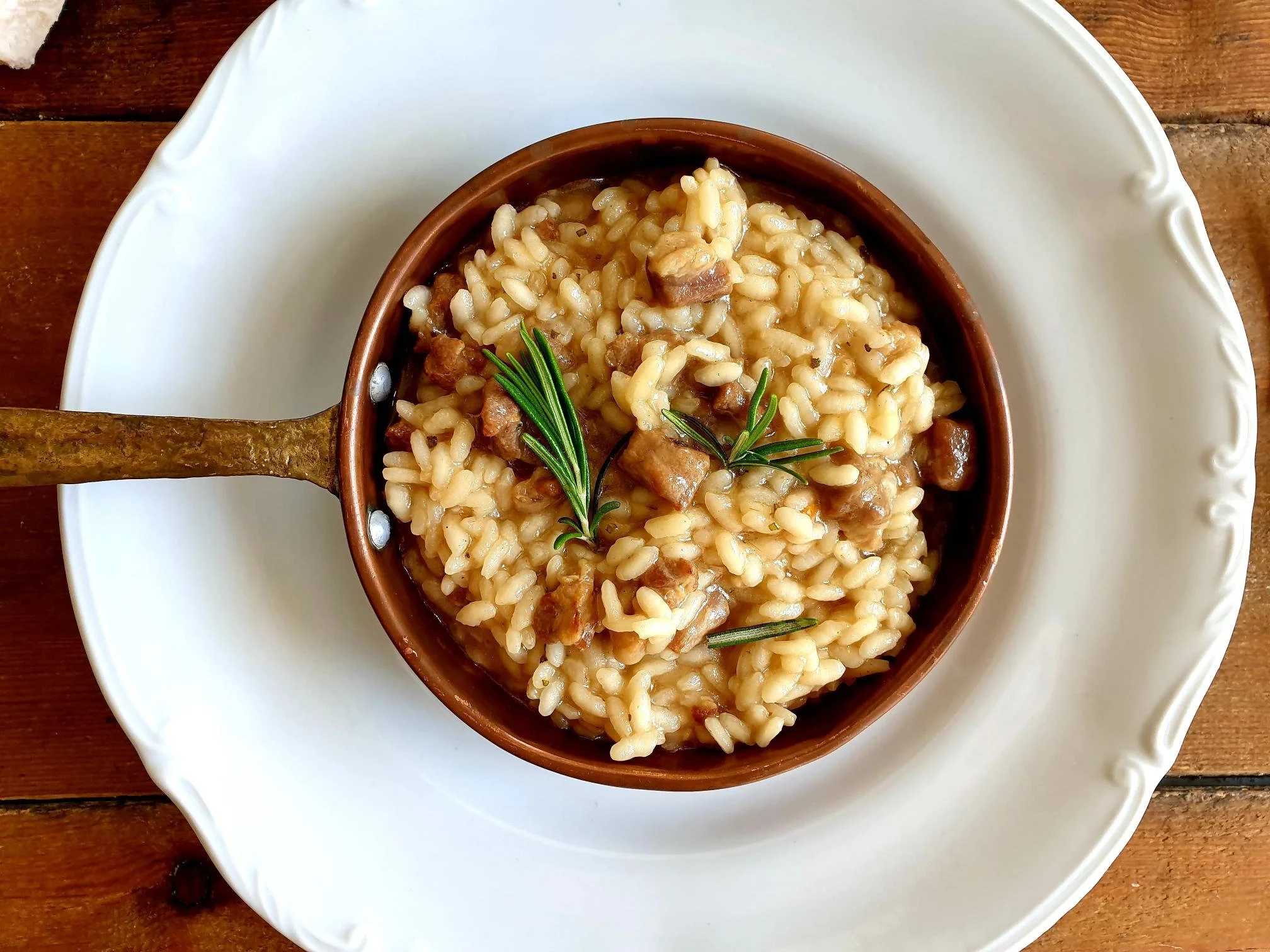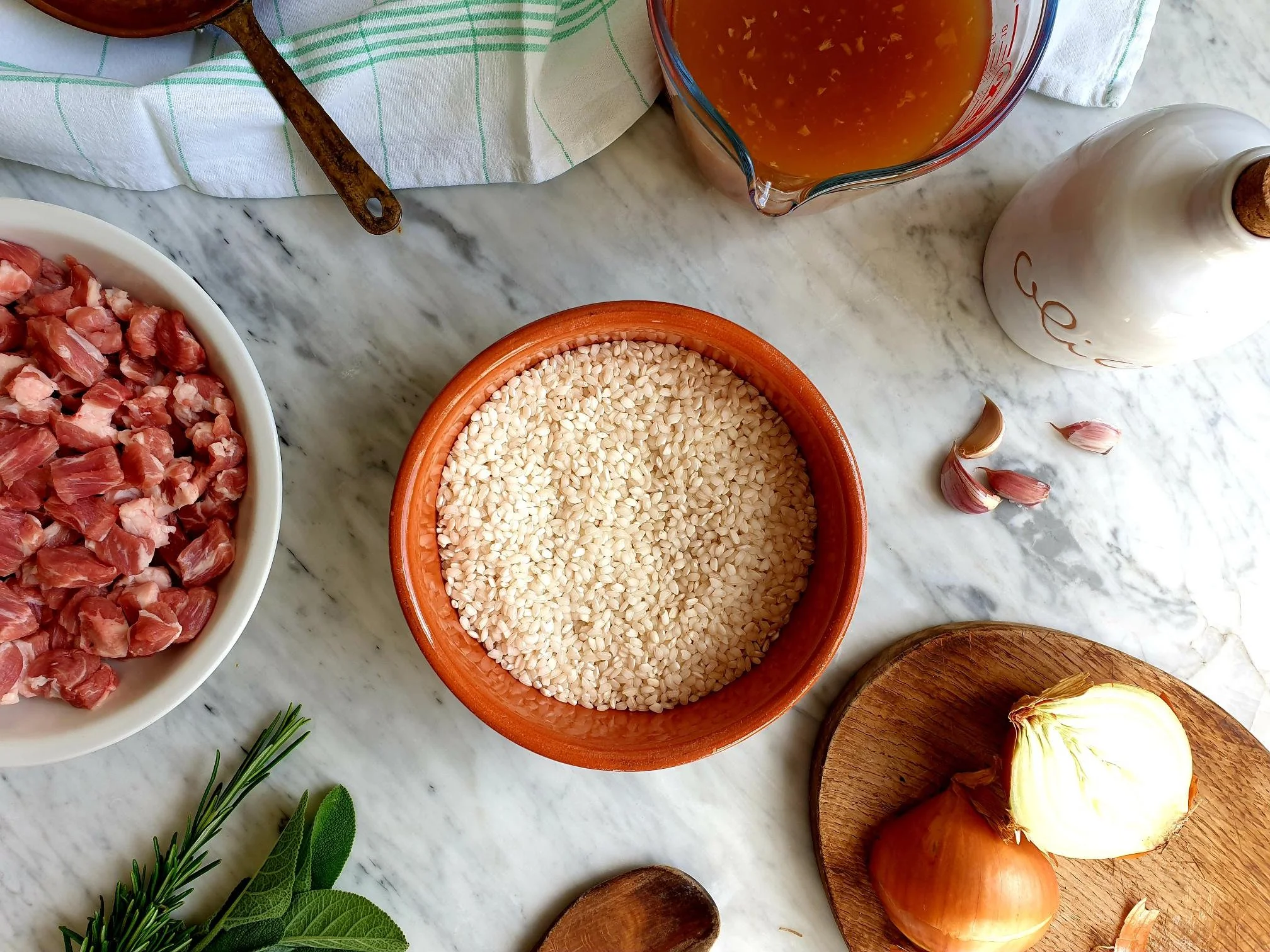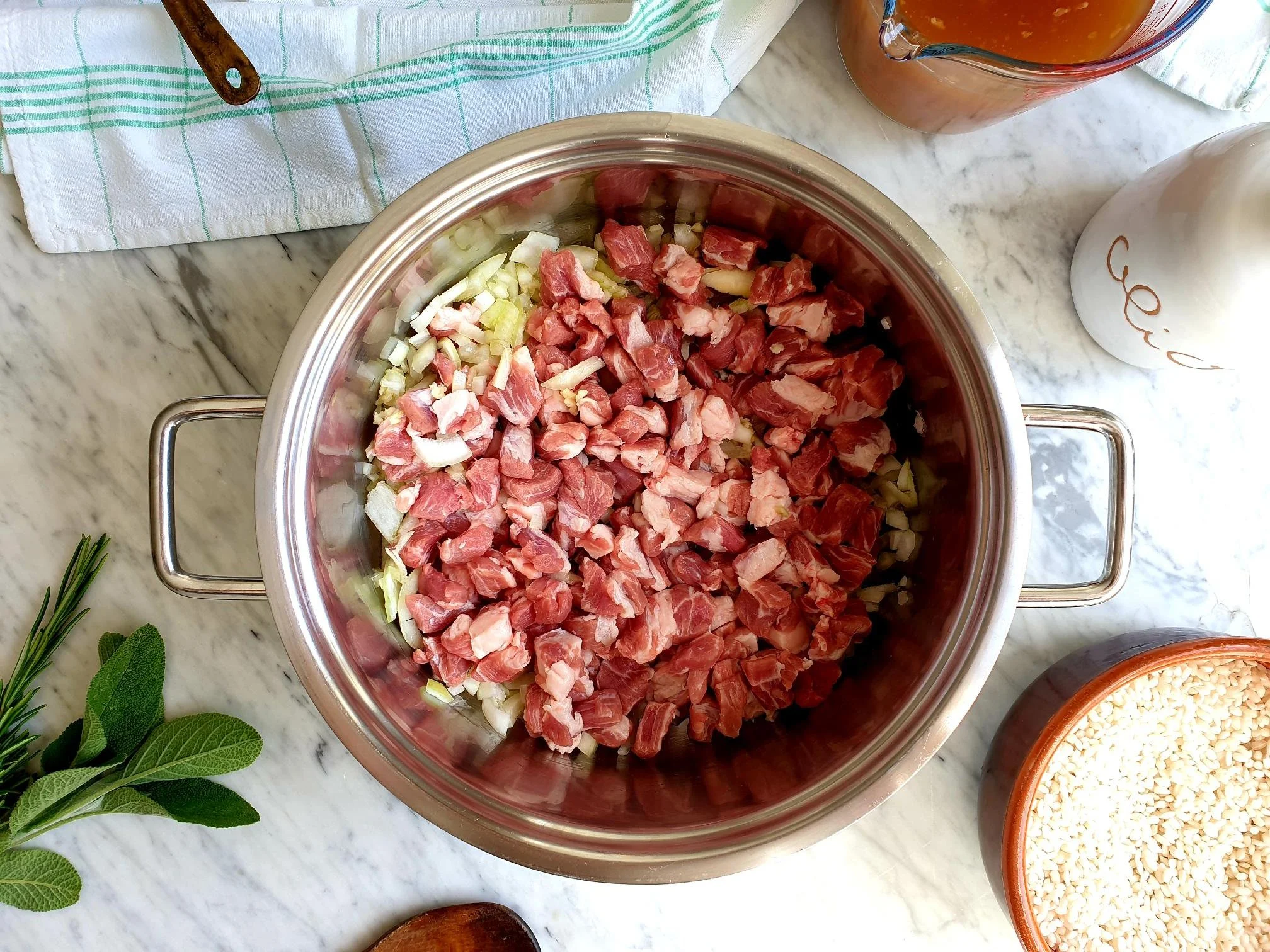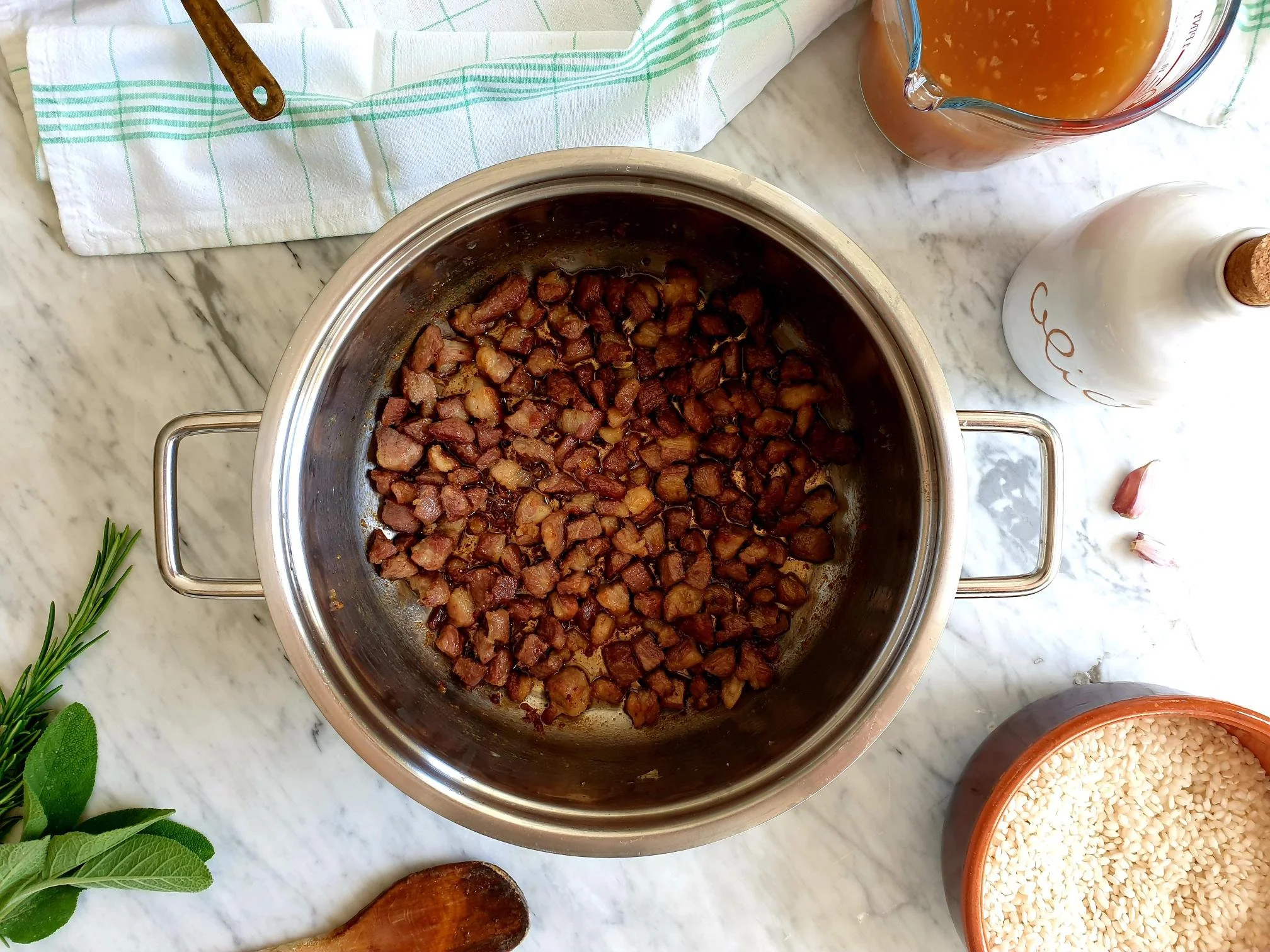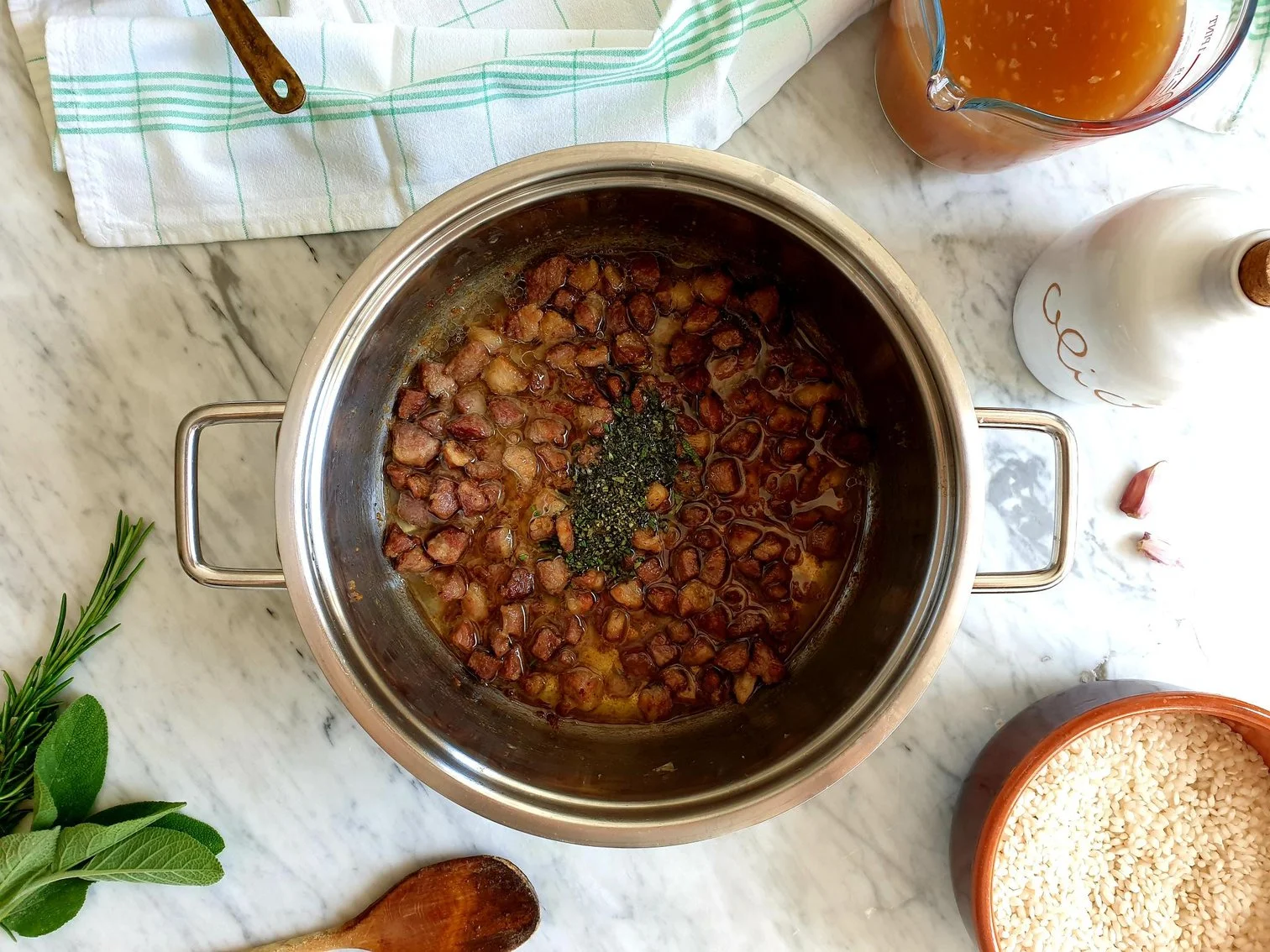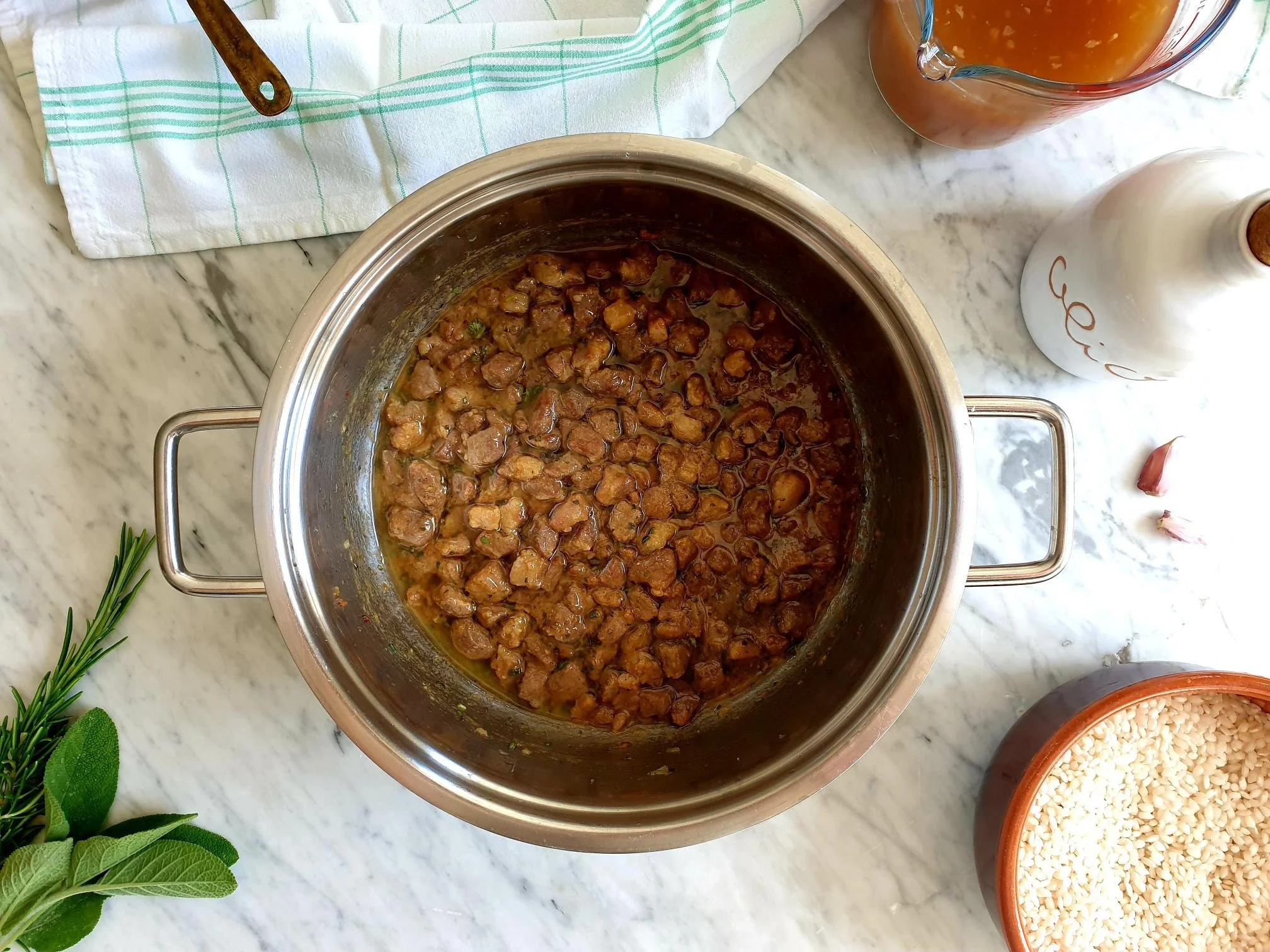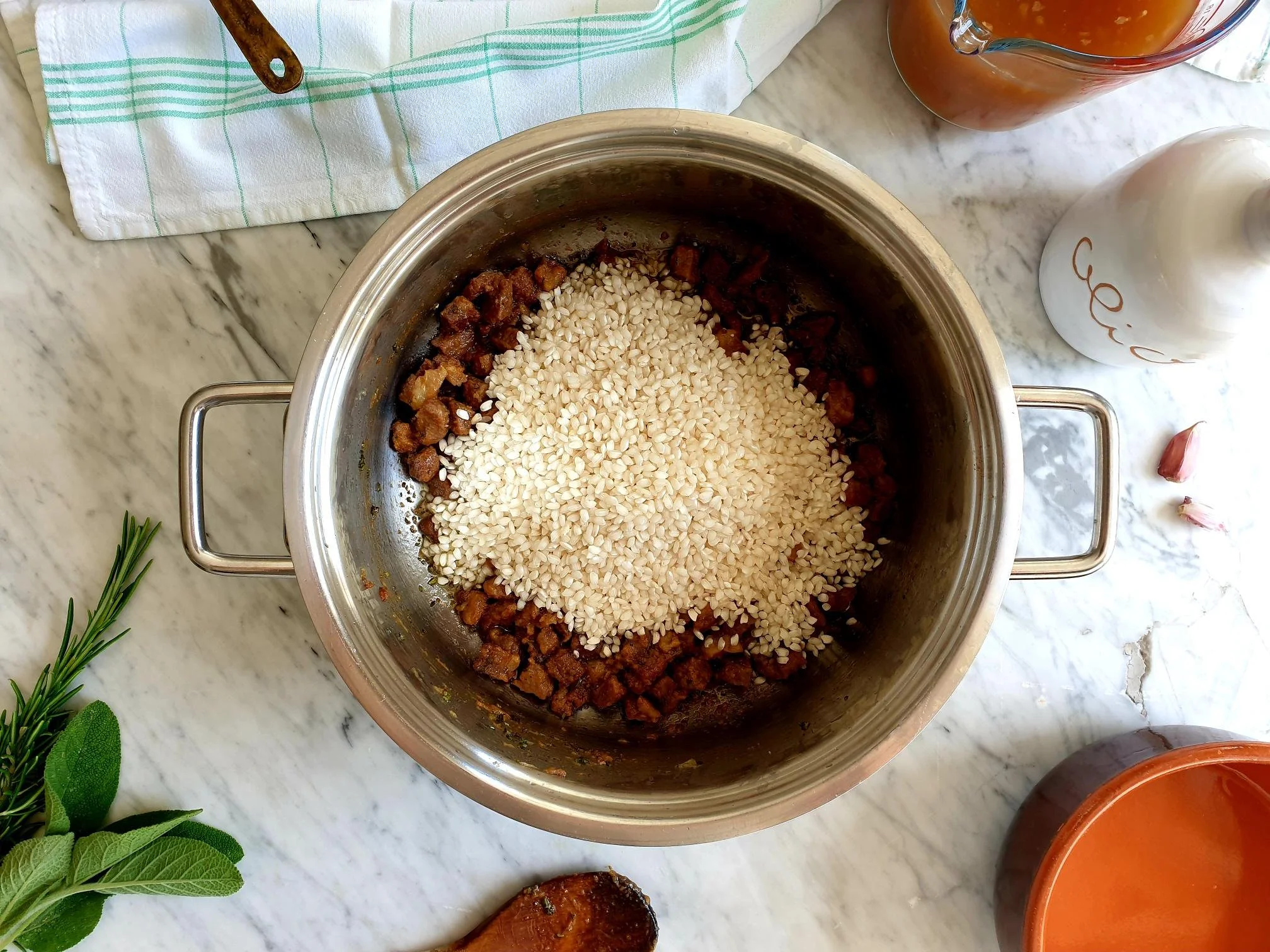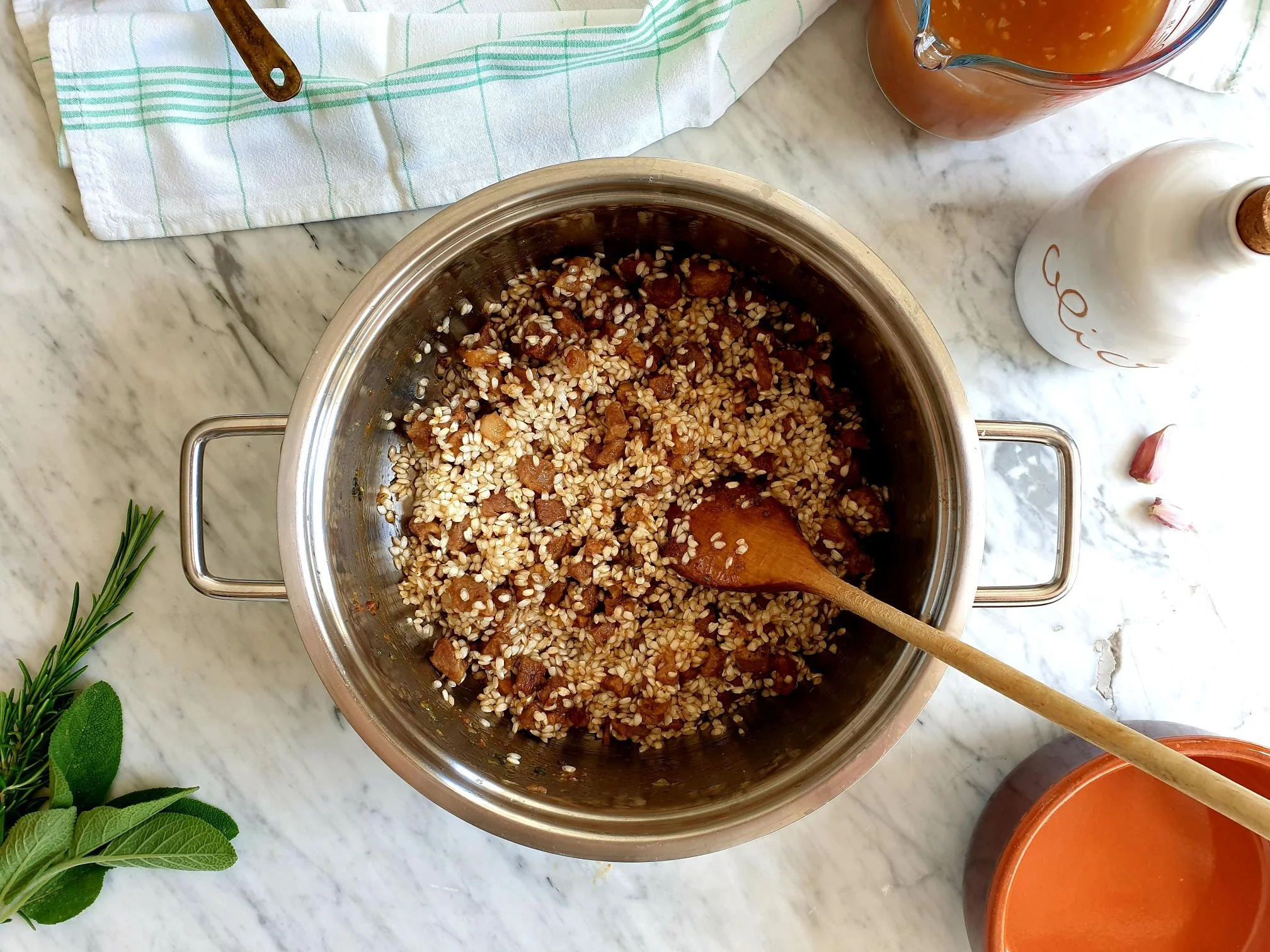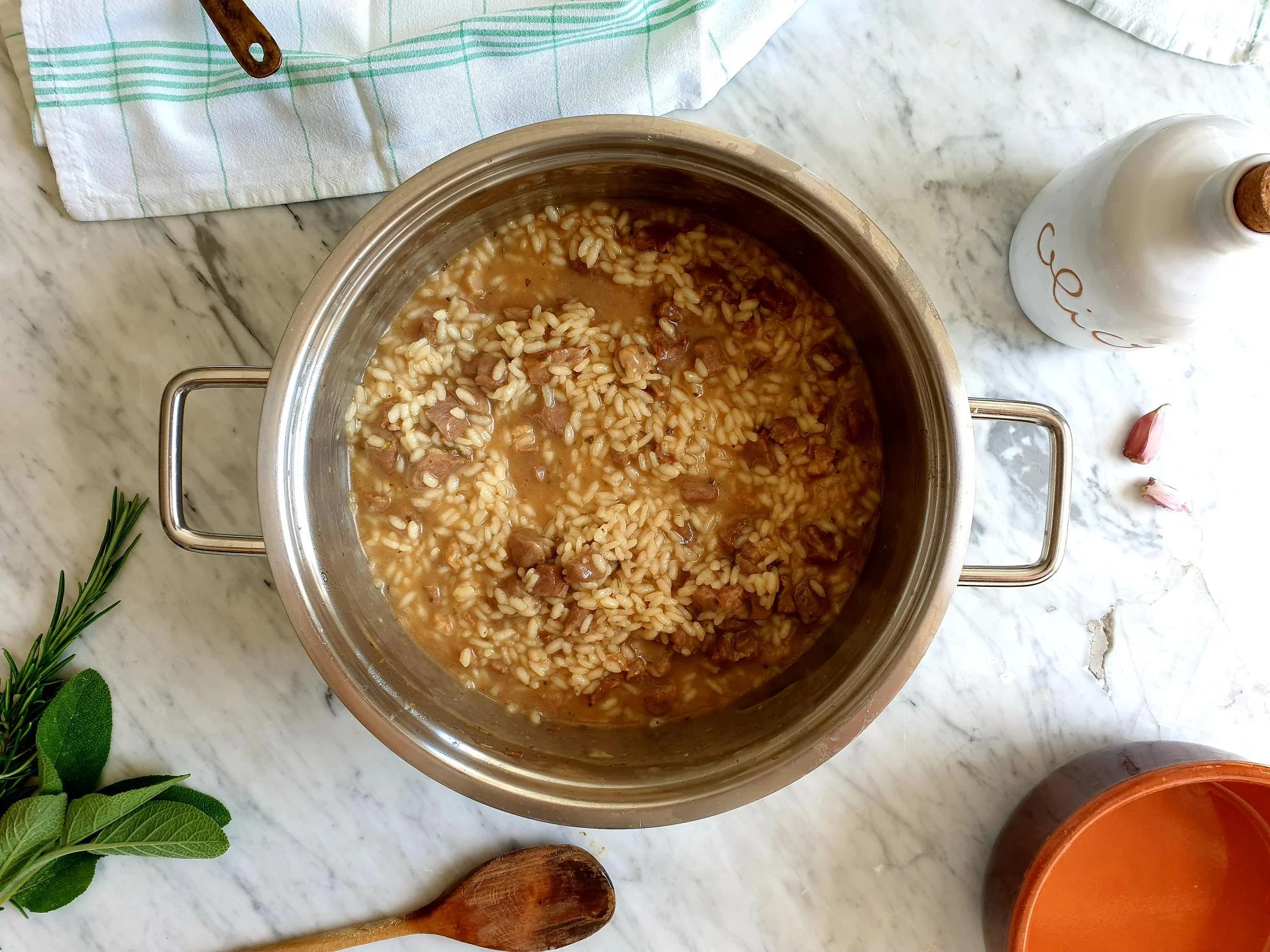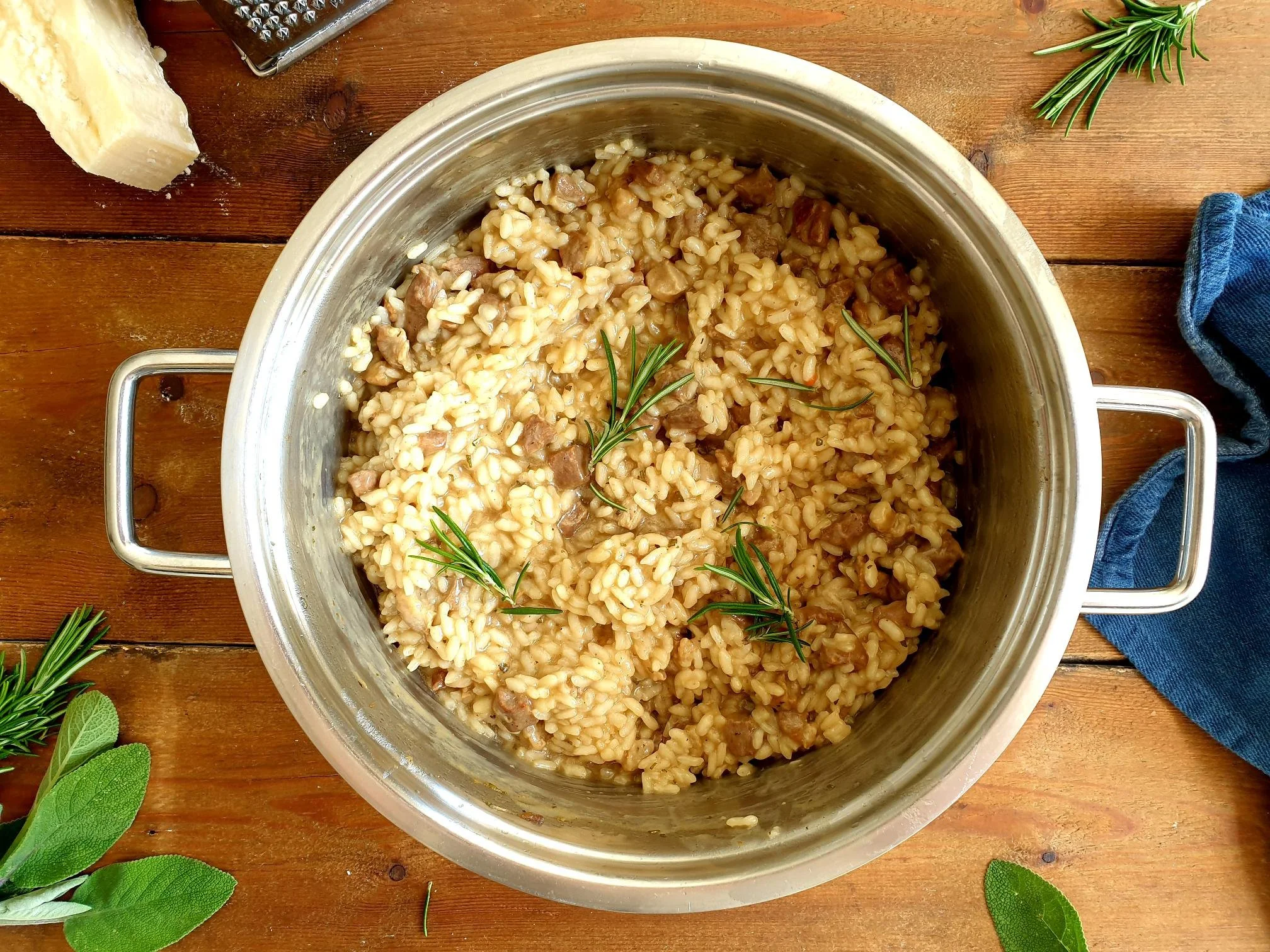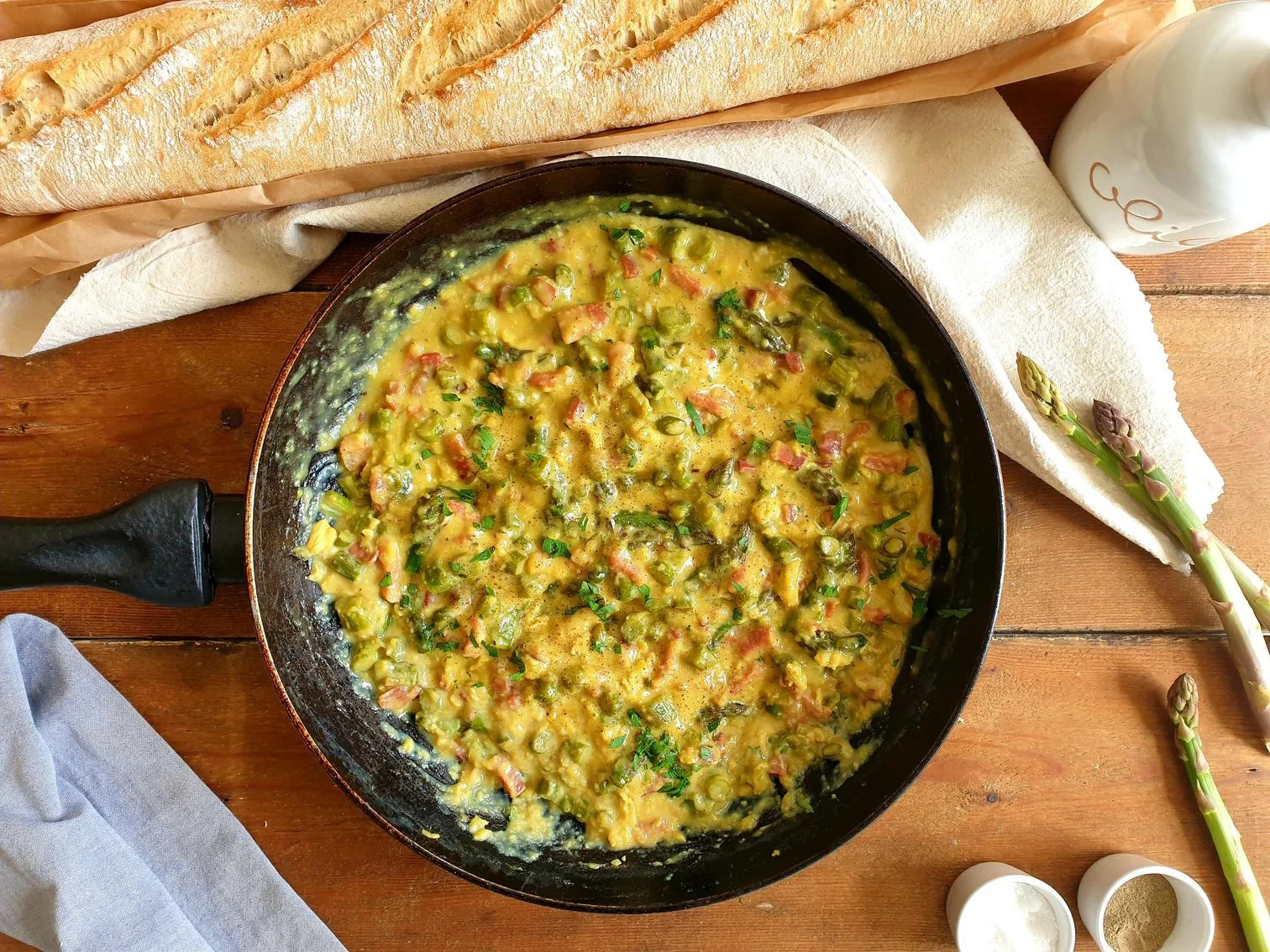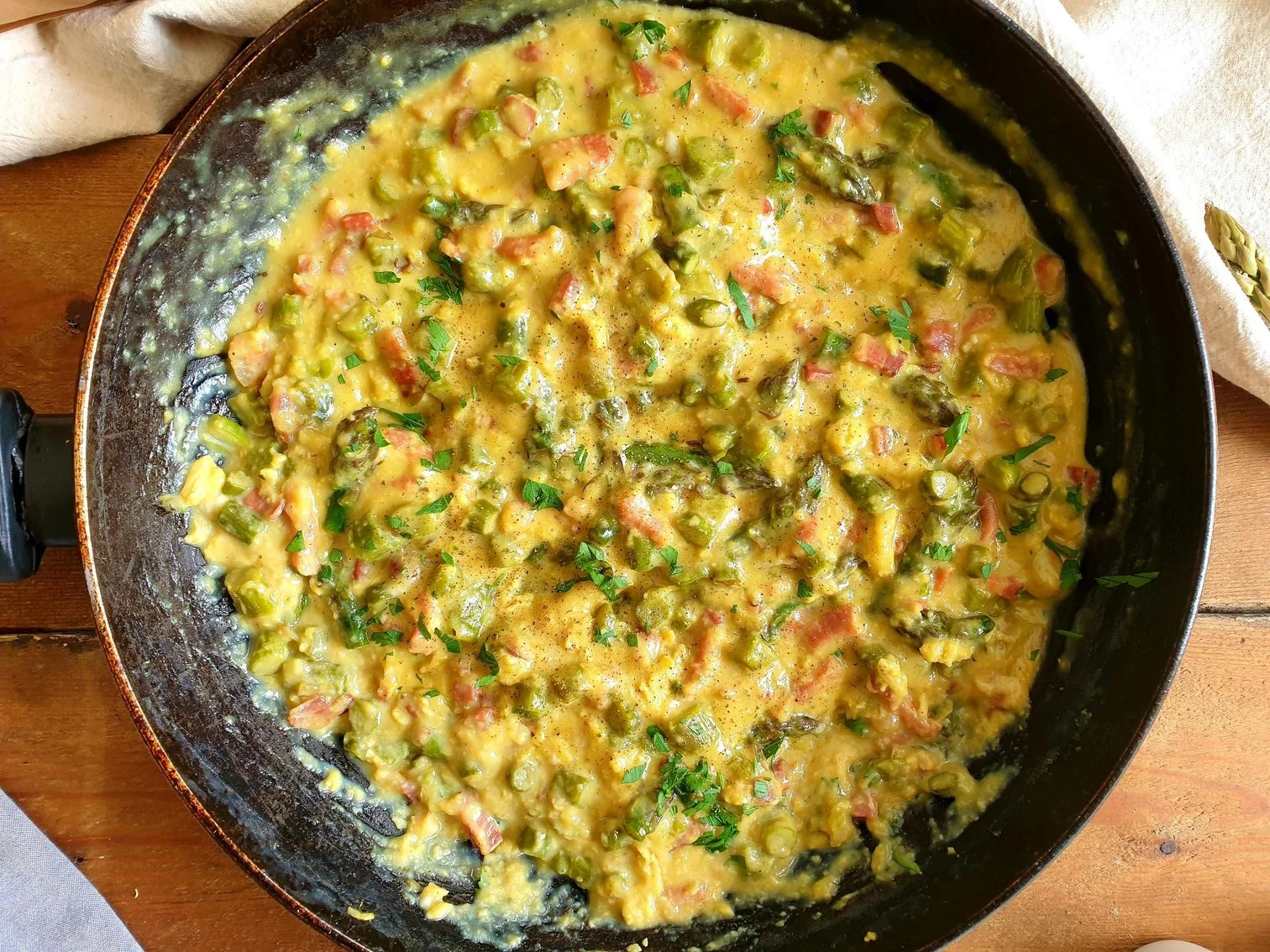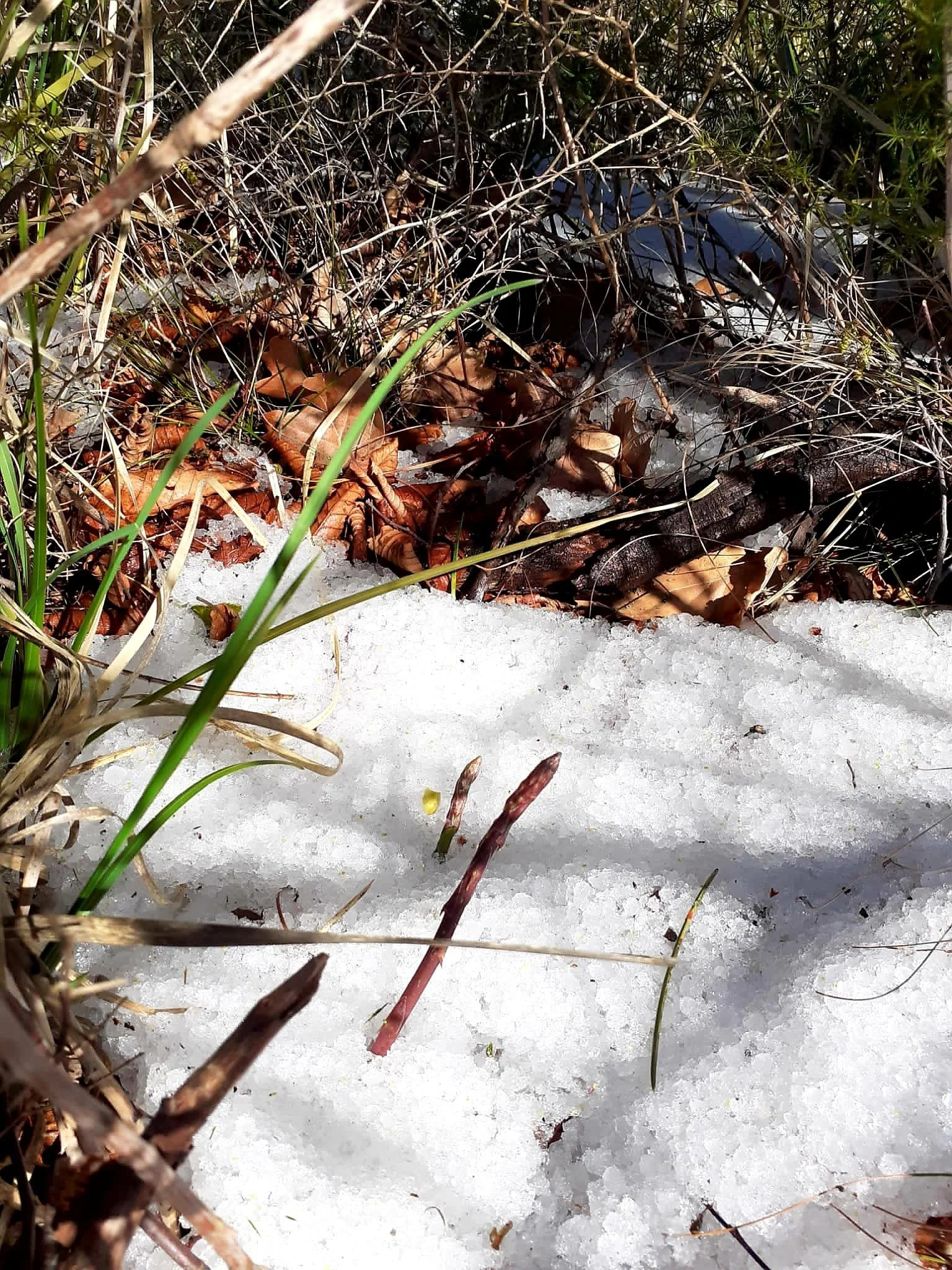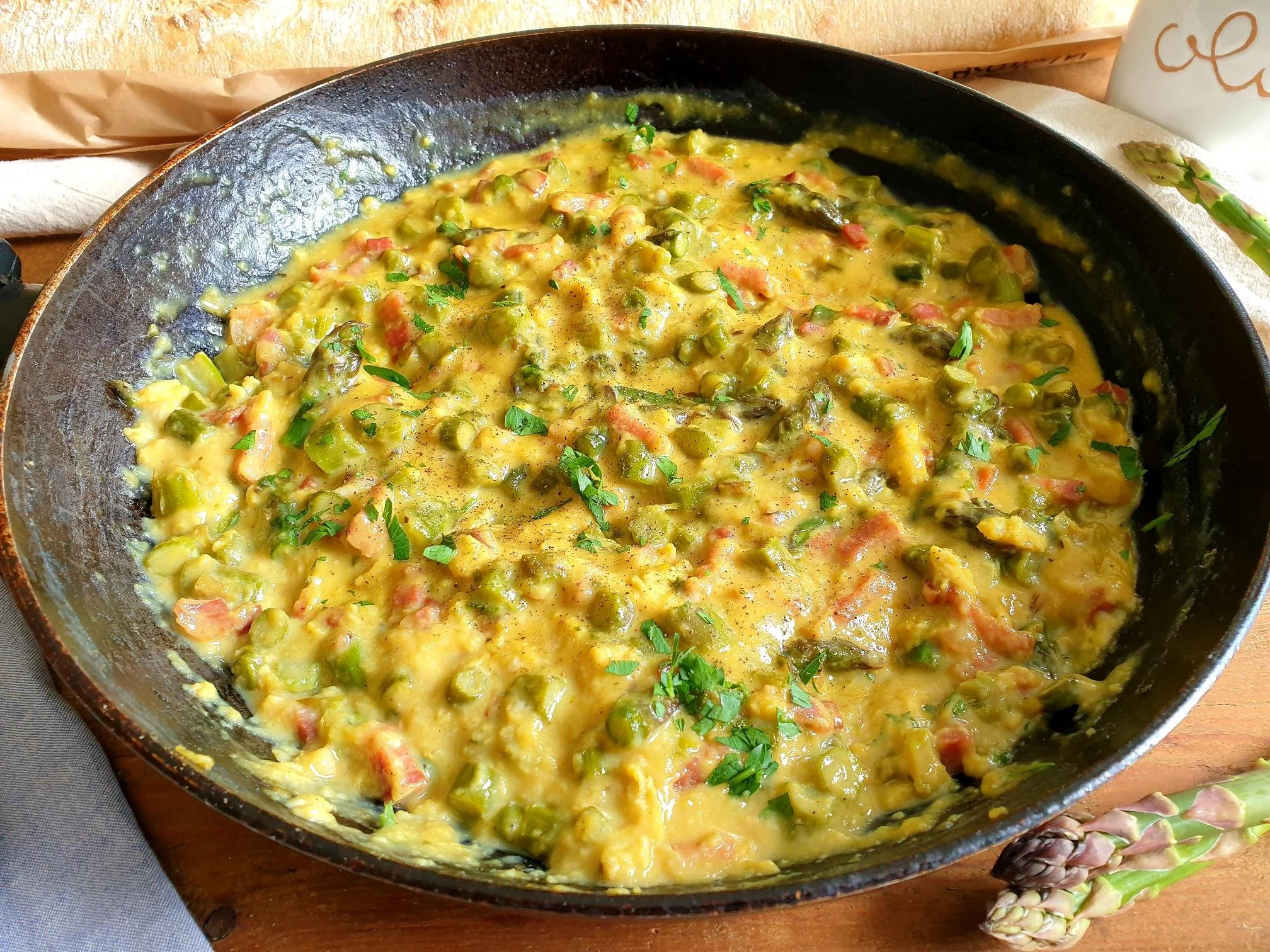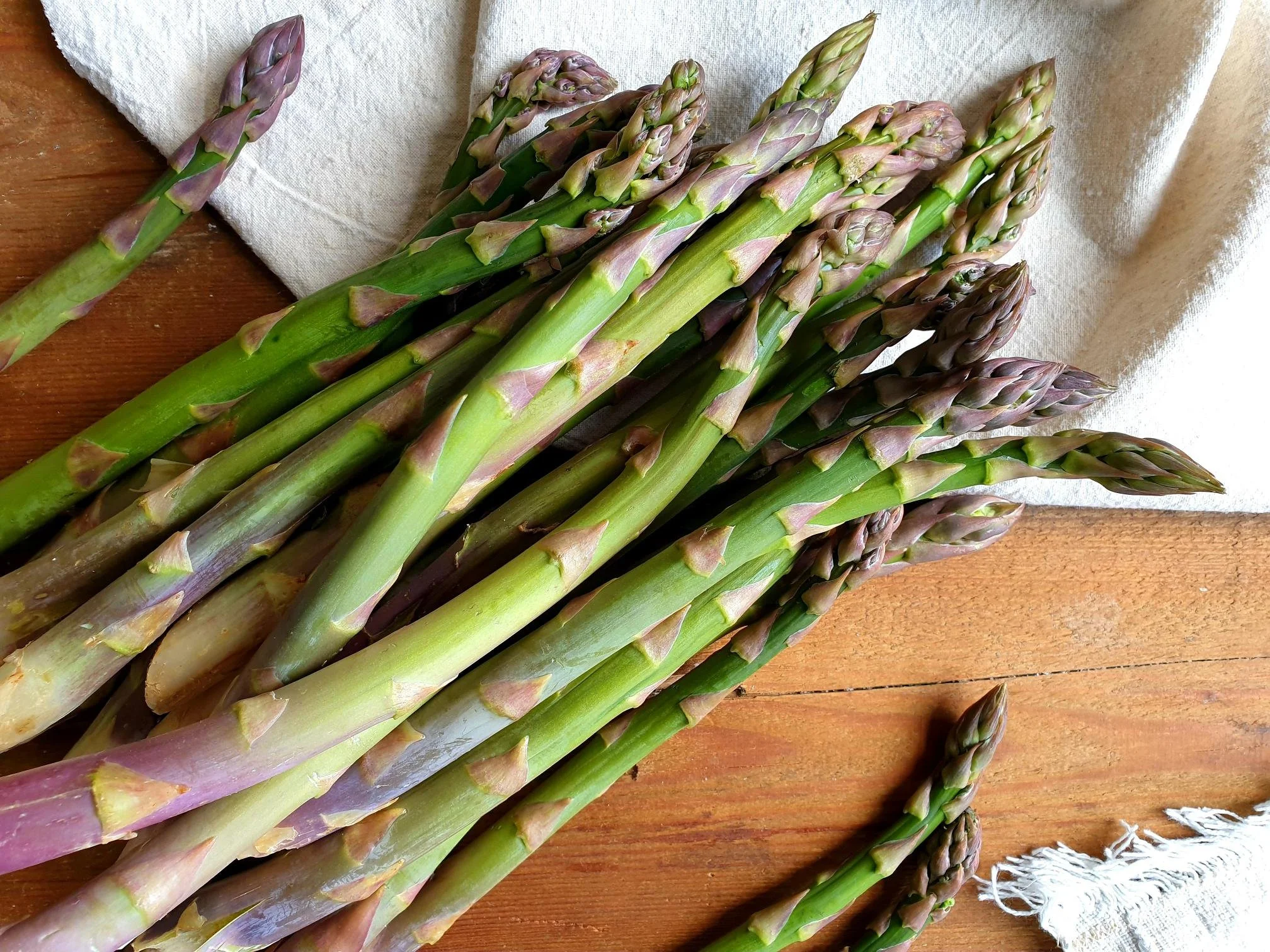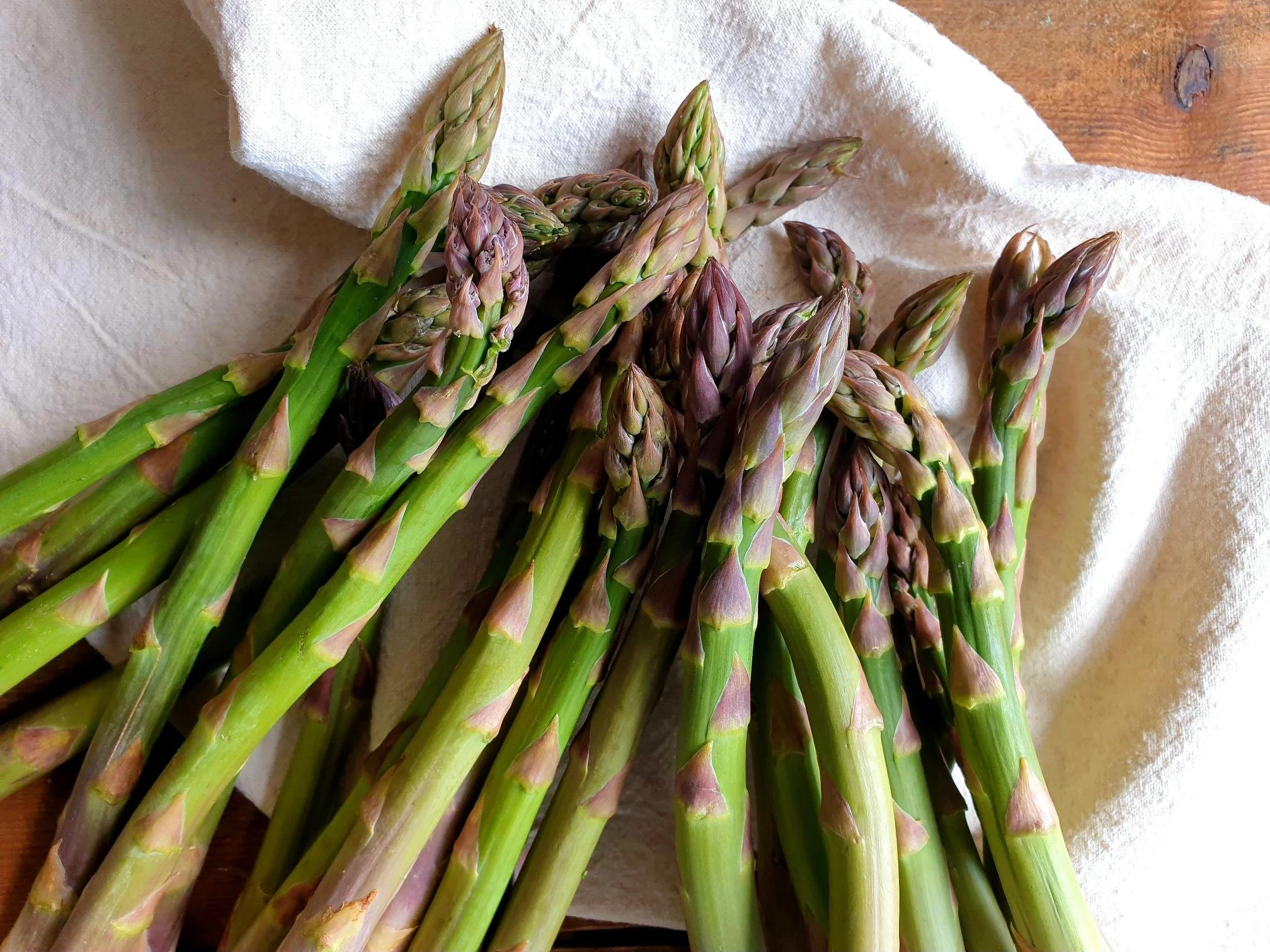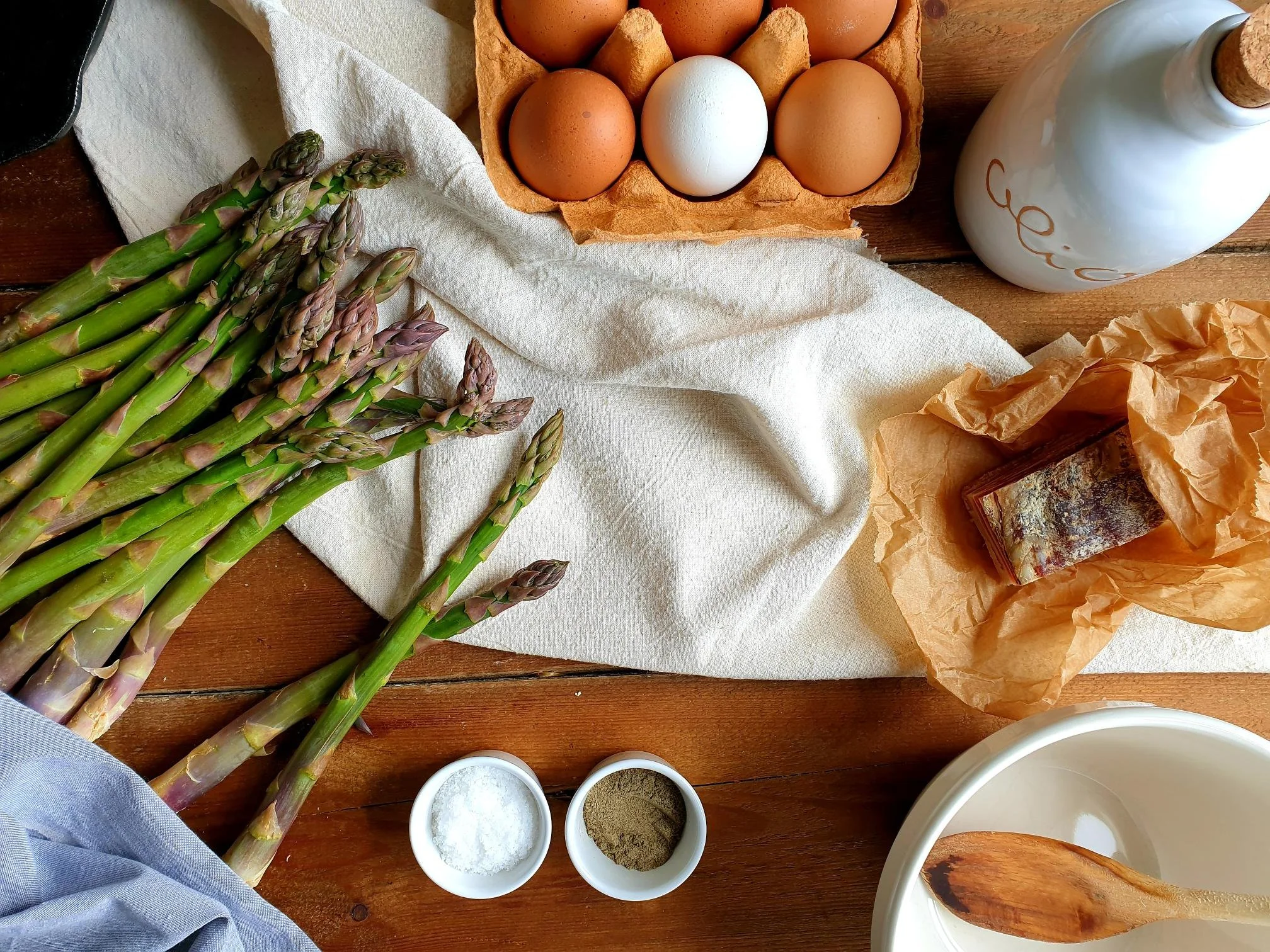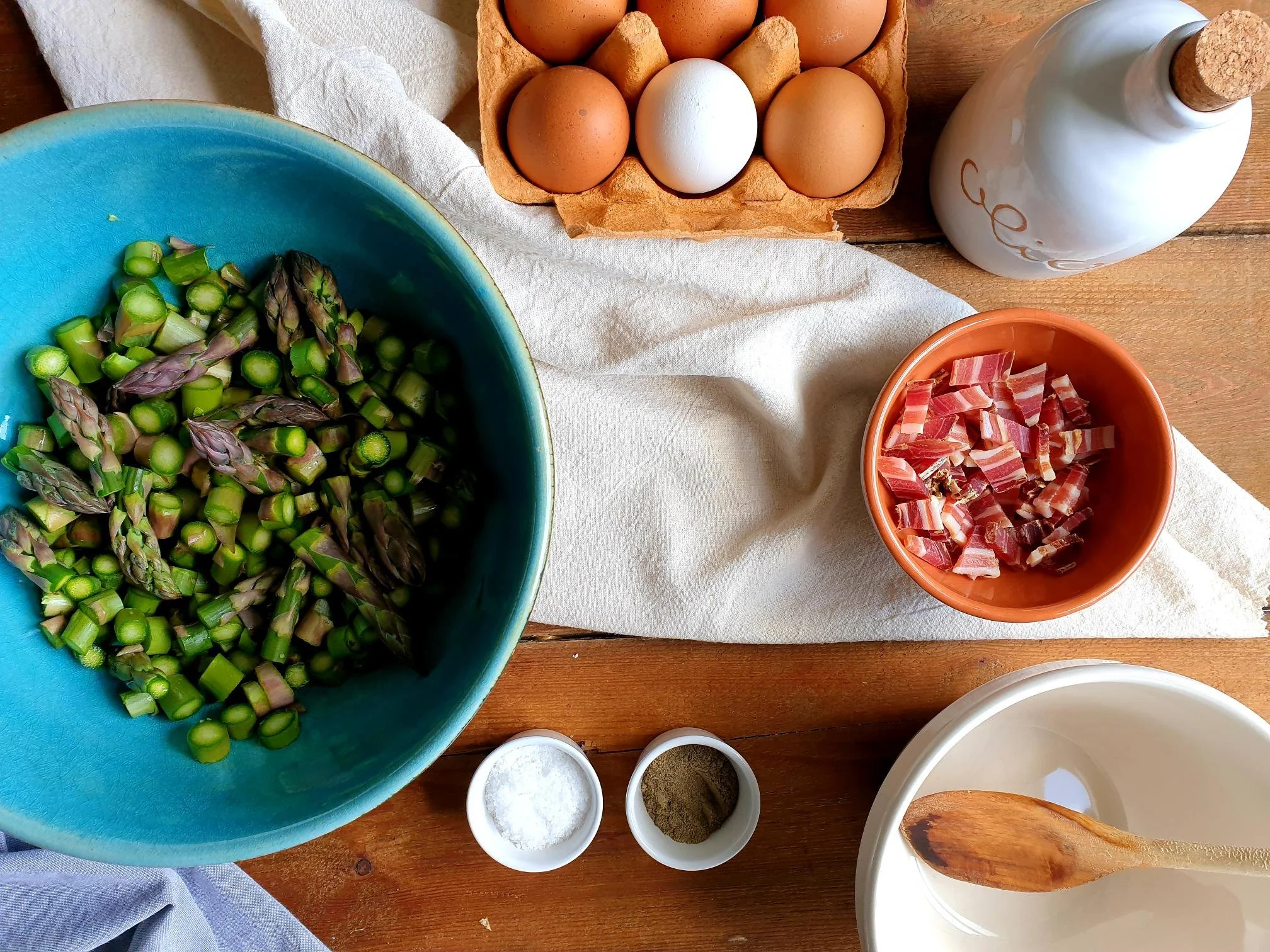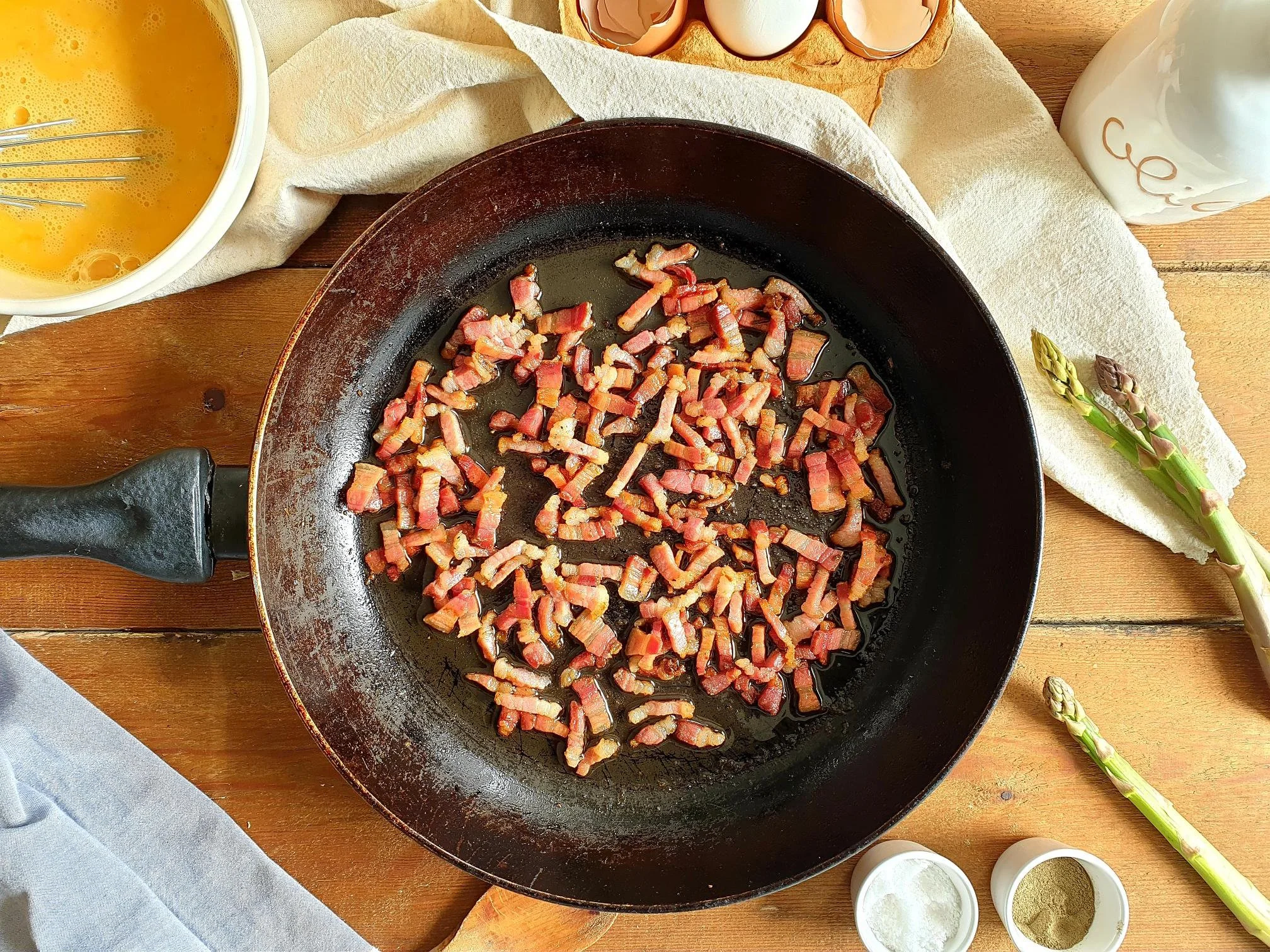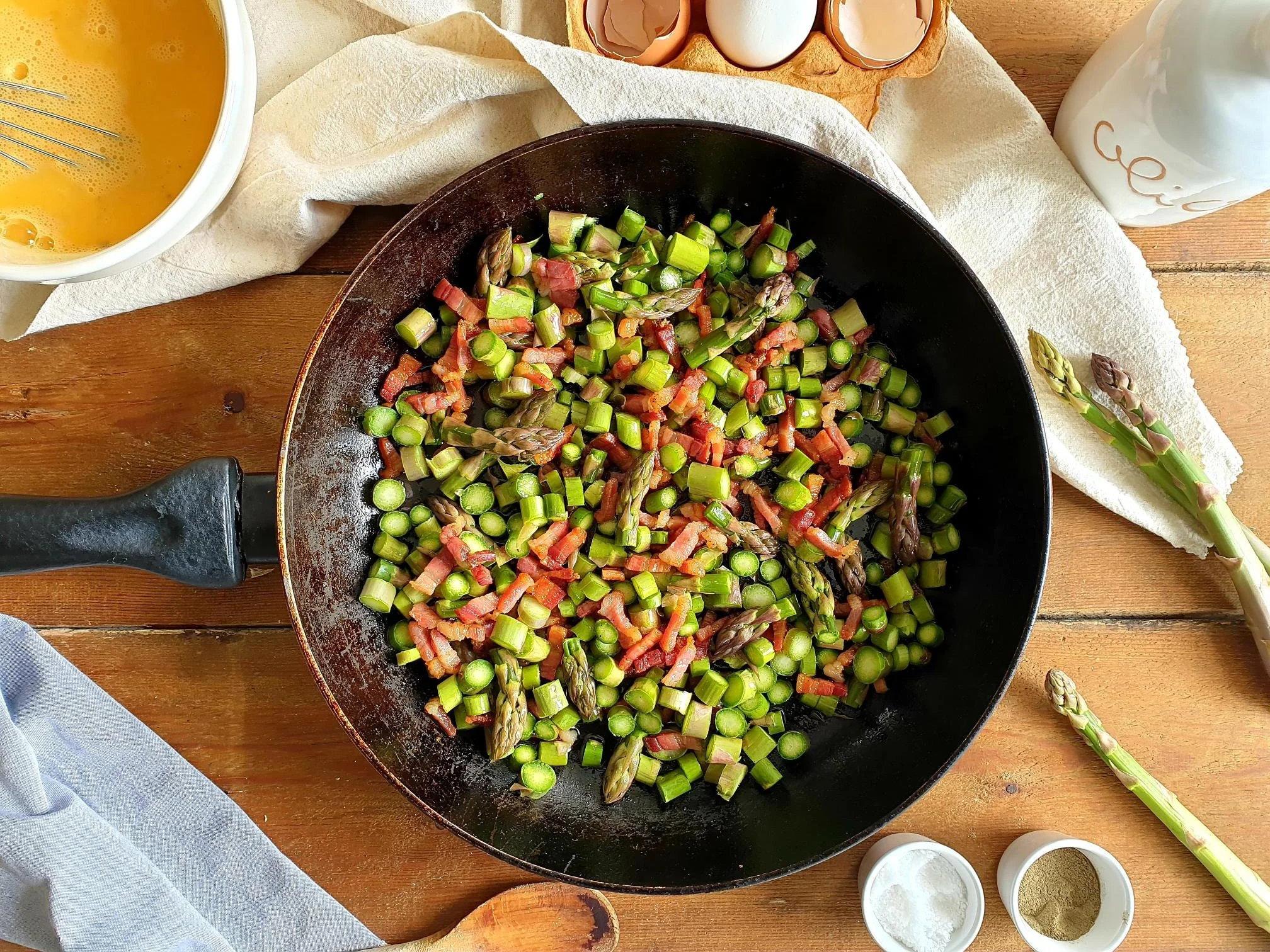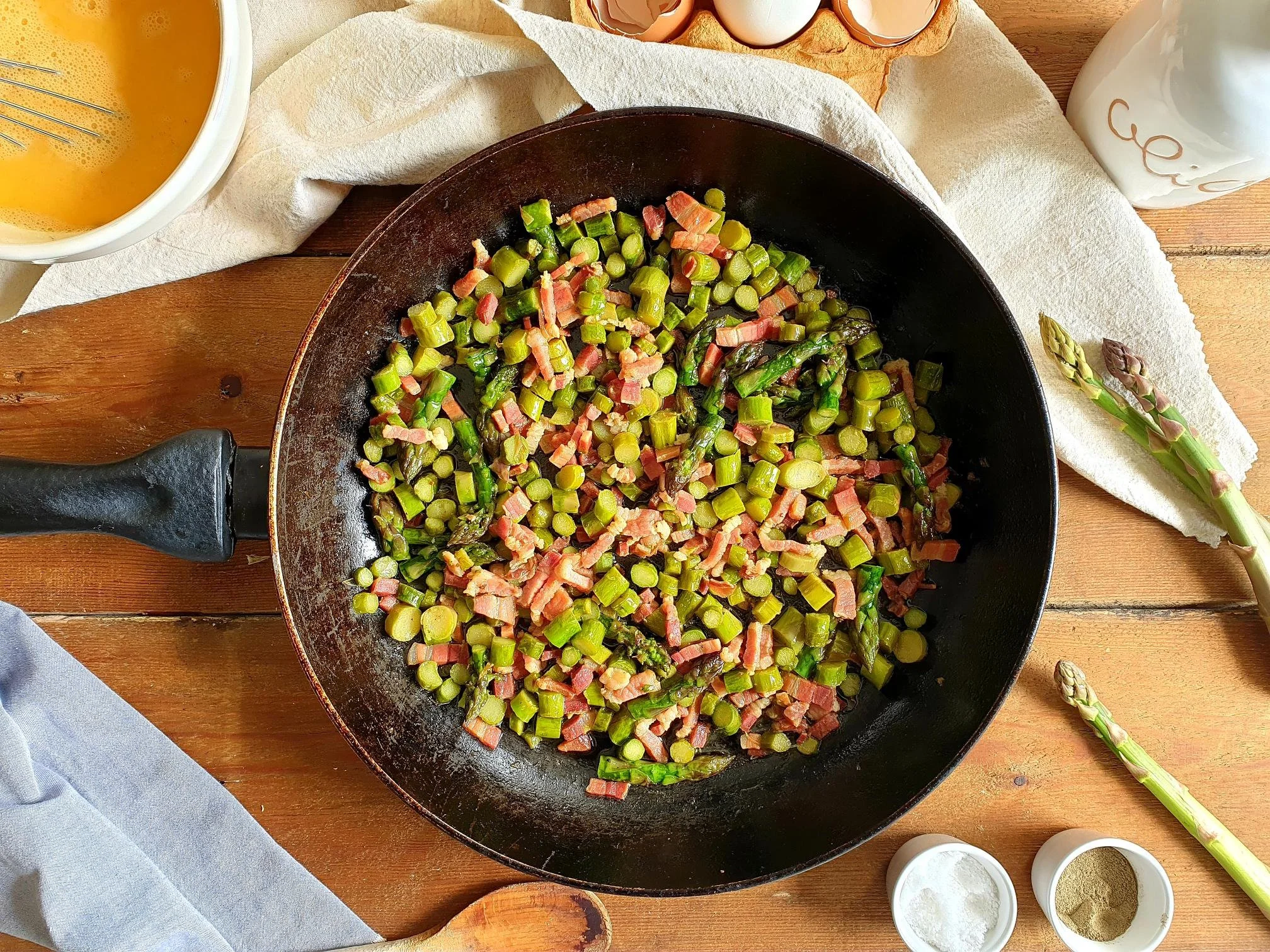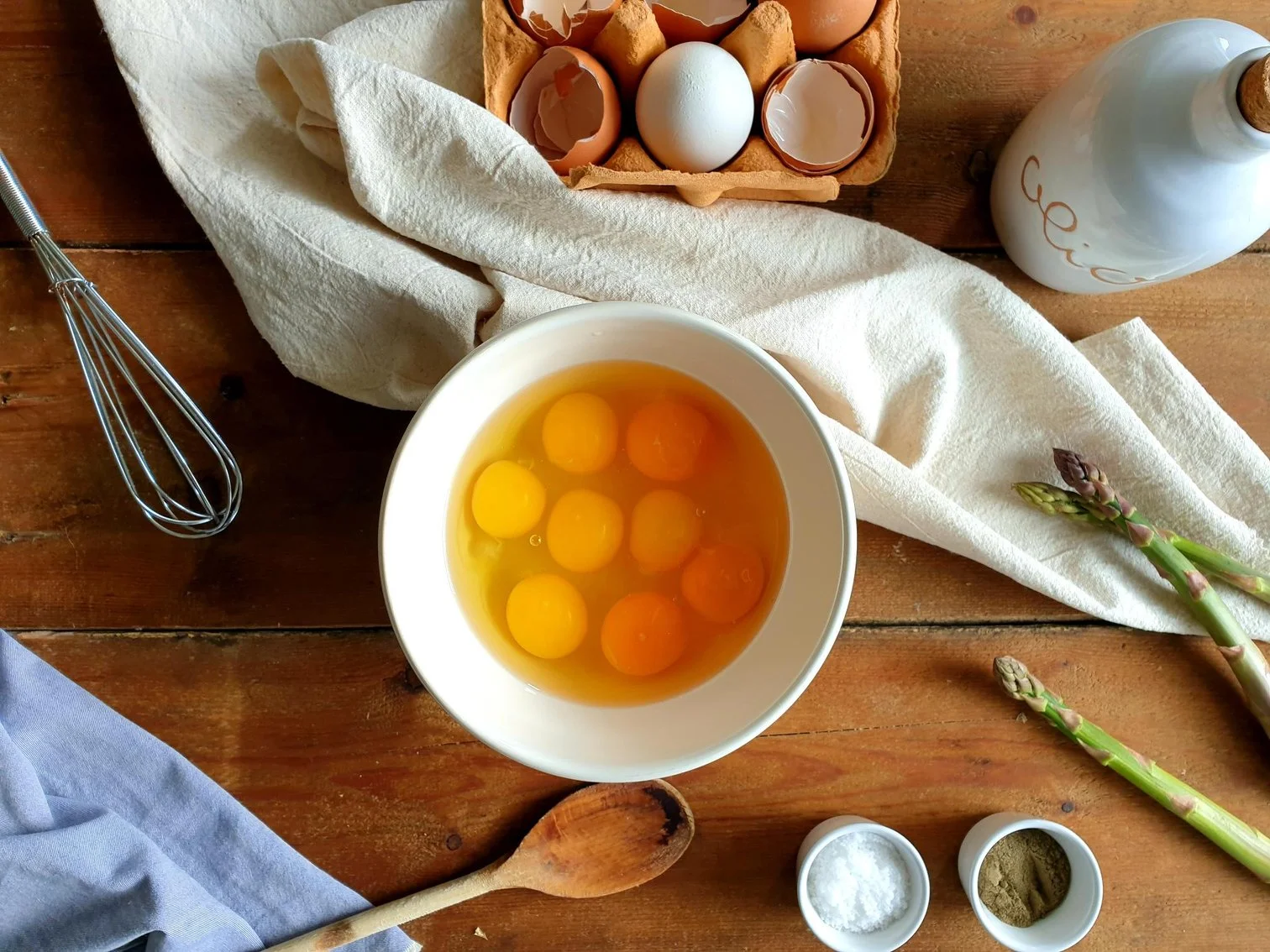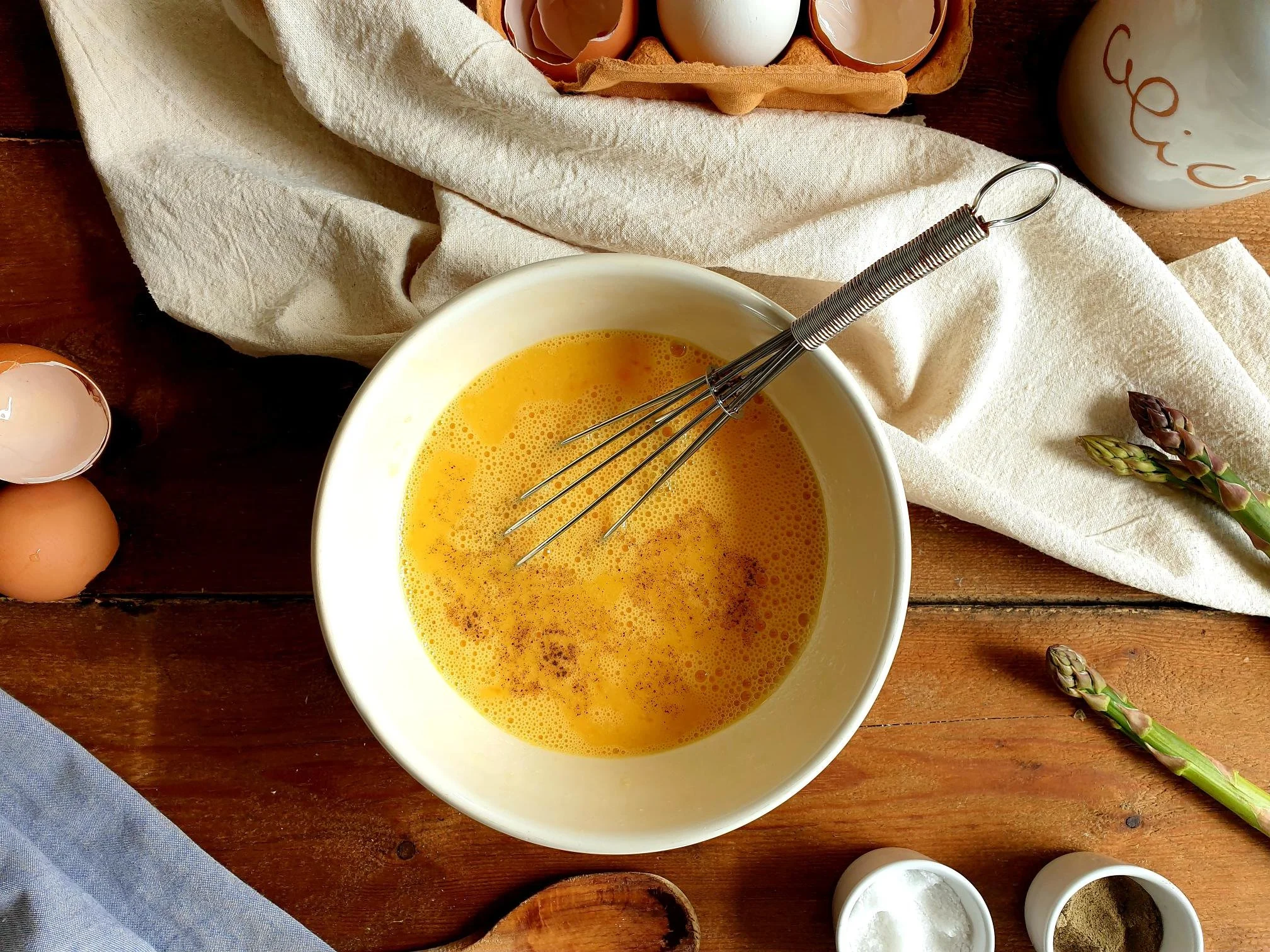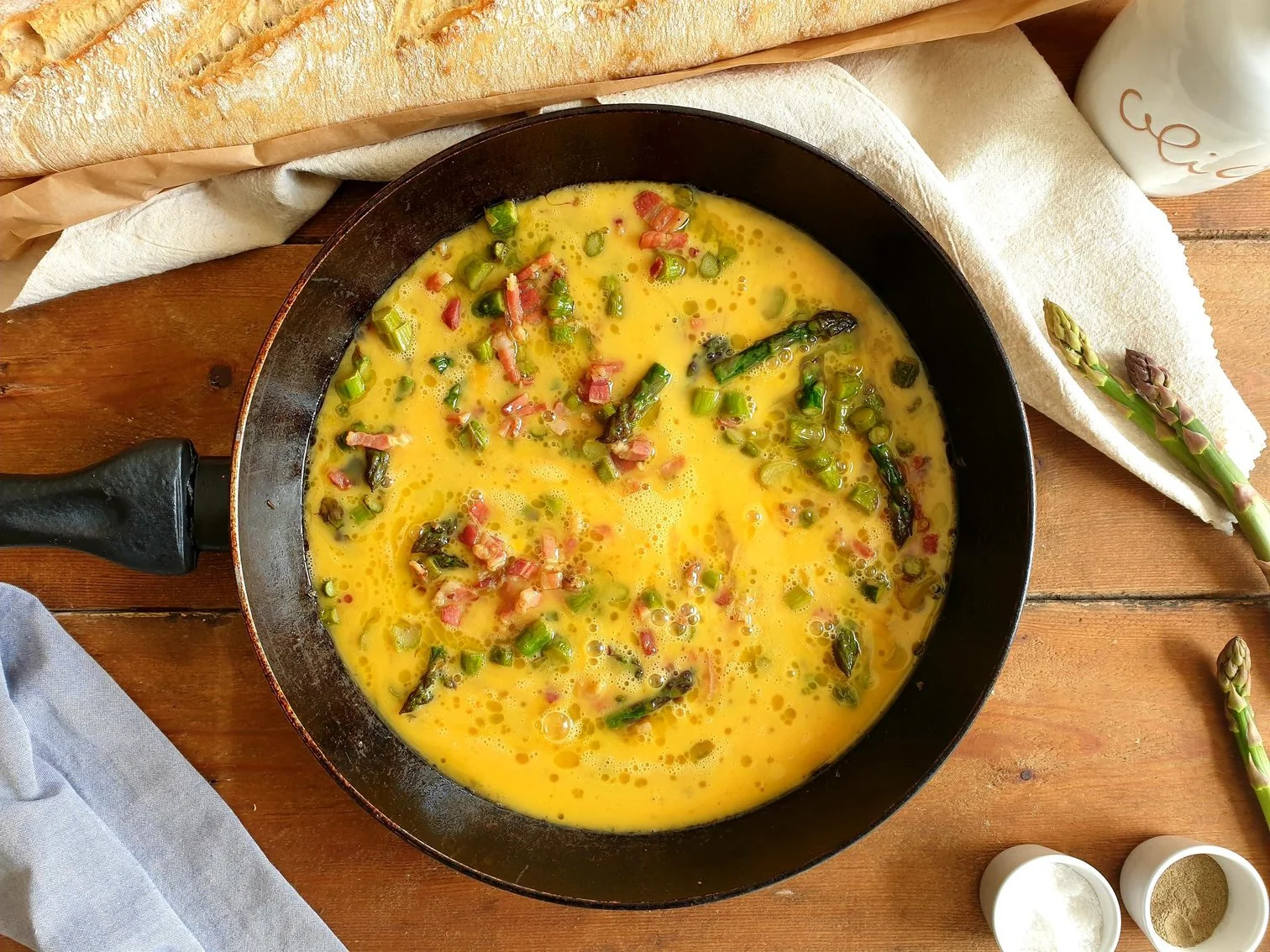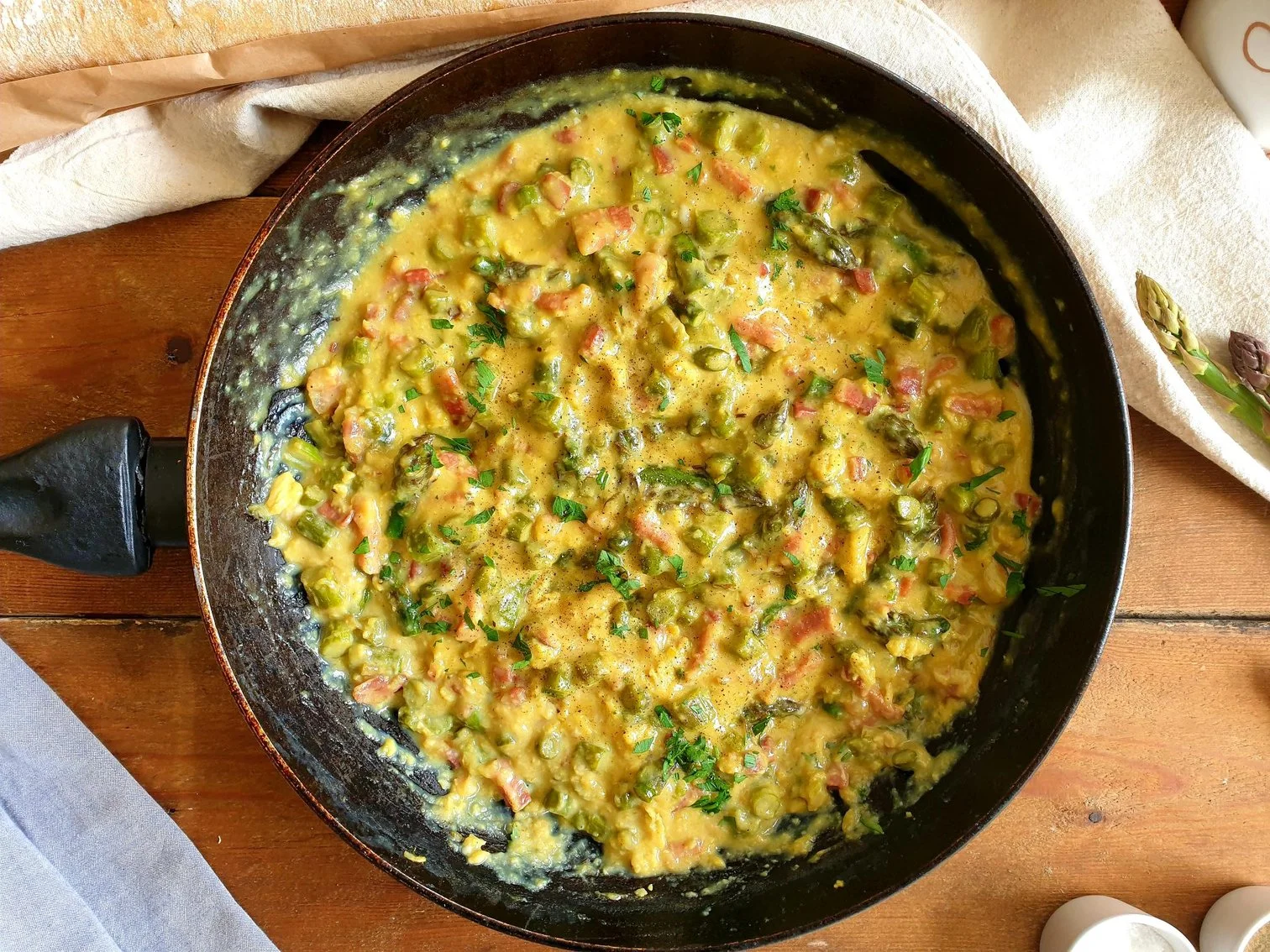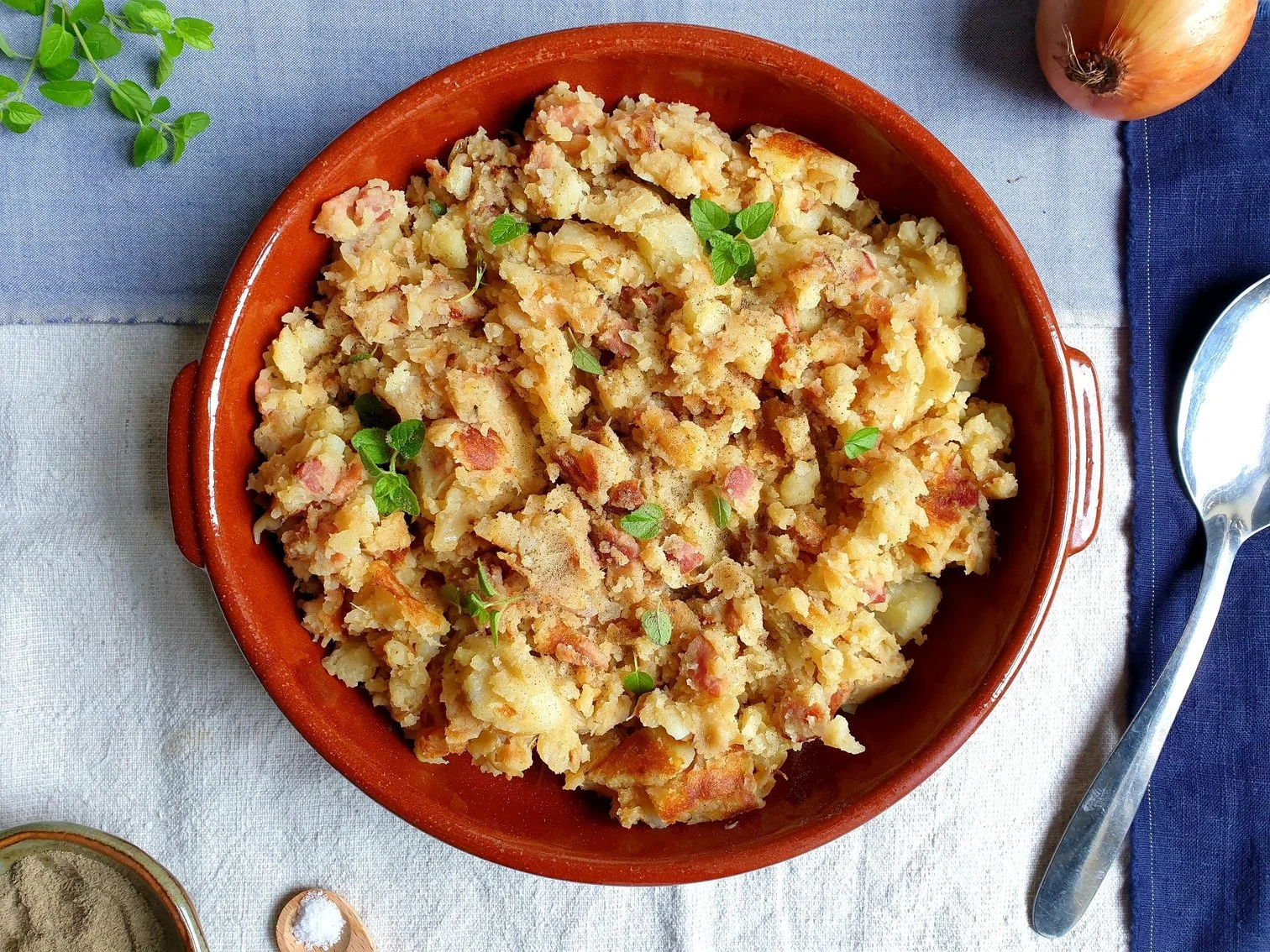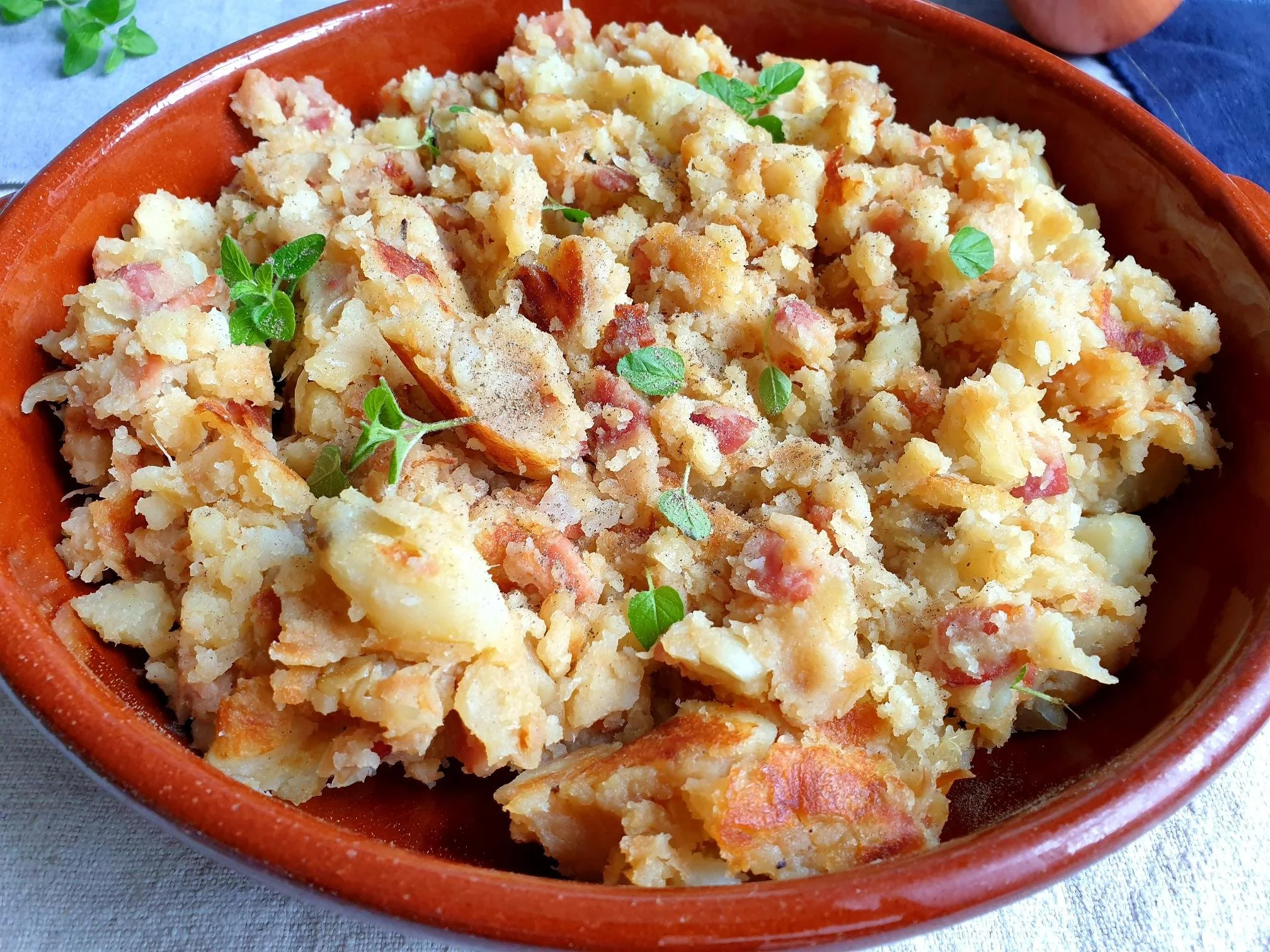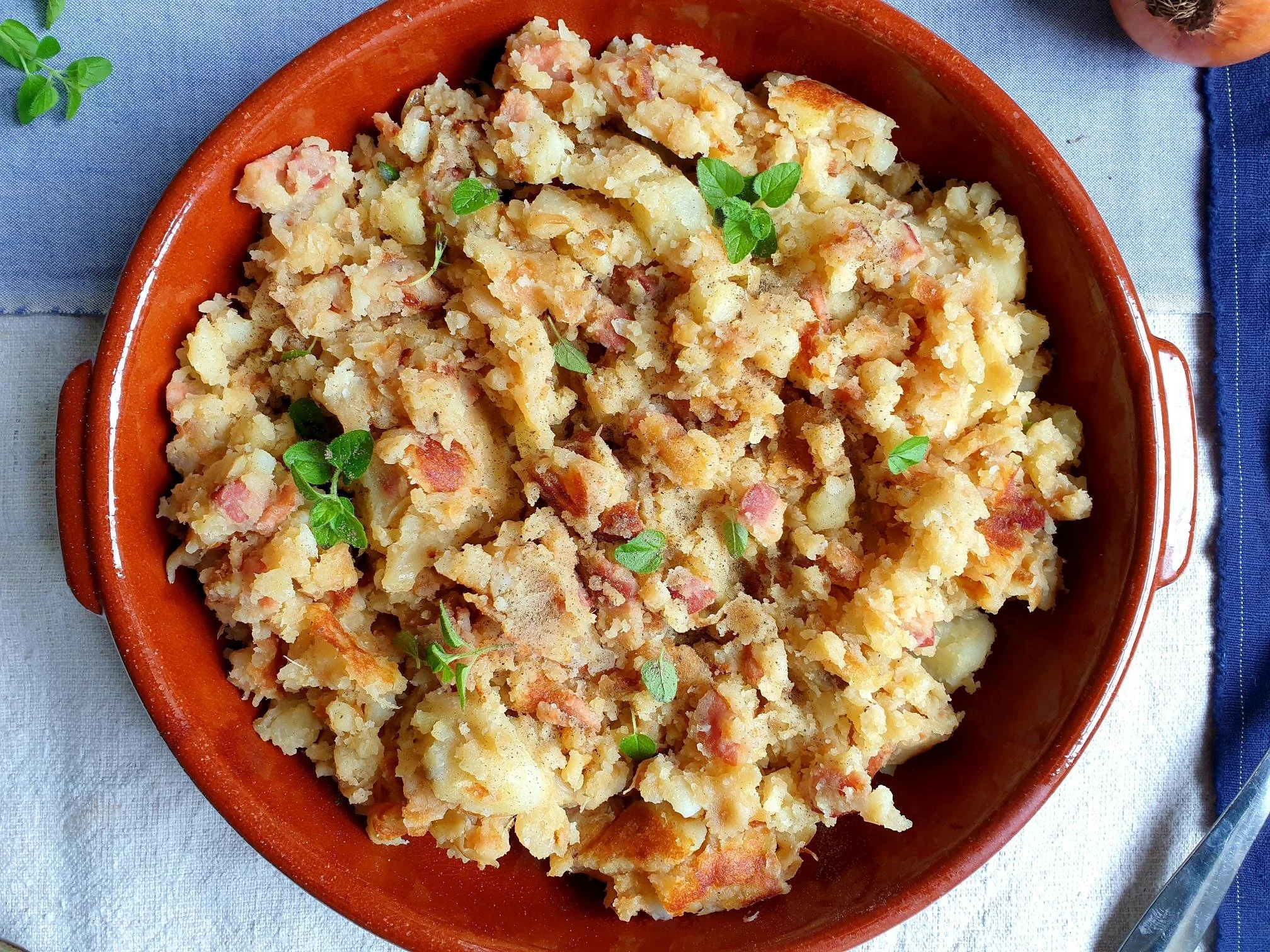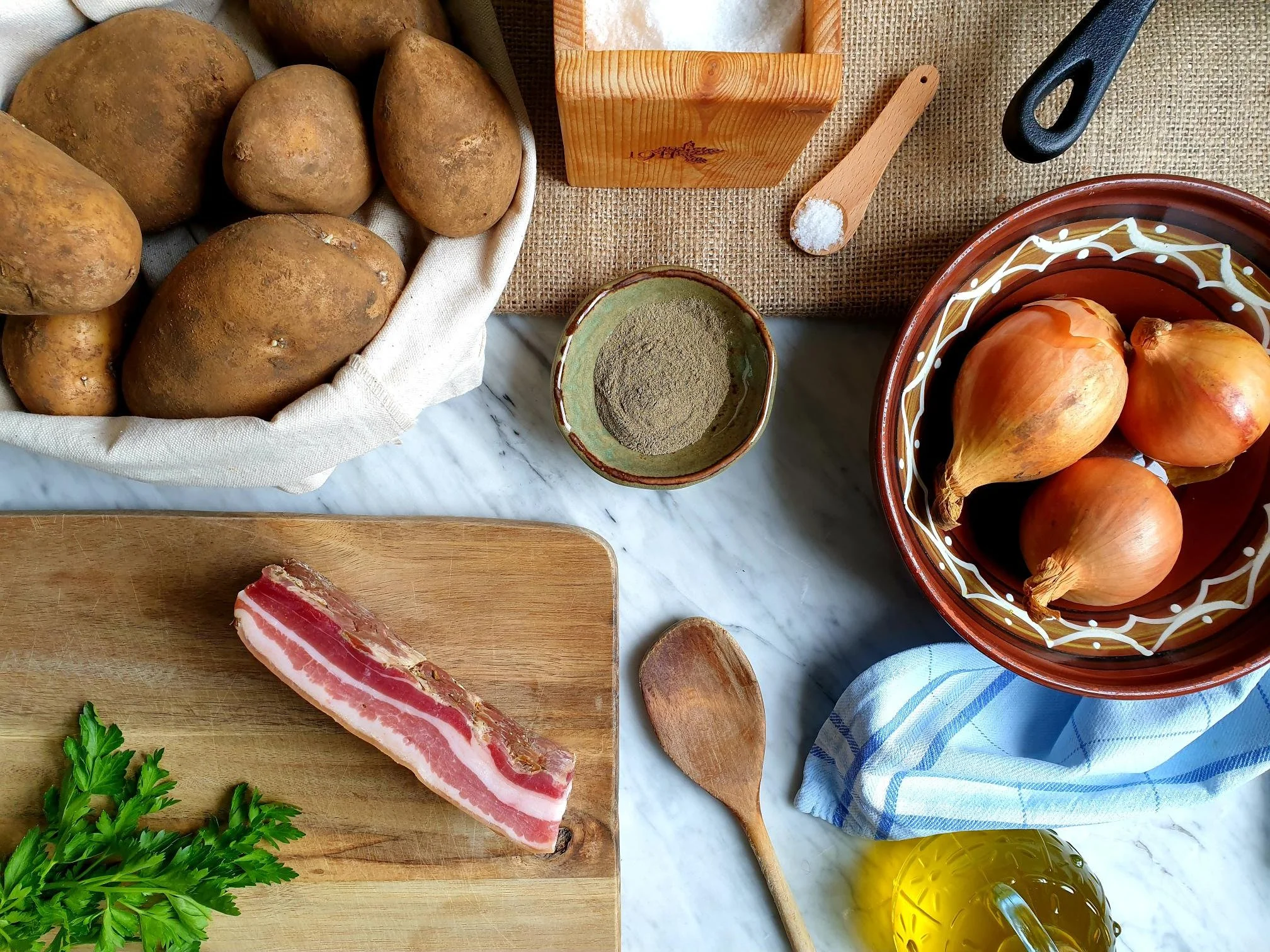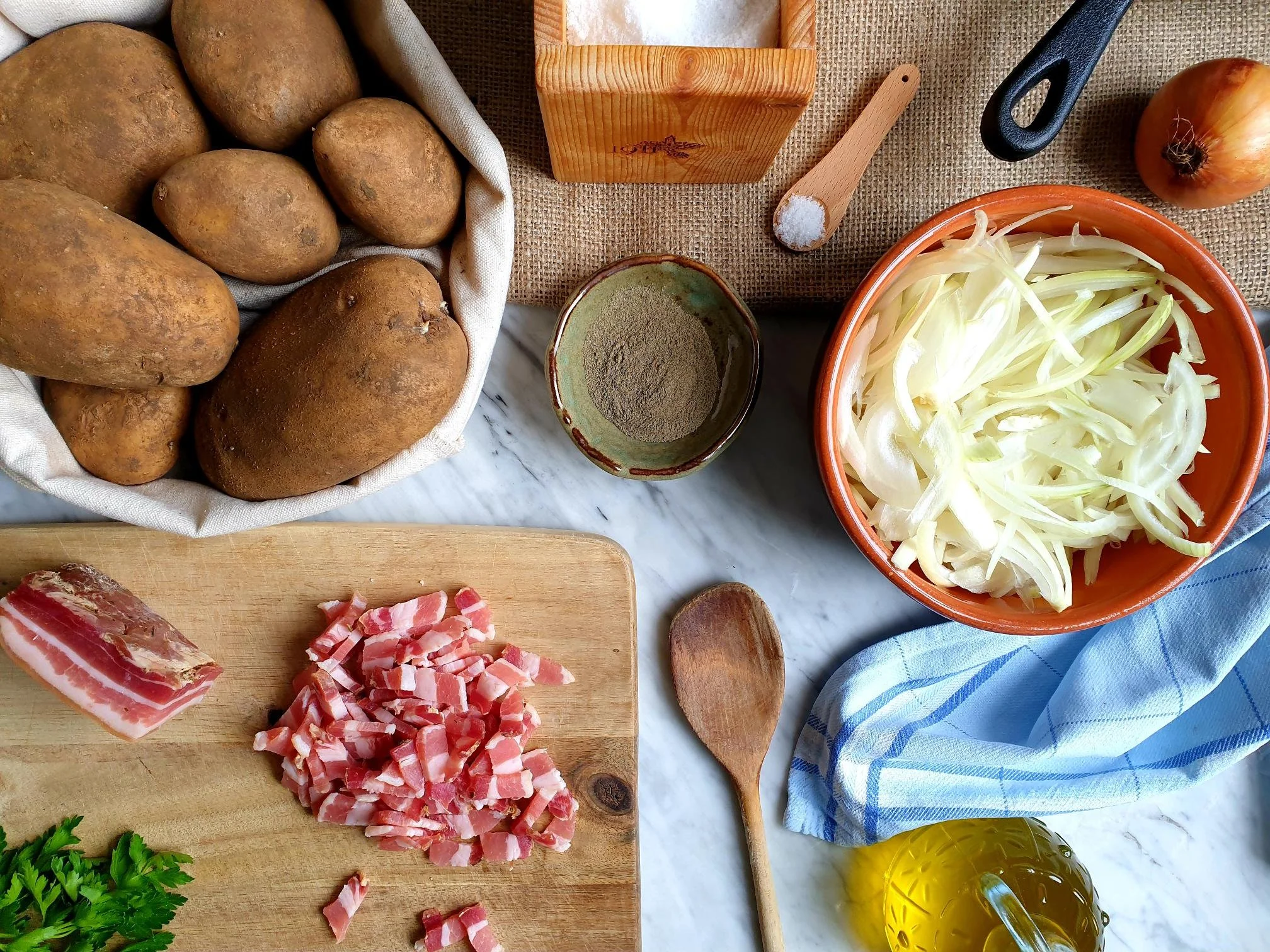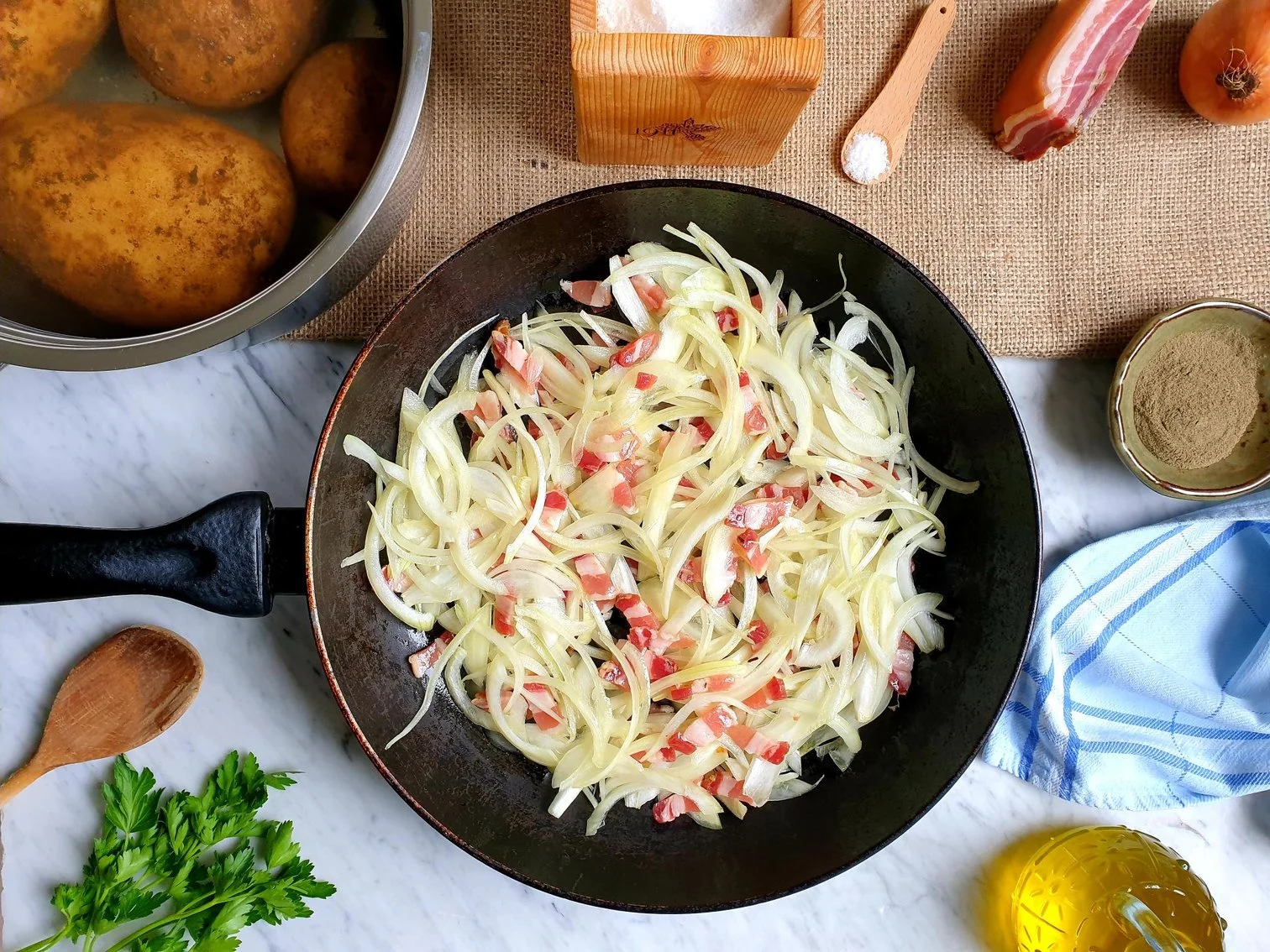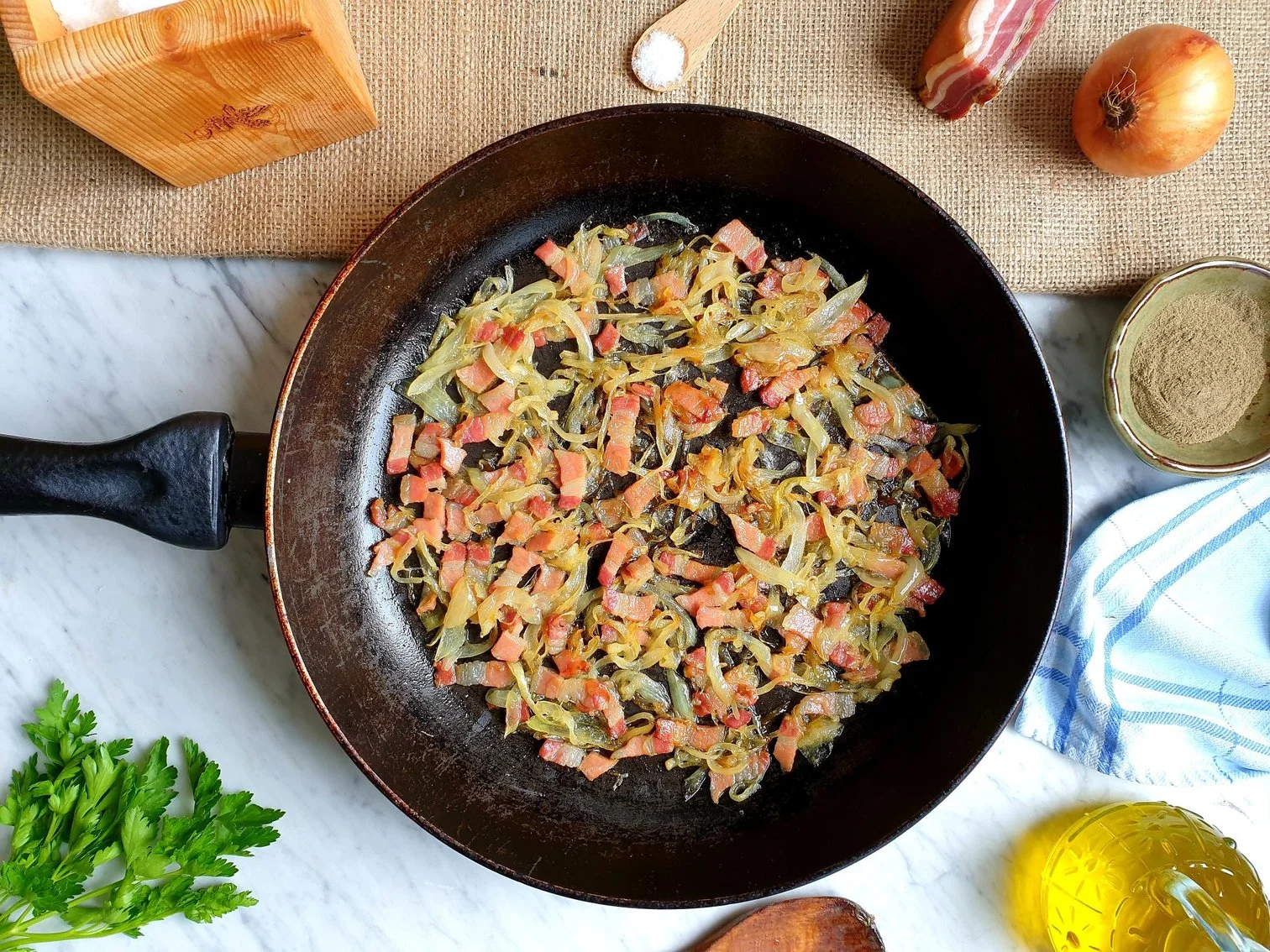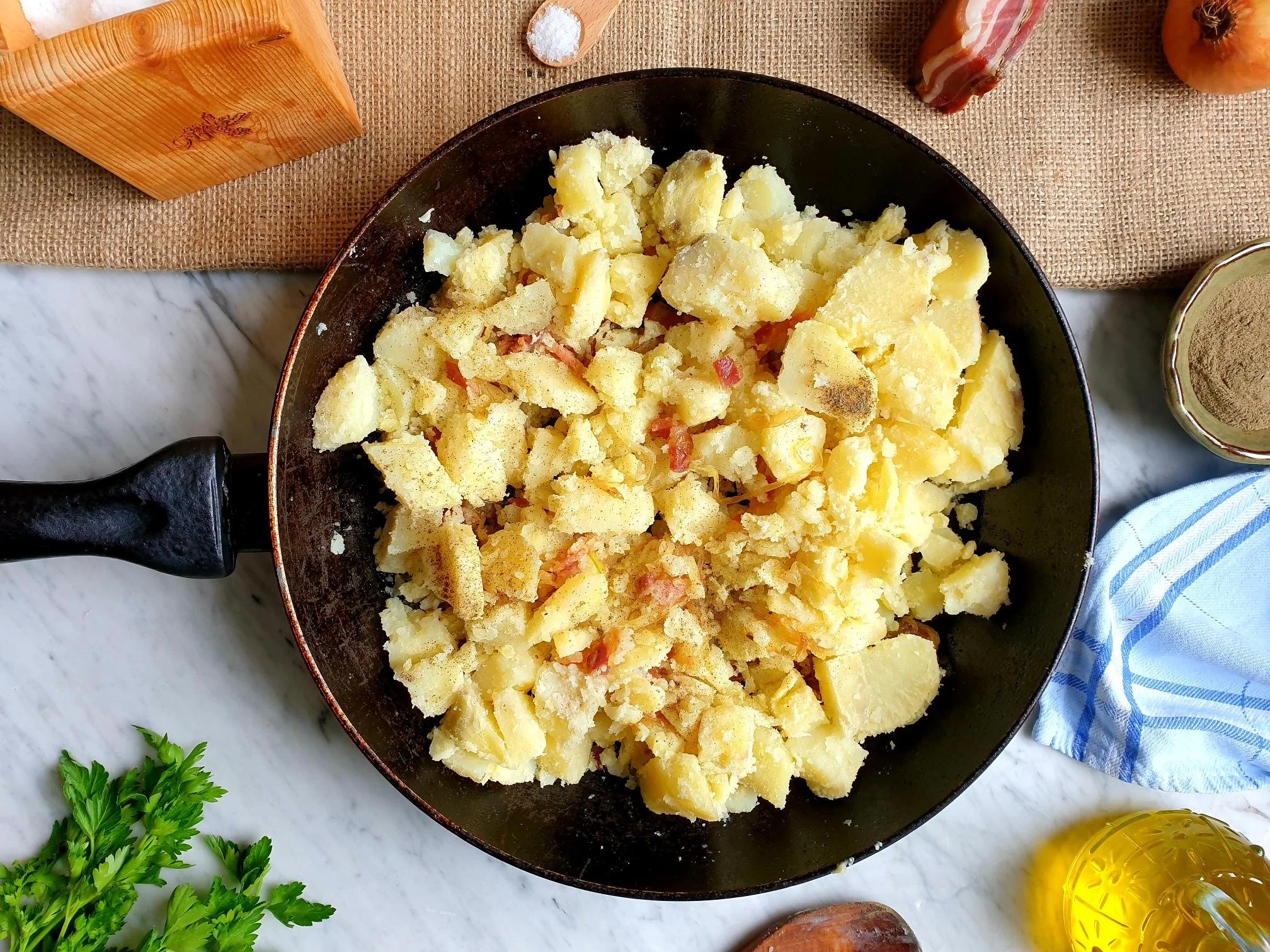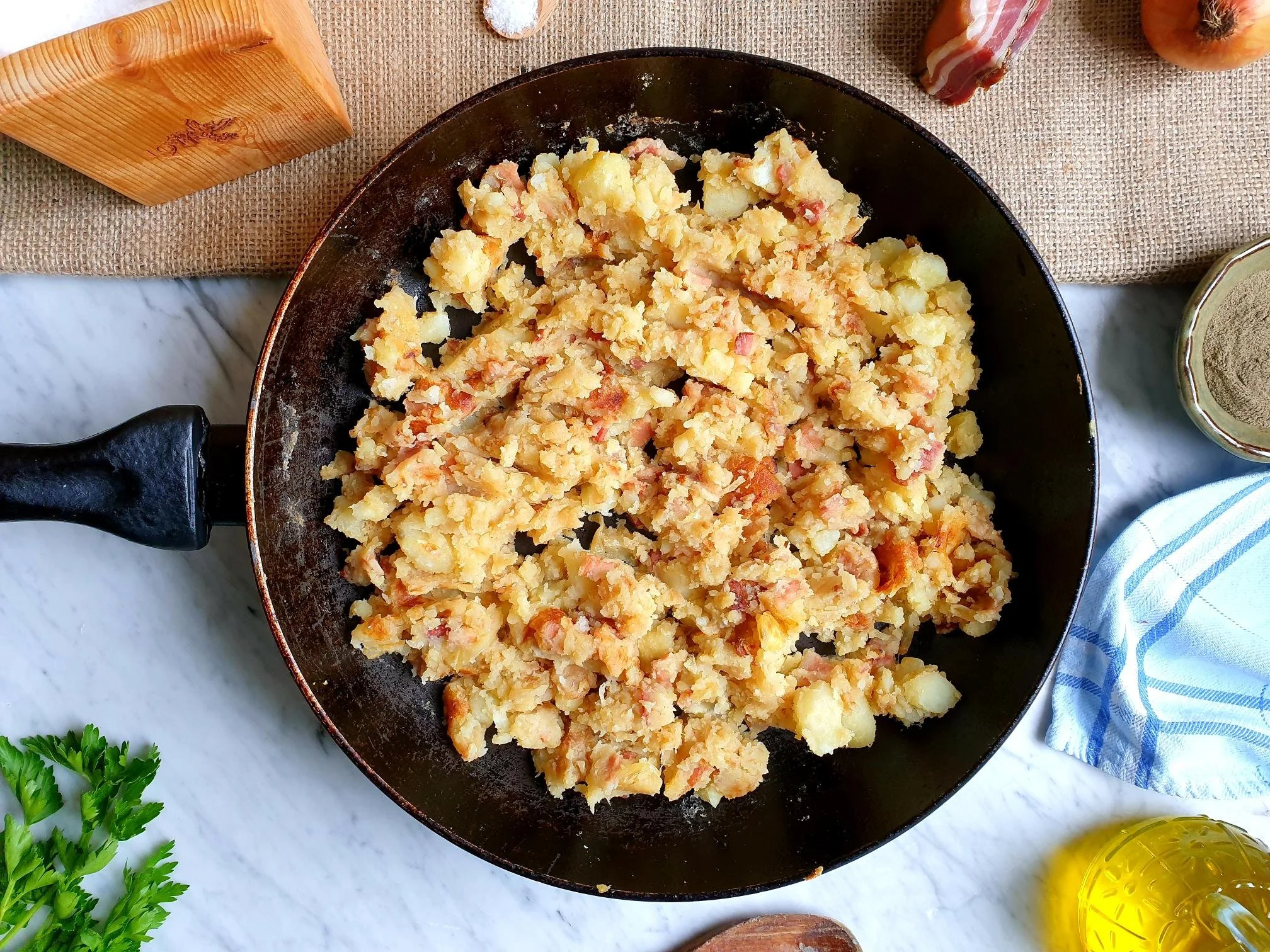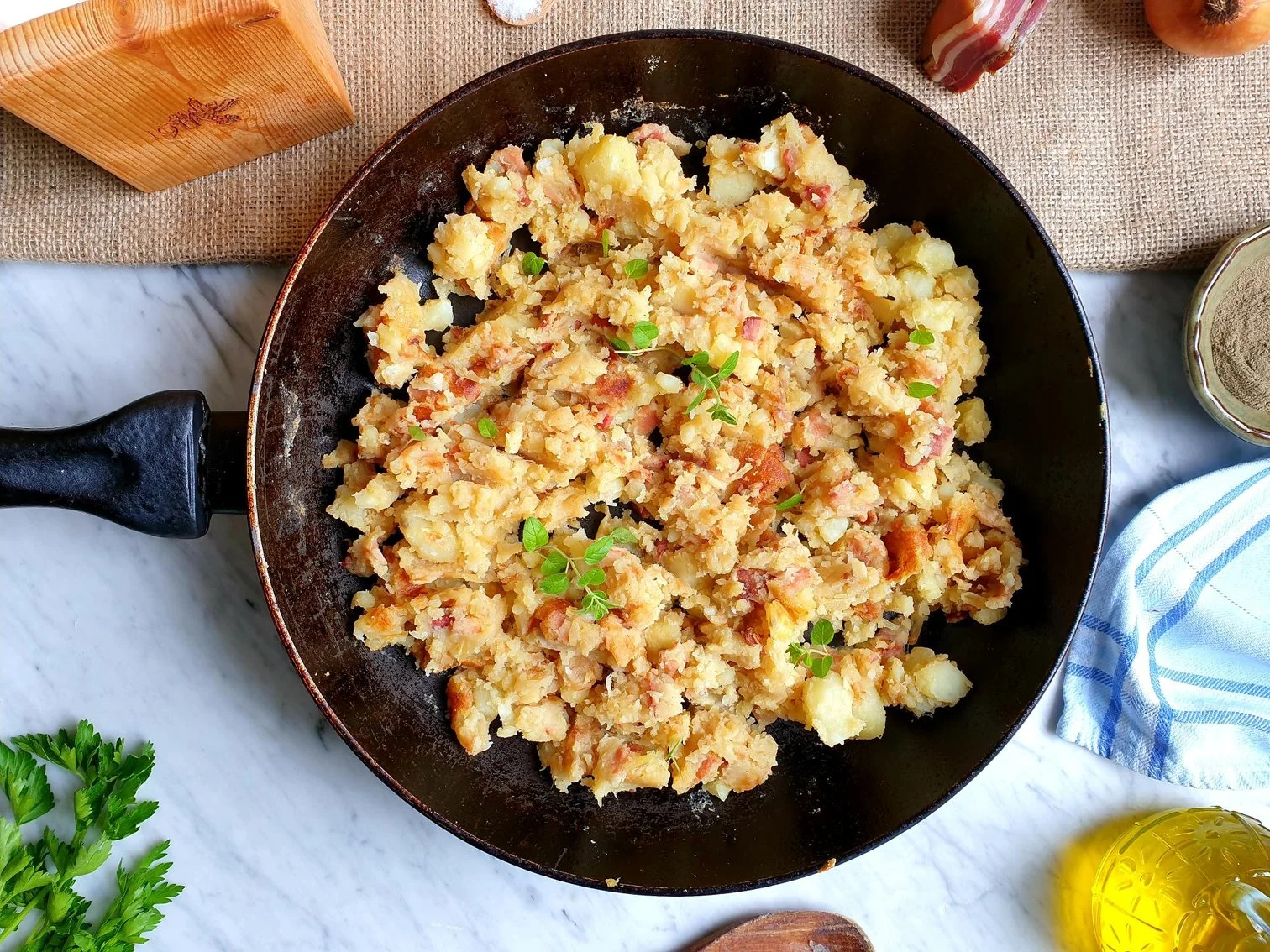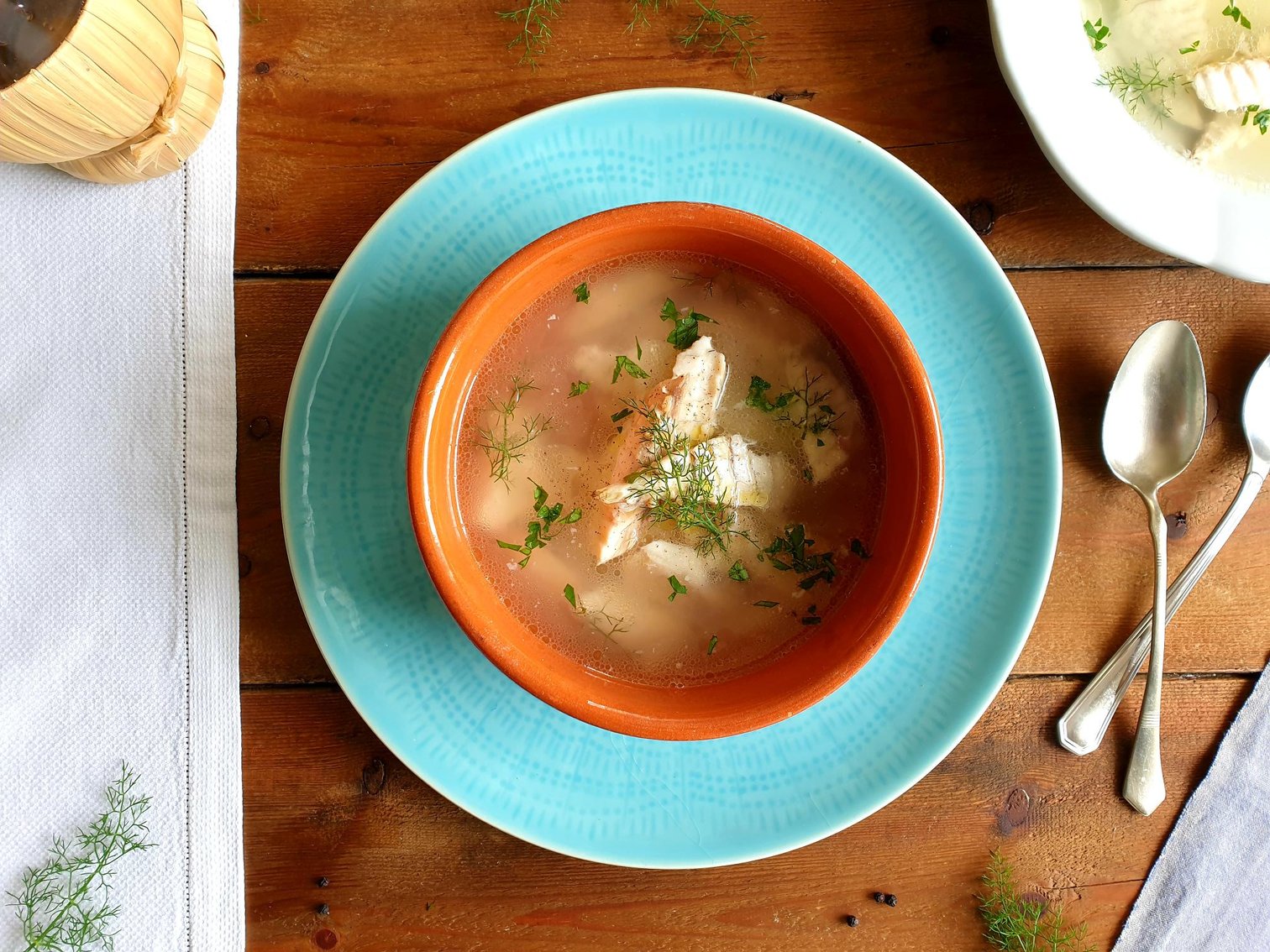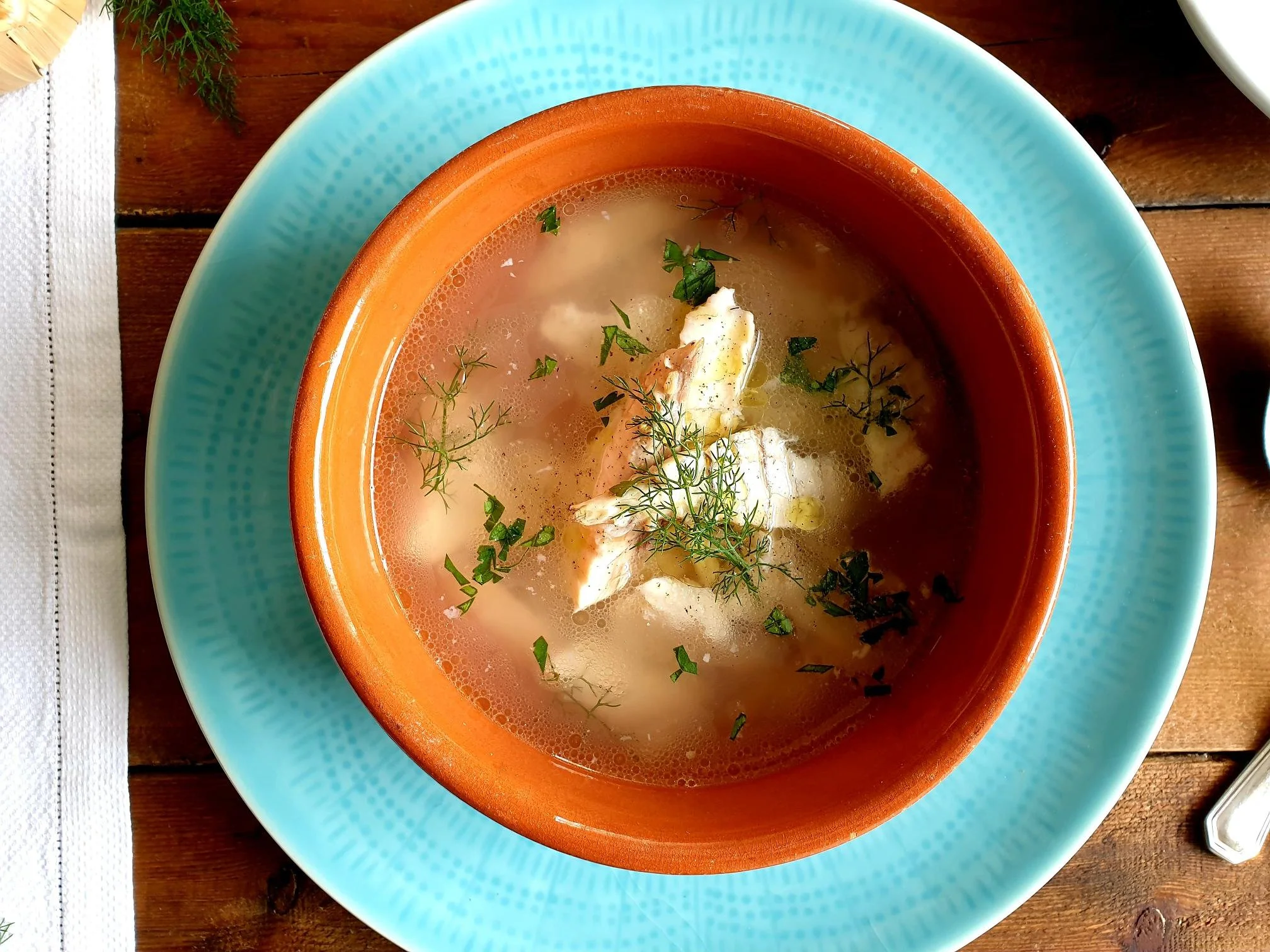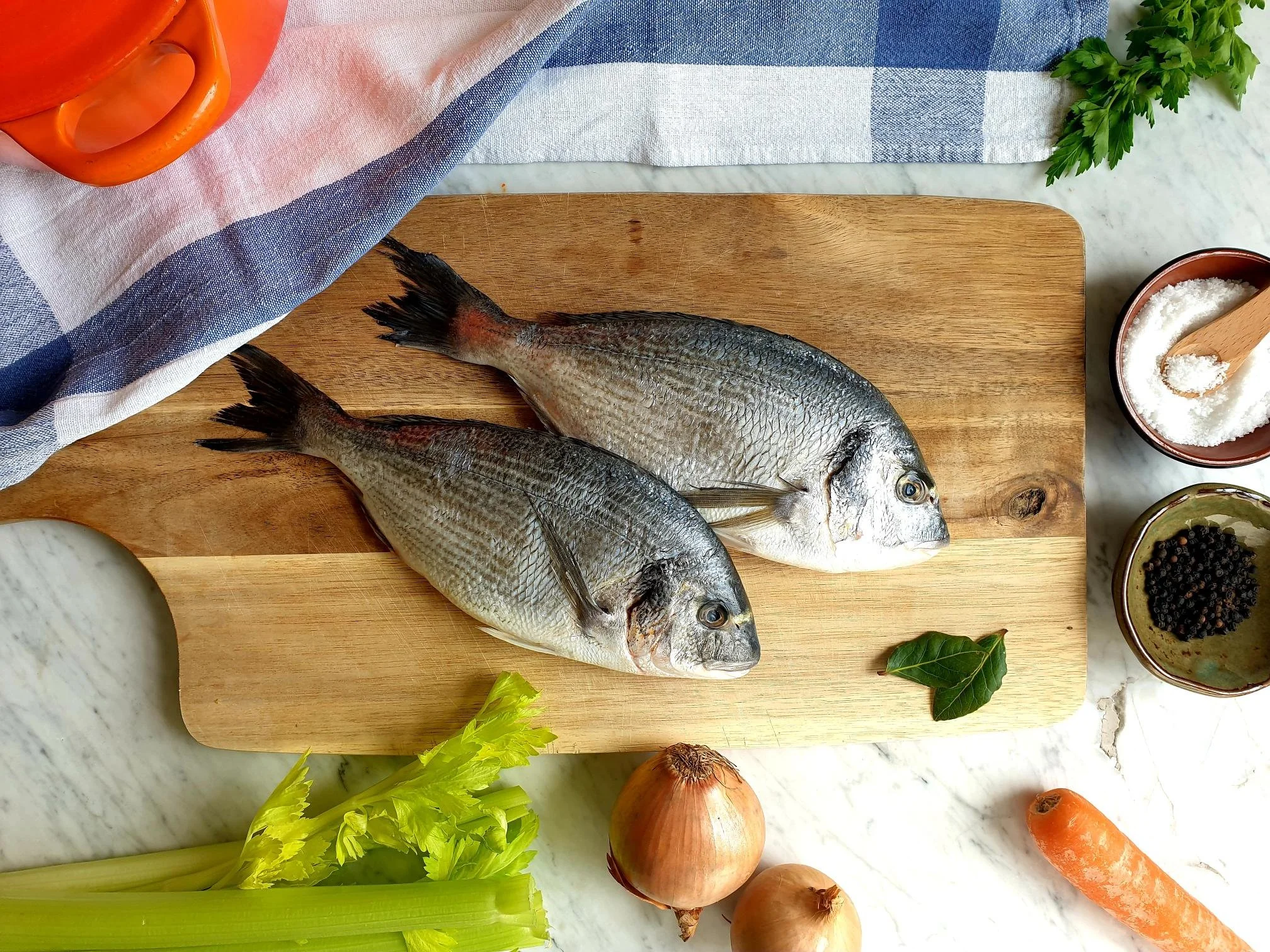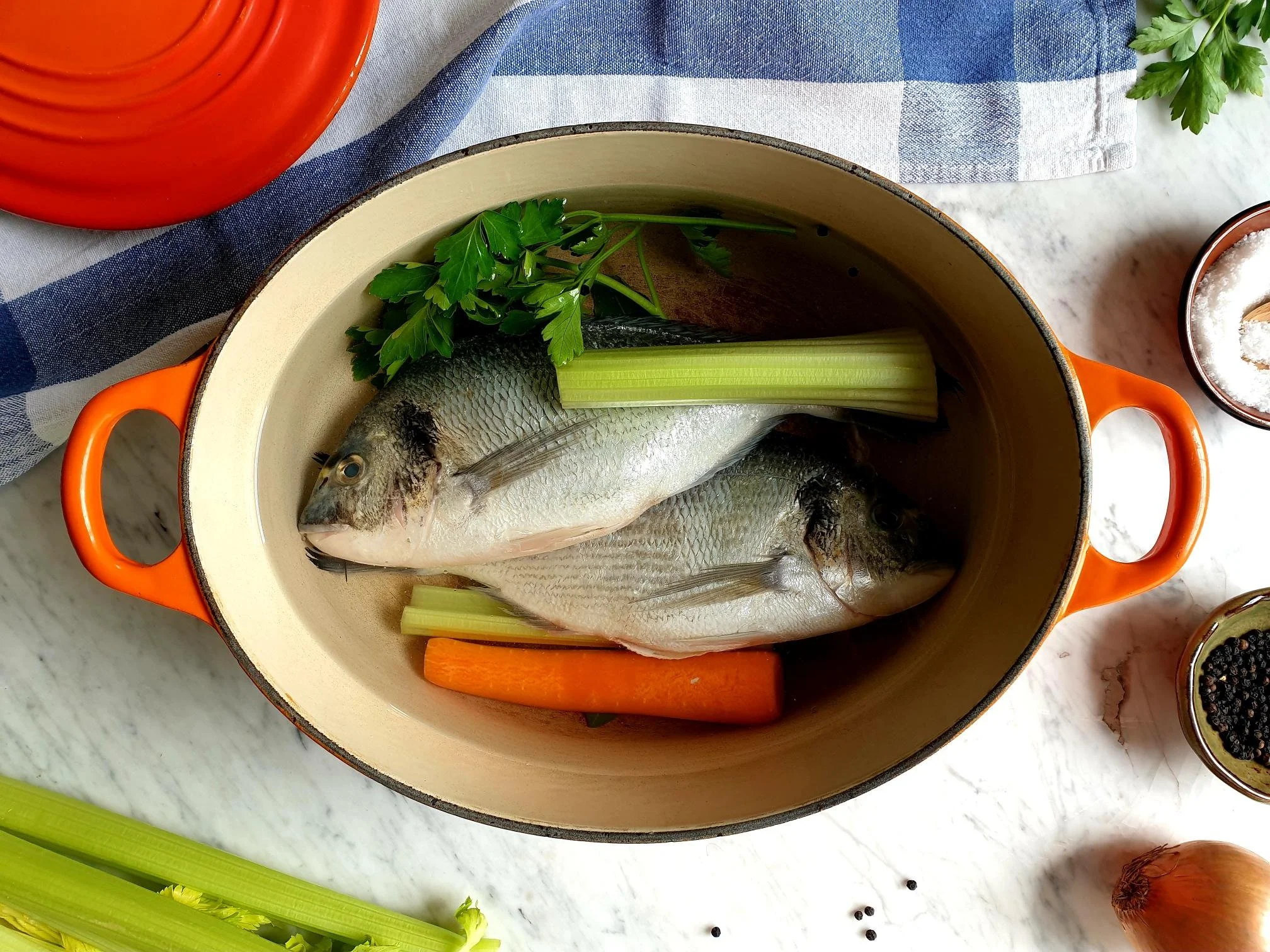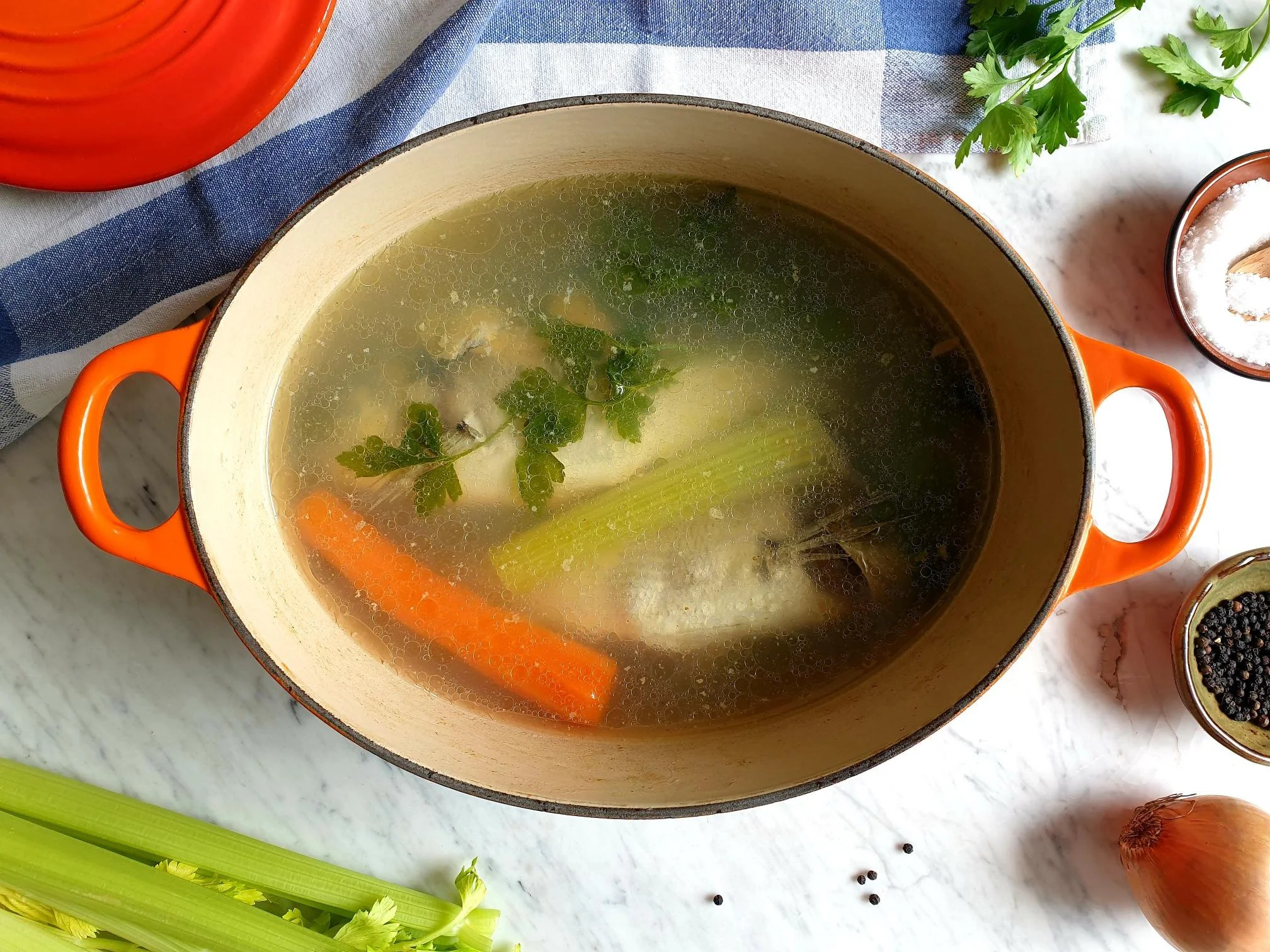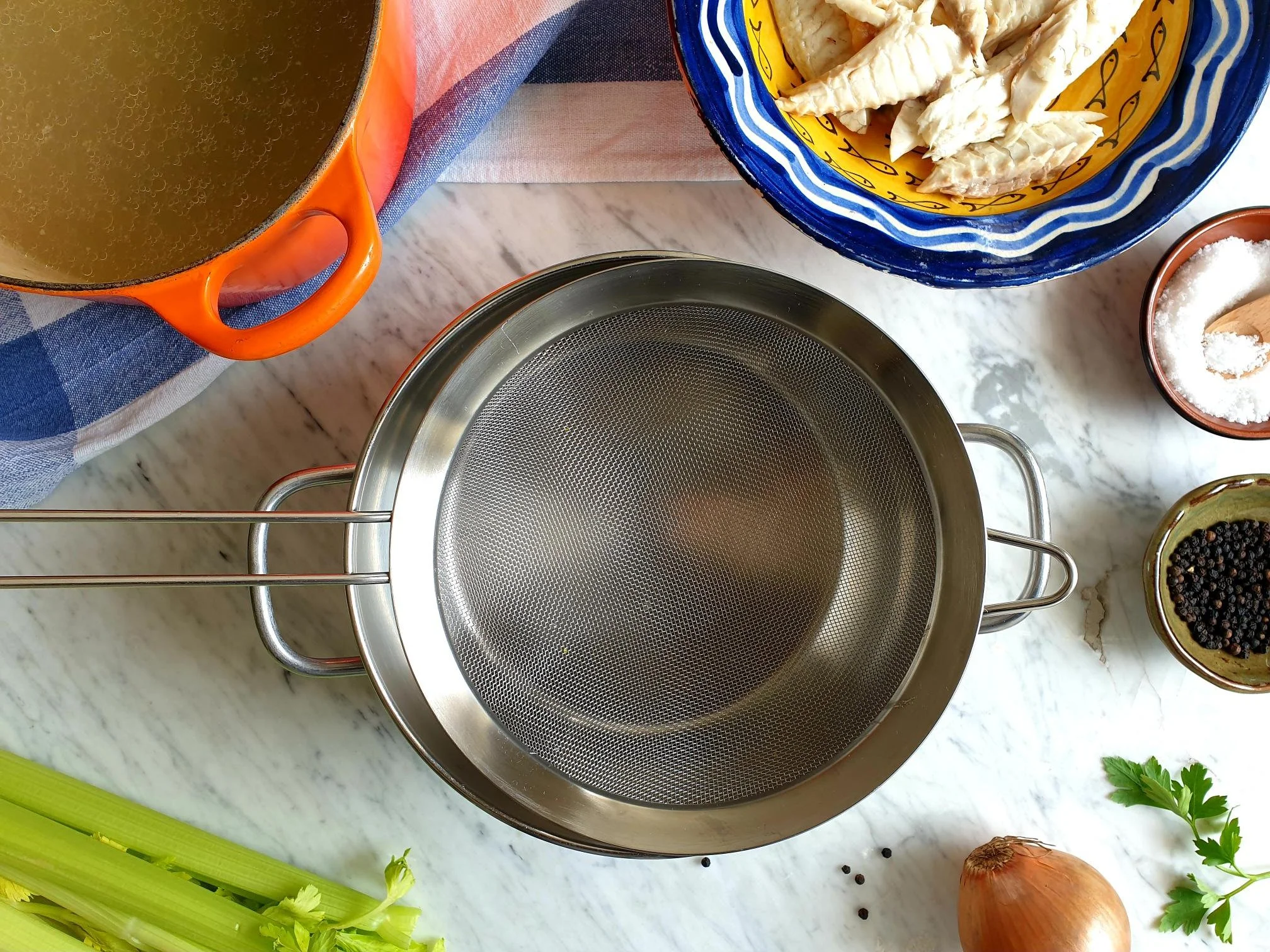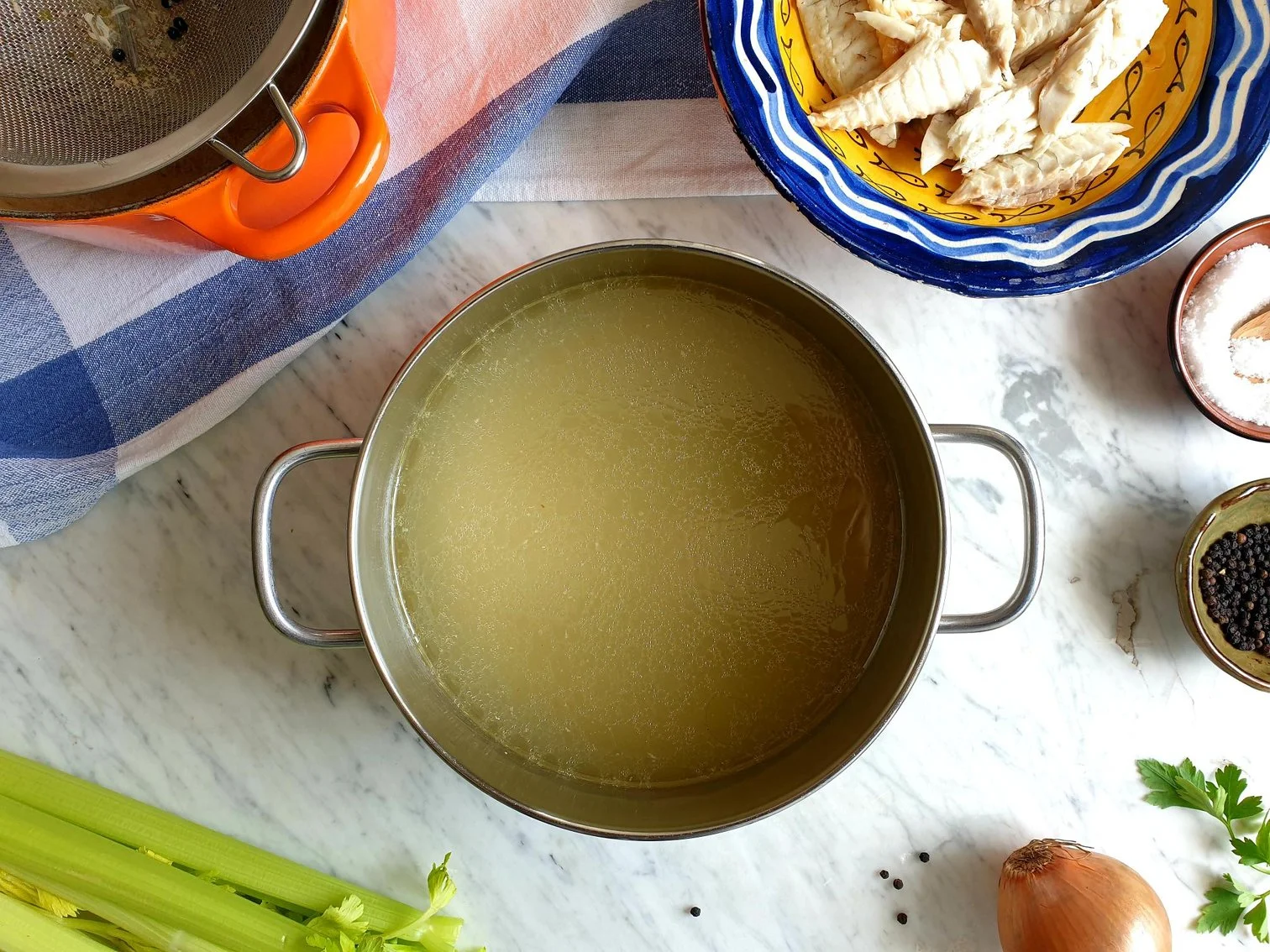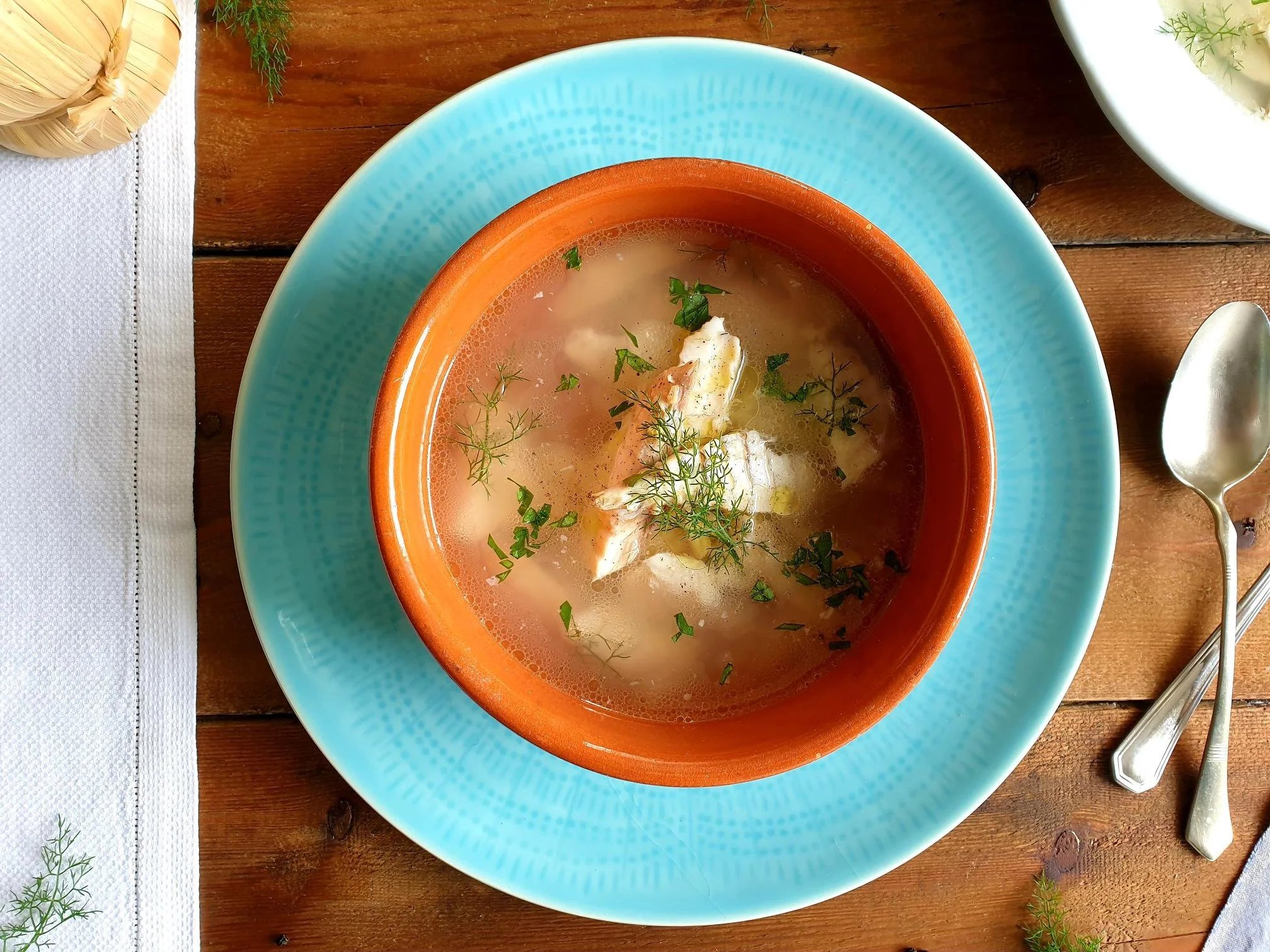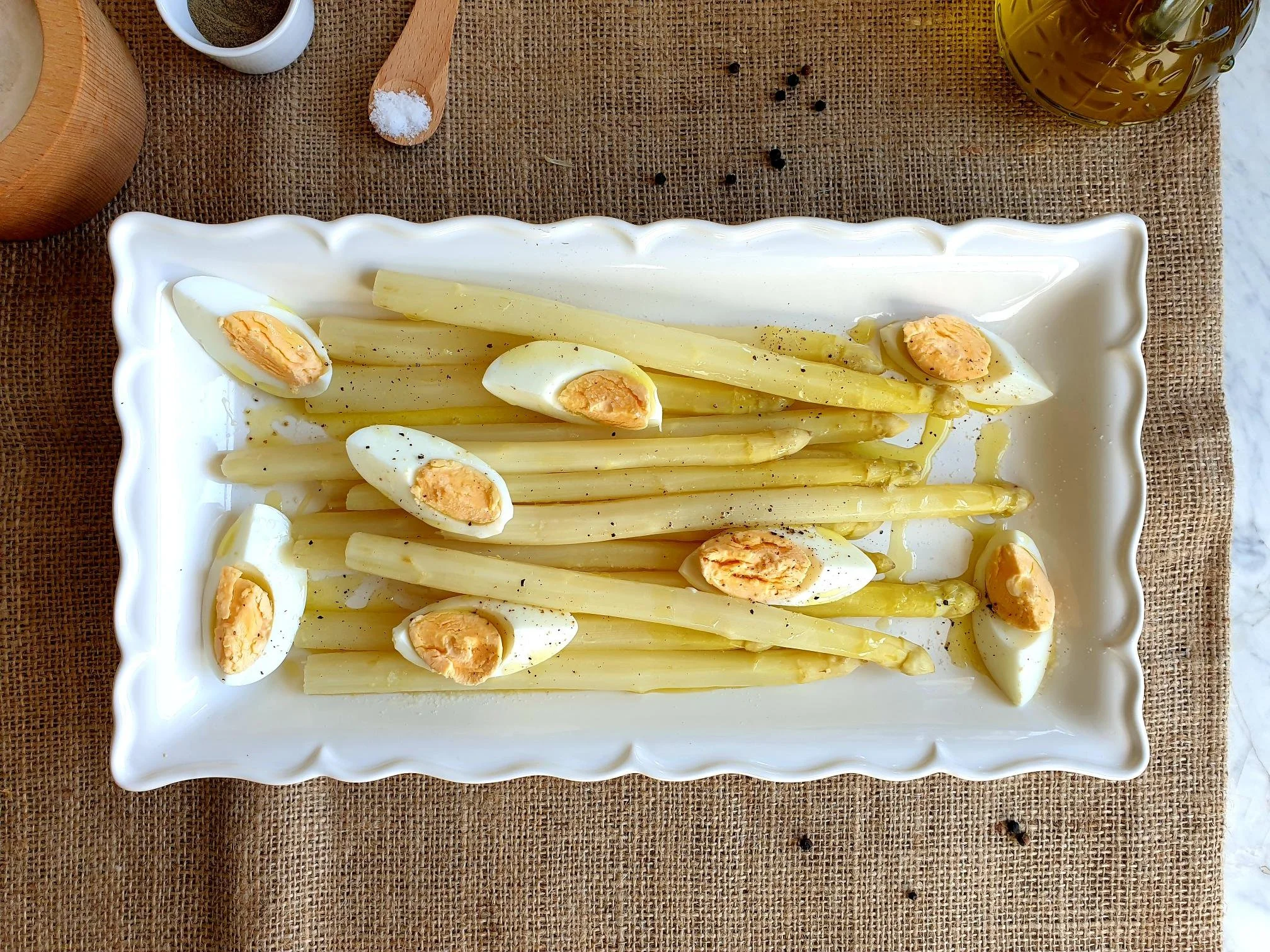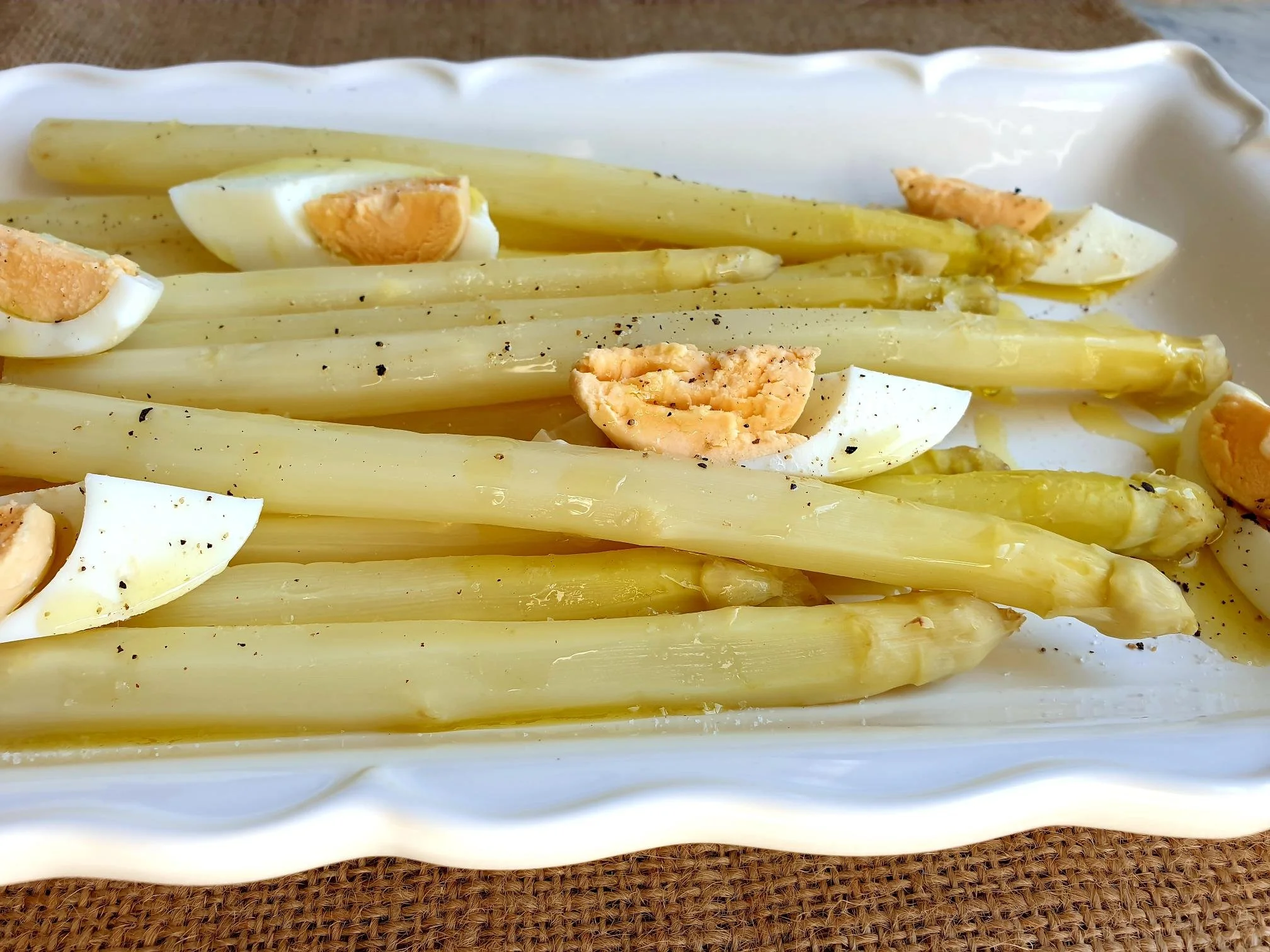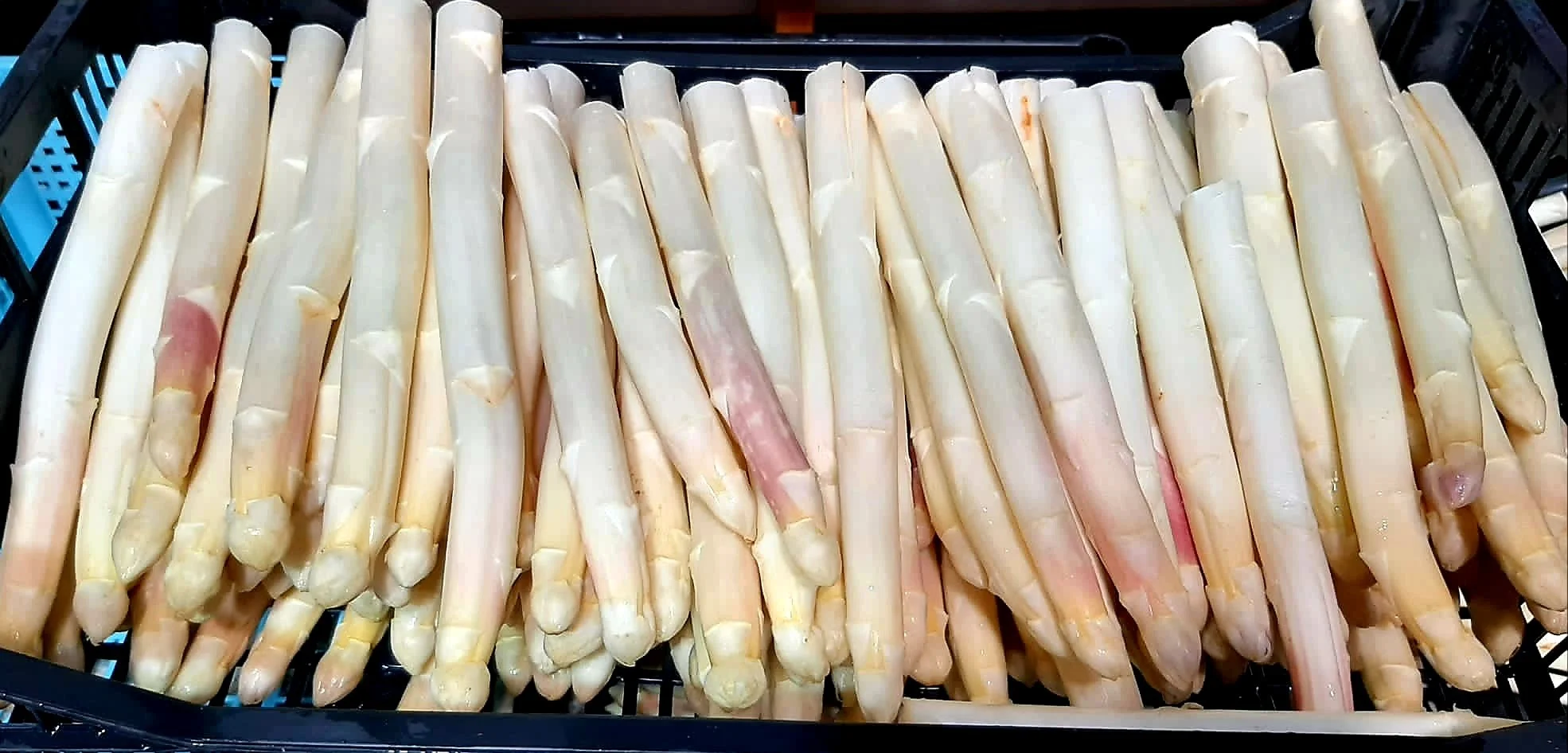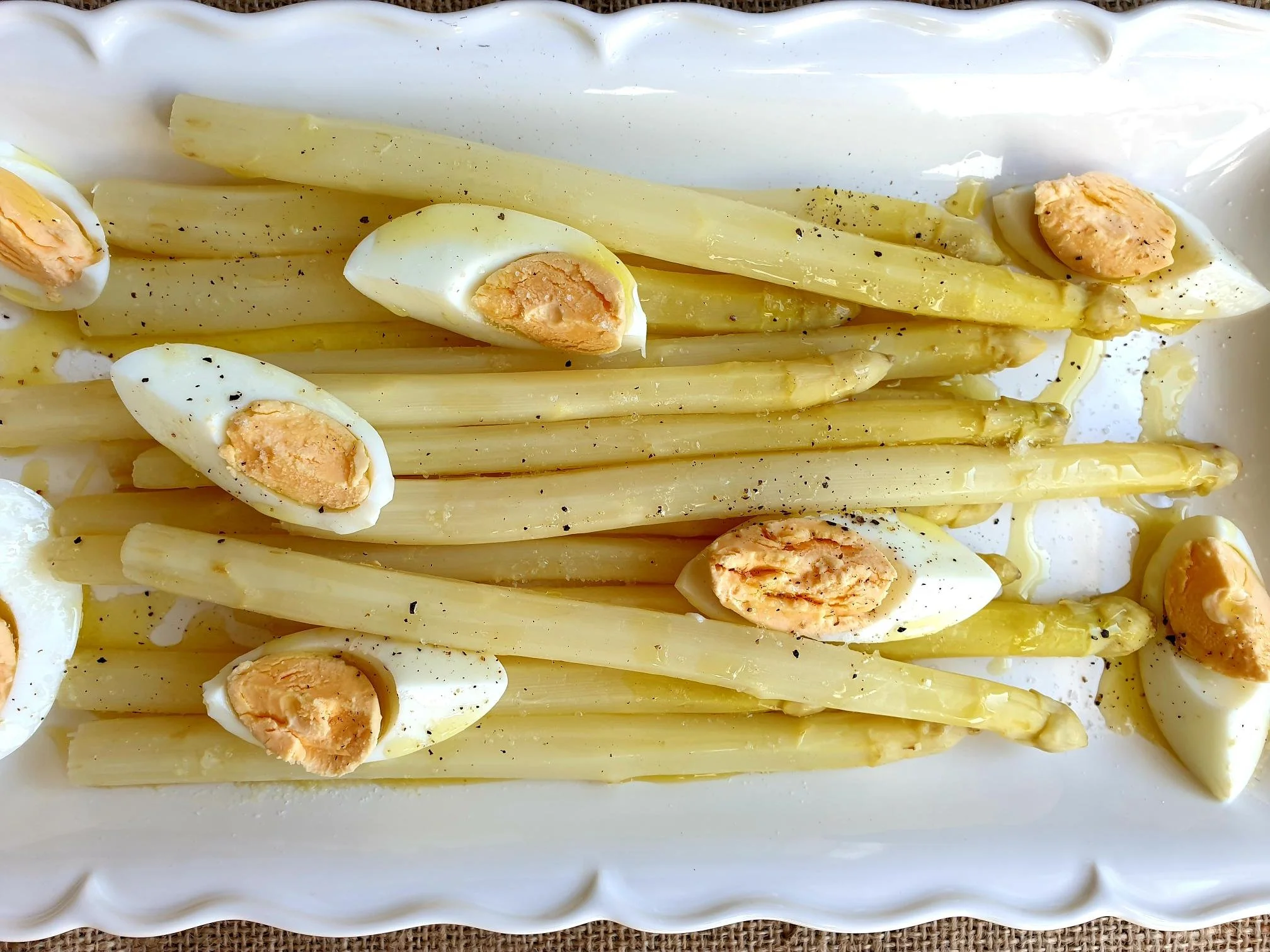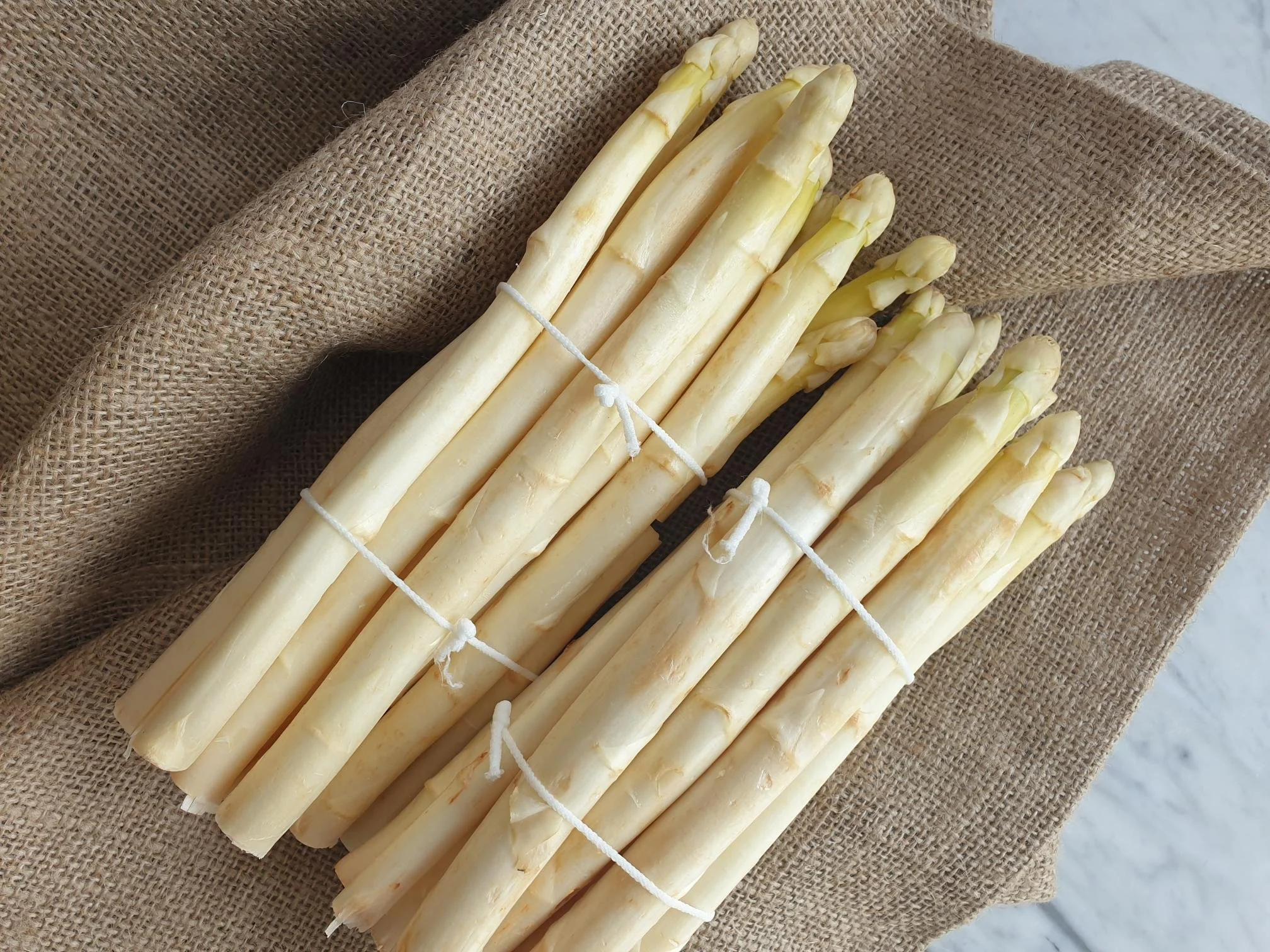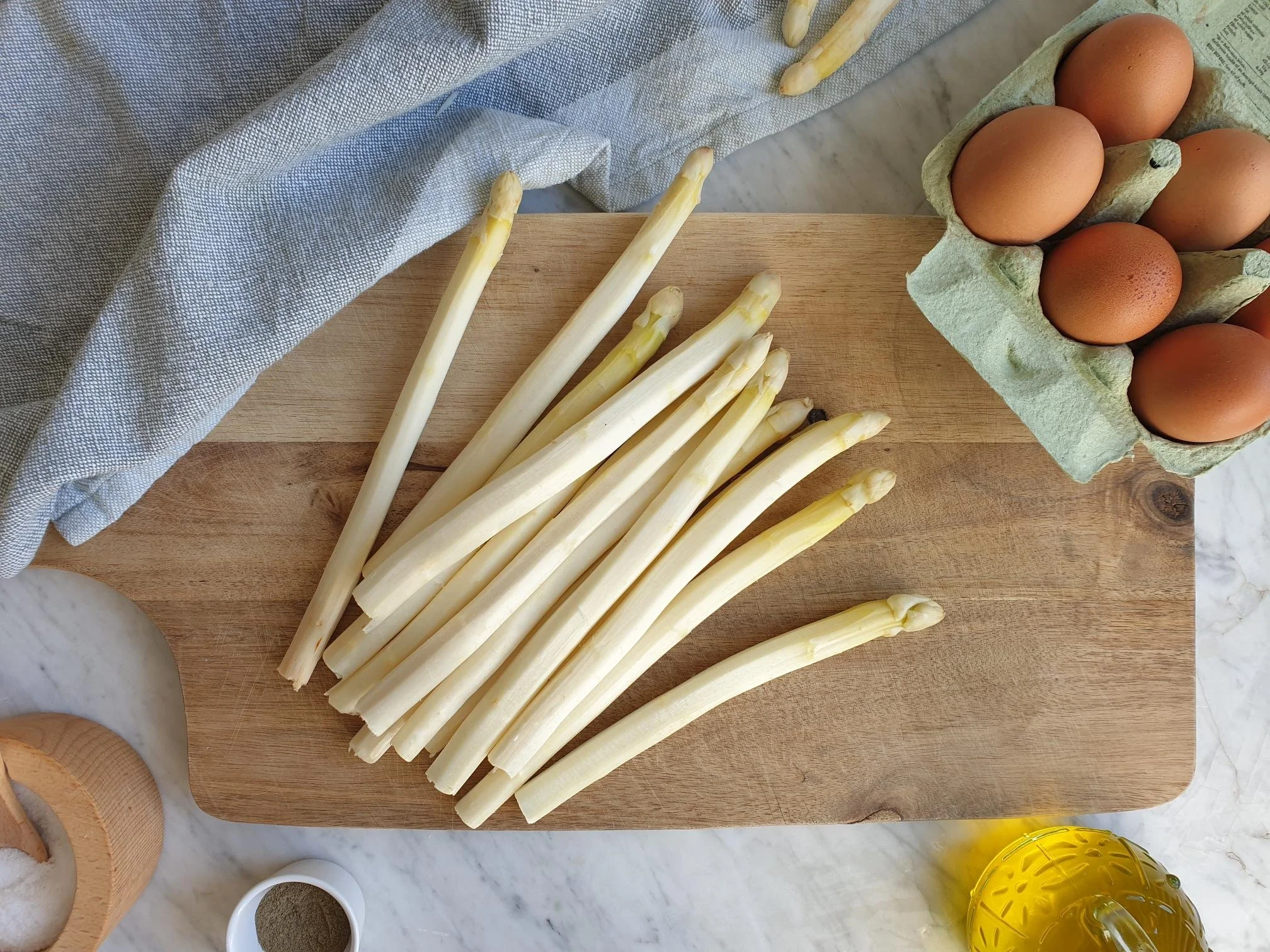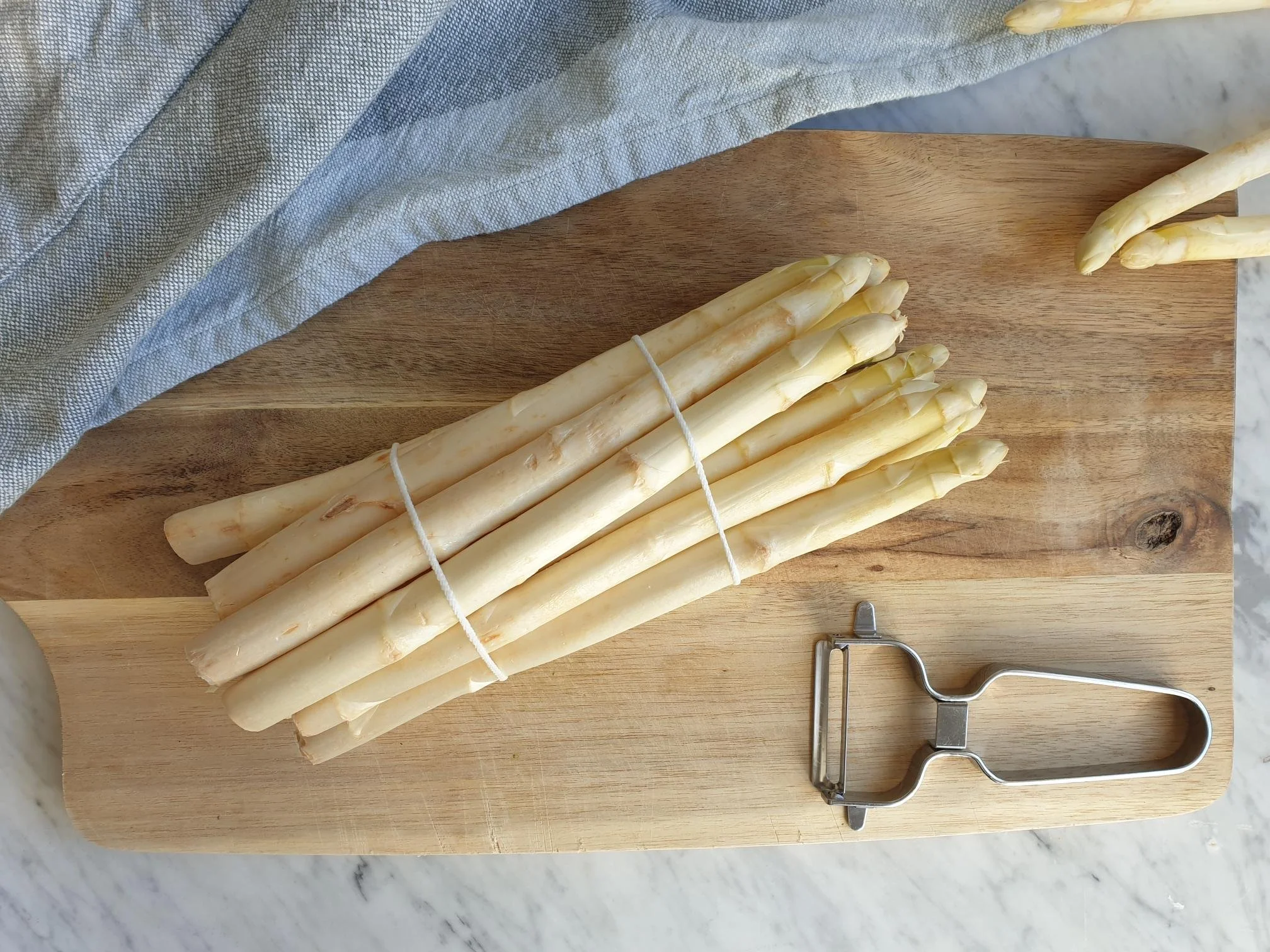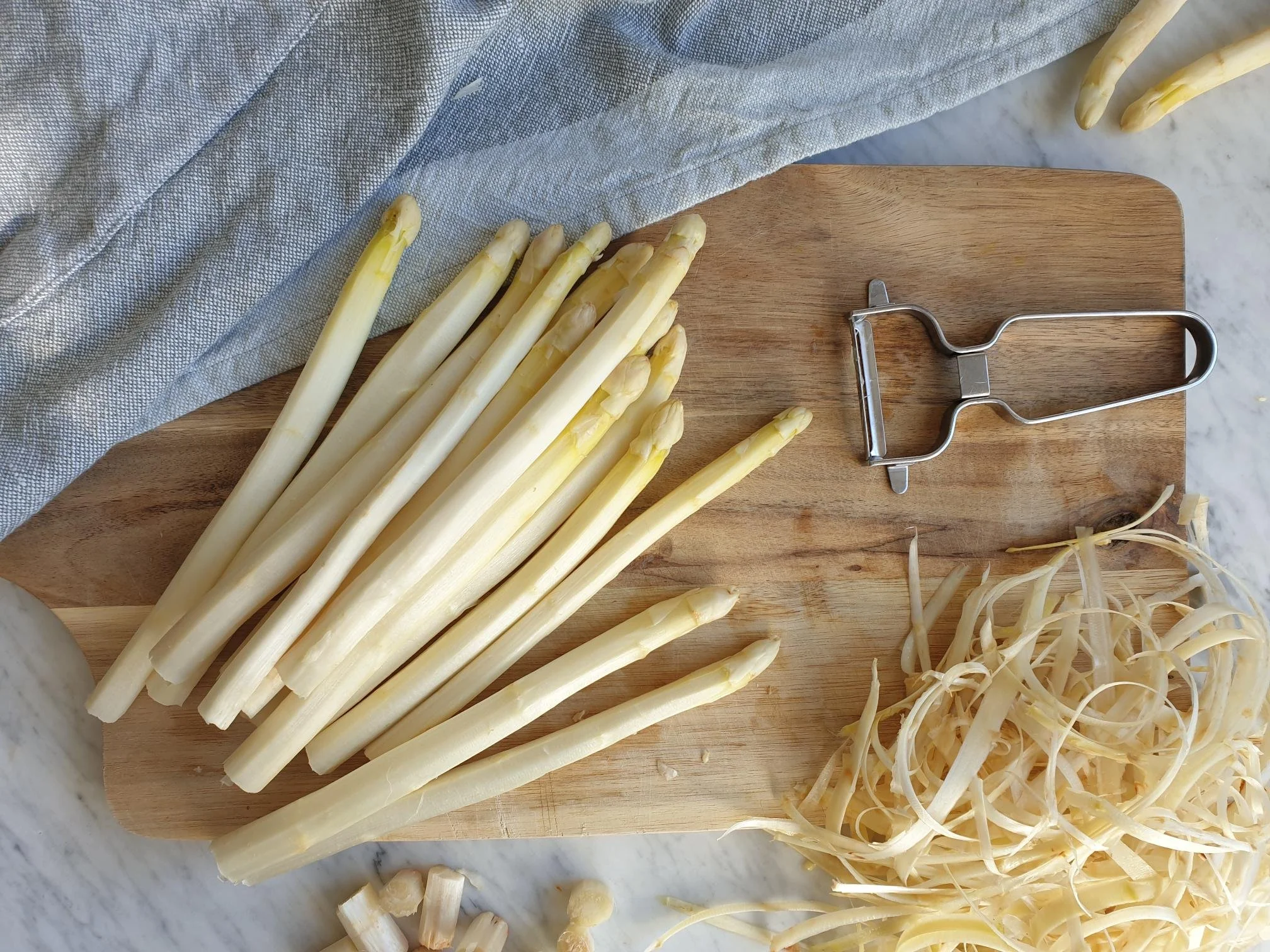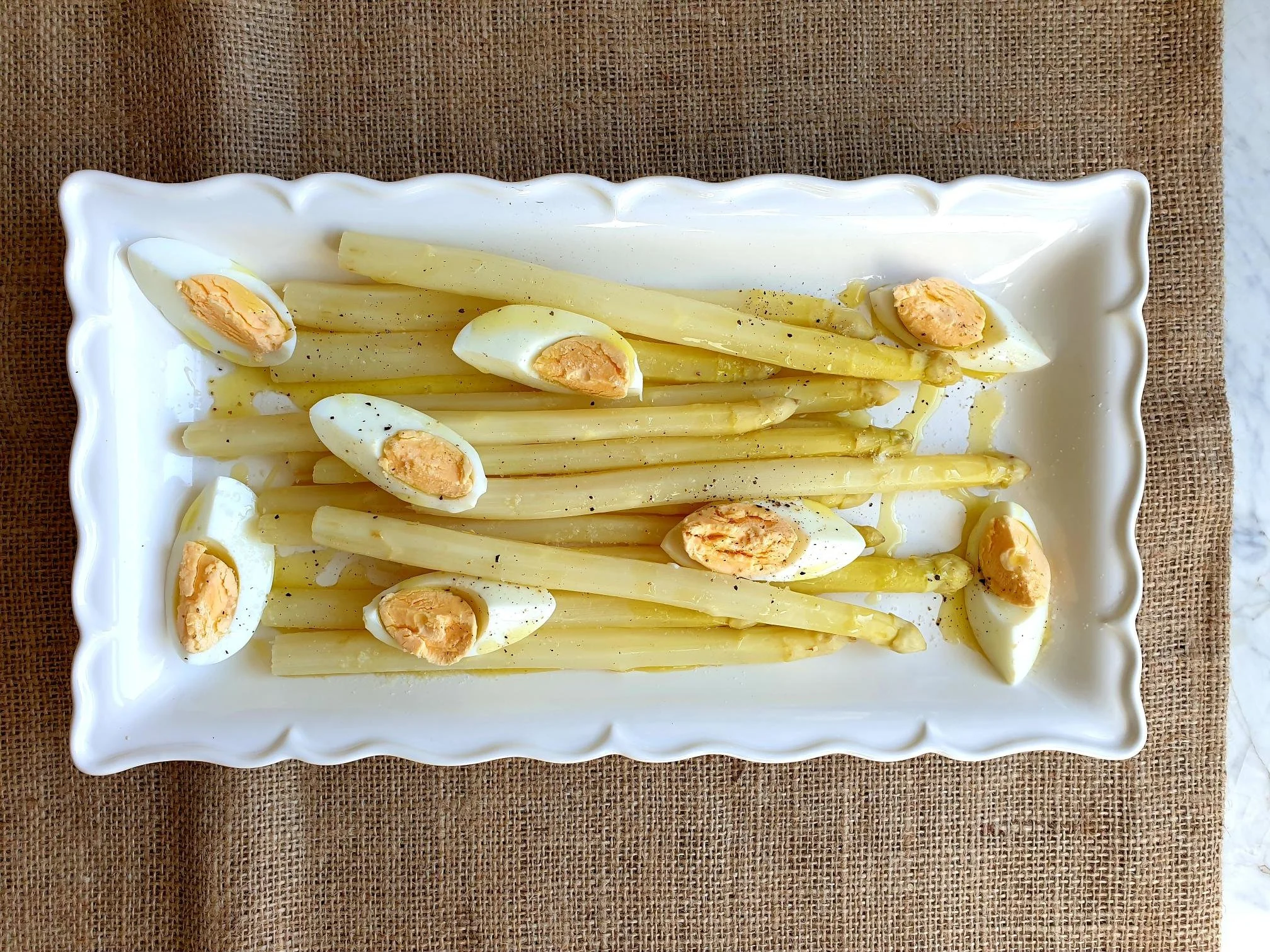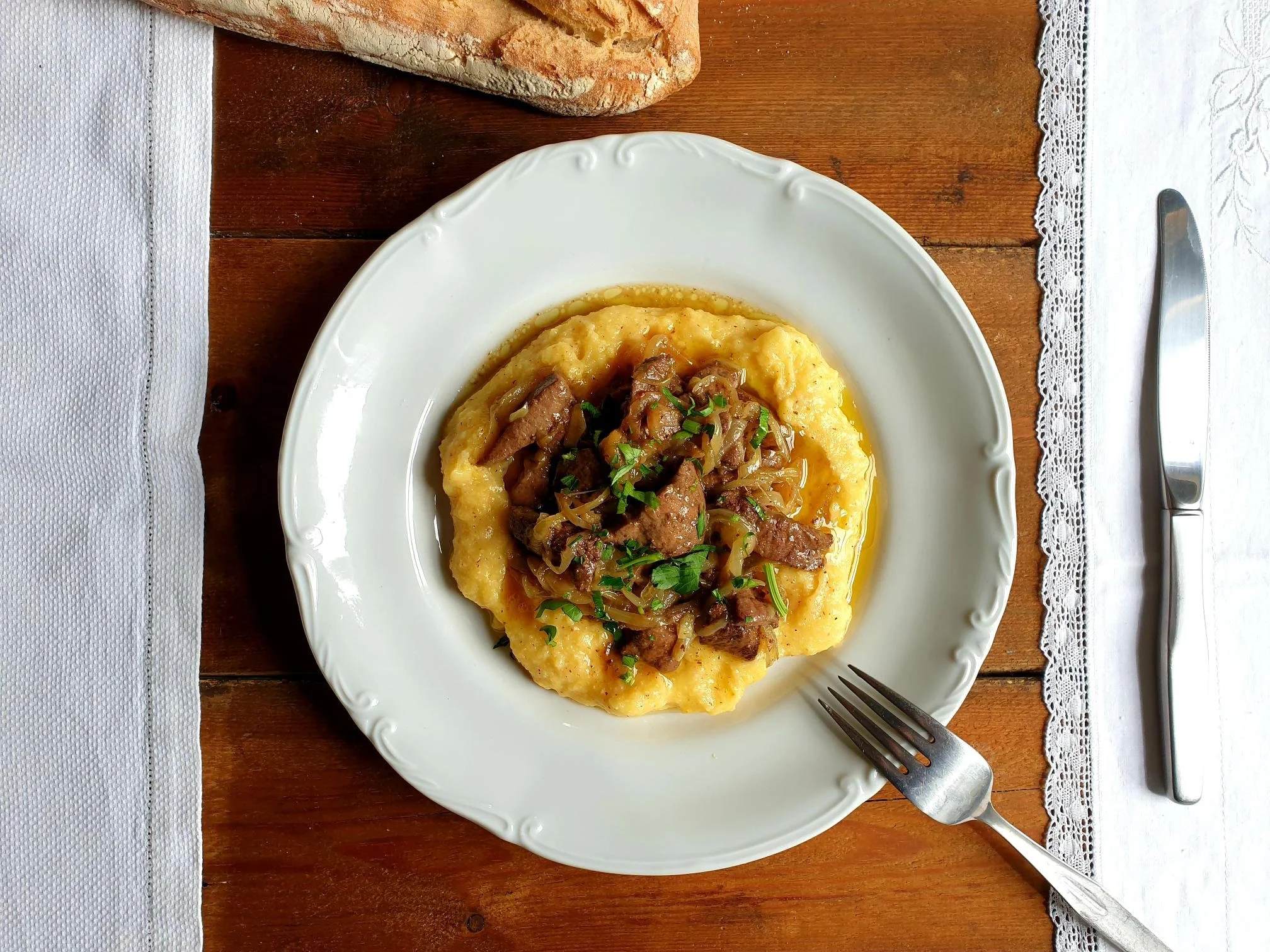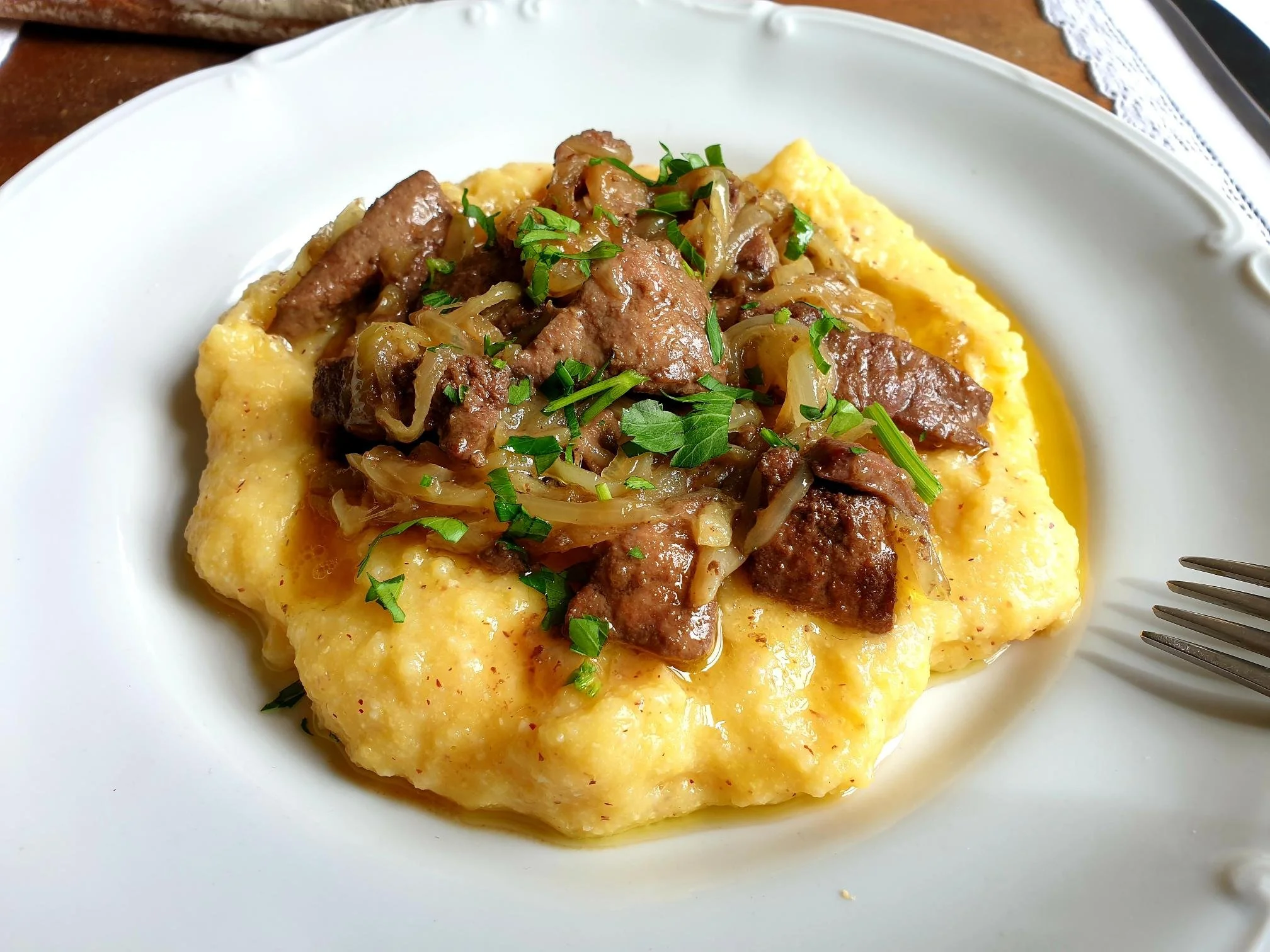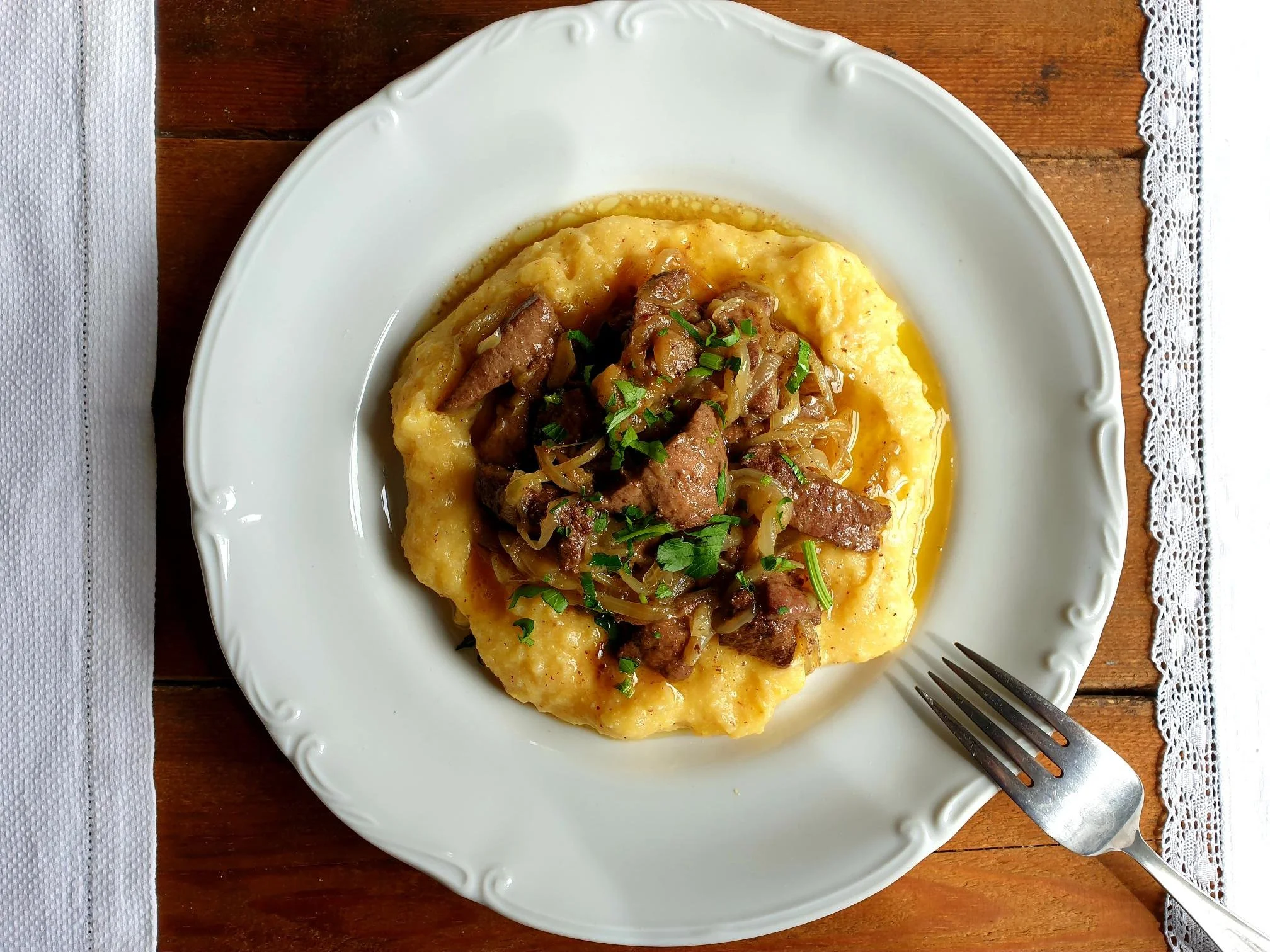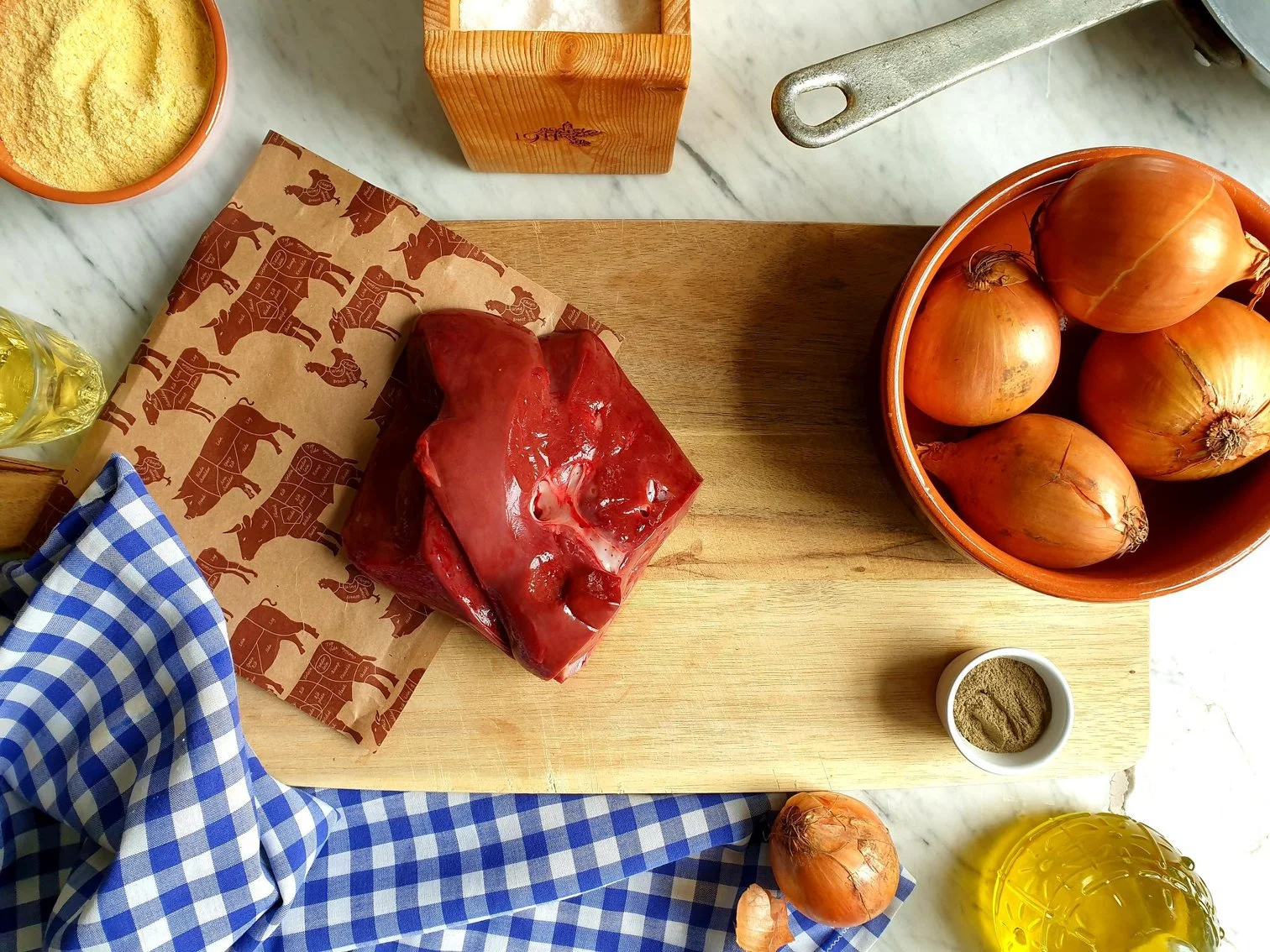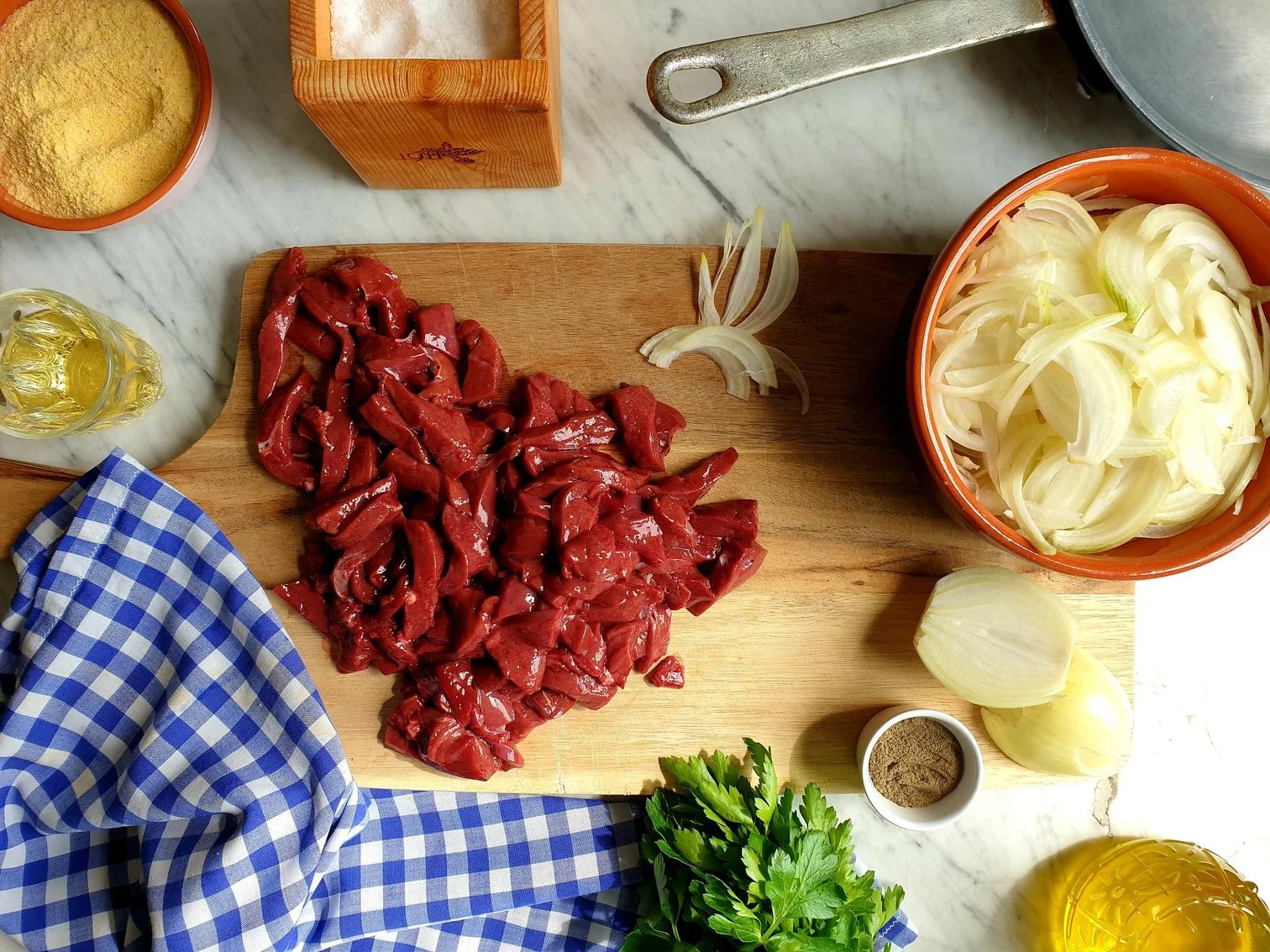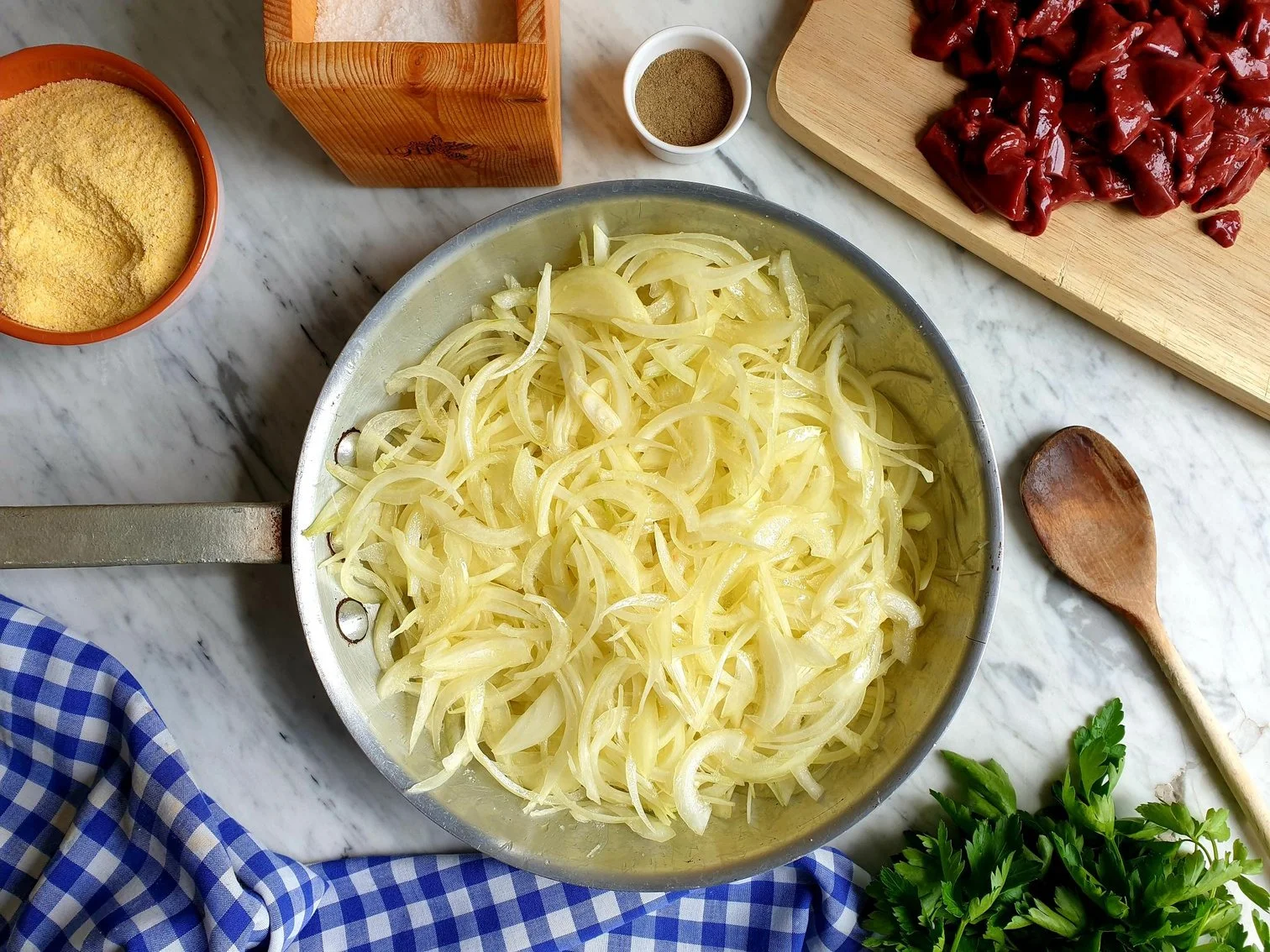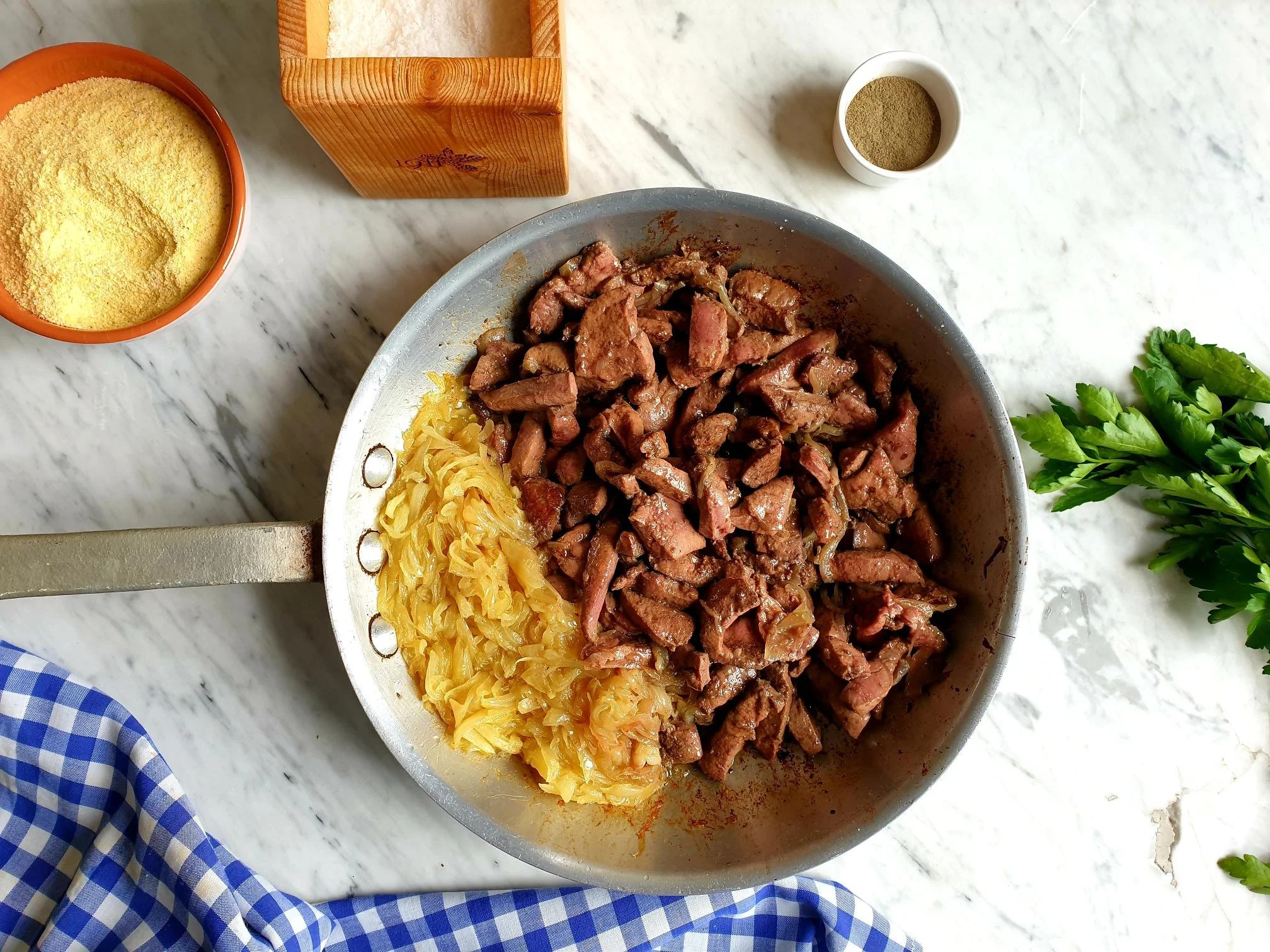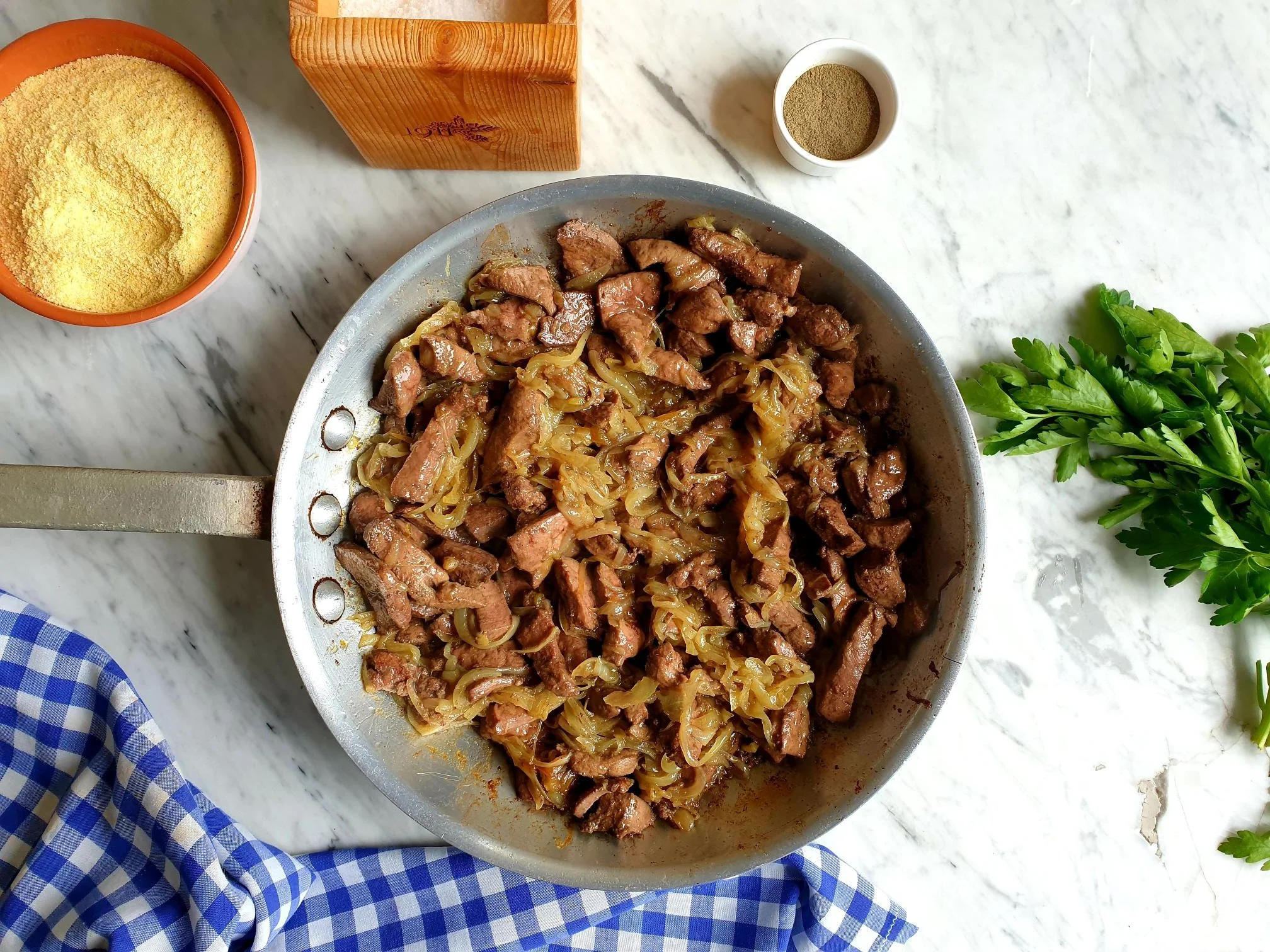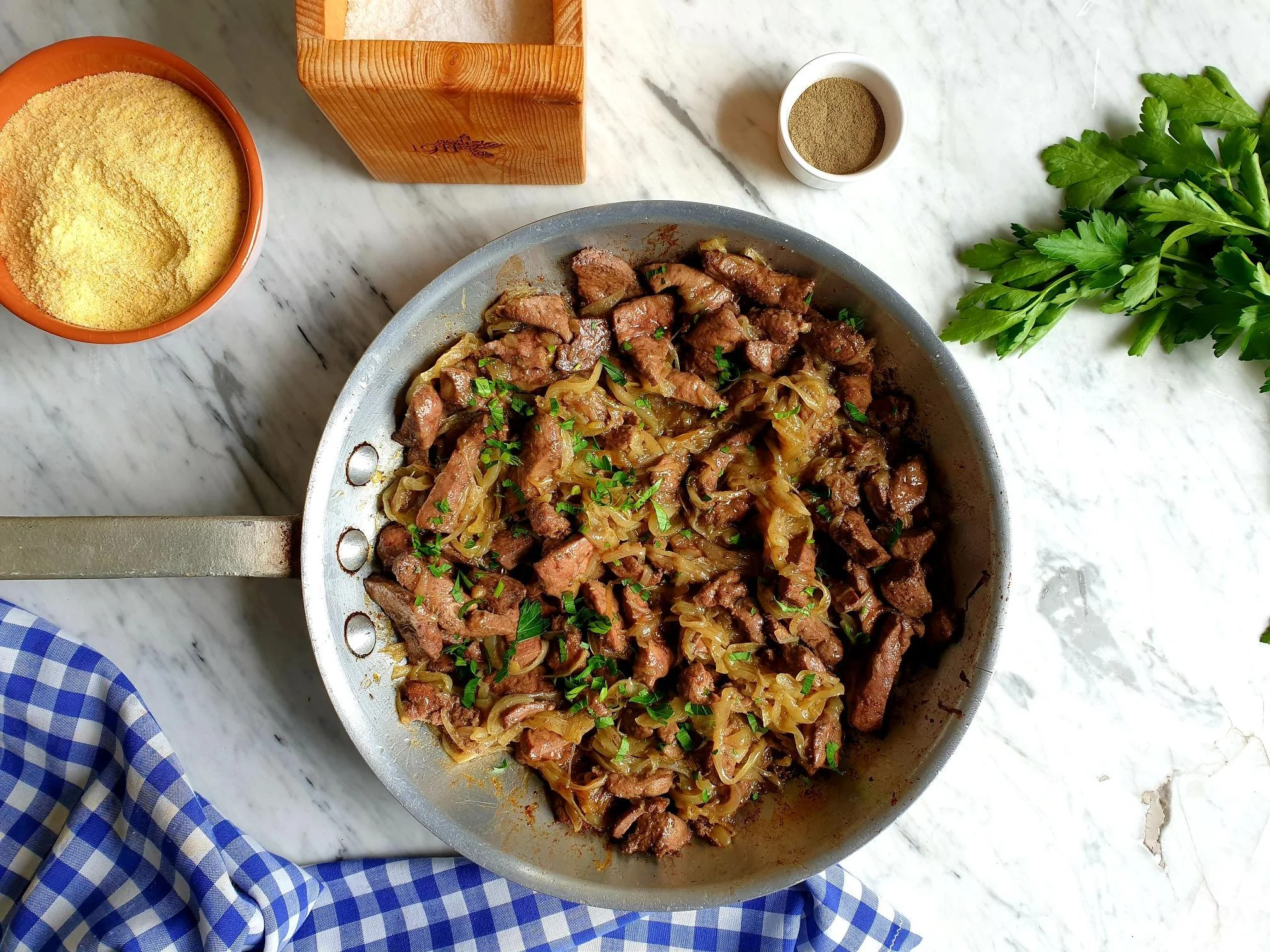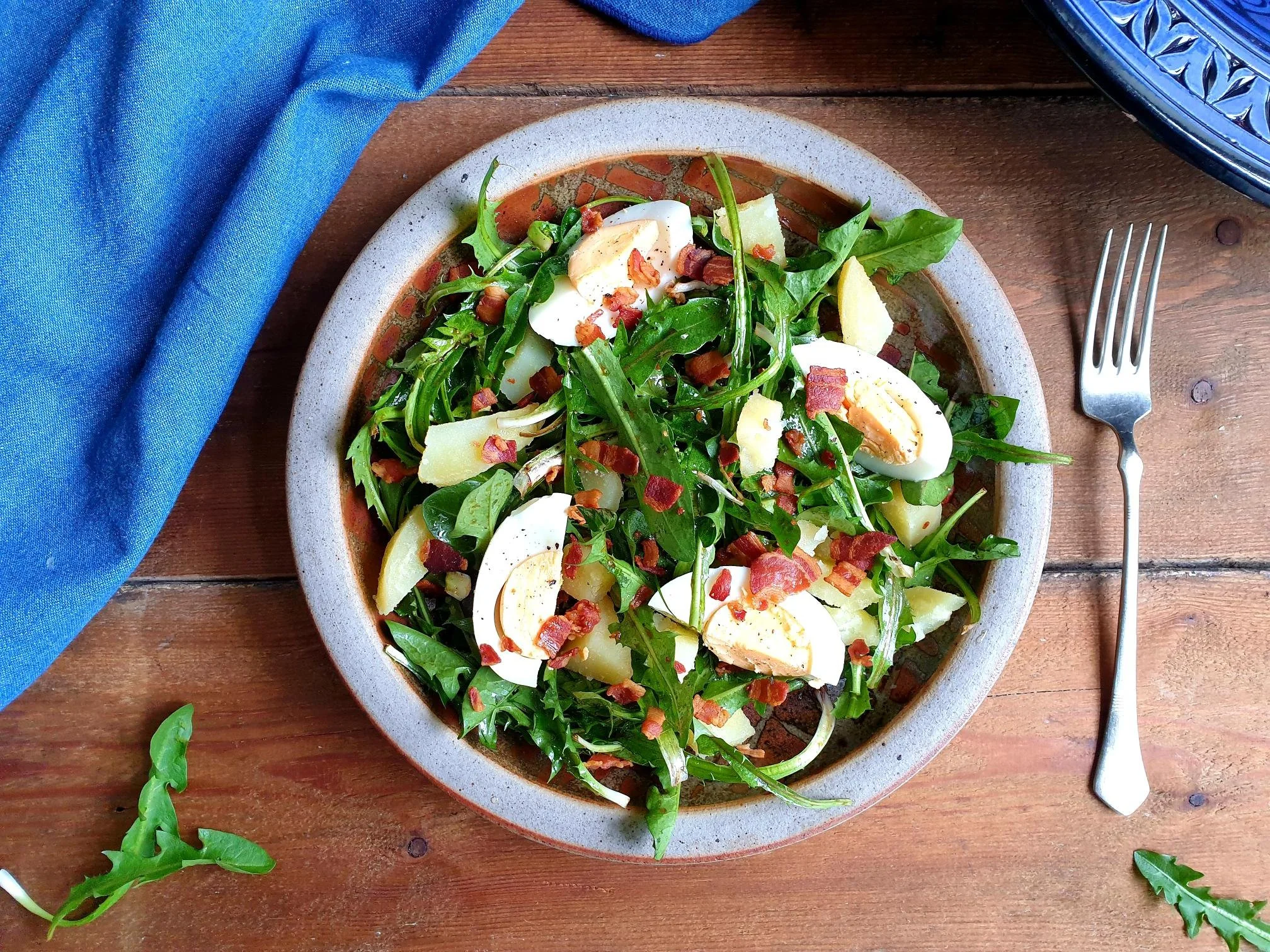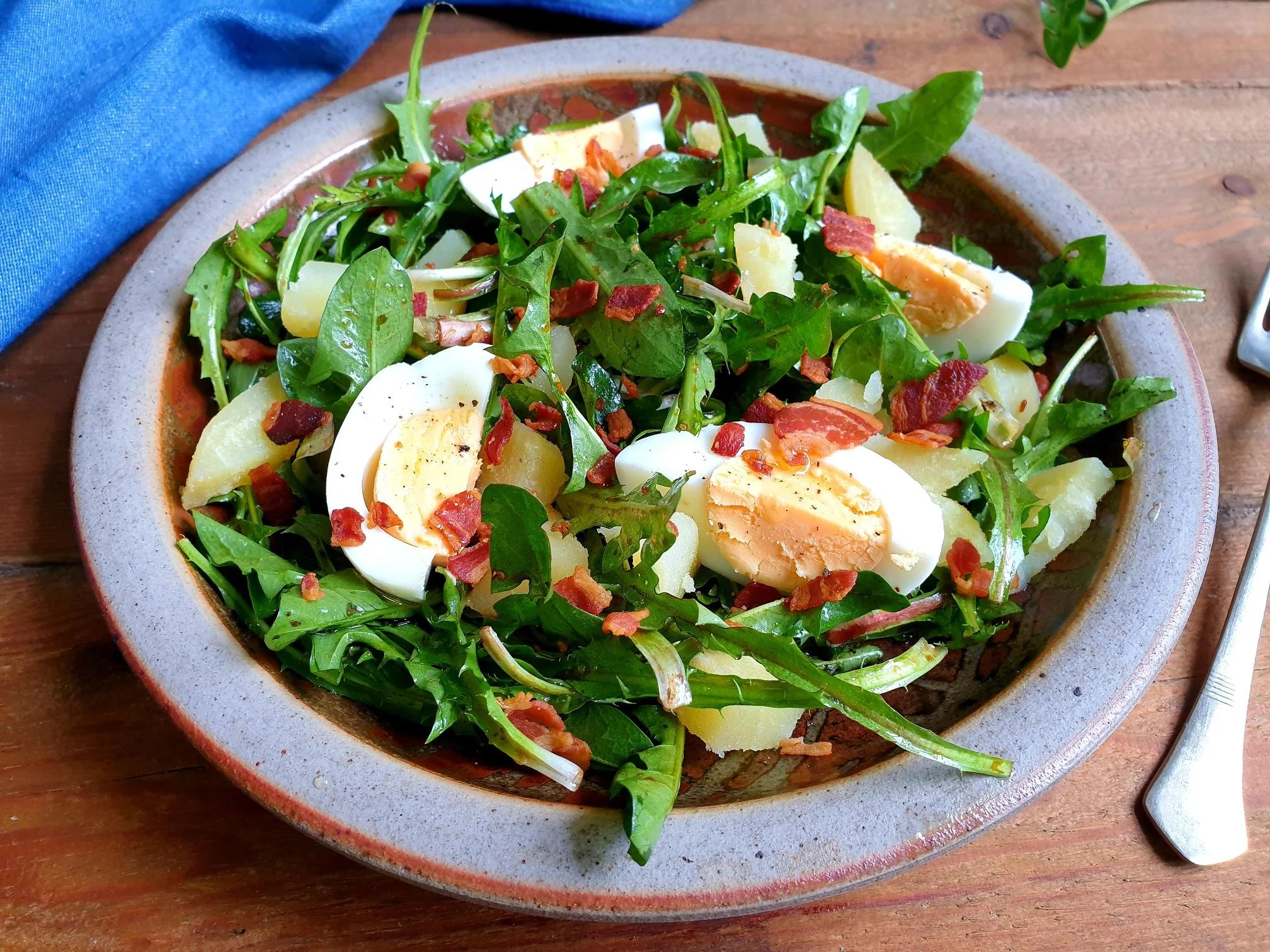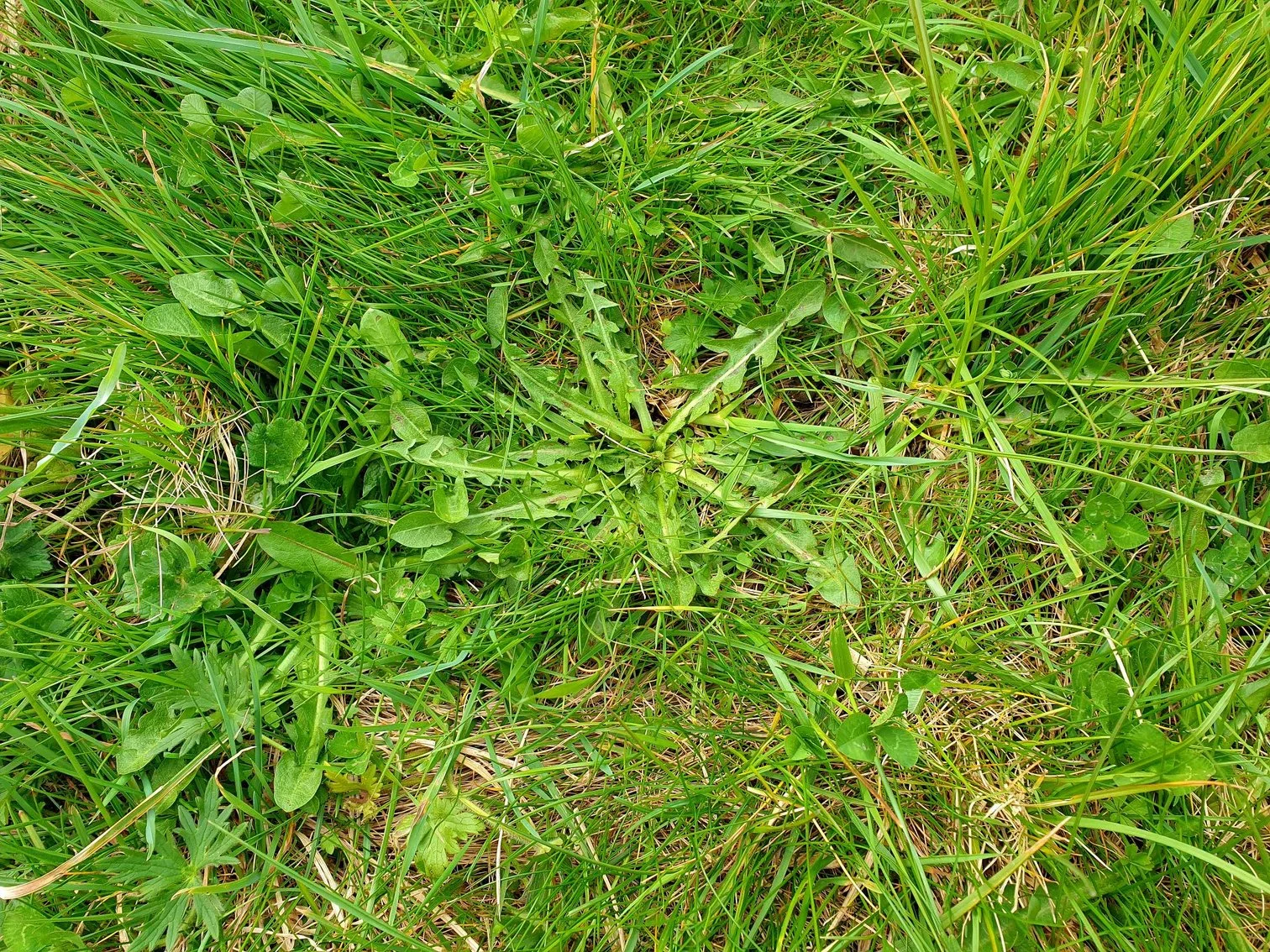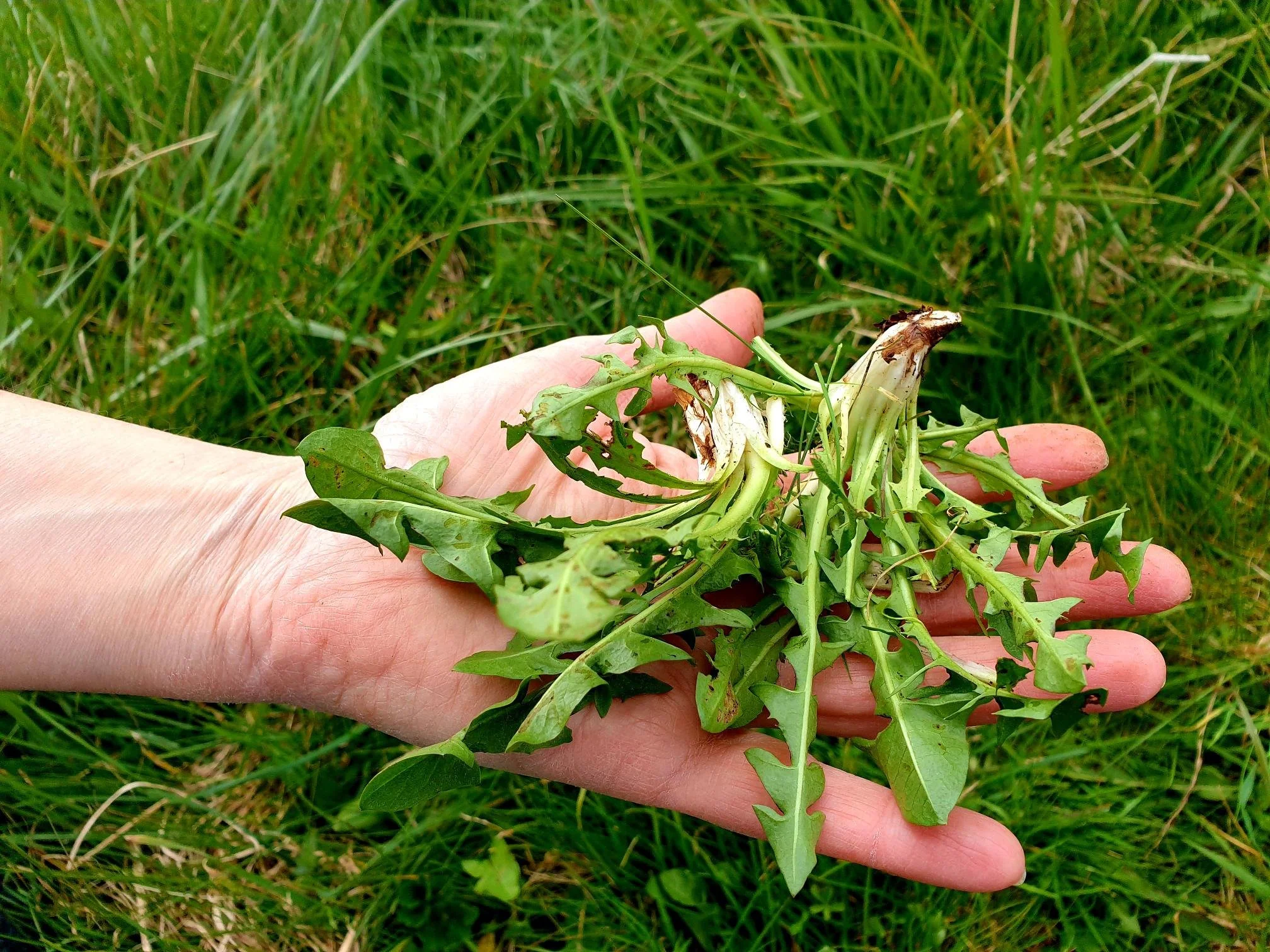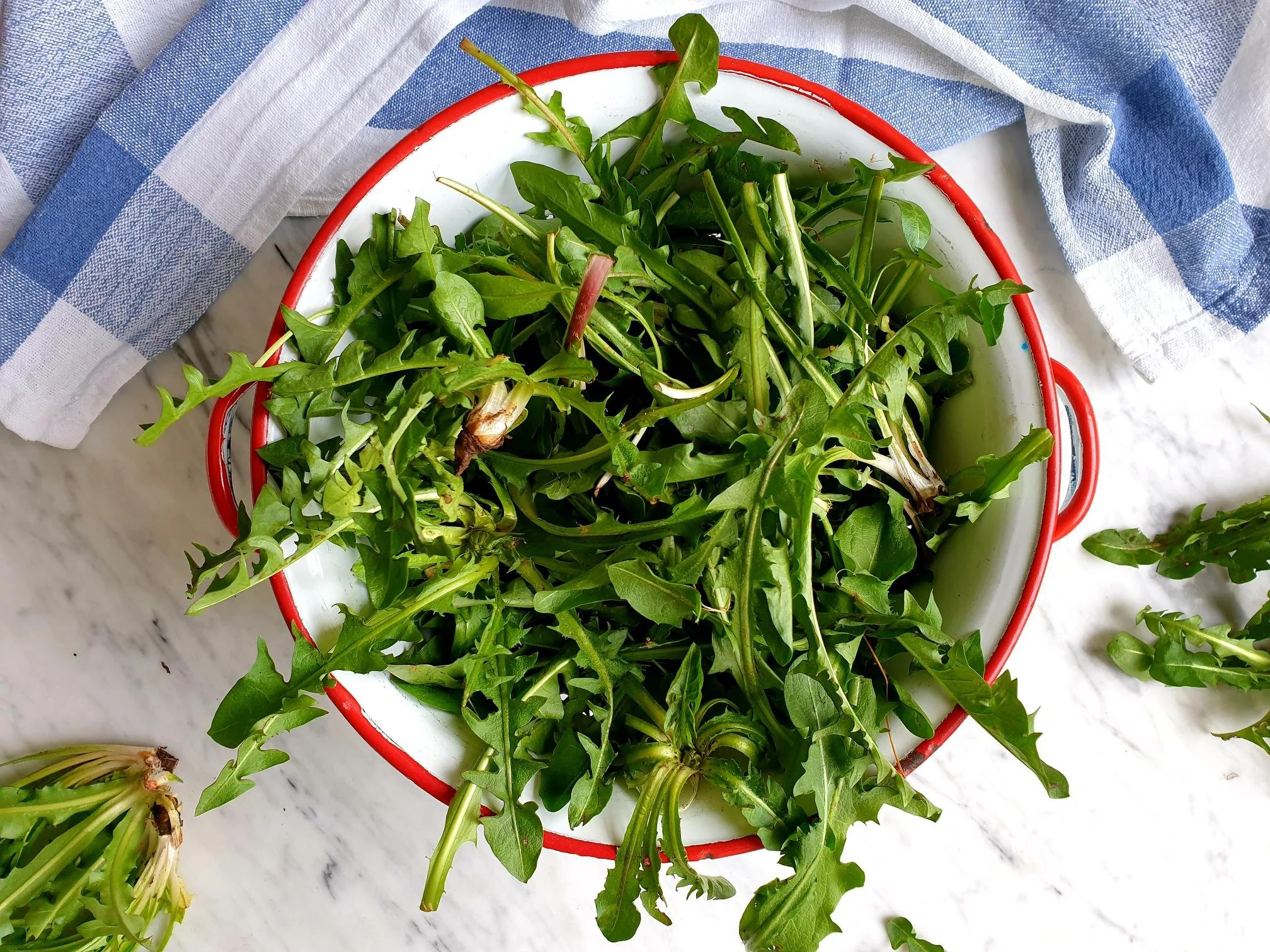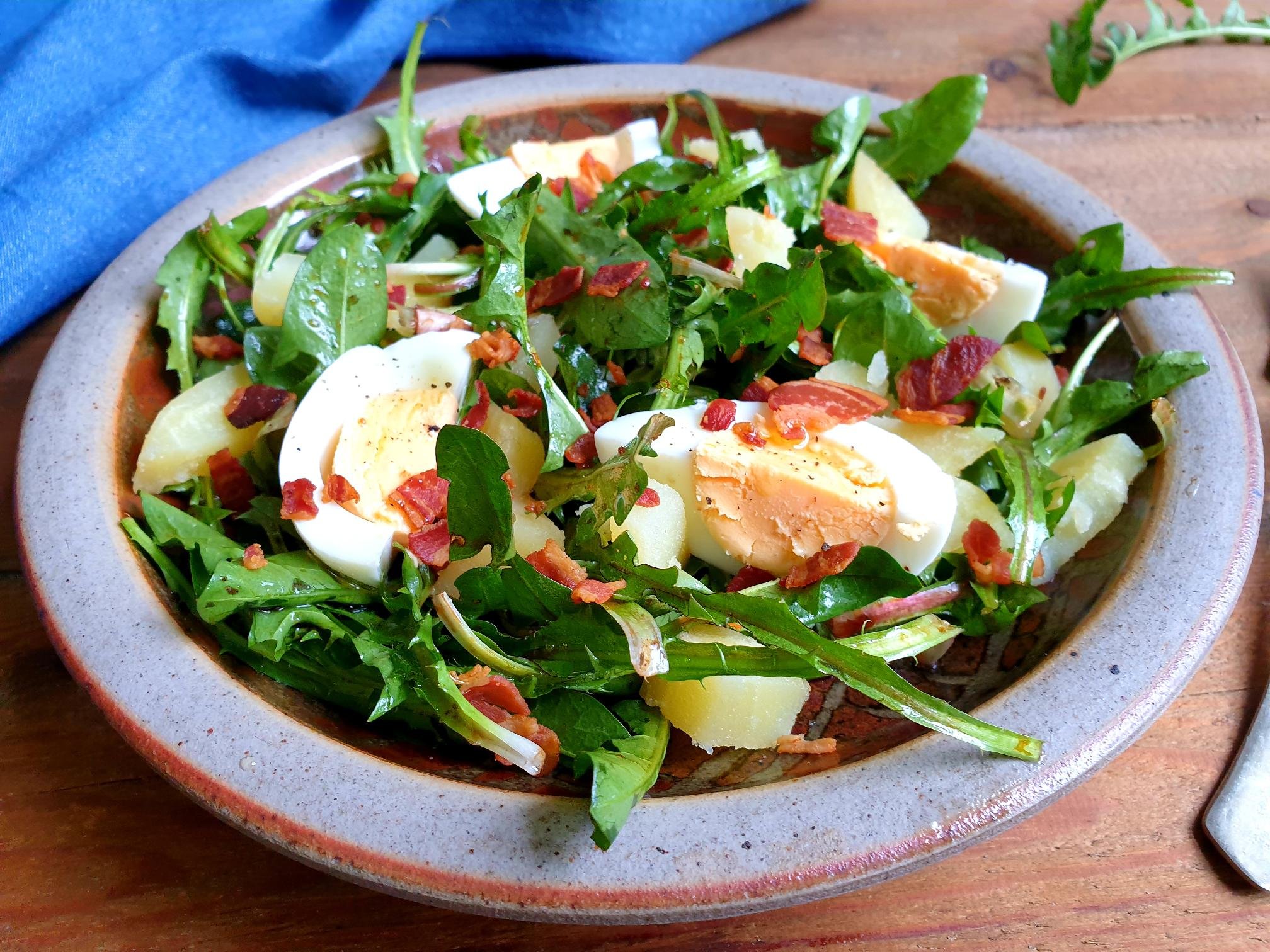Spinach Roll made with Potato Gnocchi Dough Istrian Recipe
This classic dish is absolutely perfect in its simplicity, it is Austro-Hungarian in origin, and it represents a great comfort food. It is also vegetarian friendly, and looks quite impressive, but in reality is not that difficult to make. What you need is a bit of extra time to spare in the kitchen. It is the dish that will with no doubt impress your family and friends, whether you serve it as a warm starter or as a main dish.
Potato gnocchi dough roll is filled with spinach, boiled, sliced and traditionally served with the gravy or the juices left after roasting a piece of meat, different types of meat ragù, sage butter sauce and freshly grated Parmiggiano Reggiano cheese, and it can be served in a less traditional way with a tomato sauce.
This dish is typically found in the territories that once belonged to Austro-Hungarian Empire, including Slovenian Istria, where I come from, neighbouring city of Trieste in Italy and the surrounding areas and it used to be prepared exclusively during the festivities. My nona told me that the characteristic filling for this dish along the Slovenian coast would be caramelized onions and pancetta a no use of ricotta cheese in the spinach filling.
This special plate of food is a perfect example of ‘recipes without the borders’ in terms of the ingredients and the name of the dish itself, a true testimony of a gastronomic osmosis between different border cultures.
The name of the dish in standard Italian is Strucolo, which is the Italianization of the Slovenian word štrukelj, which itself has originated from a German word strudel. In fact, in German this dish is known as savoury Potato and spinach Strudel, and has very often a ricotta cheese and sliced cooked ham as a filling.
What is particular about this dish is the way it is cooked, the roll gets wrapped in an old piece of kitchen cloth “straza in the local dialect” and then gently boiled in hot water, hence its name Strucolo de spinaze in straza (Rotolo di spinaci cotto nel canavoccio in standard Italian).
Sadly this dish is very rarely found in the restaurants and almost exclusively prepared in households with a wide variety of fillings, (sautéed mushrooms and sliced cooked ham) and very often fresh pasta is used instead of potato gnocchi dough, and there are also a number of sweet variations using different types of fruit and nuts.I am sharing here my nona's recipe for this very special and traditional spinach roll made with potato gnocchi dough and simple spinach filling that still today is prepared during festive periods or to mark a special occasion.
Ingredients
Serves 4-6 people
For gnocchi pasta dough
500g floury, yellow fleshed potatoes e.g. King Edward, Maris Piper, red skin potatoes (avoid new potatoes and choose the potatoes that are more or less the same size)
150g all purpose flour, plus some extra
1 small egg (can use just egg yolk of a medium or big egg)
sea salt, a pinch
For spinach filling
450-500g fresh baby spinach, thoroughly washed
15g butter
1 Tbsp extra virgin olive oil
sea salt
nutmeg, grated
For sage butter sauce
a few fresh sage leaves, roughly torn
150g butter
Parmiggiano Reggiano or Grana Padano cheese, finely grated, for serving
Recipe
Method
Potato gnocchi dough
Wash the potatoes, with the skin on, under cold running water.
Place the potatoes, with their skin on, in a pot or in a large saucepan, add plenty of water so the potatoes are completely submerged in the water and bring to boil (you can use boiling hot water directly from the kettle to reduce cooking time).
After the water has come to a boil, cook for about 20-30 minutes or until tender. Cooking time will obviously vary depending on the size of the potatoes you are using. You can check that the potatoes are fully cooked by inserting the toothpick into the potato, it should easily enter the pulp of the potato. Alternatively, you can steam the potatoes or cook them in the microwave oven.
While the potatoes are cooking prepare the spinach filling (see below).
When the potatoes are cooked, drain them in a colander and let them cool enough to handle, then remove the skin.If the potatoes are still quite warm to handle, the best way to remove the skin is to stick the fork through the potato and peel it using a knife.
On a working surface or on a large wooden board (you can use a pasta board if you have one), pass the potatoes through a potato ricer.
Make a well, add the flour and a pinch of sea salt.
Make another well in the middle of the flour and crack the egg in it.
With the fork slightly whisk the egg inside the well, and as you do so pick up the flour as you go around the well.
Mix together and form a soft dough which should not stick to your fingers or the surface. If this is the case add a little flour at a time.
Spinach filling
Put the washed spinach in pot with hot boiling water and blanch it for a few minutes.
Drain in the colander and let it cool down a bit. When cold enough to handle, squeeze out by hand as much as liquid as you can.
Place the spinach on a chopping board and finely chop.
Put the butter and olive oil in a non stick frying pan and let the butter melt. Add the spinach, a pinch of sea salt and a good grating of nutmeg.
Sautéed for a few minutes, stirring frequently then turn the heat off and set aside.
Taste and adjust the seasoning.
Allow to cool completely.
Cut a piece of a non stick baking parchment into a 50 x 40cm rectangle and place it on the working surface and sprinkle it lightly with the flour.
Place the gnocchi dough on the baking parchment and, with the help of slightly floured rolling pin, spread out the gnocchi dough roughly in the shape of a rectangle 38 x 29cm.
Spoon the spinach mixture over the dough and spread it evenly.
With the help of baking parchment start rolling up the dough into the shape of a log from a long end (as if you were making a Swiss roll).
Press down each end to seal, and wrap the paper around the roll.
Tight the ends with the kitchen twine, alternatively you can wrap the roll in an aluminium foil to help the roll keep its shape.
Place the roll in a pot, making sure you choose the pot big enough to accommodate the roll sitting horizontally without bending it (use a fish pot if you have one or an oval shape pan).
Fill it with water, can be boiling hot straight from the kettle, so the roll is almost completely submerged, the water should just cover the roll.
Bring to boil, turn the heat down, cover with the lid, and gently simmer for 30 minute.
Remove the roll onto a chopping board and allow to cool for a few minutes.
Cut the twine, unwrap the roll and remove the baking parchment.
Slice the roll with a very sharp knife (slicing will be easier if you wet the knife with cold water).
Place the slices onto serving plates and spoon over a few tablespoons of sage butter and sprinkle with plenty of Parmiggiano Reggiano cheese, and a little bit of finely freshly grated nutmeg, this is optional but it really does enhance the delicate flour of the dish.
Alternatively you can also gratinate the dish. Arrange the slices in a previously buttered baking dish. Sprinkle with plenty of Parmiggiano Reggiano cheese, spoon over a few tablespoons of melted butter and gratin in a previously hot oven at 200C, for about 20 minutes, or until nice golden in colour. This is a great option if you want to make the dish ahead of a time (simmer the roll, wrap it in aluminium foil and keep it in a fridge for up to a day before slicing and baking).
Sage butter
Put the butter in a small saucepan, heat it gently and add the sage leaves. Cook on a gentle heat until the butter begins to colour and the foam has subsided.
Wine suggestione
Colline Pescaresi Passerina IGT "Chronicon" 2021 - Zaccagnini

